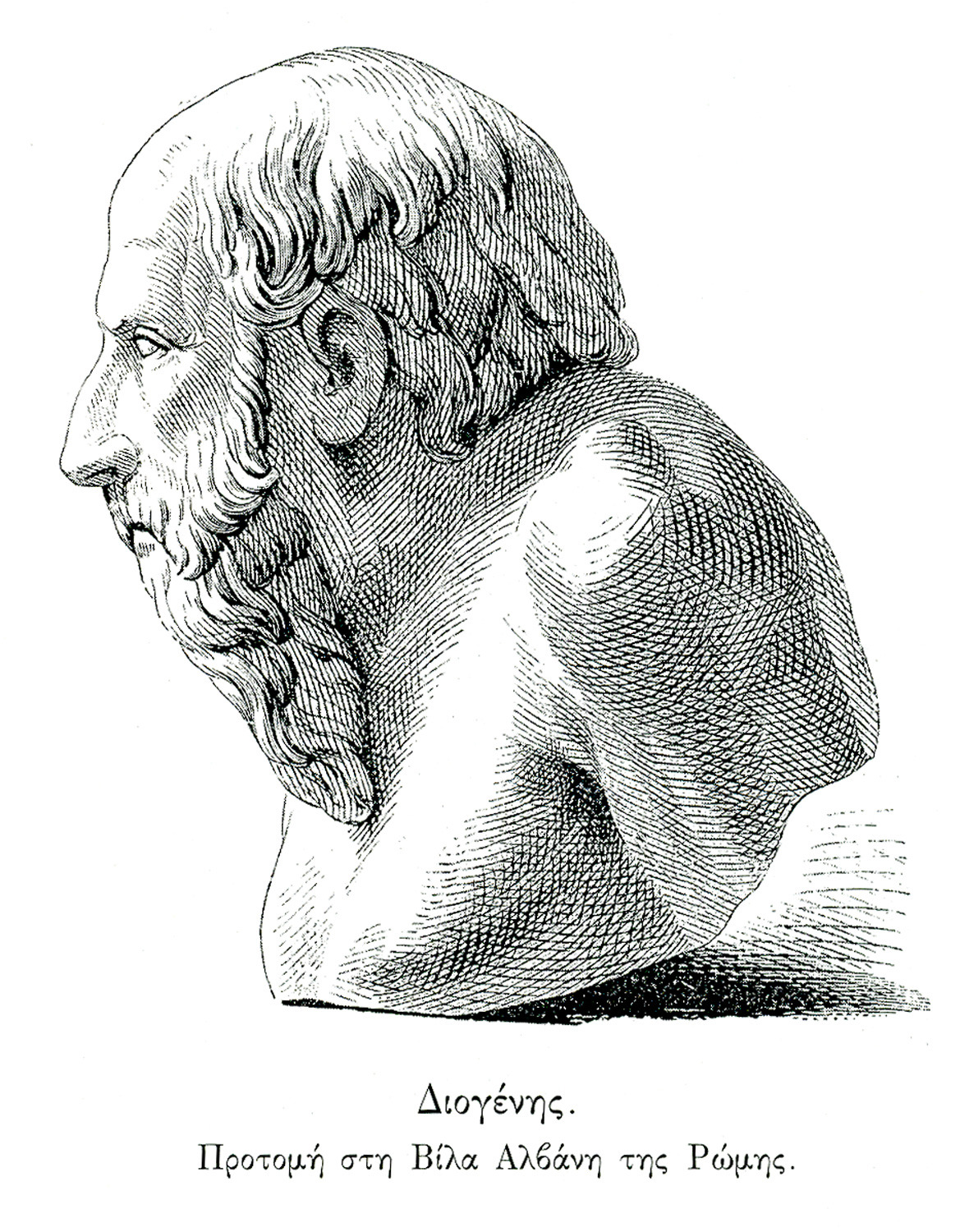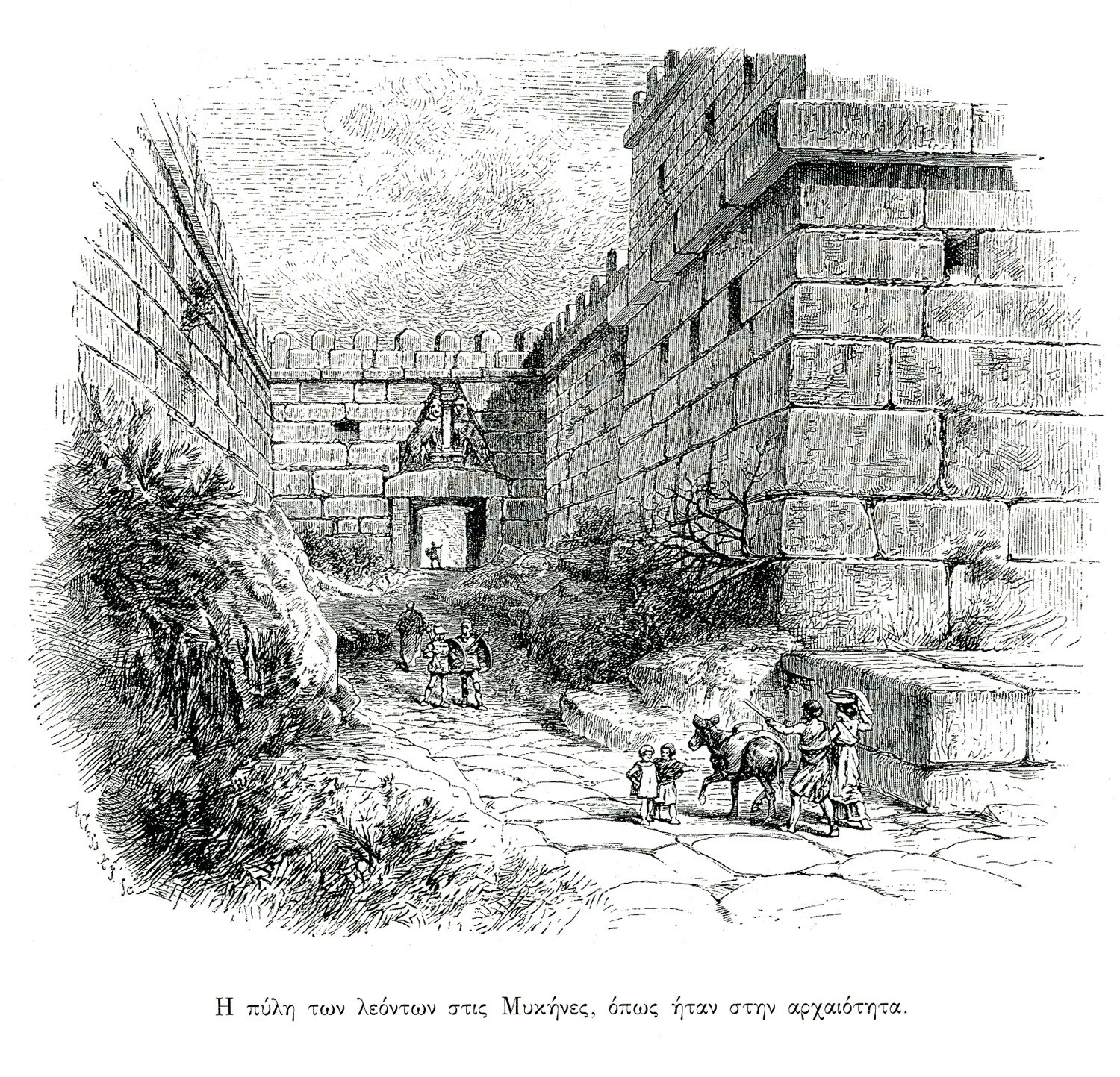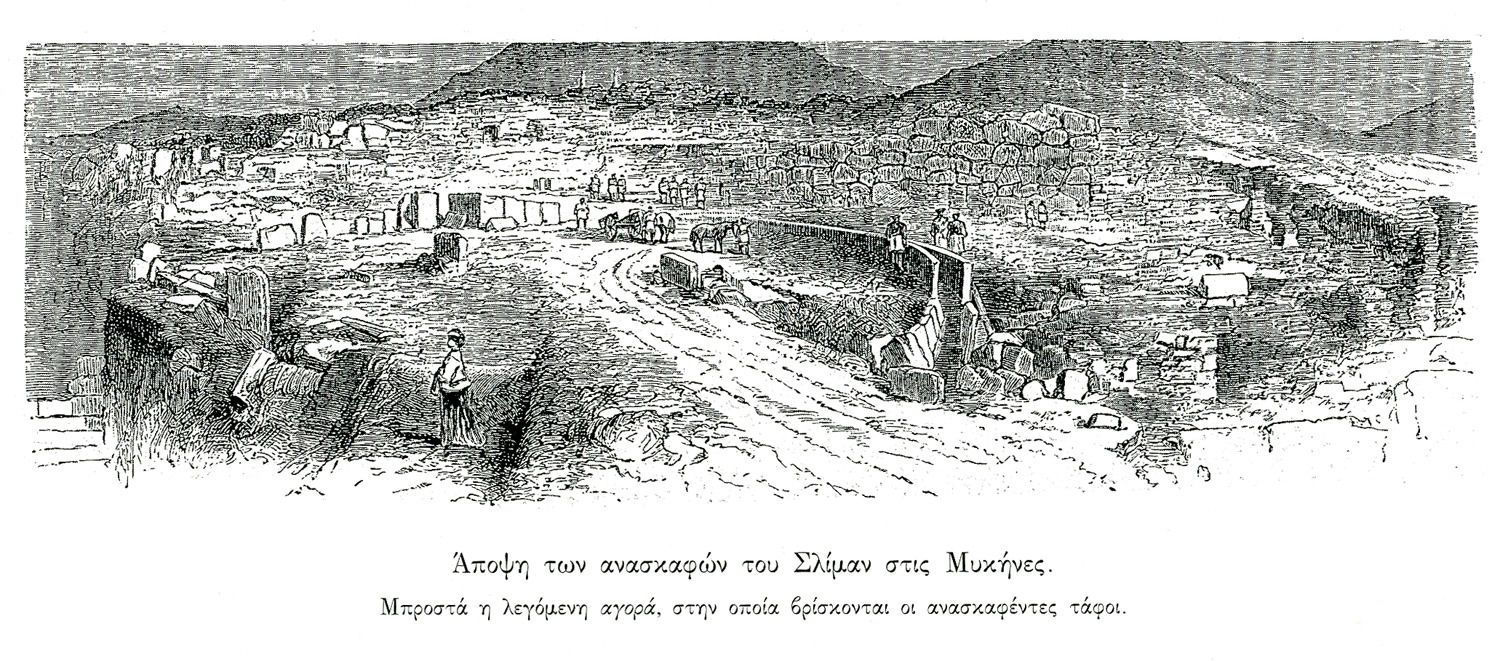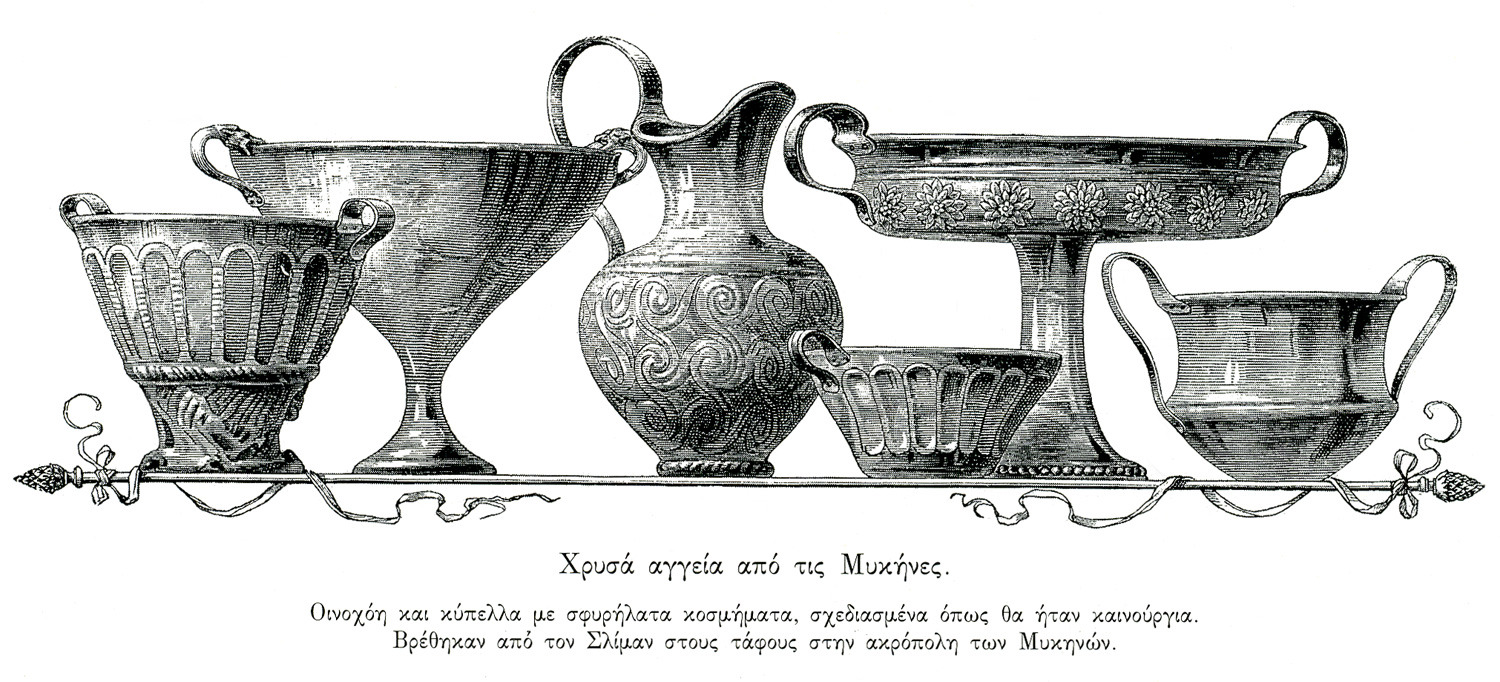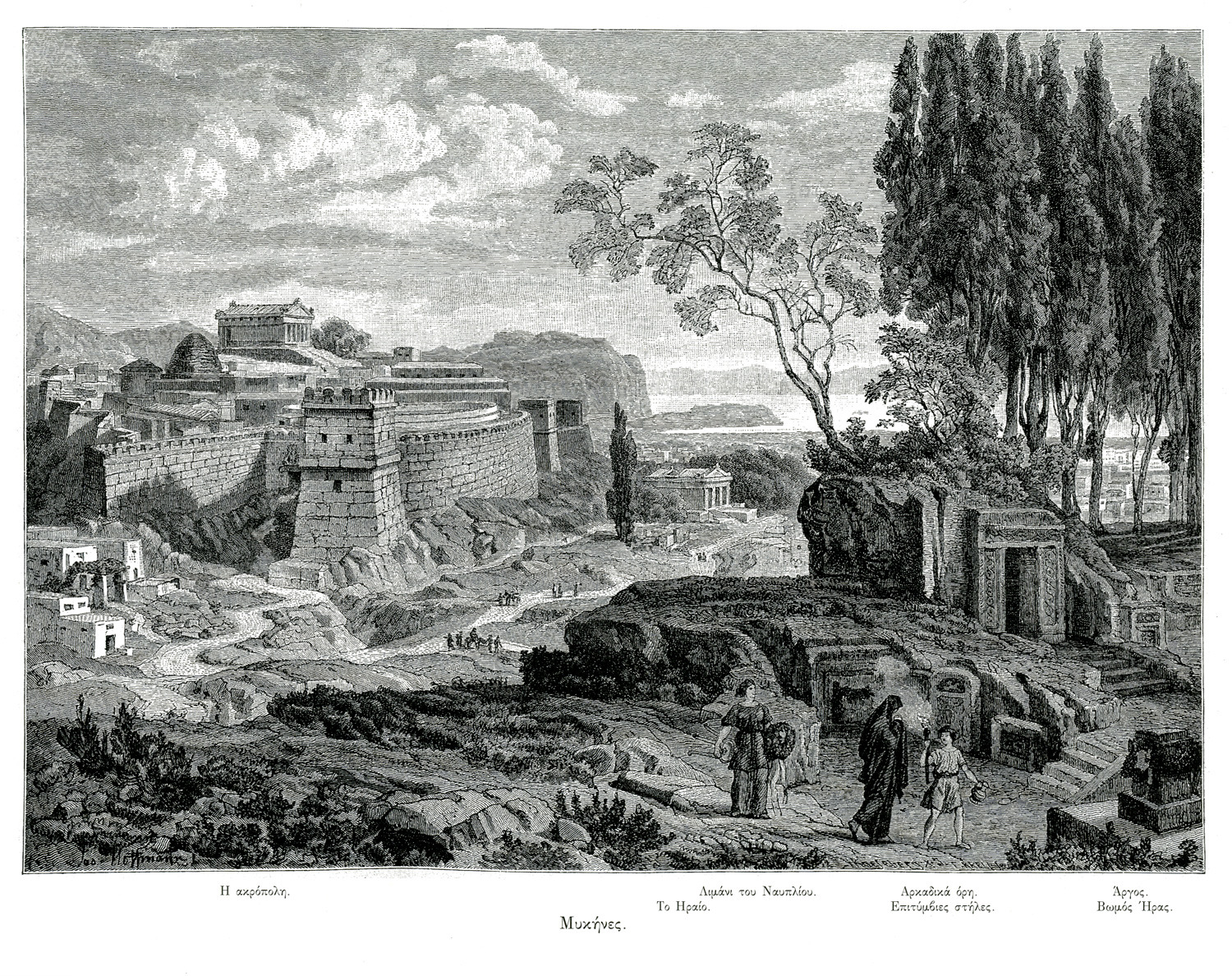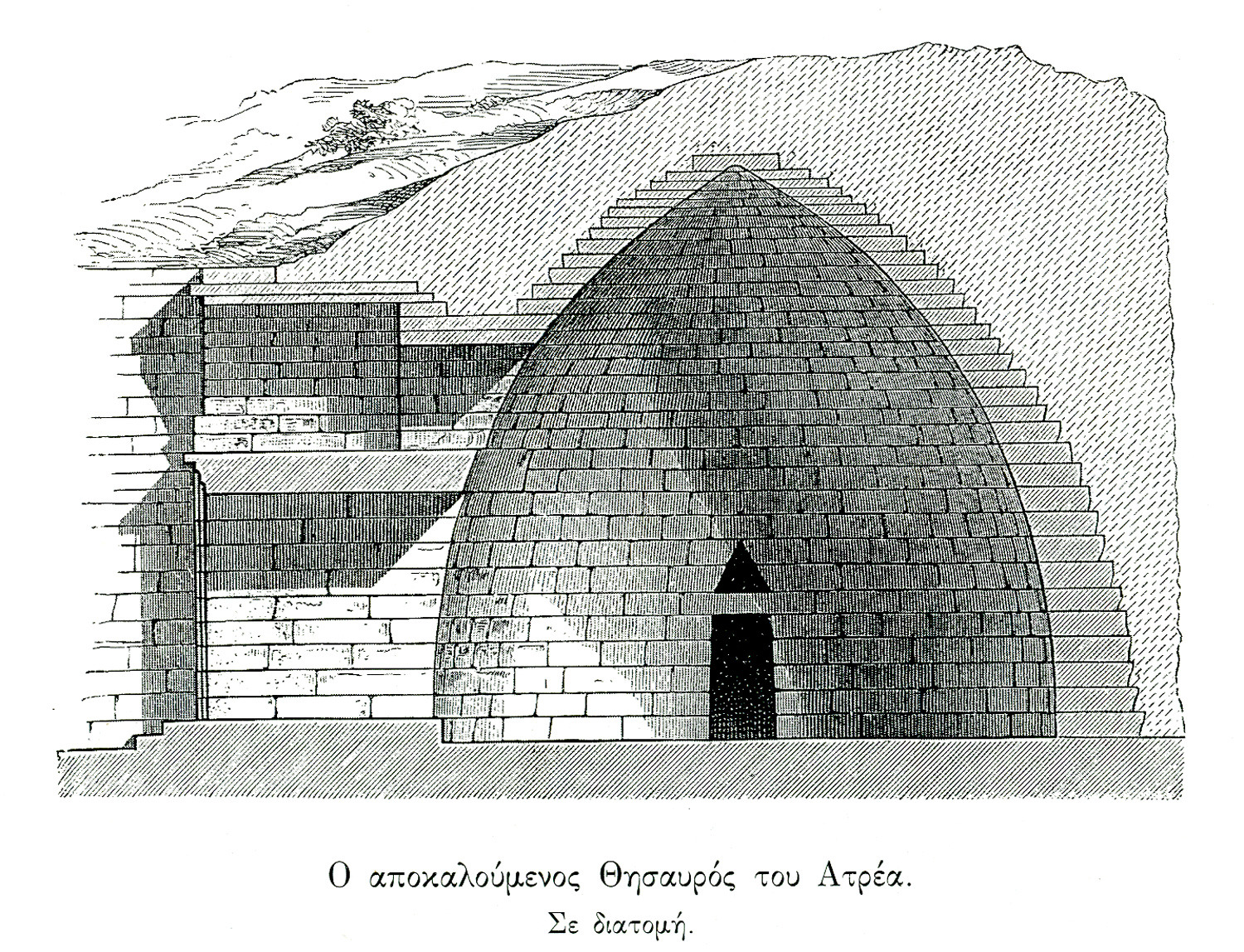FALKE, Jacob von
Alman asıllı tarihçi ve sanat eleştirmeni Jakob Falke (1825-1897) klasik filoloji okumuş ve önceleri öğretmenlik yapmıştı. Nürenberg Müzesinde görevli olarak çalışmış (1855) daha sonra ise (1858) Lihtenştayn prensinin Viyana'daki resim koleksiyonunda kütüphaneci ve danışman olarak çalışmıştı. Bu dönemde birçok sanat dergisi ve gazetede sanat eleştirileri yazar. "Sanatlar ve el sanatları" adını taşıyan yeni akımın ilk kuramcılarından biri ve Viyana'nın Sanatlar ve Meslekler Müzesinin kurucularındandır. 1871 yılında almancada yayınlanan ilk iç dekorasyon rehberinin yazarı olan Falke, 1874'te şövalye ünvanını alır.
Eserleri arasında en çok bilinenler: "Çağdaş estetik eğilimlerin tarihi" (1866); "Geçmişin sanat endüstrileri" (1868); "Yunanistan ve Roma" (1879). "Yunanistan ve Roma" eserinin bir kısmı Nikolaos Politis tarafından çağdaş yunancaya çevrilip 1874 yılında "Yunanistan ve antik Yunanlıların yaşamı" başlığıyla yayınlanmıştı.
Nitekim web sayfamızda sergilenen kitap bu çağdaş yunanca çeviridir. Kitabın birinci bölümünde "Tarih ve toplumsal örgütlenme" başlığı altında yer alan alt bölümler, yazılı tarih öncesi devir, şehirlerin siyasi birimler olarak örgütlenmesi, Pers savaşları (MÖ 5. yüzyıl), demokrasi devri, Makedonya krallığı devri (MÖ 4. y.y.) ve siyasal özgürlüğün çöküşü hakkındadır. İkinci bölüm günlük yaşam hakkındadır. Çocukluk ve ergenlik çağı, kıyafetler ve güzellikle ilgili adetler, kadınlar, evler ve ev eşyaları, konuk ağırlama, şölenler, kır yaşamı, spor ve yarışlar, dinsel yaşam ve tapınma hakkında olan alt bölümlerden oluşmakta. Son bölümde yunan sanatı, antik yunan şiir ve düzyazı, tarihçiler, hatipler ve filozoflar gibi konular incelenir.
Kitabı tamamlayan üstün nitelikli taş baskı gravürlerin konusu antik yunan sanatından çeşitli eserler ve antik Yunanlıların kamu ve özel yaşamına ilişkin düşgücüne dayanan görüntülerdir.
Yazan: İoli Vingopoulou
FALKE, Jacob von - Mycenae
FALKE, Jacob von - Rest Images
-
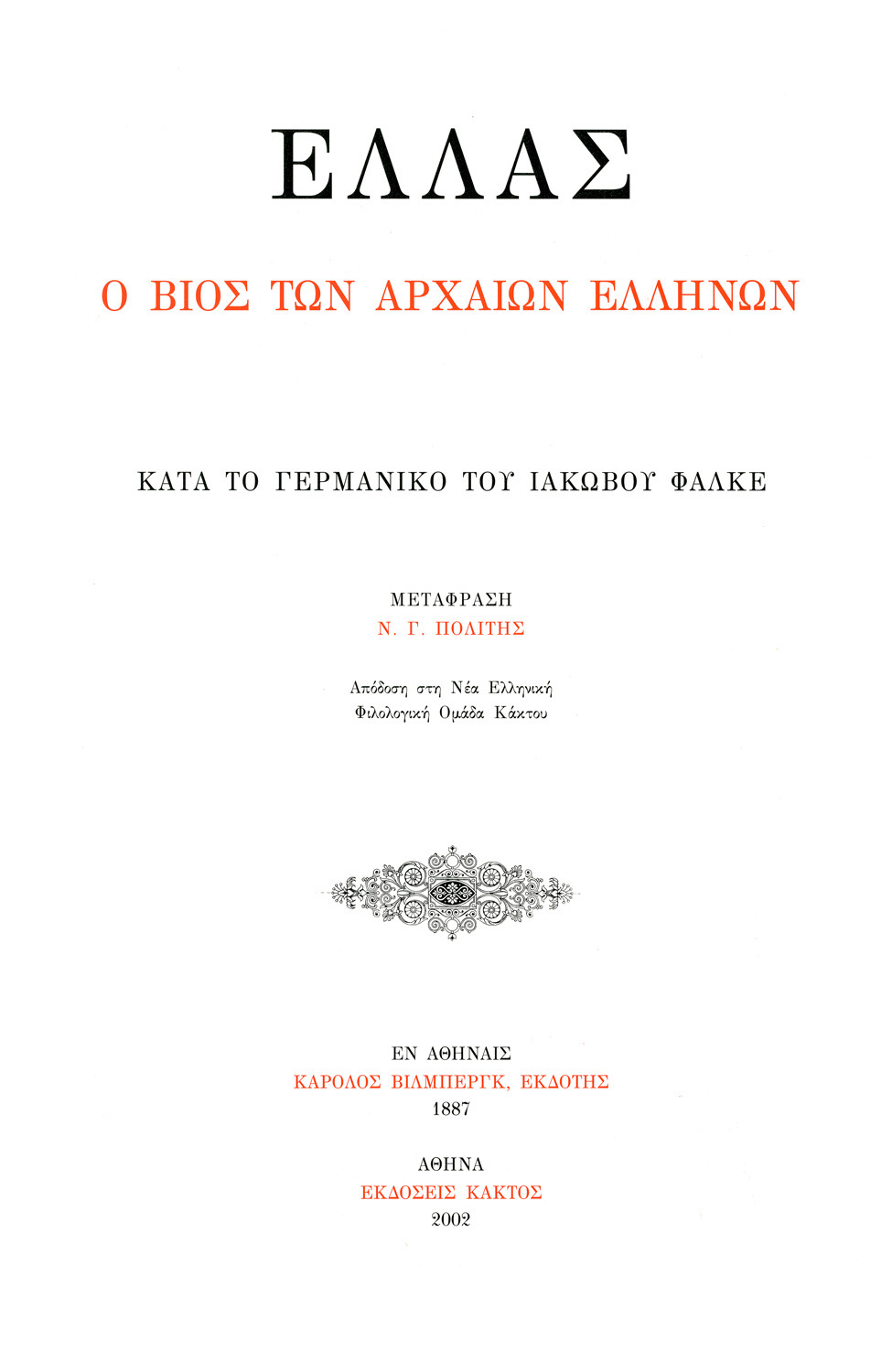
-
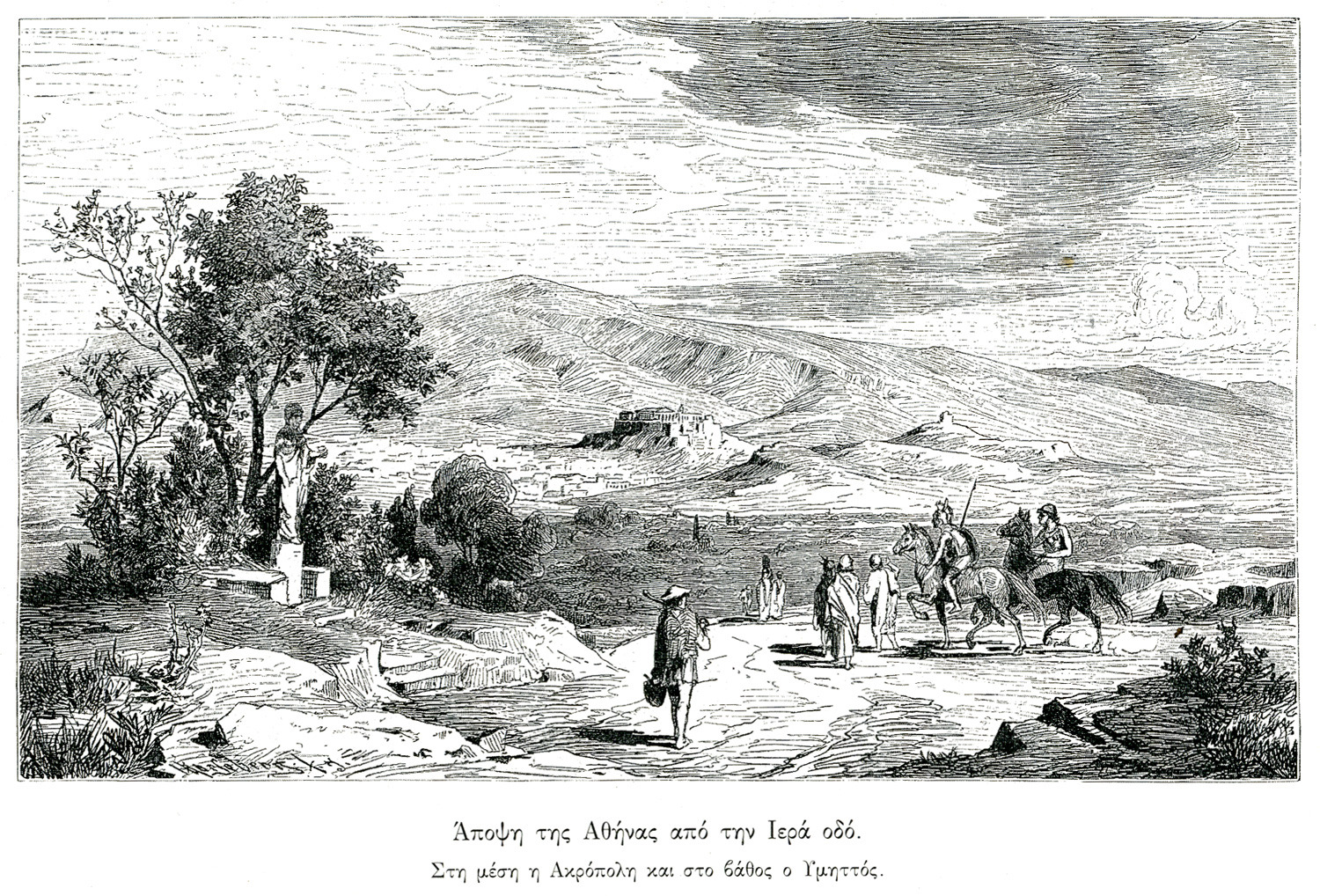
-
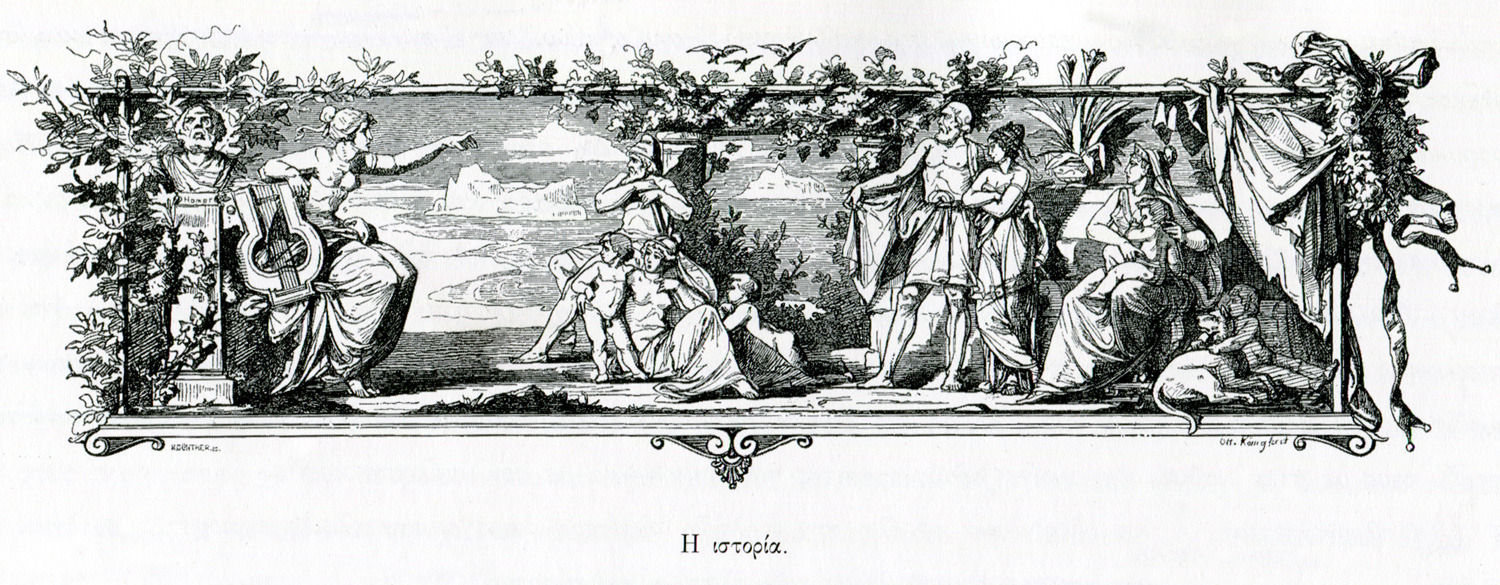
-
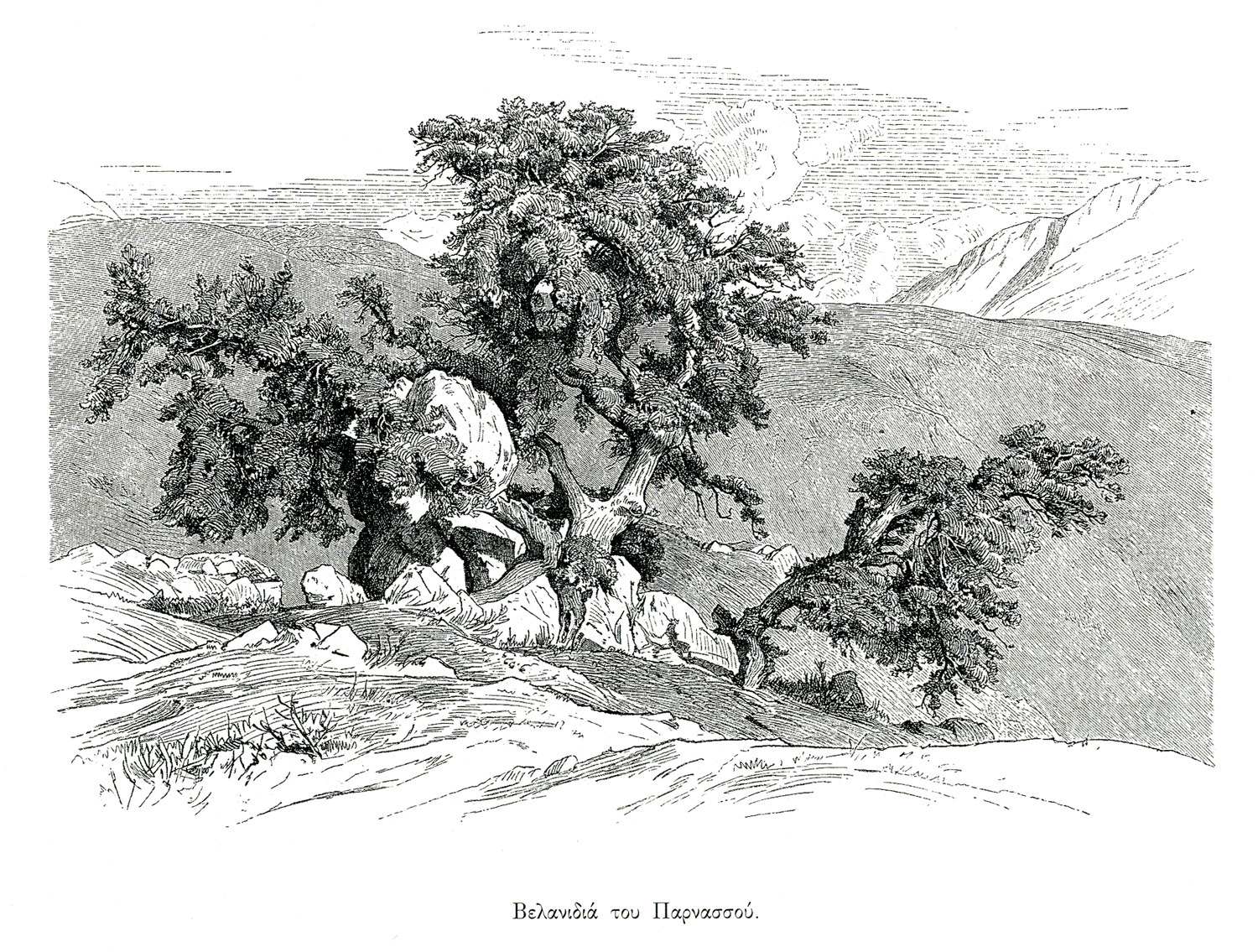
-
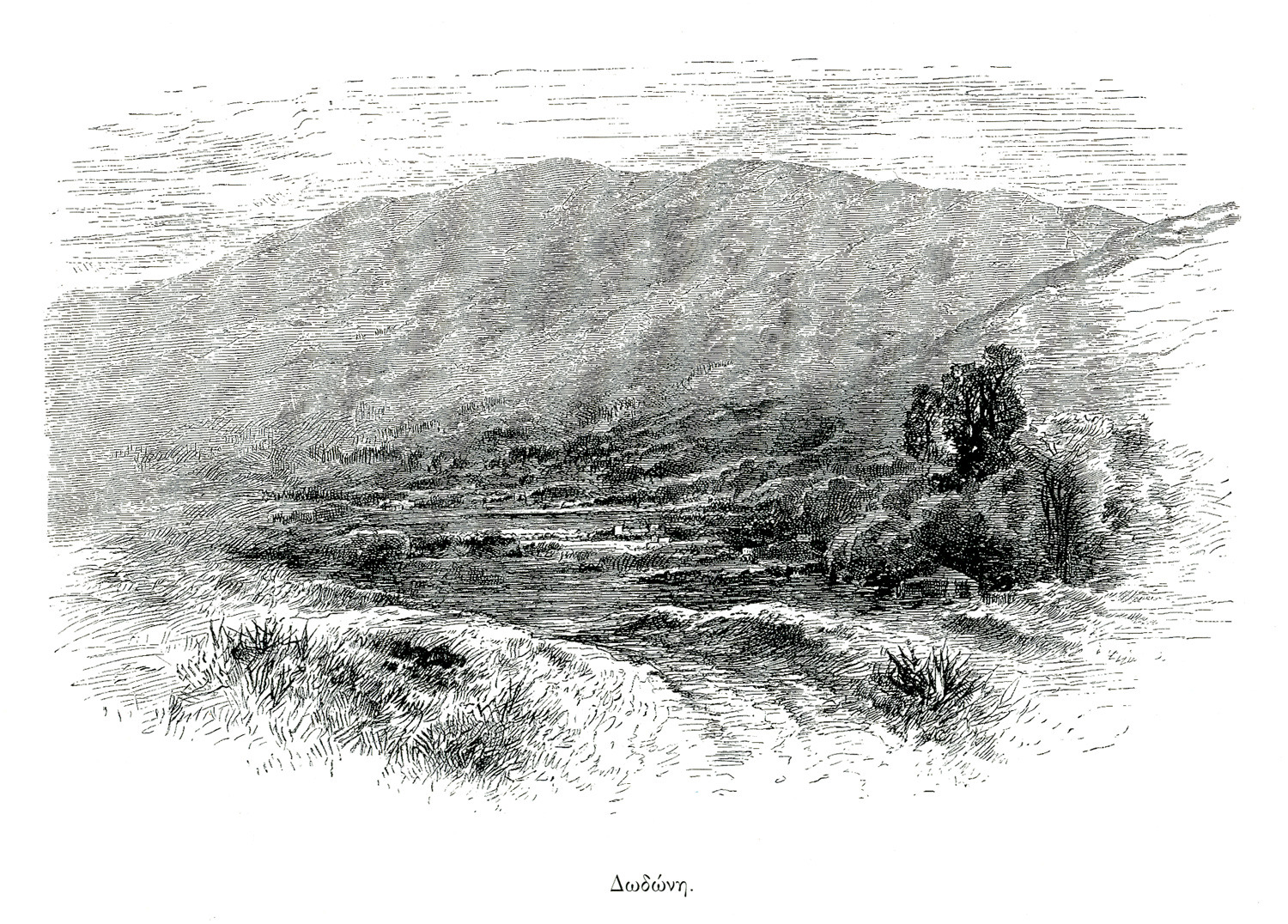
-
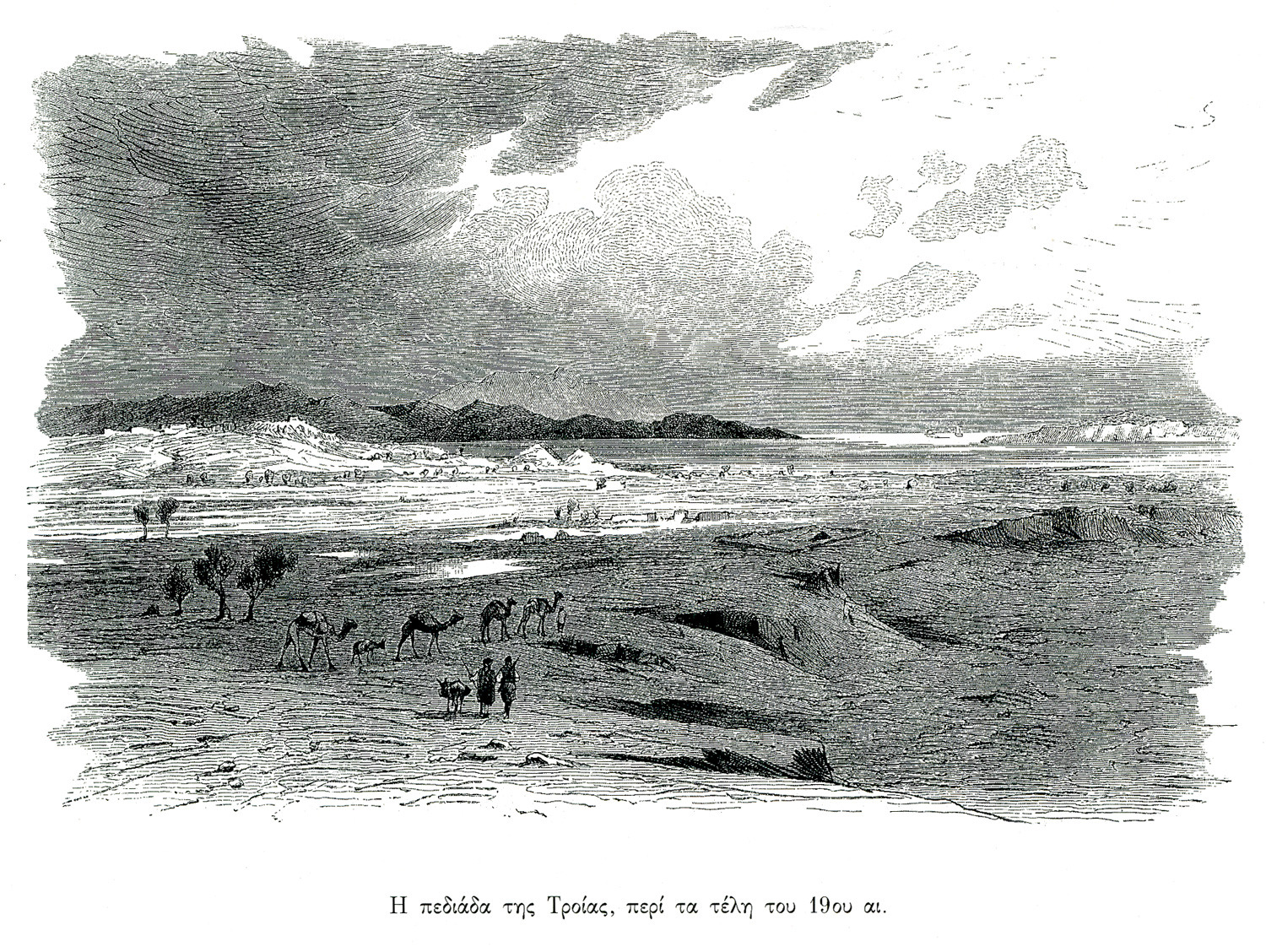
-
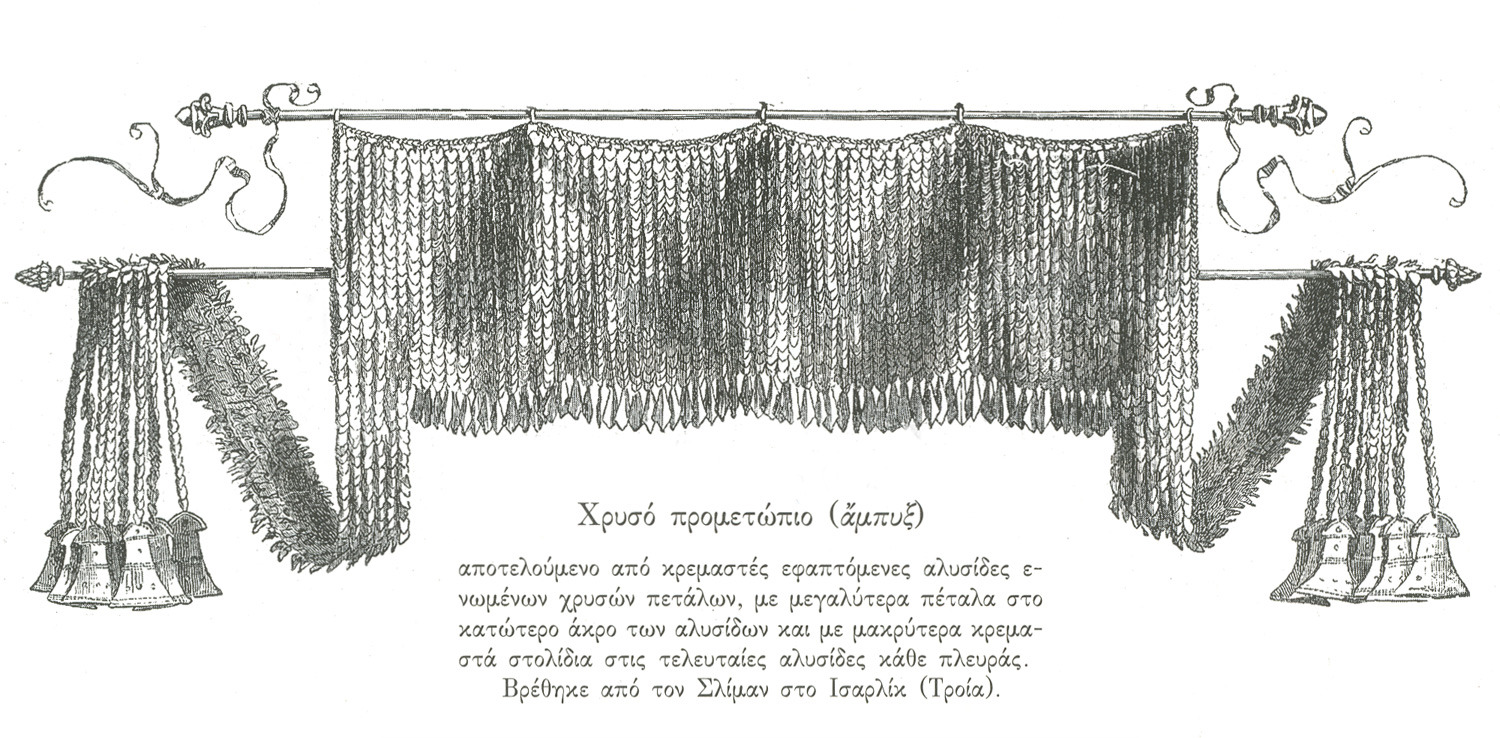
Diadem from the Treasure of Priam, discovered by Heinrich Schliemann on the site of Troy.
-
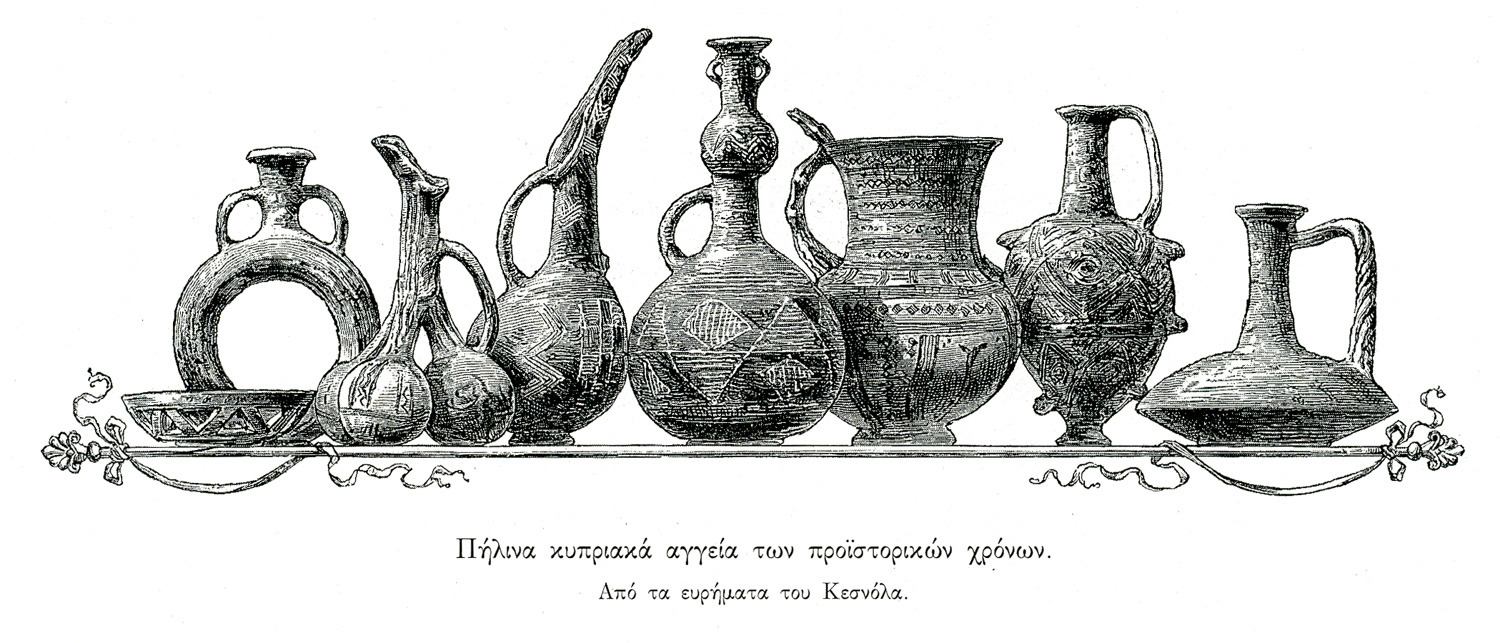
-
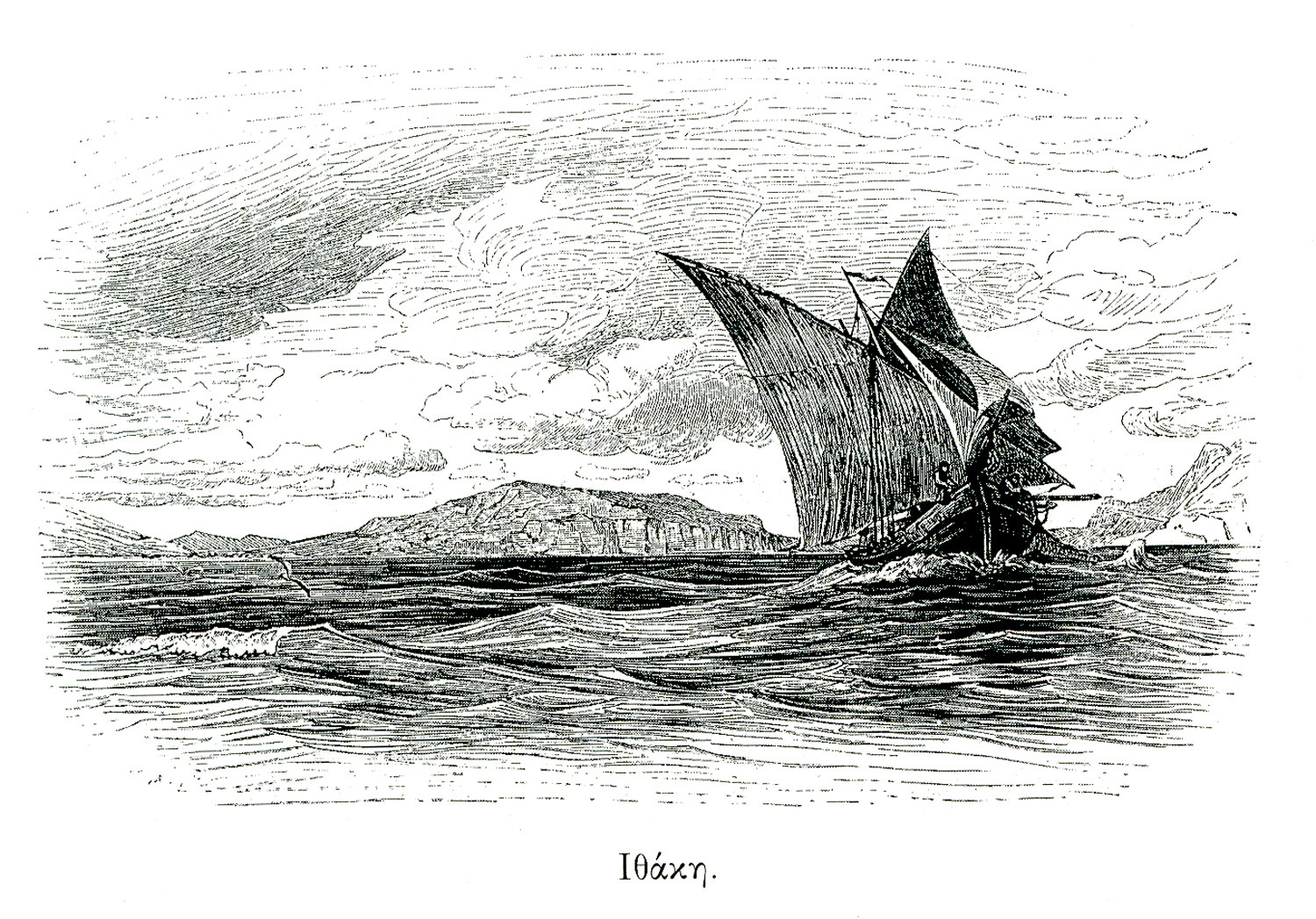
-
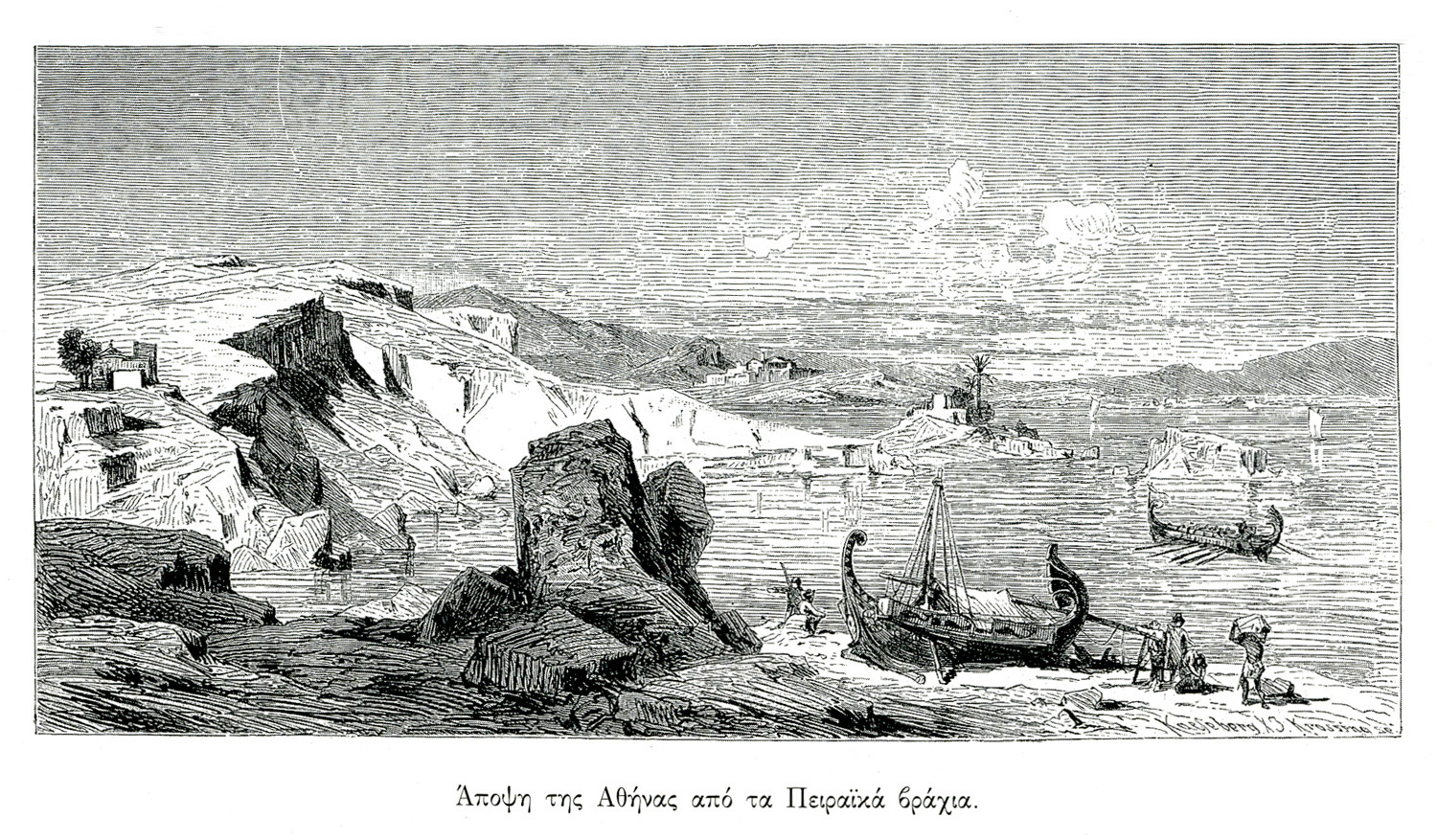
-
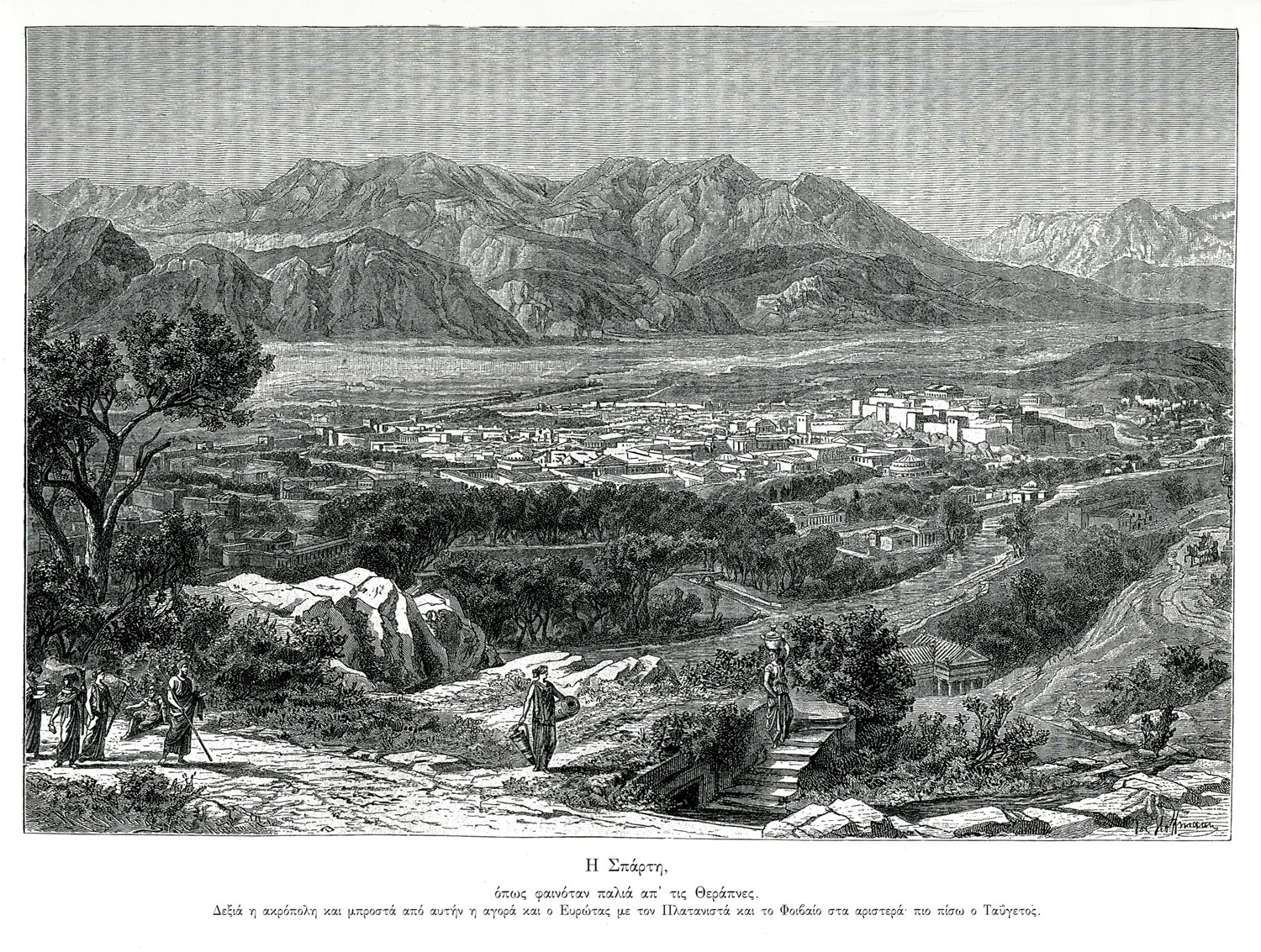
-
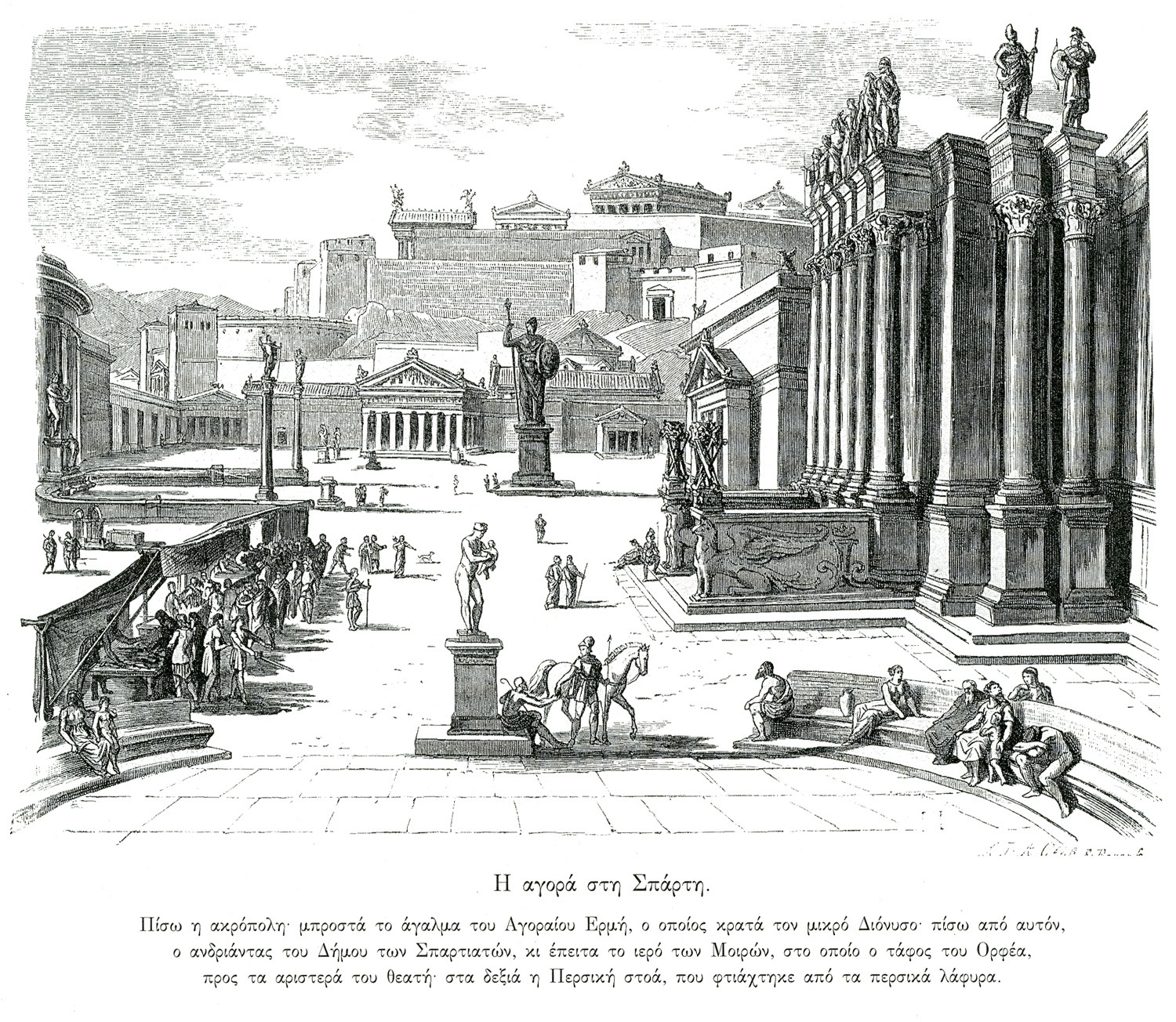
-
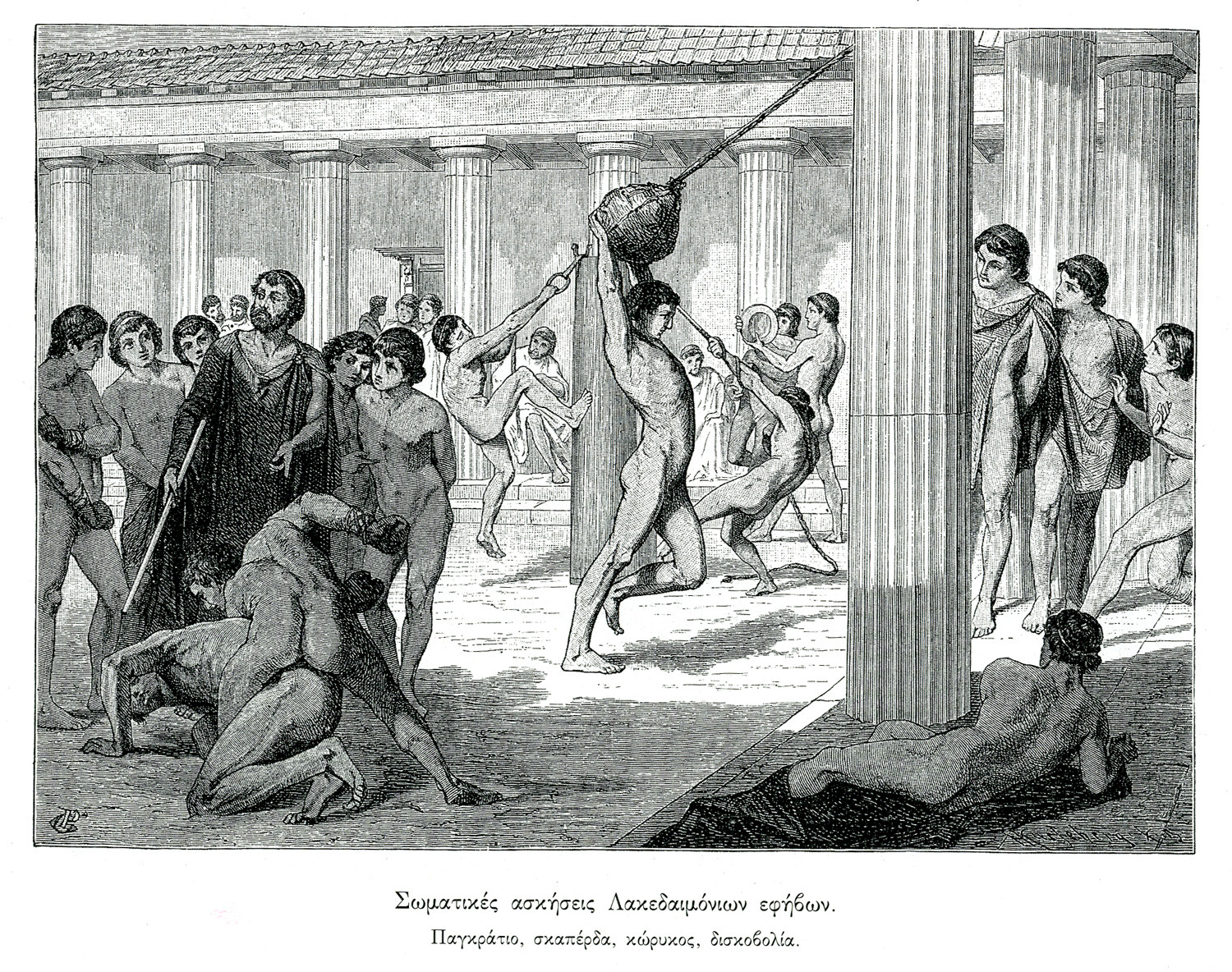
Depiction of Spartan youth practicing sports at the Gymnasium.
-
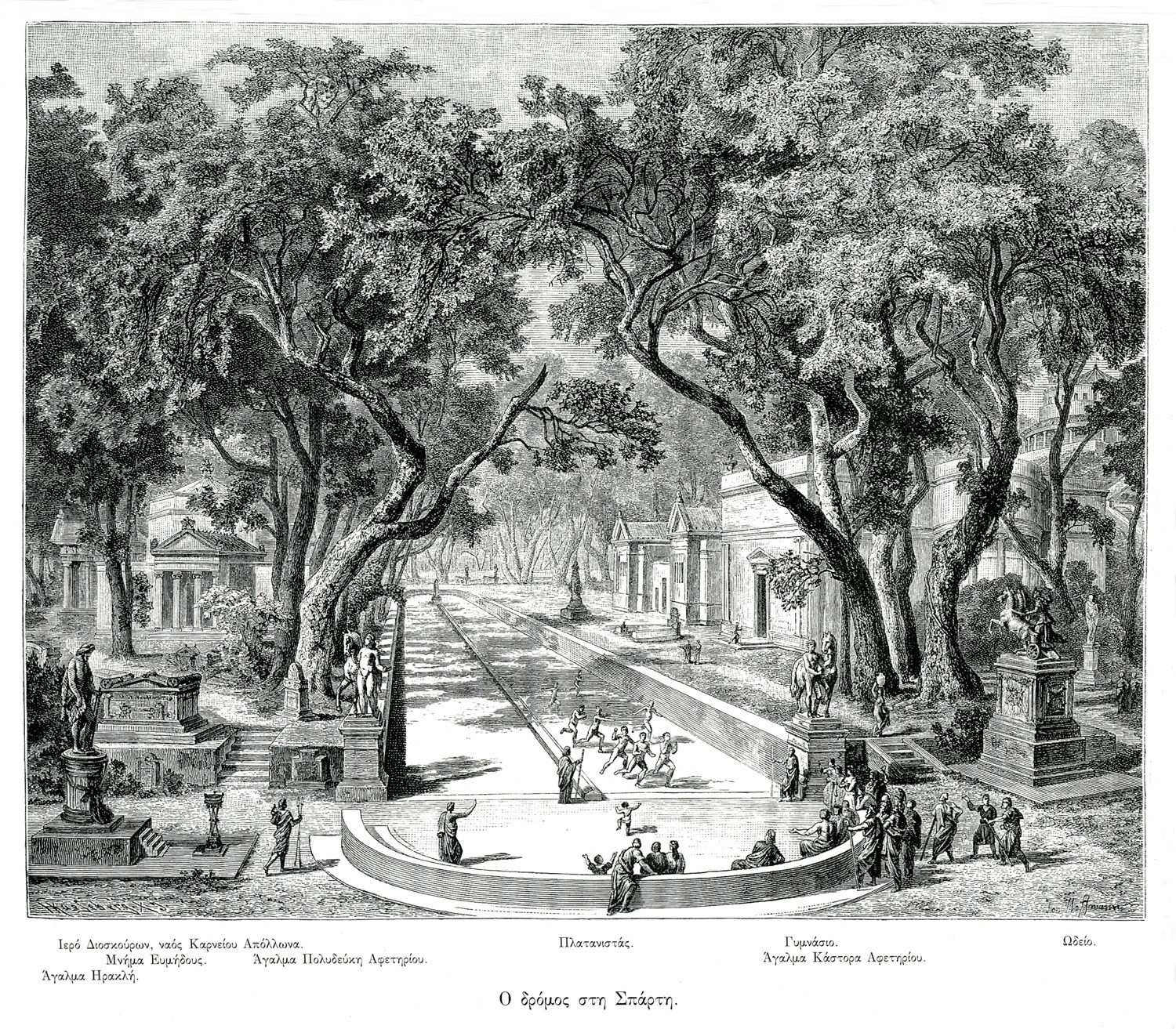
-
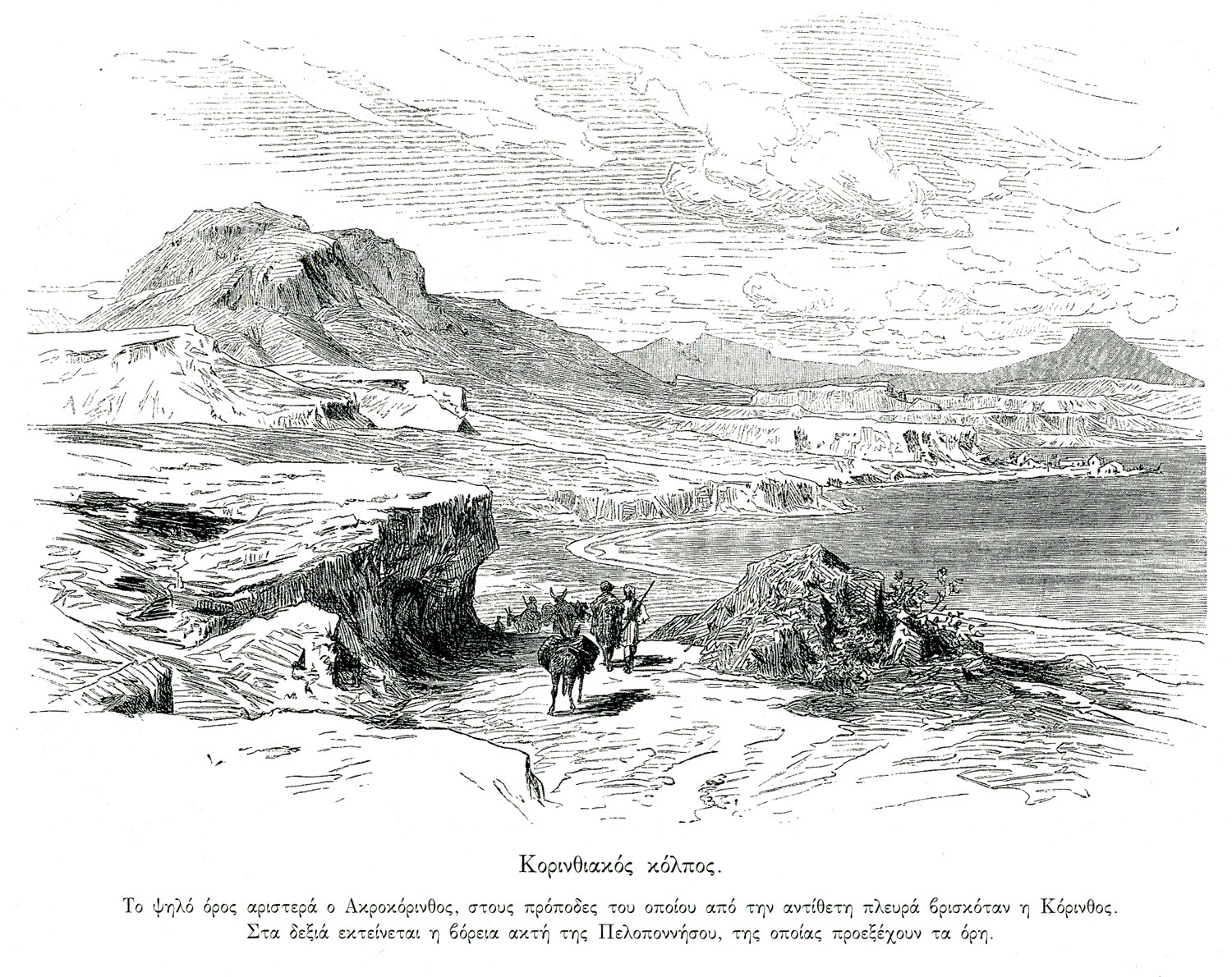
The Corinthian gulf. On the left, Acrocorinth. On the right, the northern coast of the Peloponnese.
-
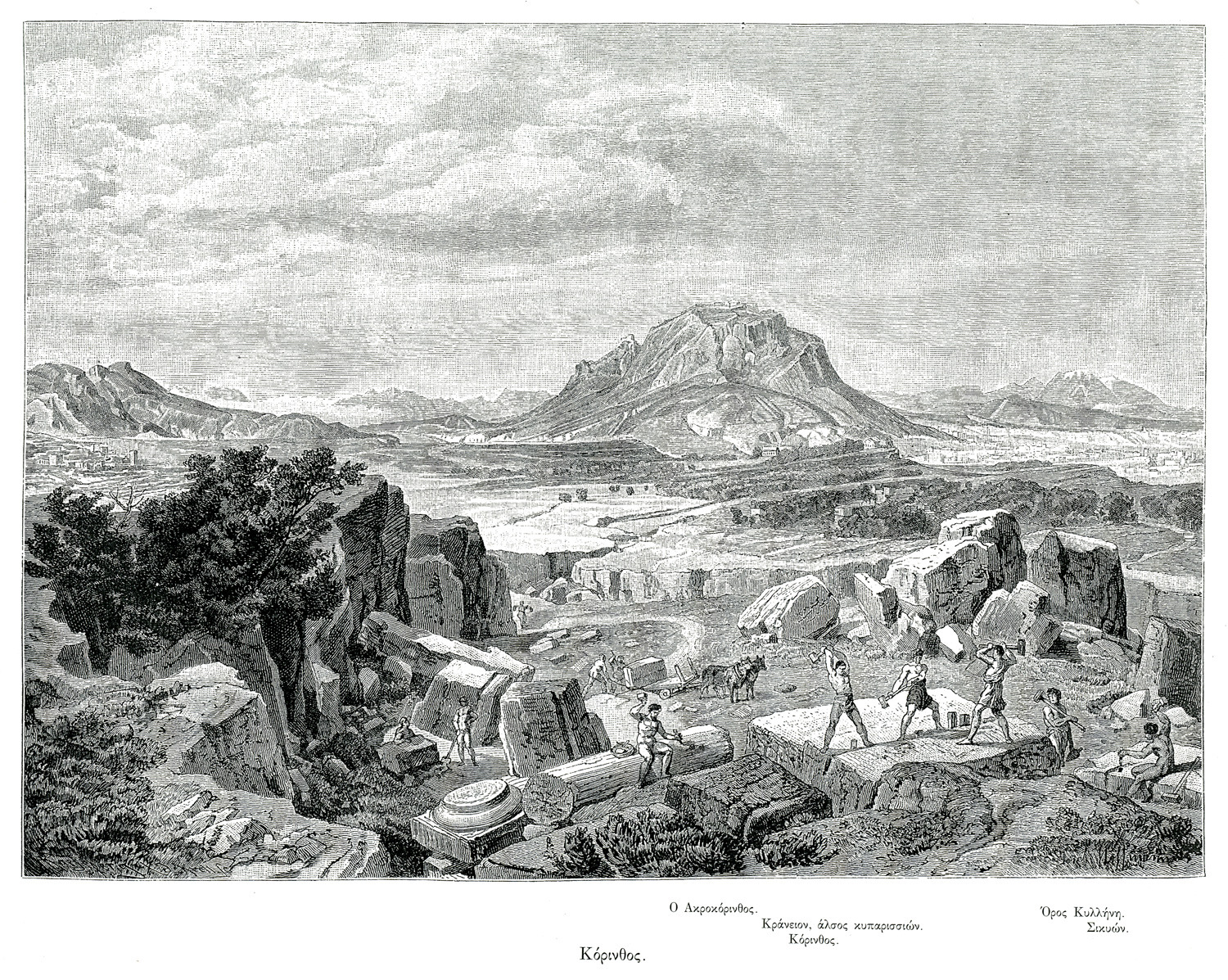
-
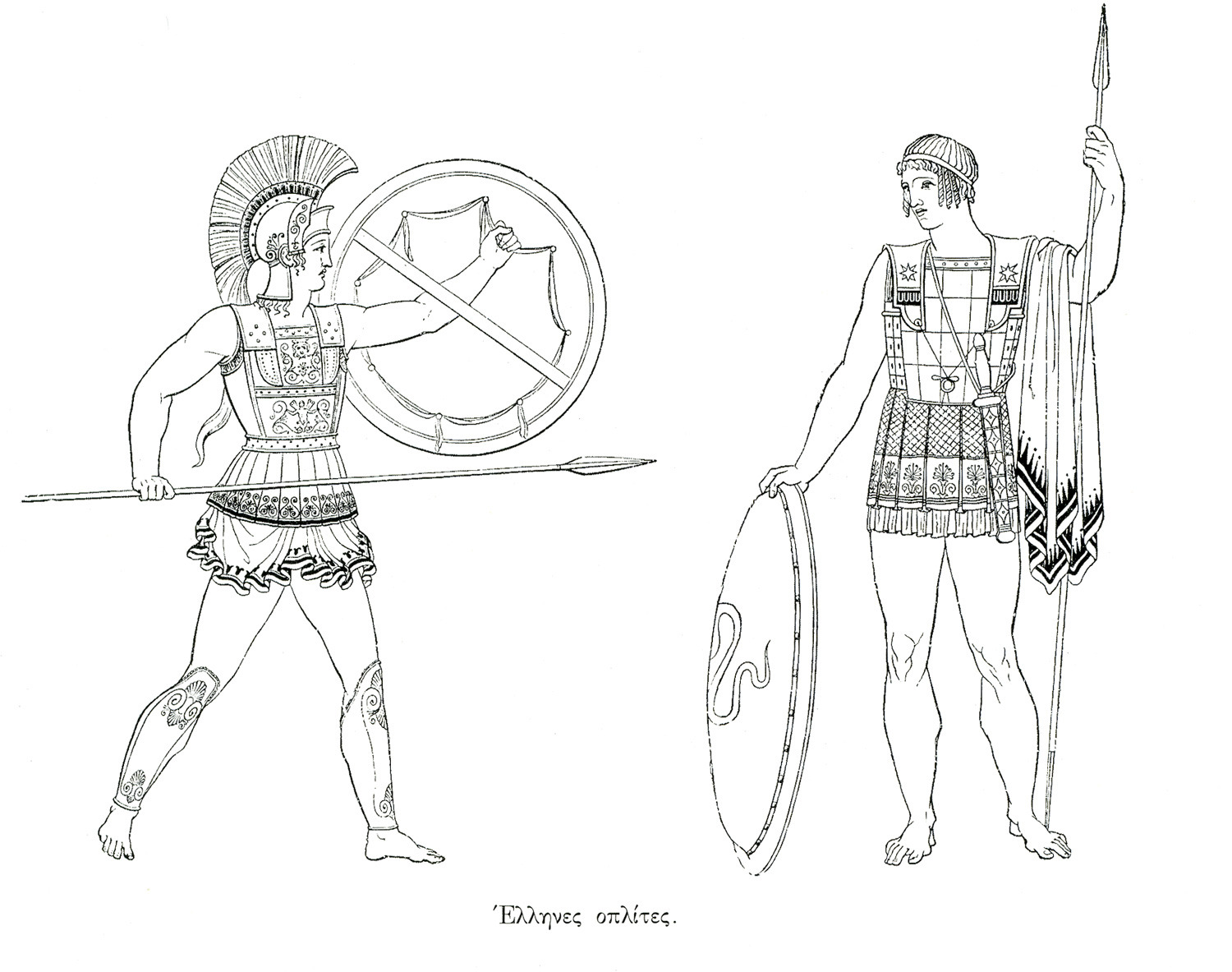
-
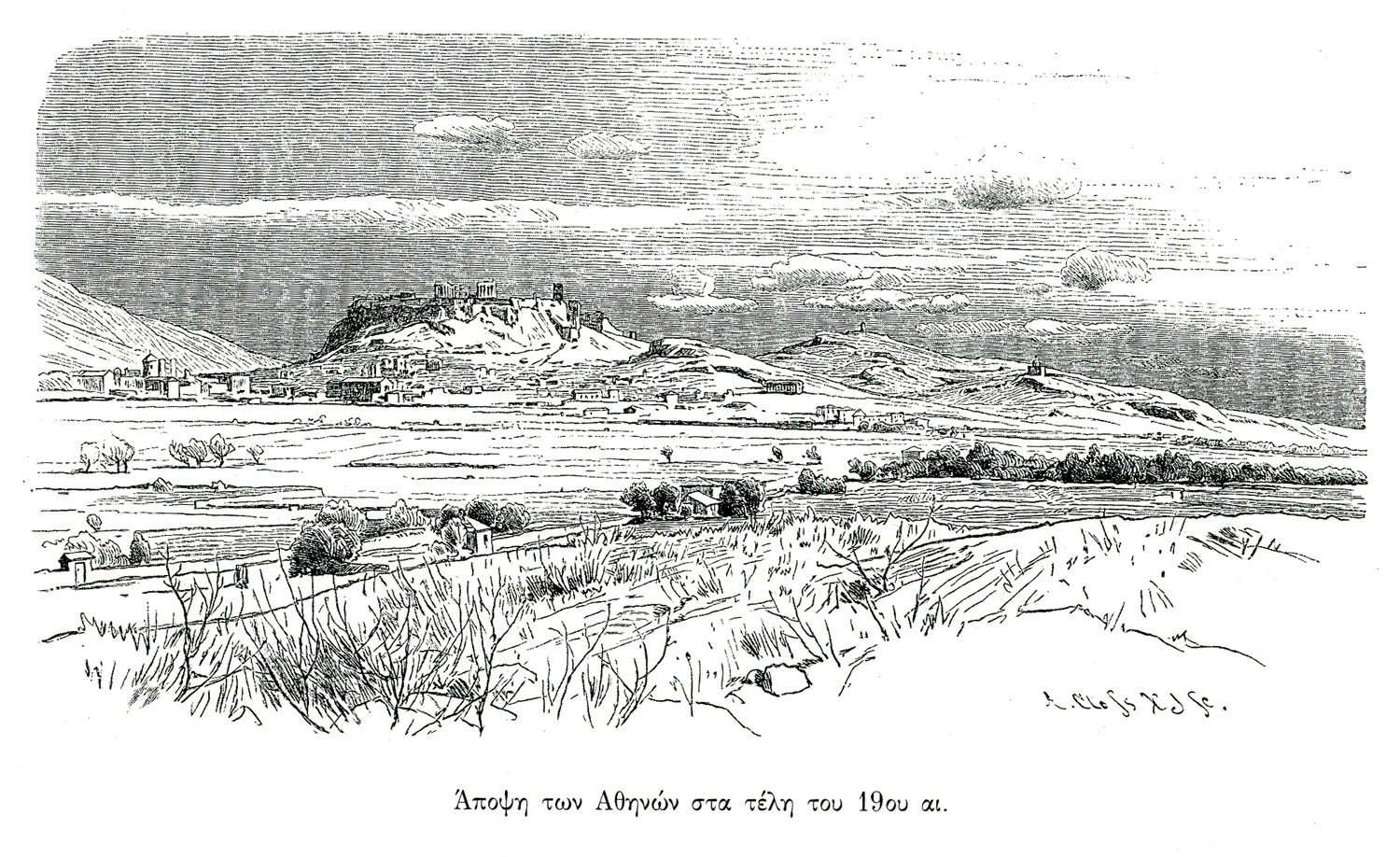
-
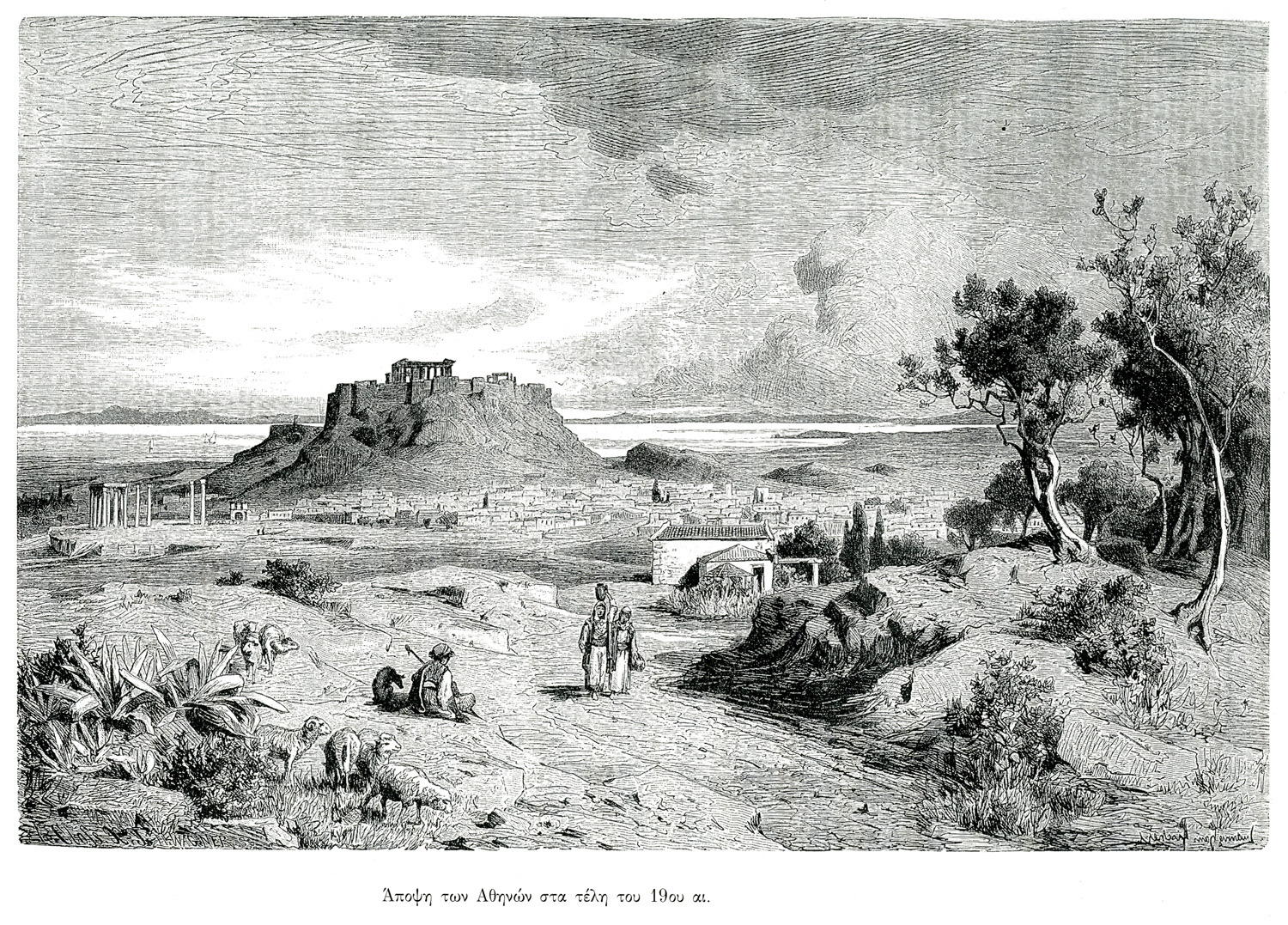
-
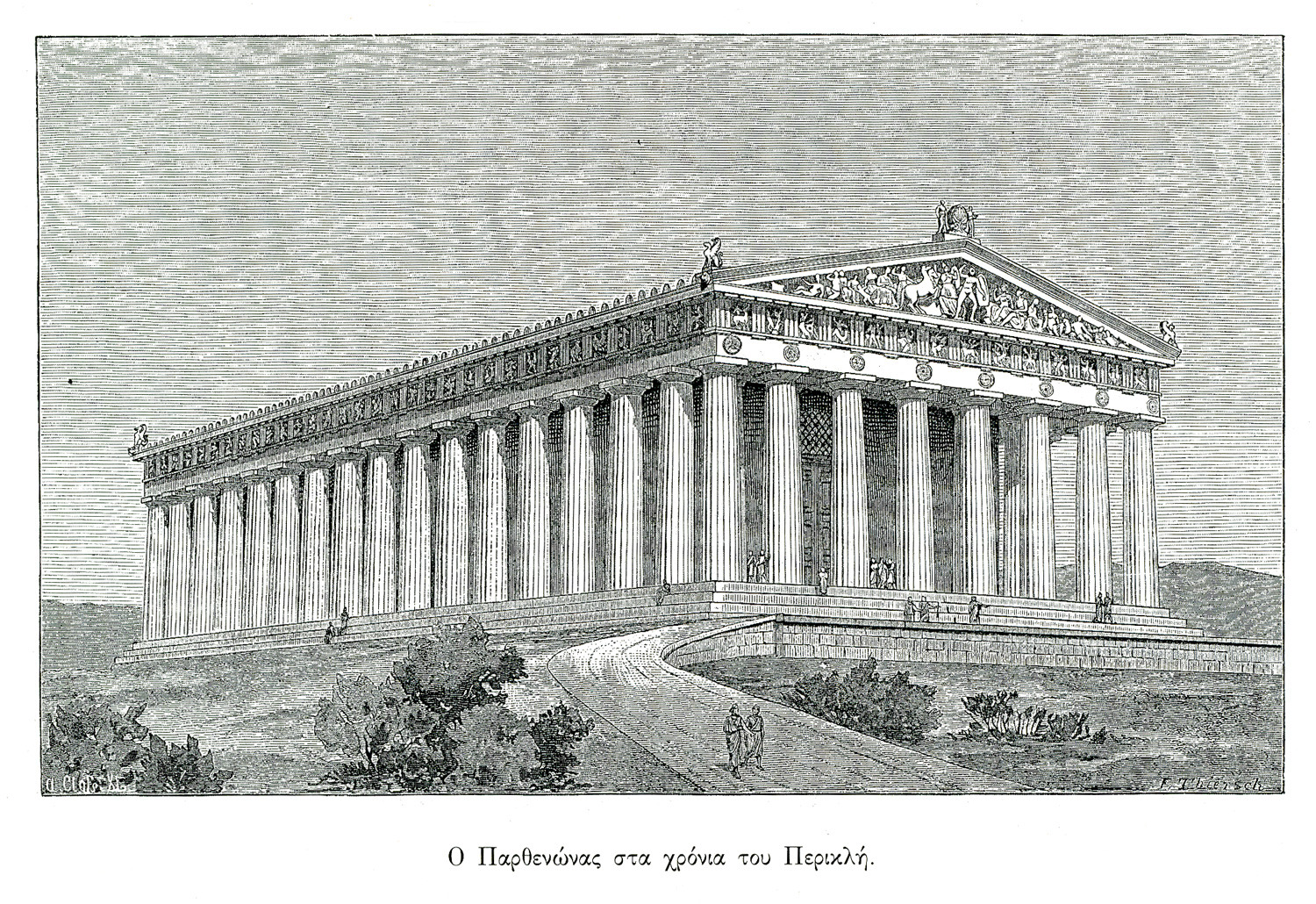
The Parthenon at the time of Pericles (Imaginary reconstruction).
-
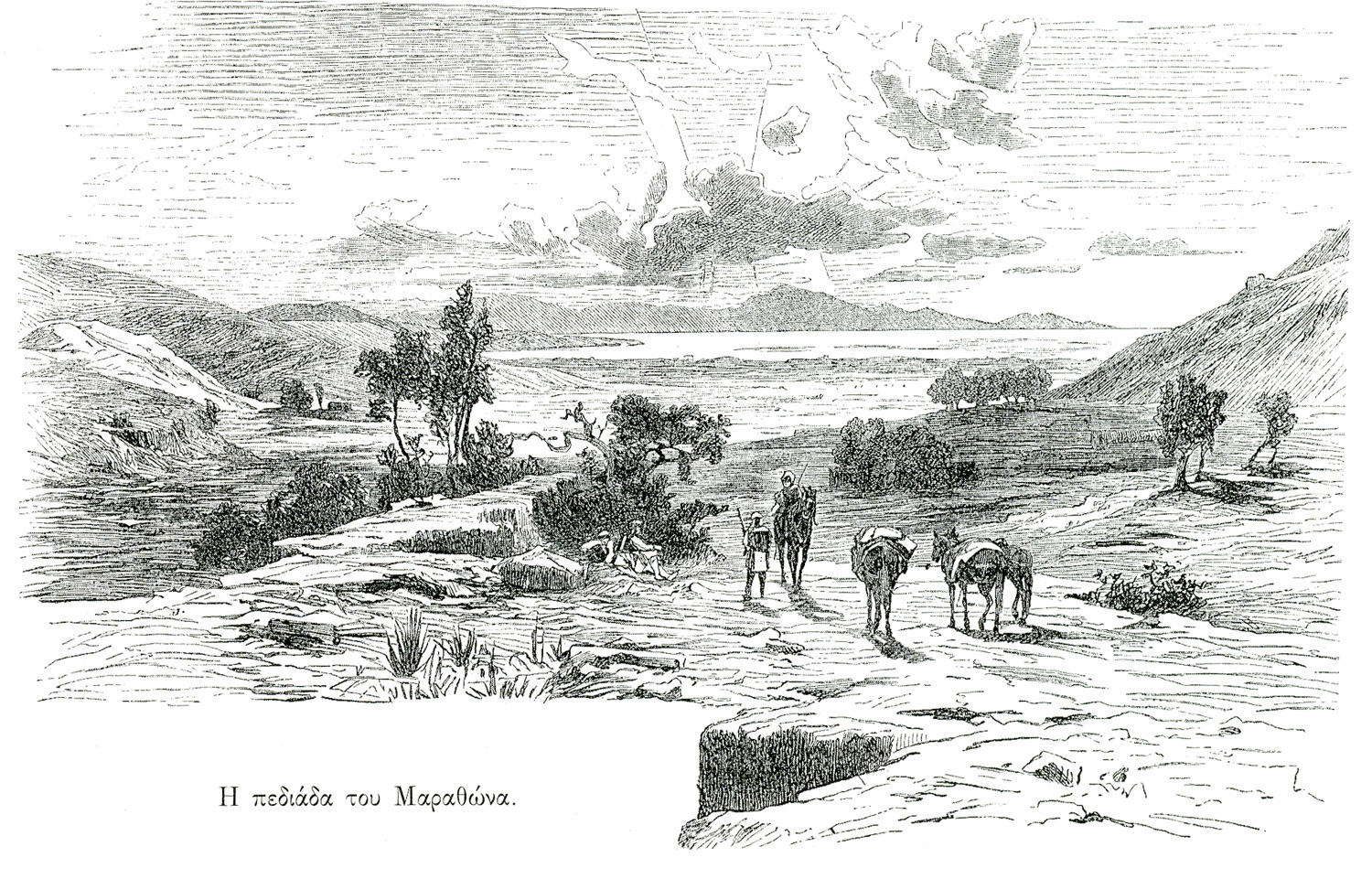
-
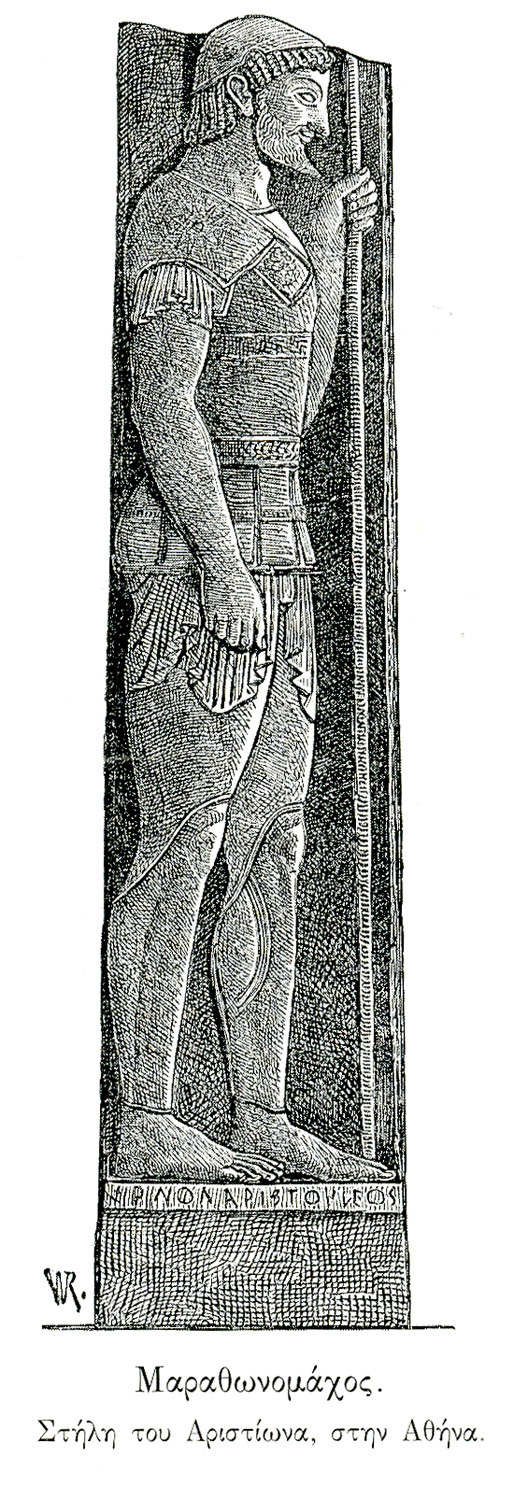
-
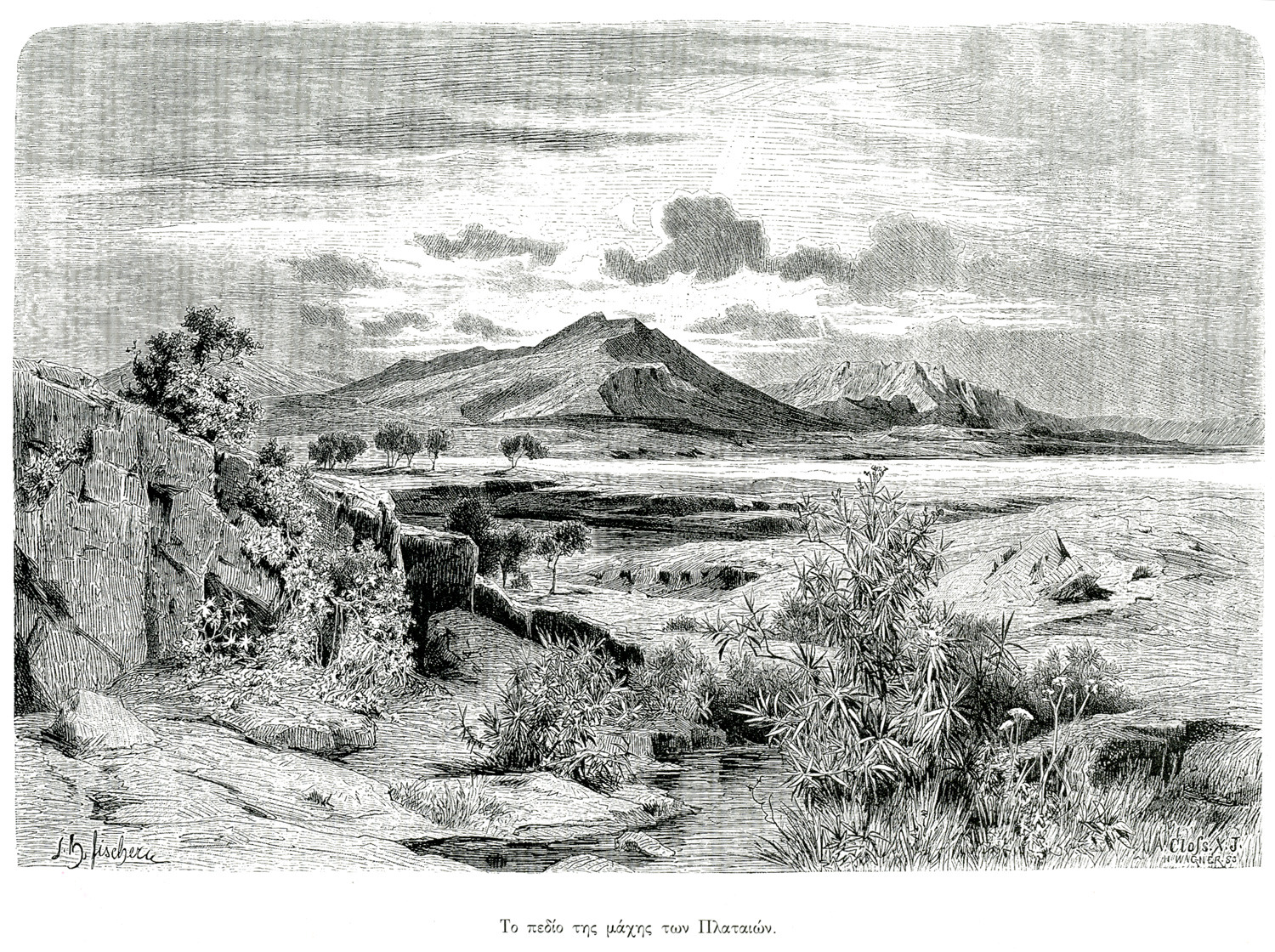
-
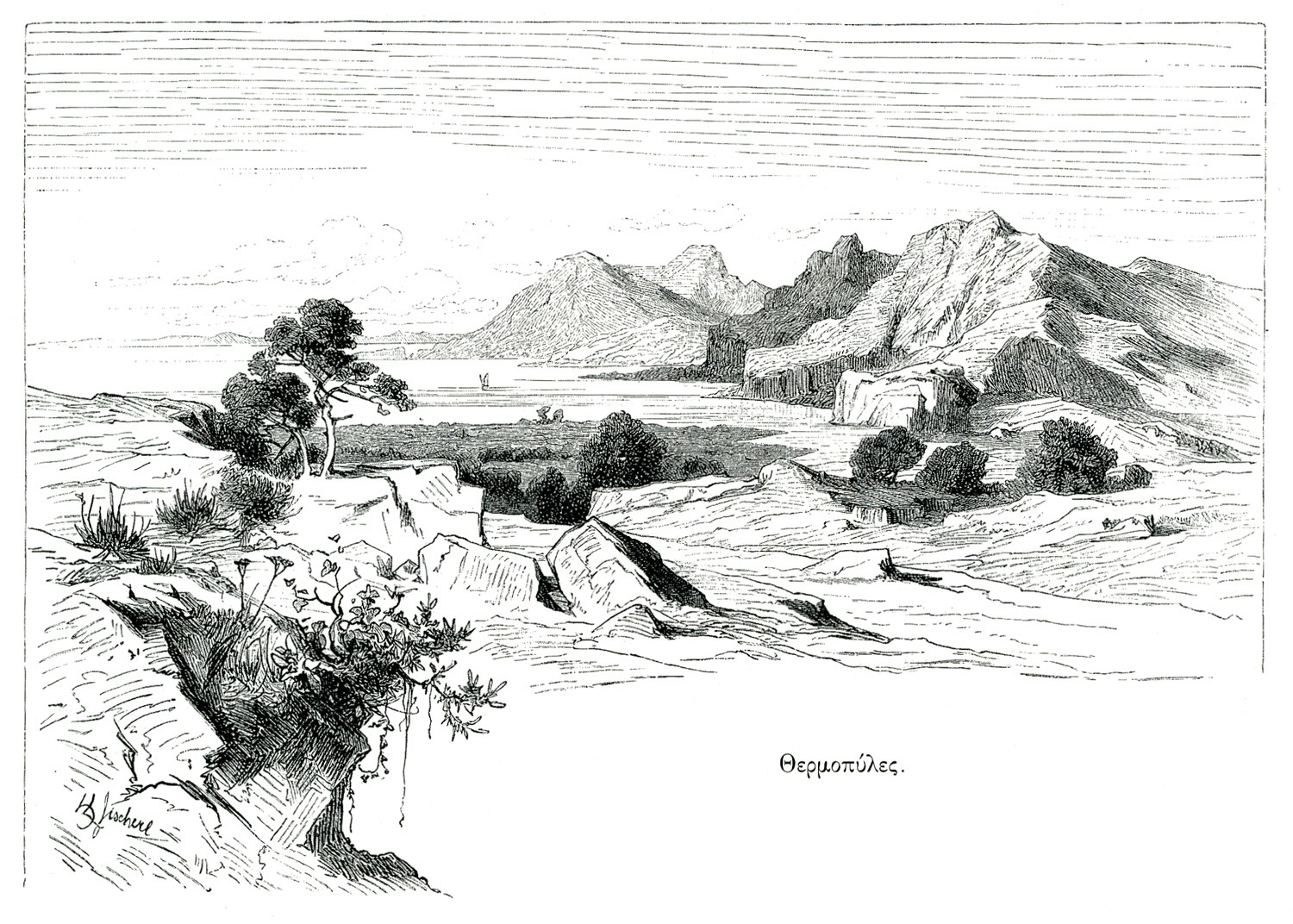
-
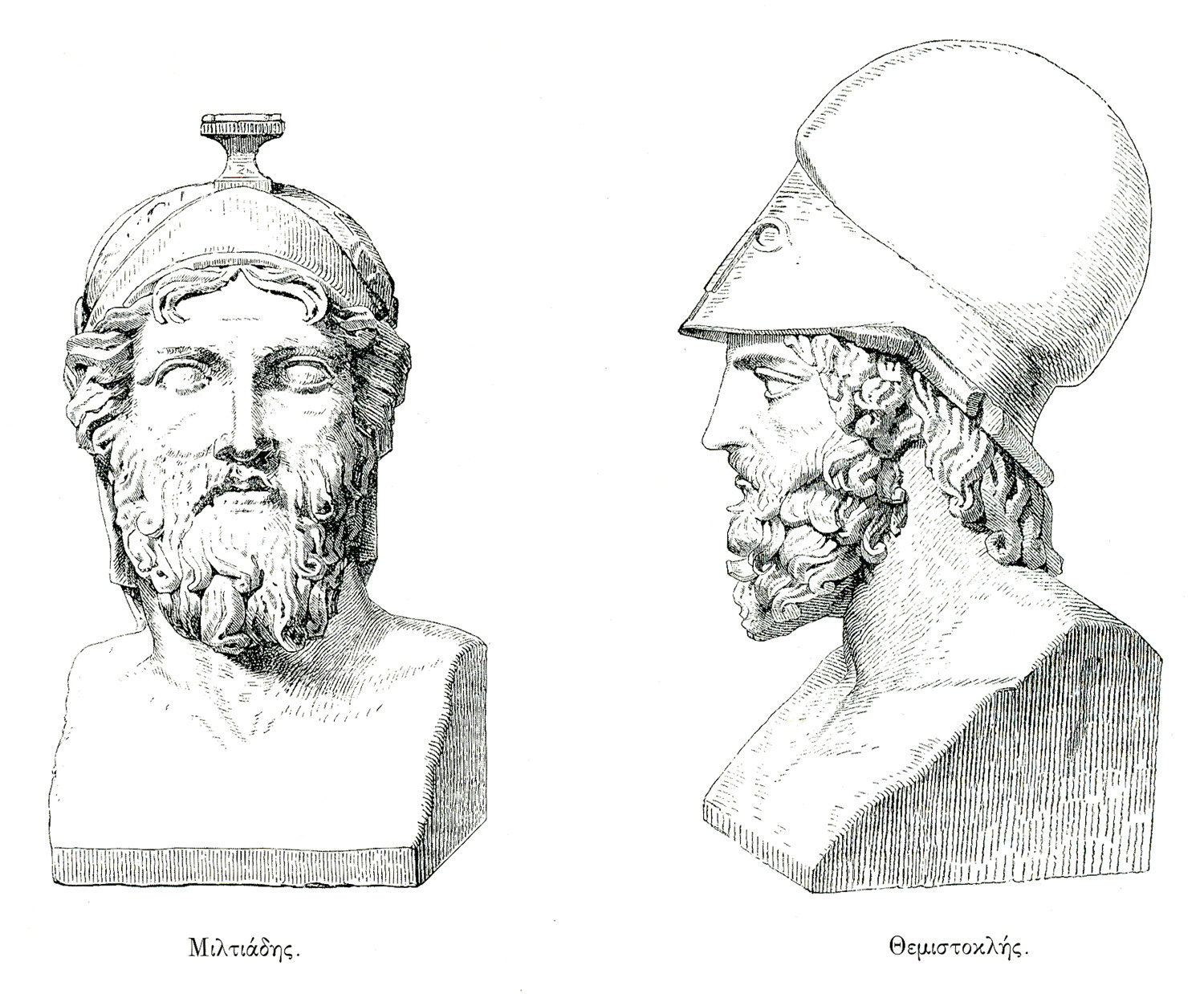
-
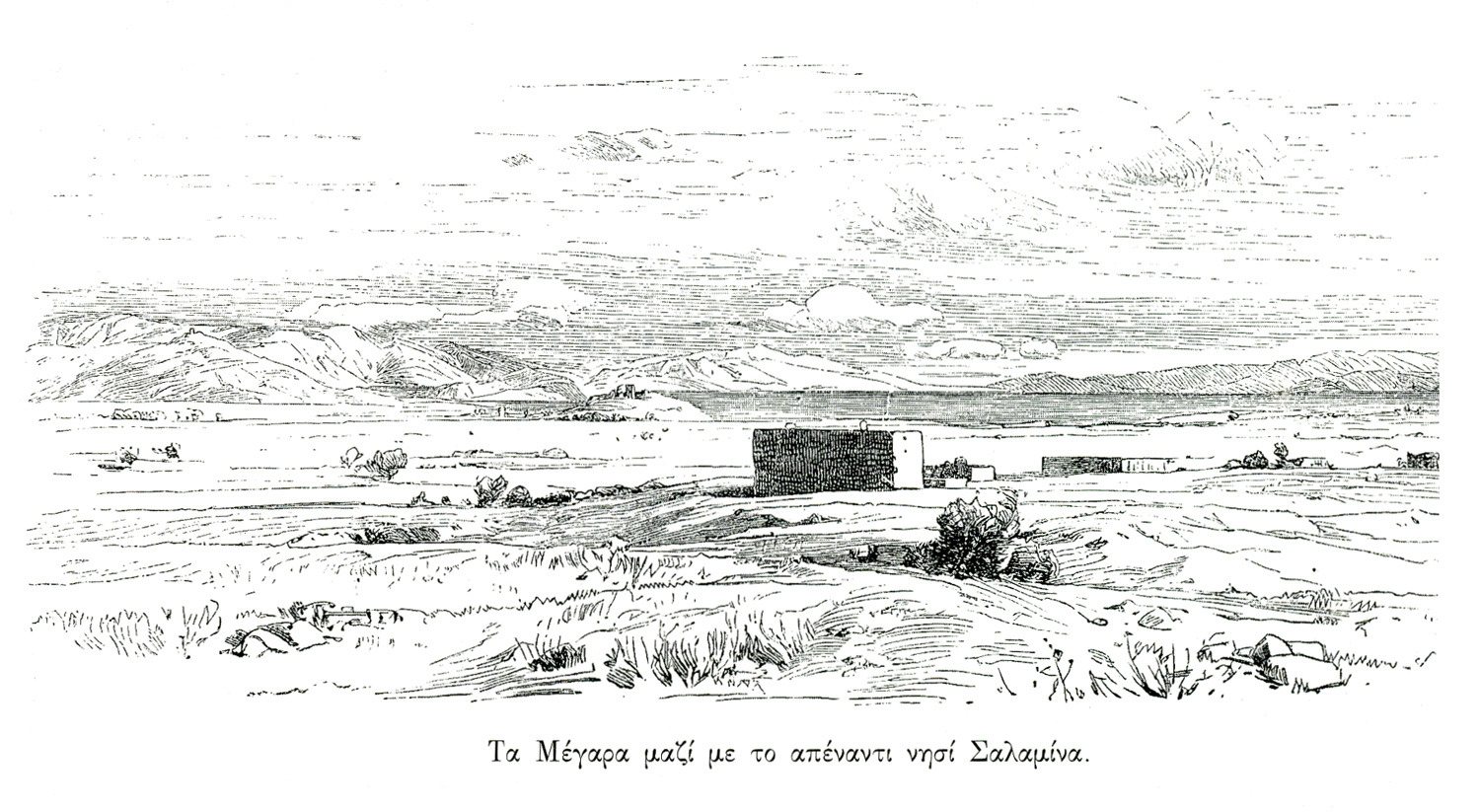
-
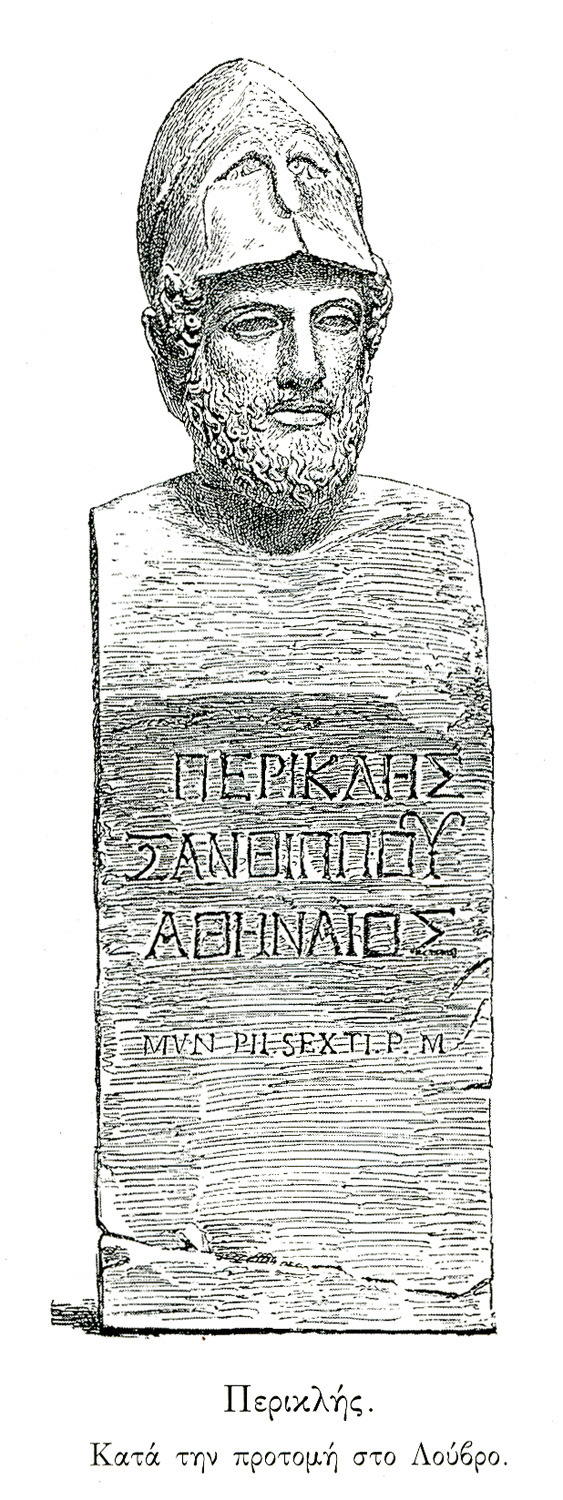
Drawing of Roman copy of Kresilas's bust of Pericles, Vatican Museum.
-
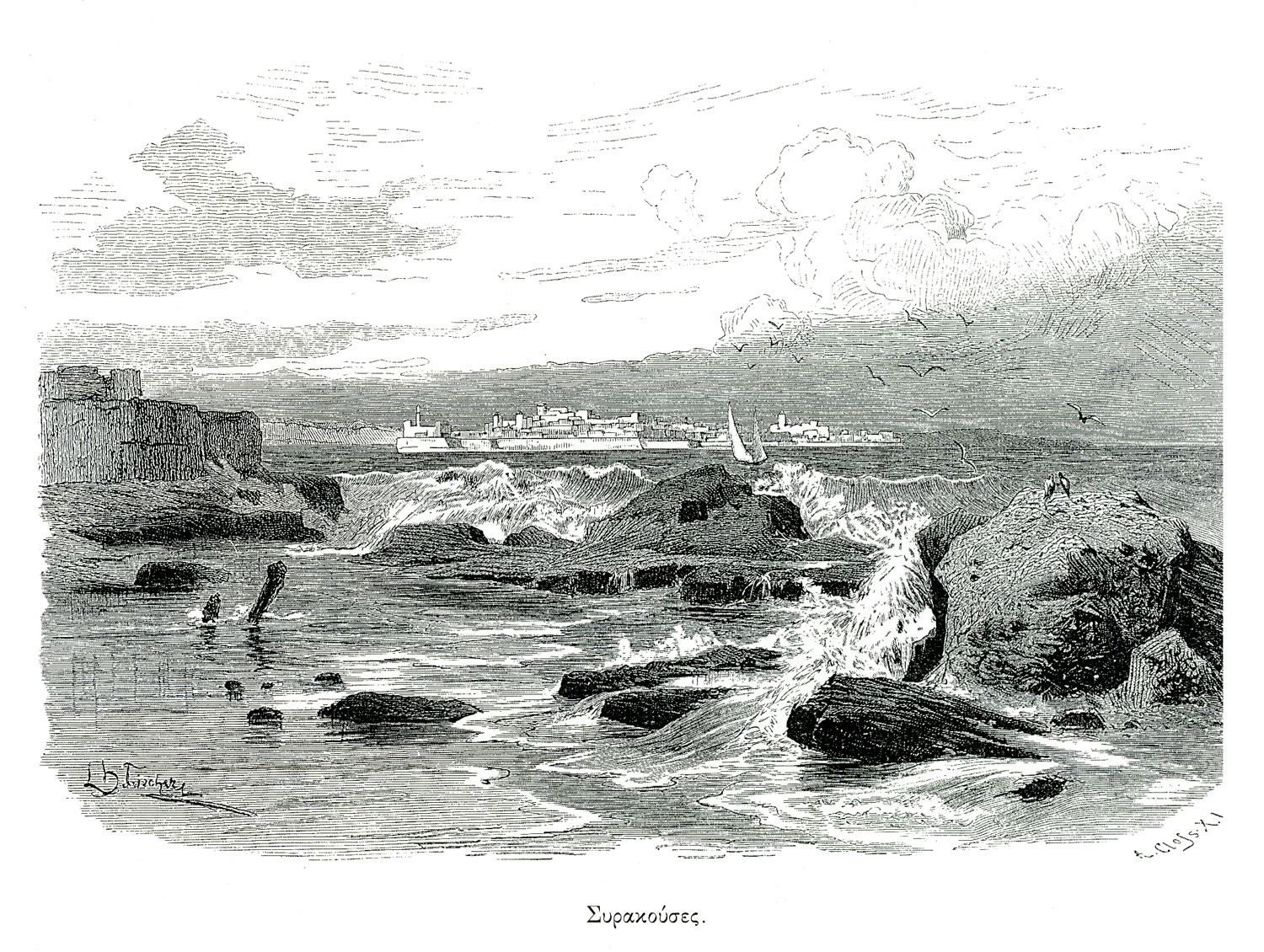
-

-
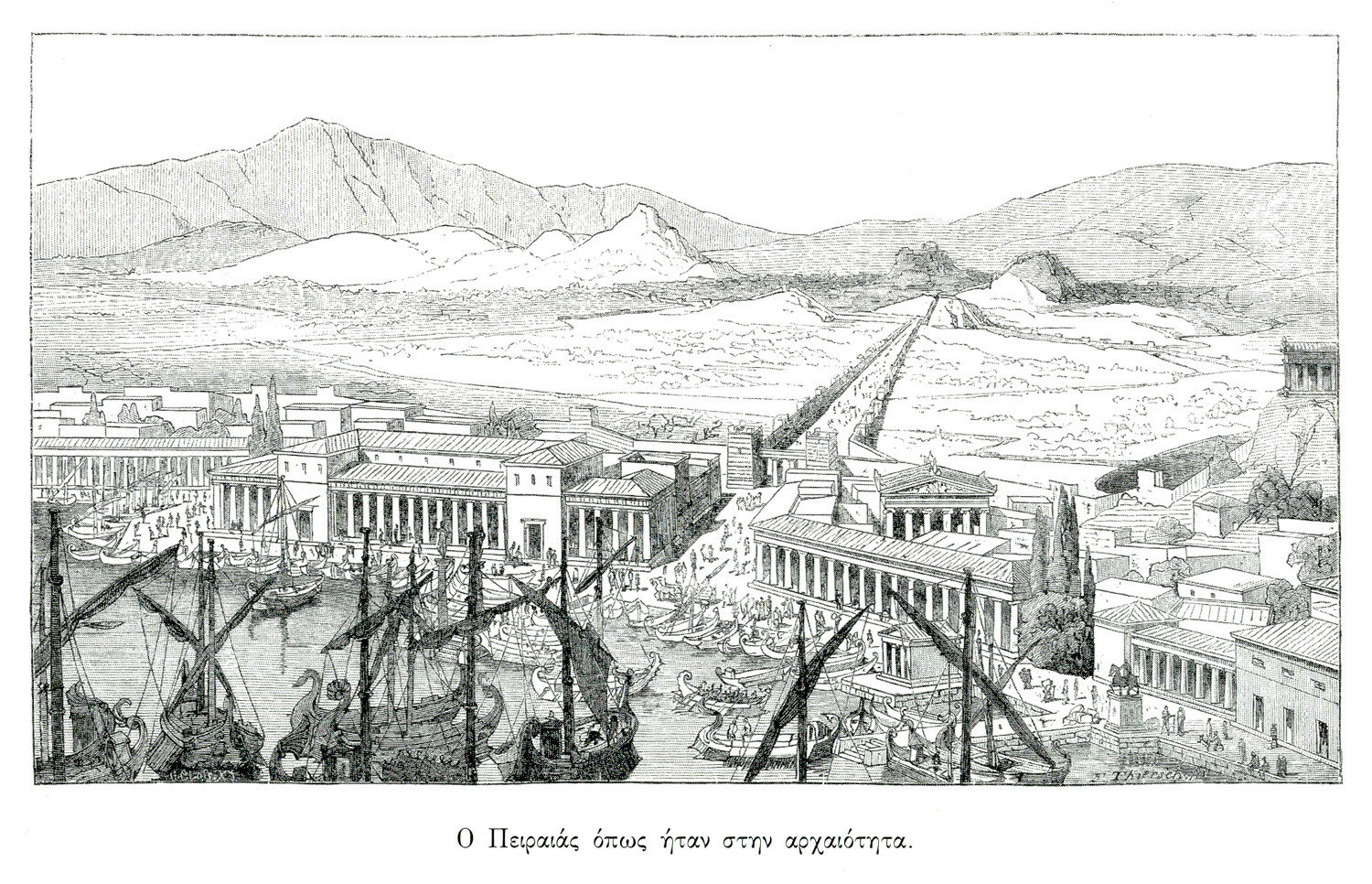
-
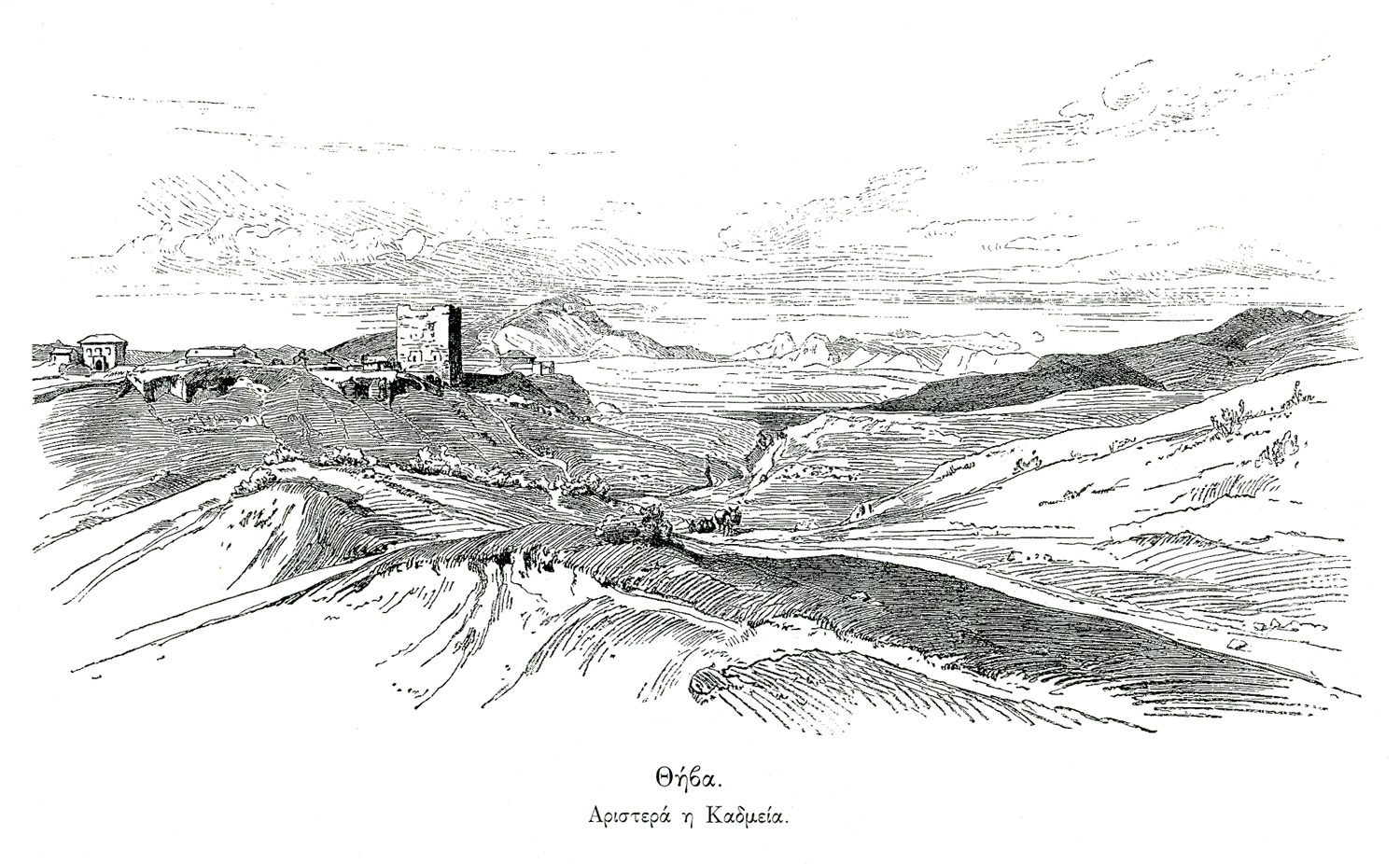
-
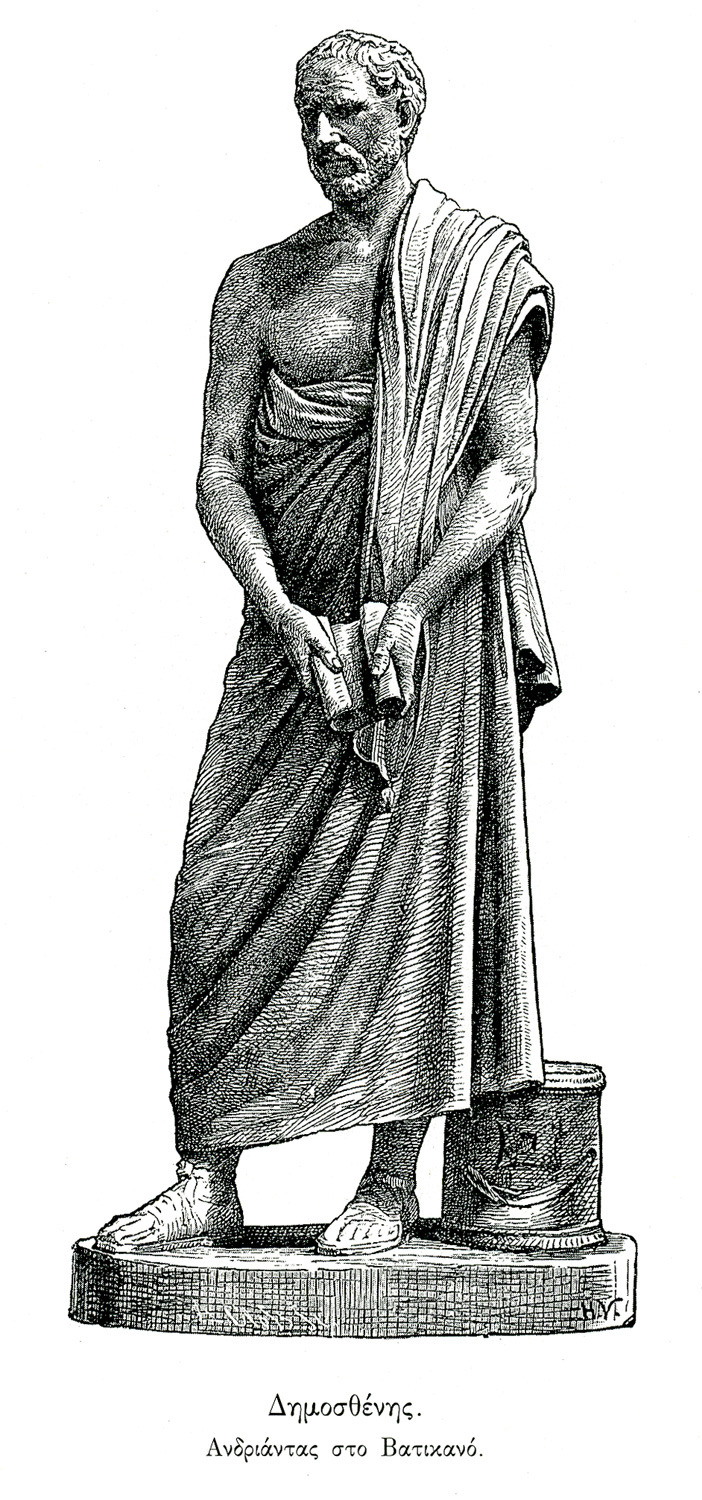
-
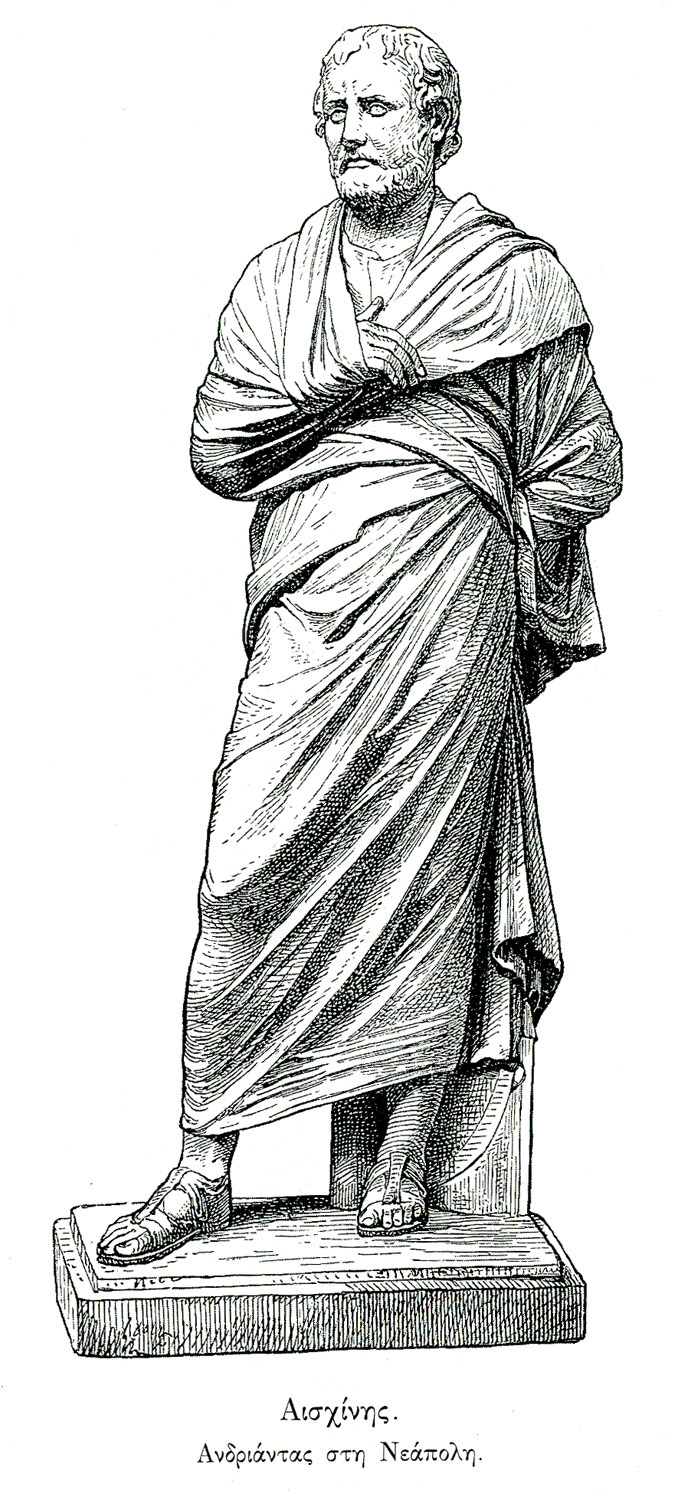
-
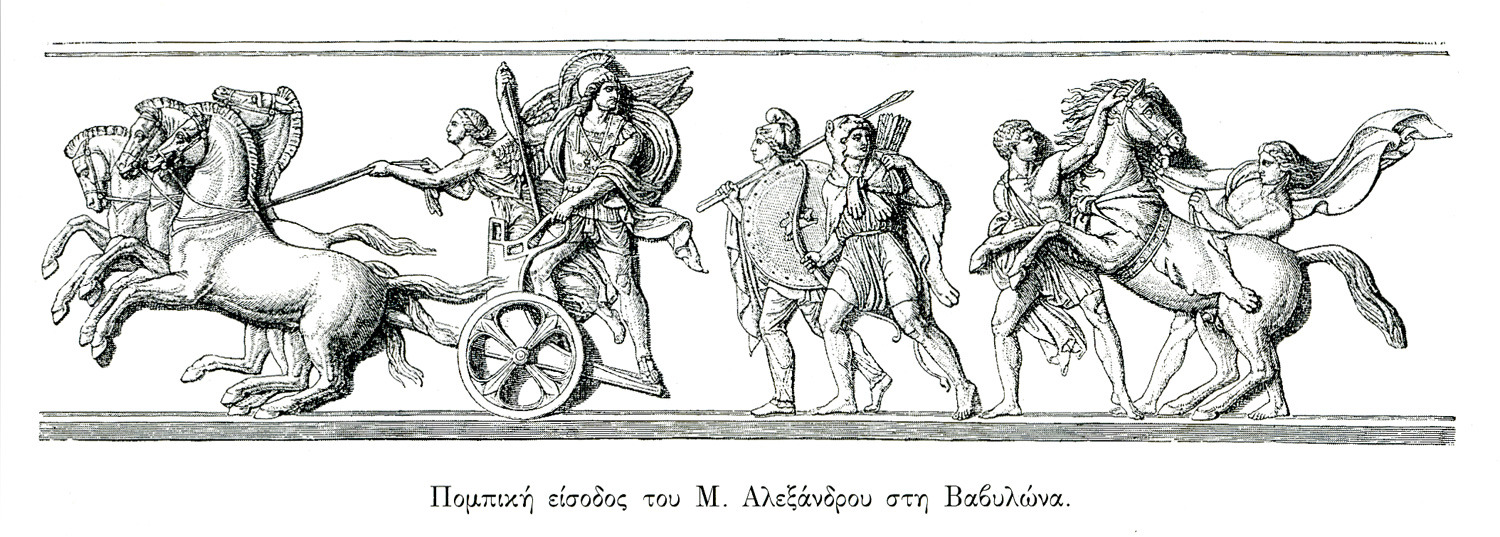
-
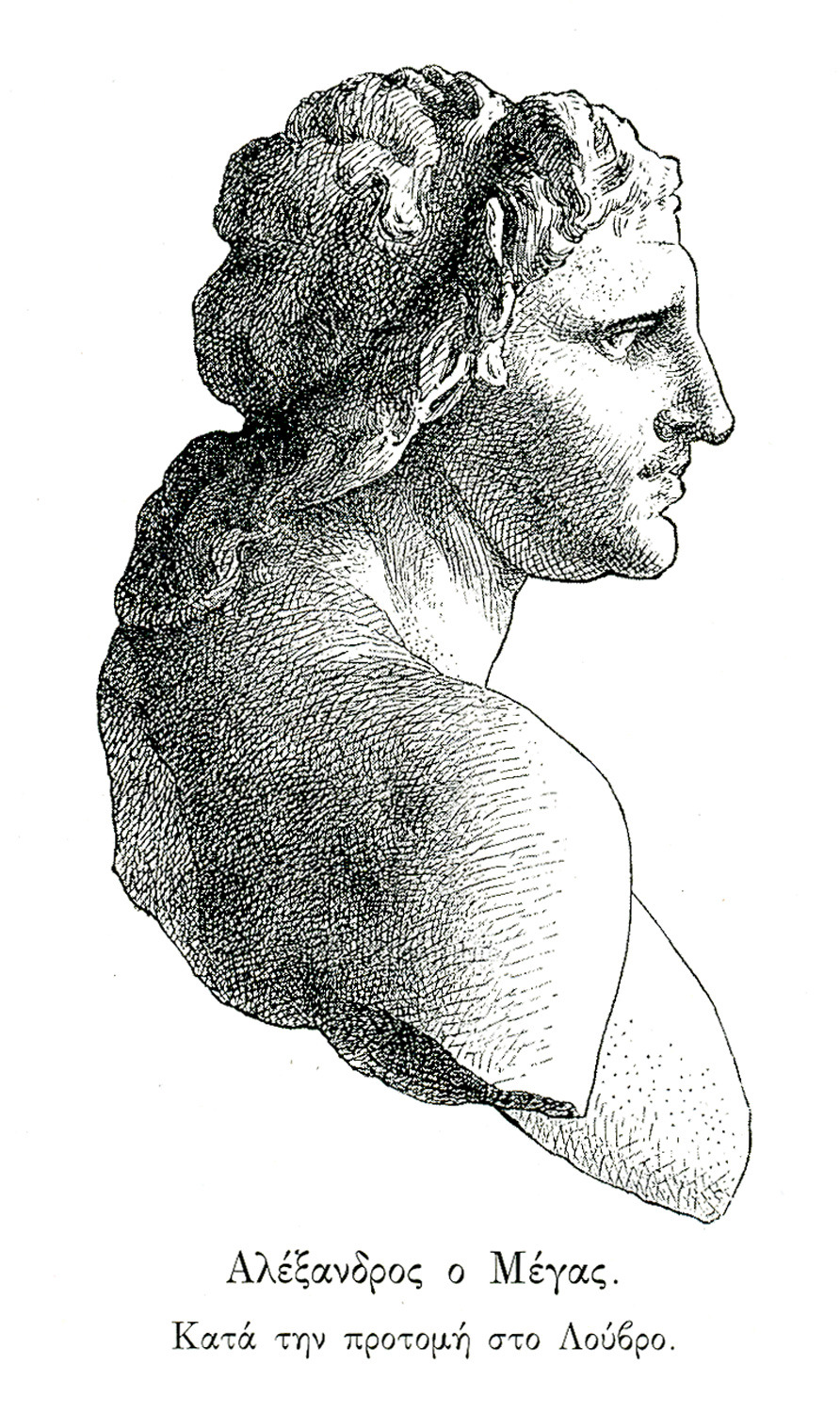
-
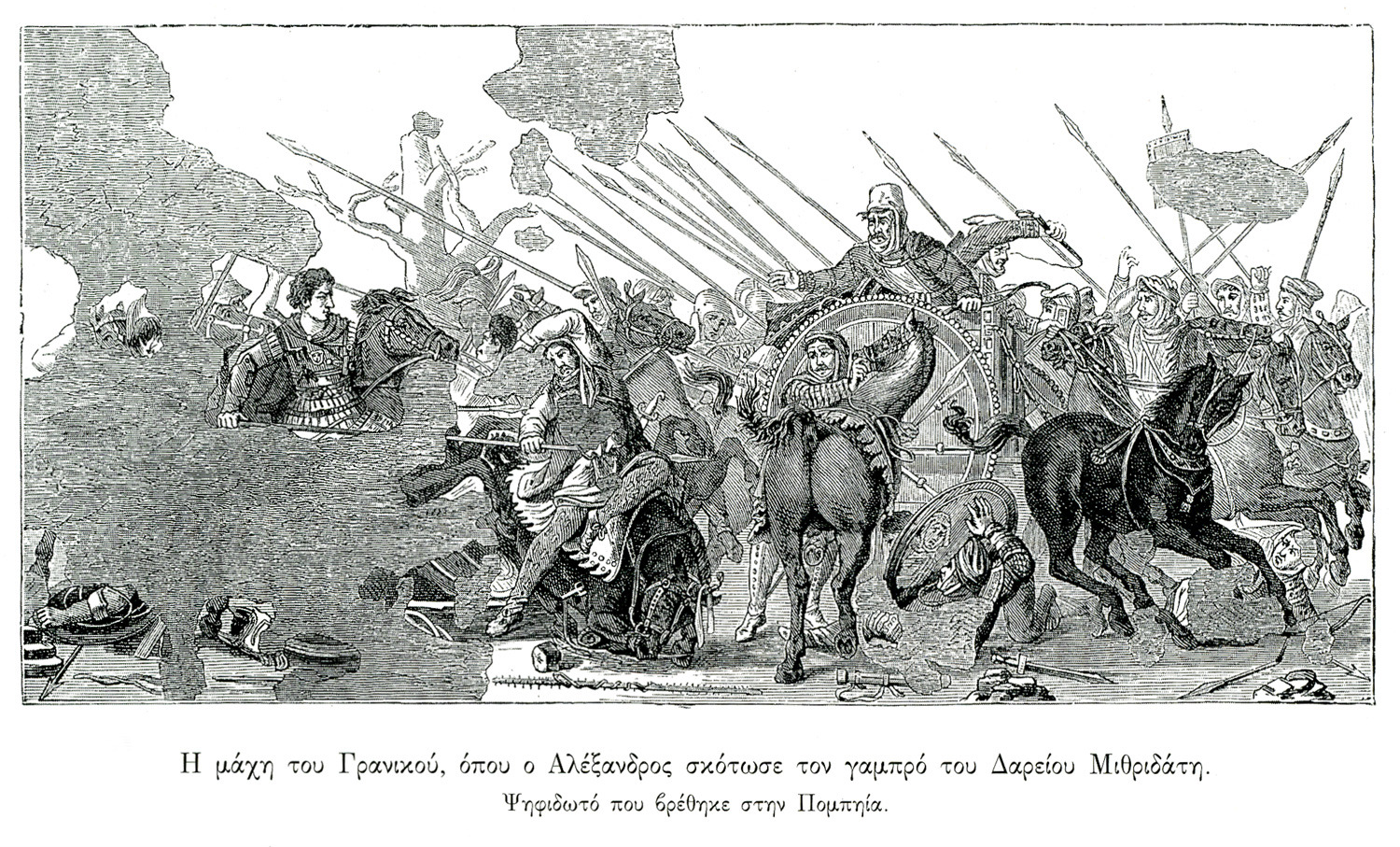
-
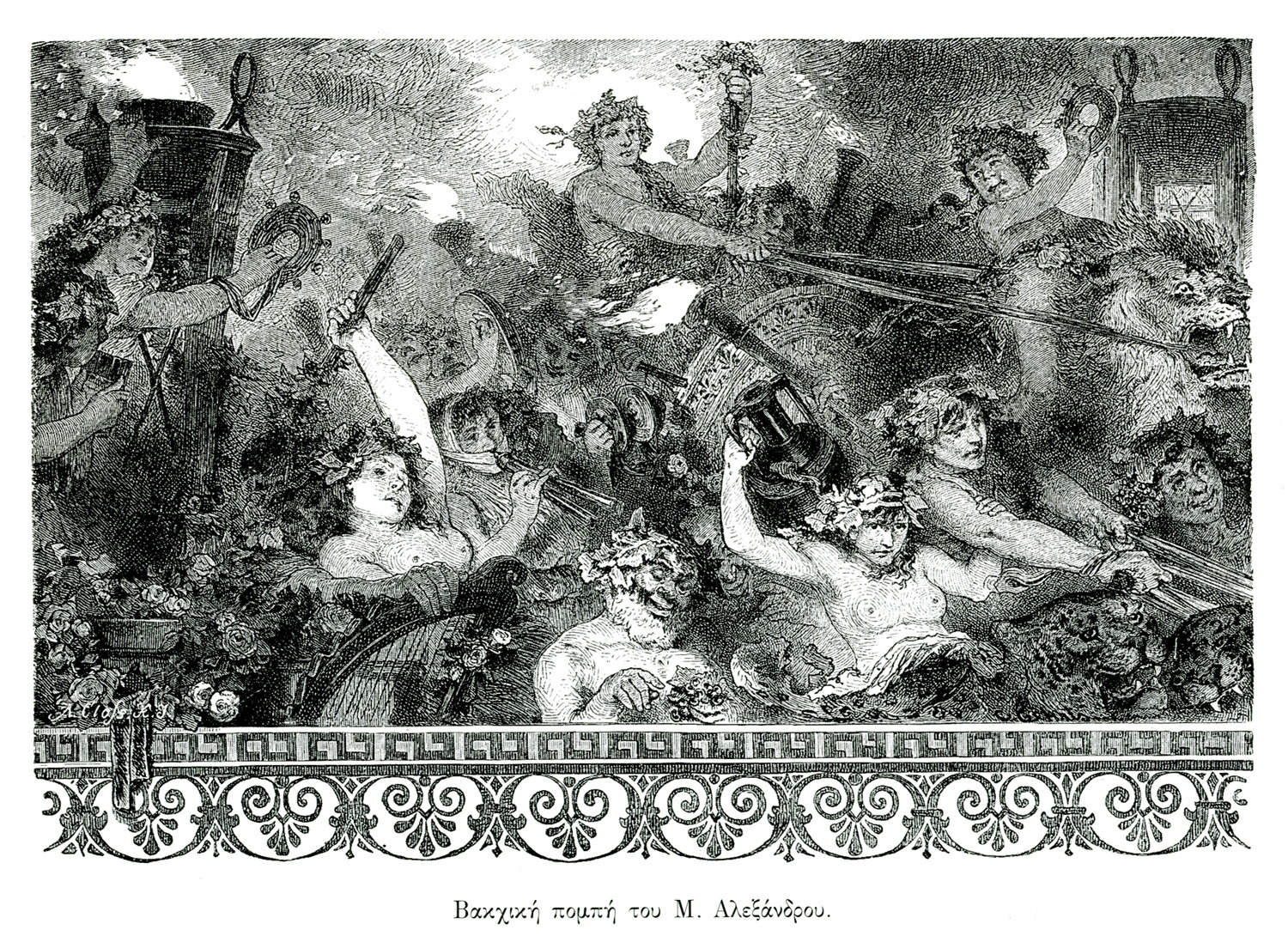
-
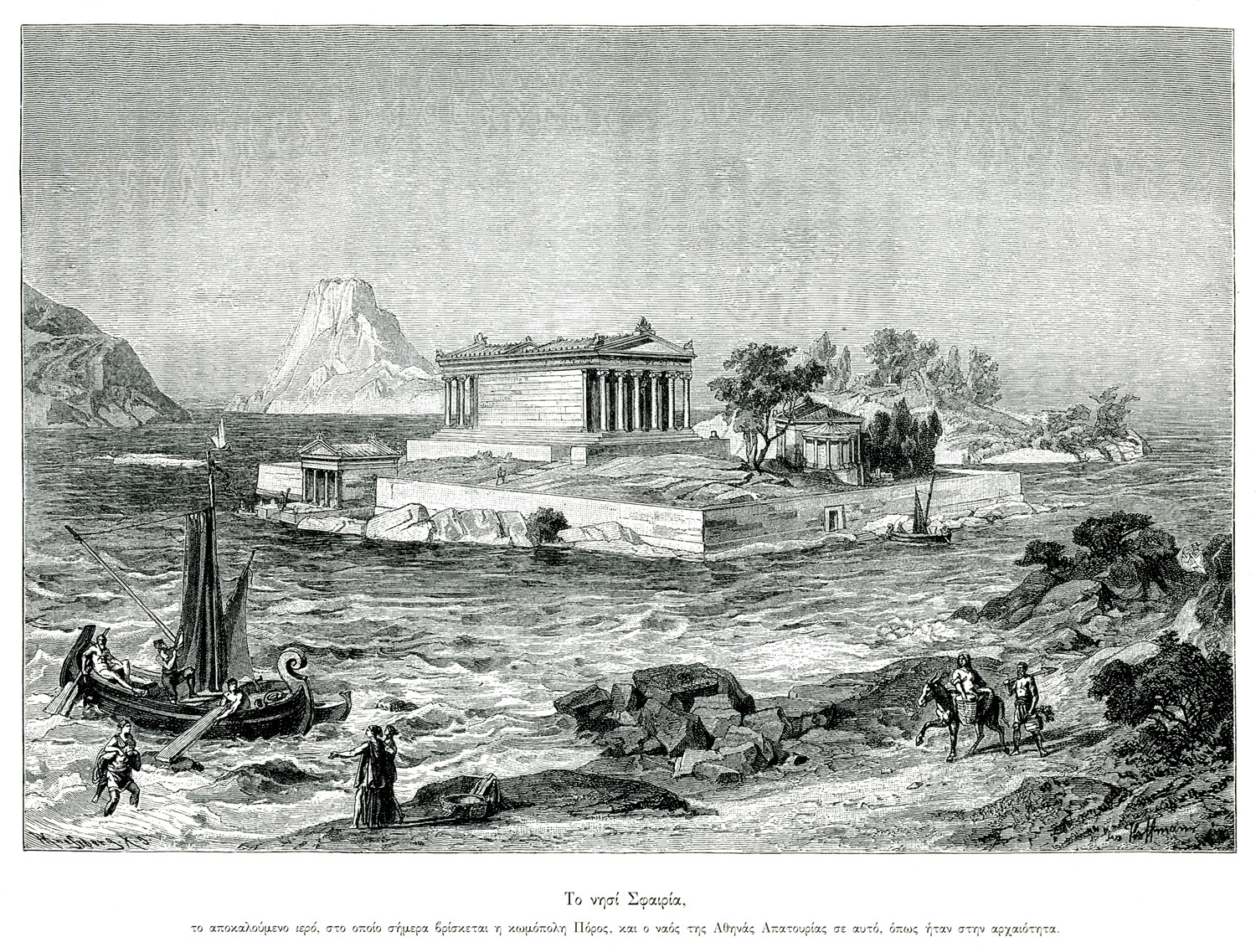
Imaginary reconstruction of Poros island and the emple of Athena Apatouria.
-
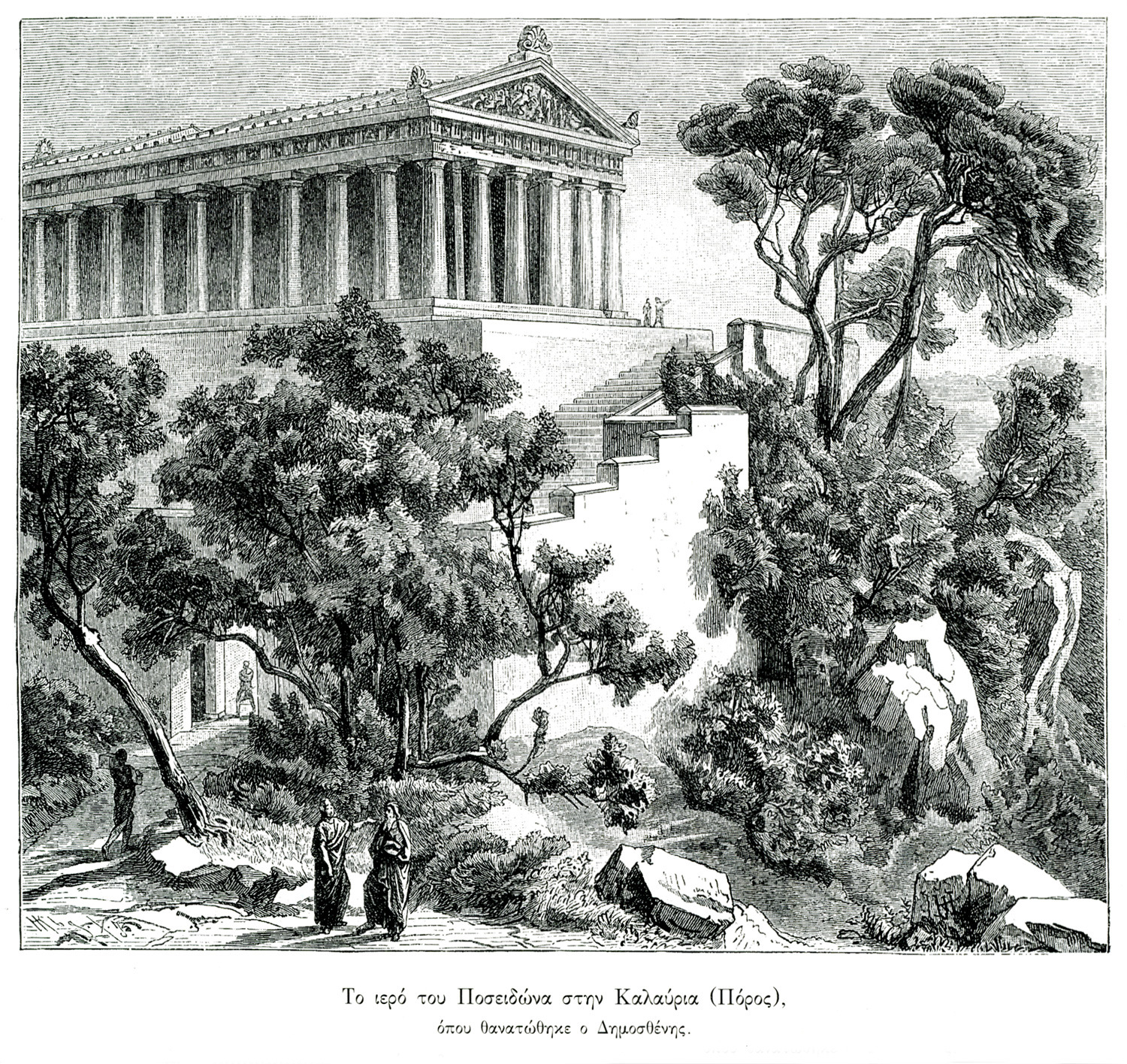
-
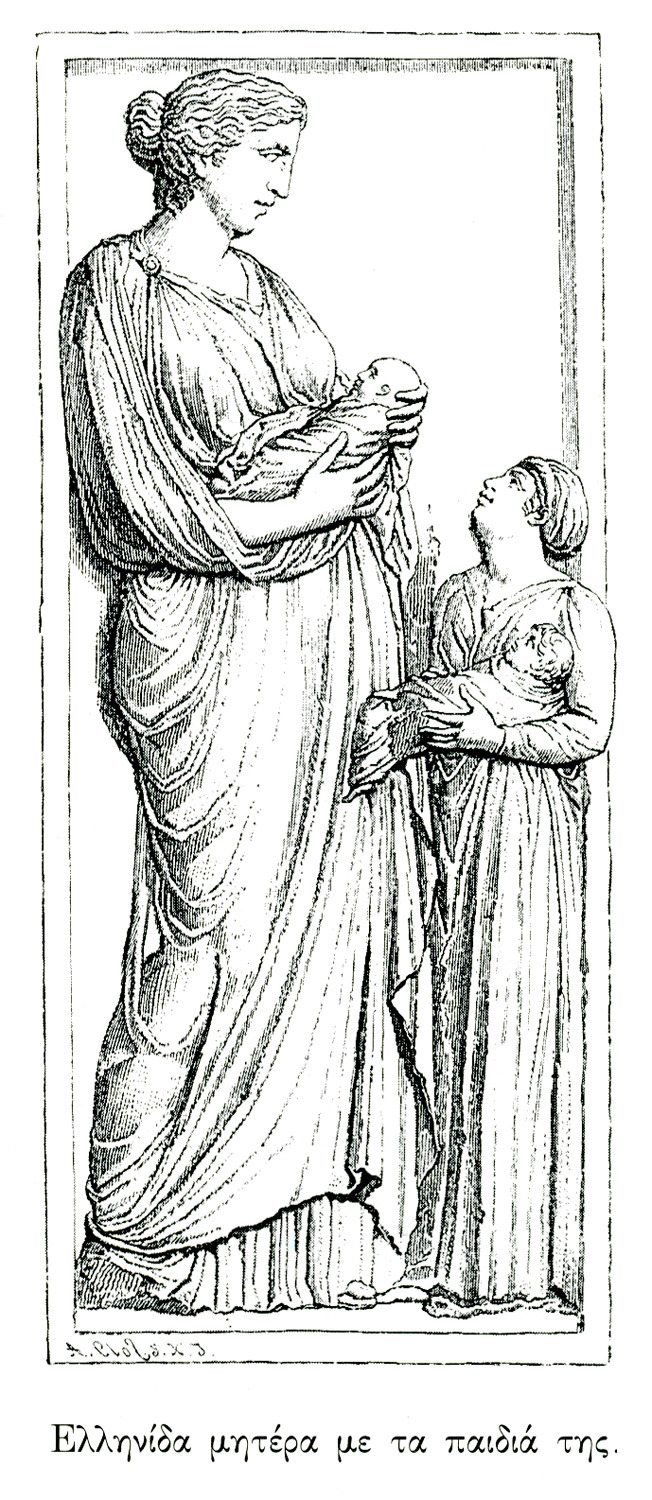
-
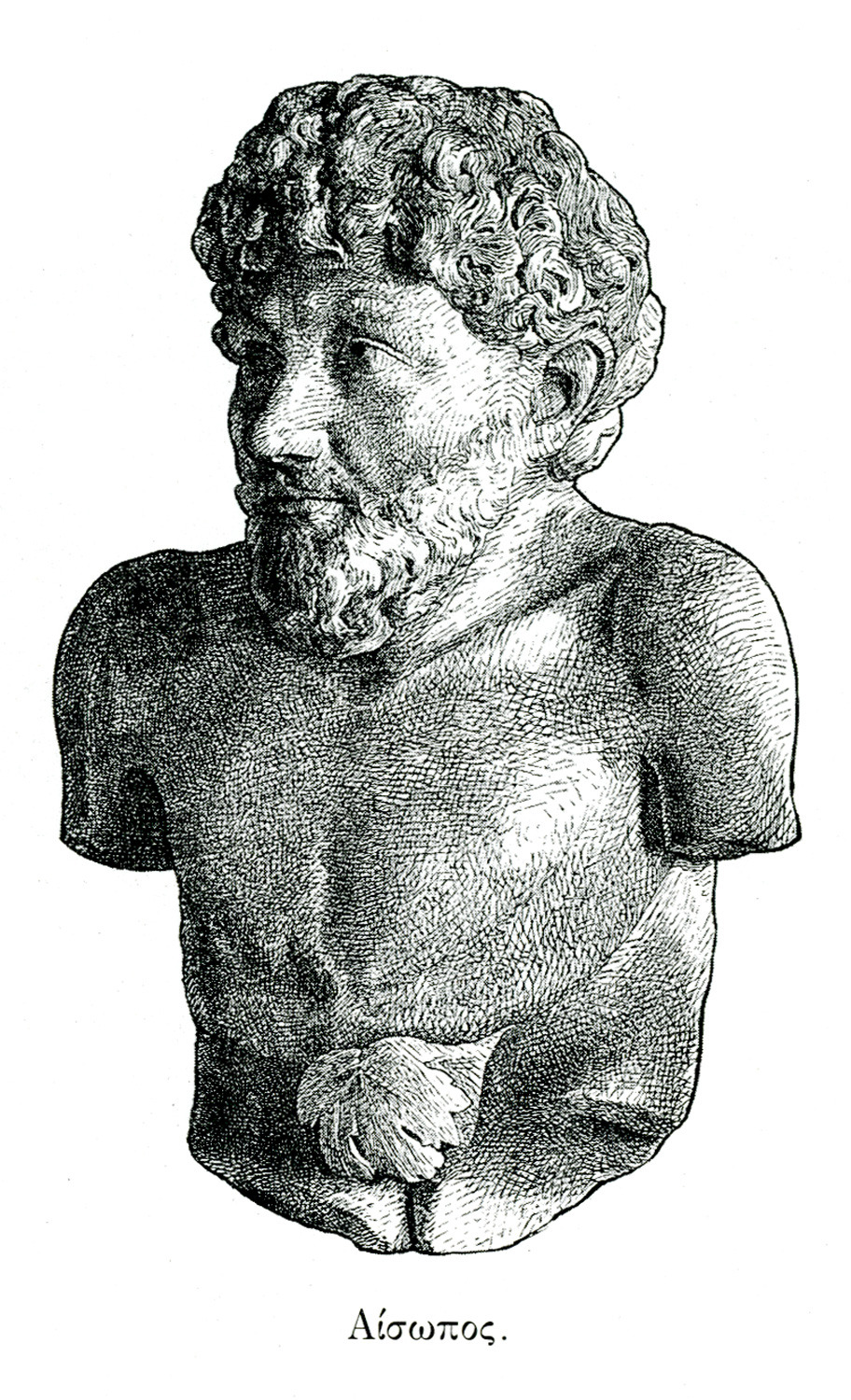
-
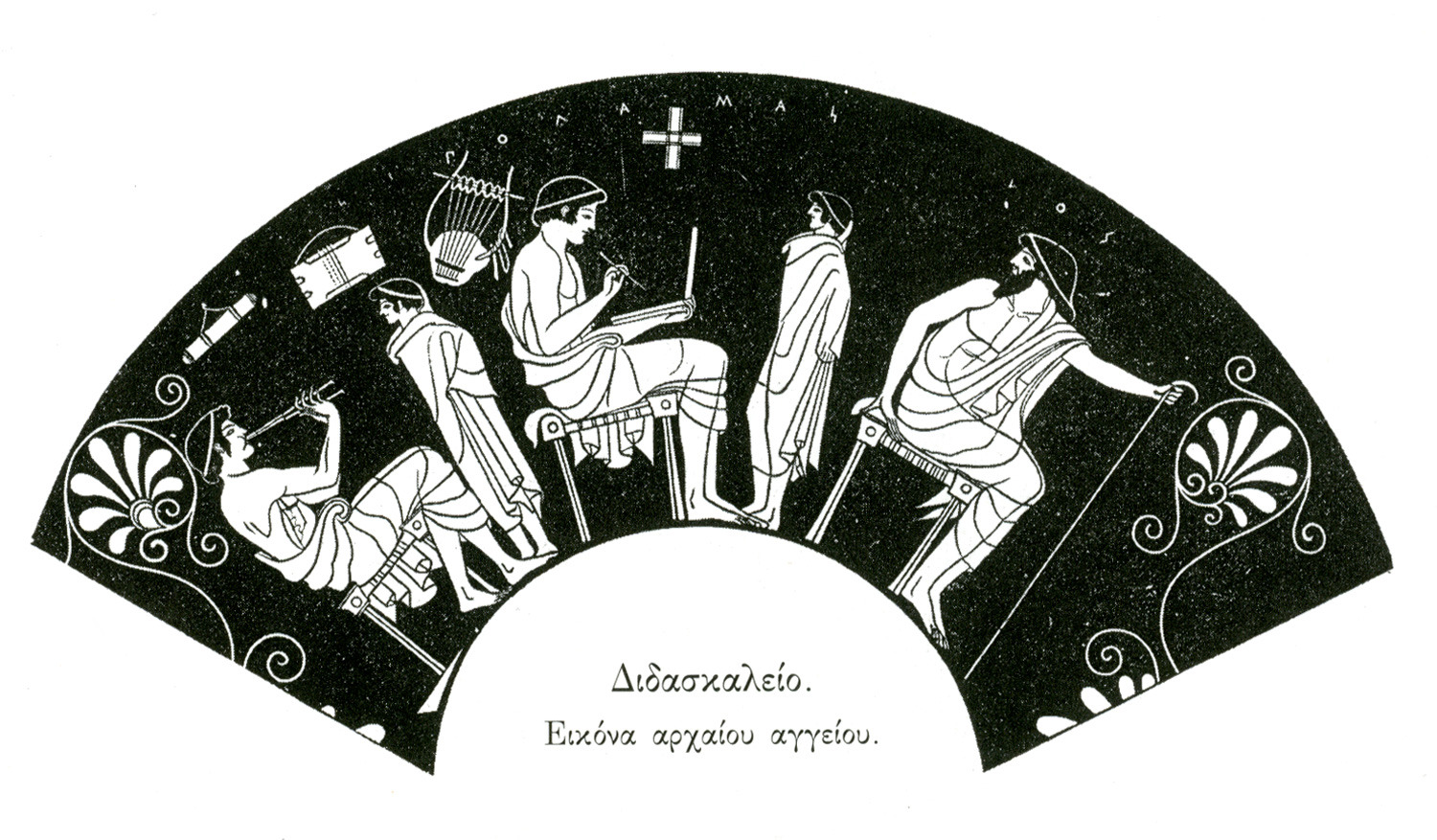
Scene from ancient vase showing teacher and pupil at school.
-
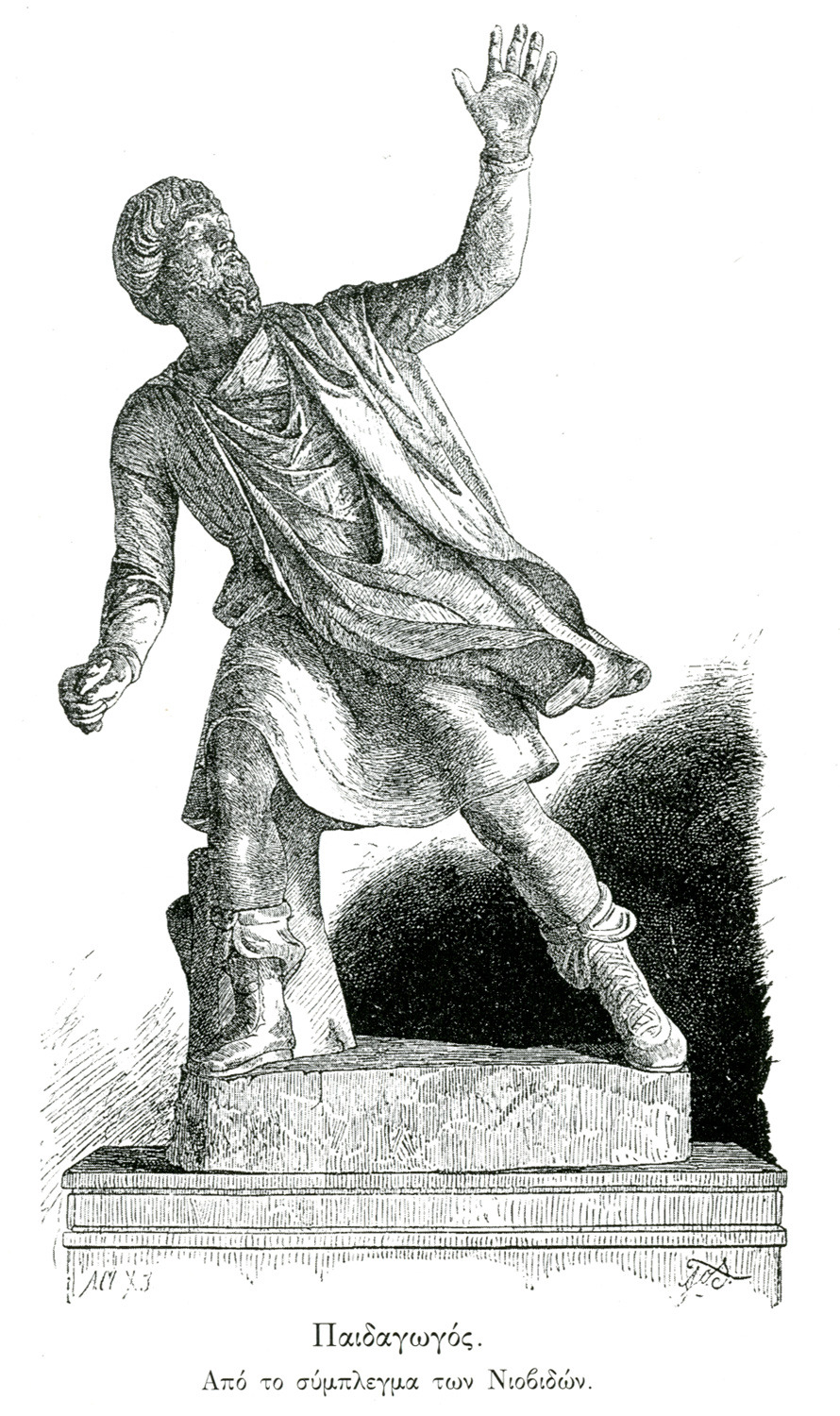
The tutor from the Niobids complex, Uffizi Gallery, Florence.
-
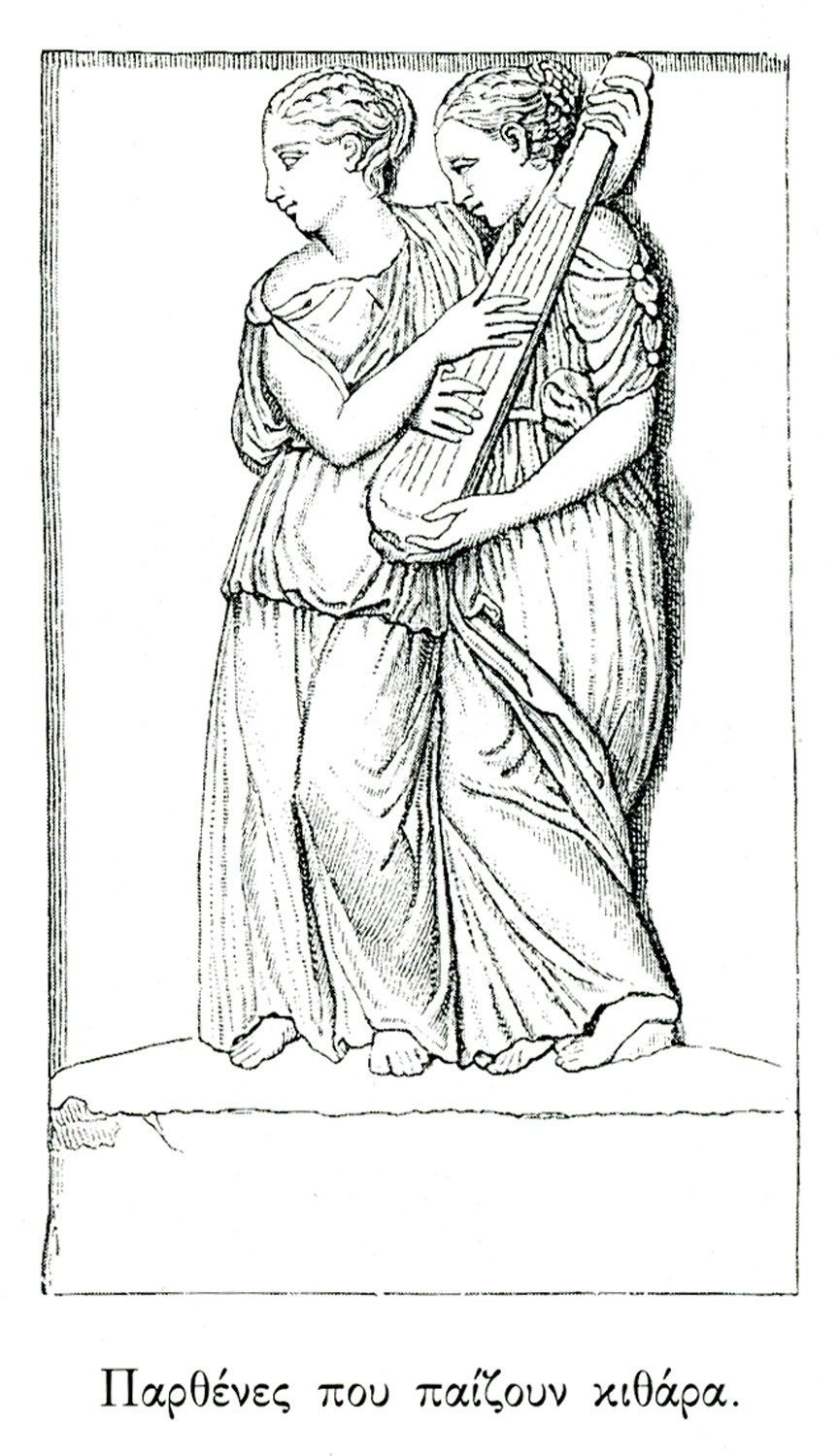
-
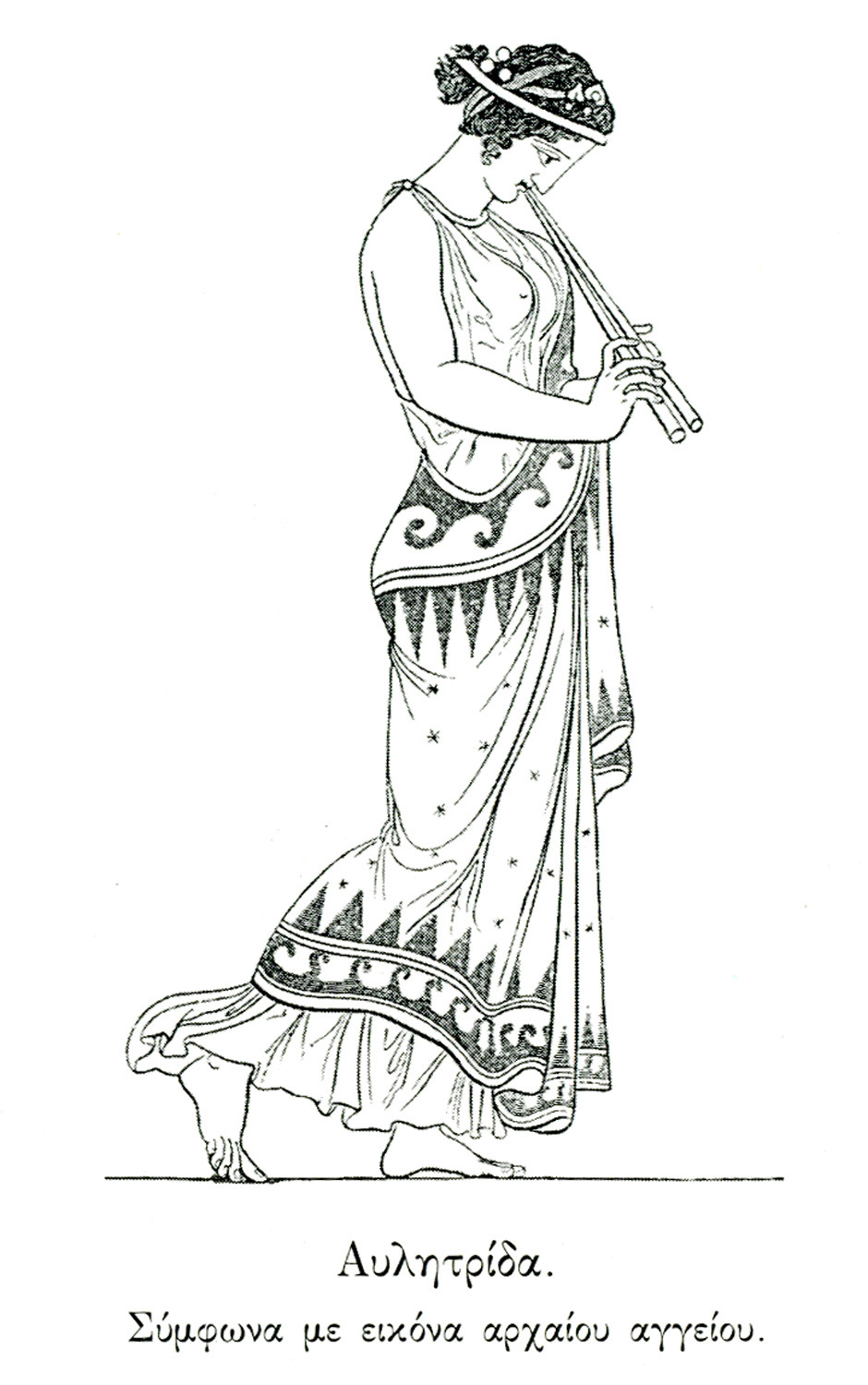
Drawing of woman playing the flute (possibly a courtesan), from ancient vase.
-
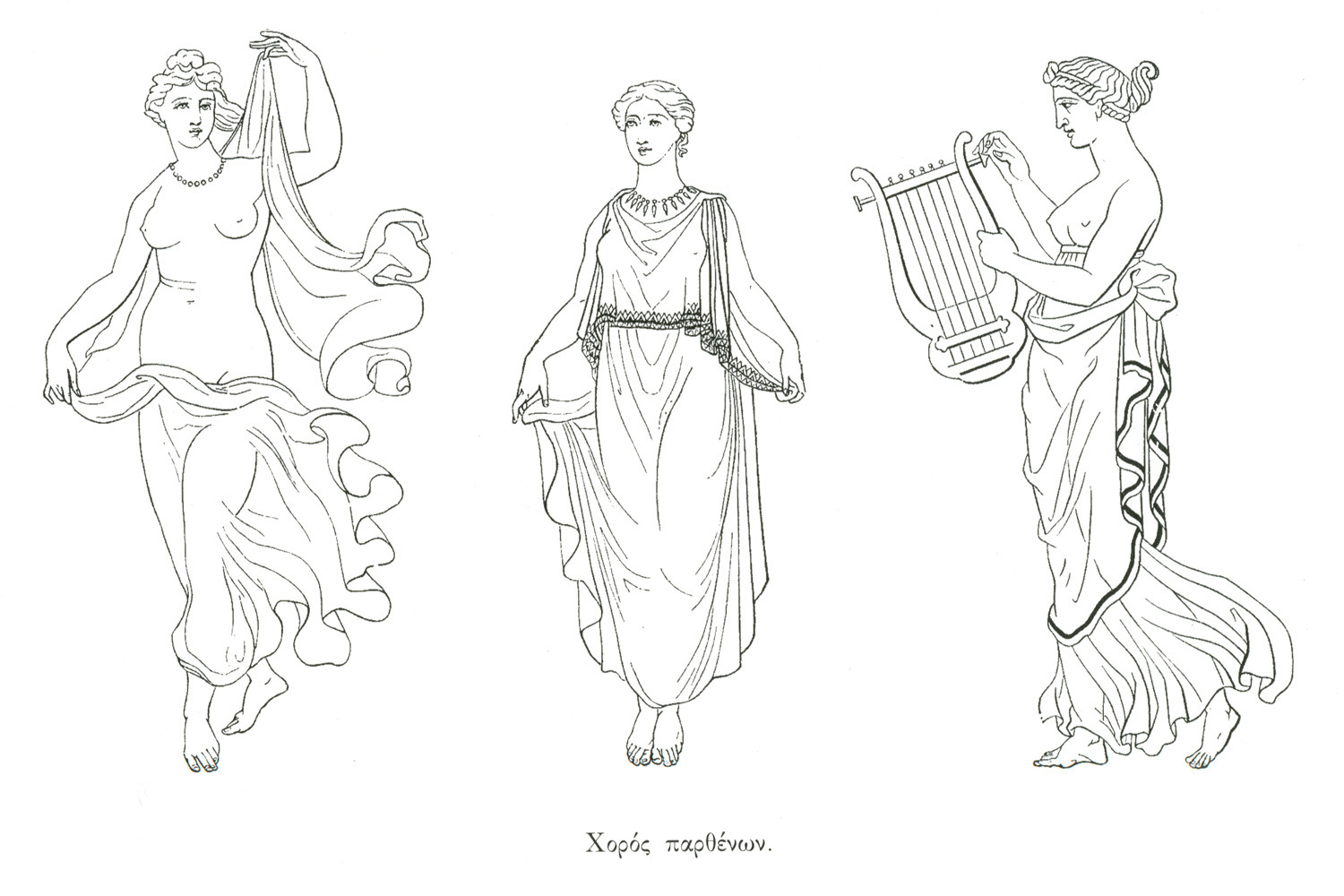
Young women dancing and playing music (imaginary representation).
-
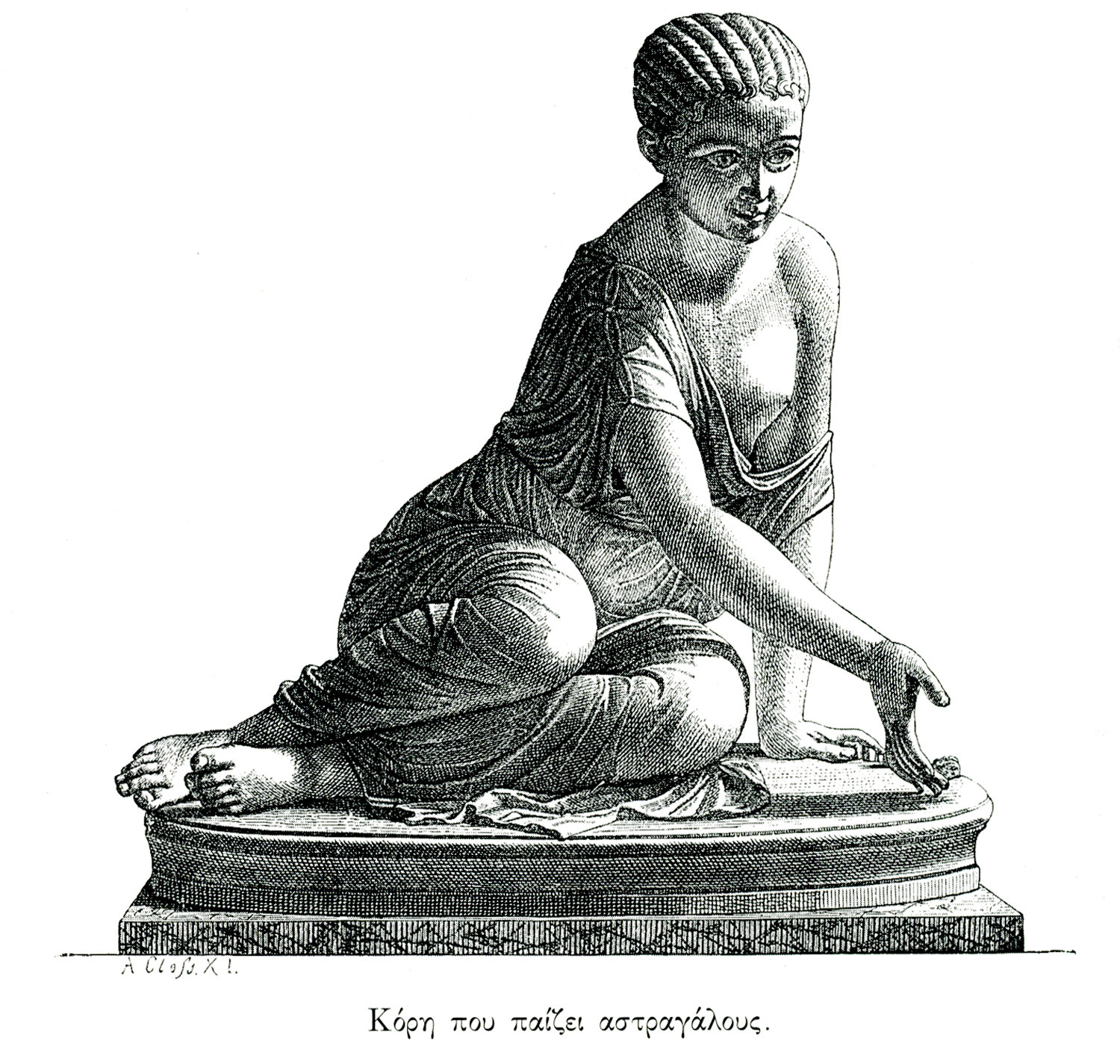
Roman statue of girl playing astragaloi (knucklebones), kept at Altes Museum, Berlin.
-
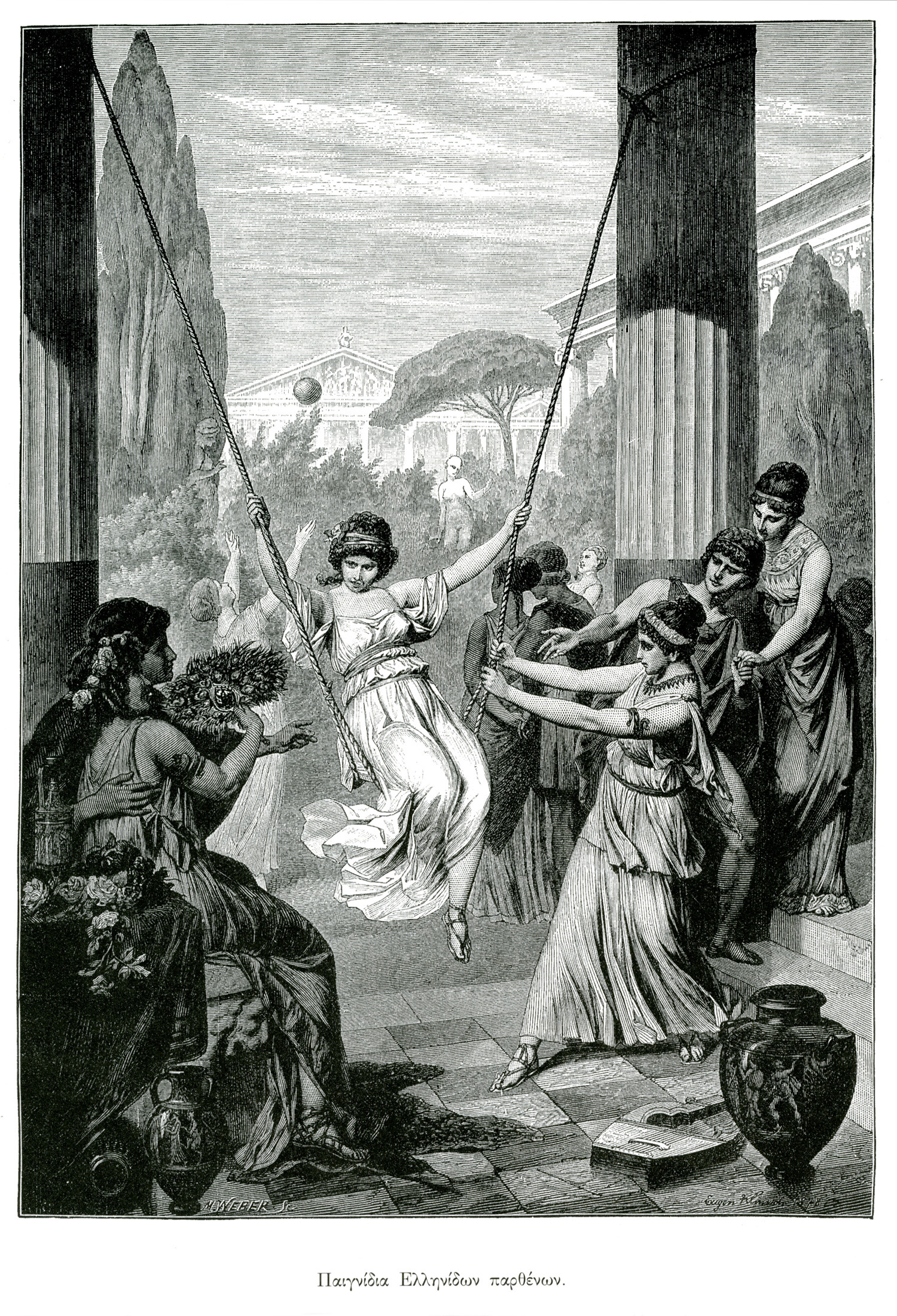
Young women playing on the swing (imaginary representation).
-
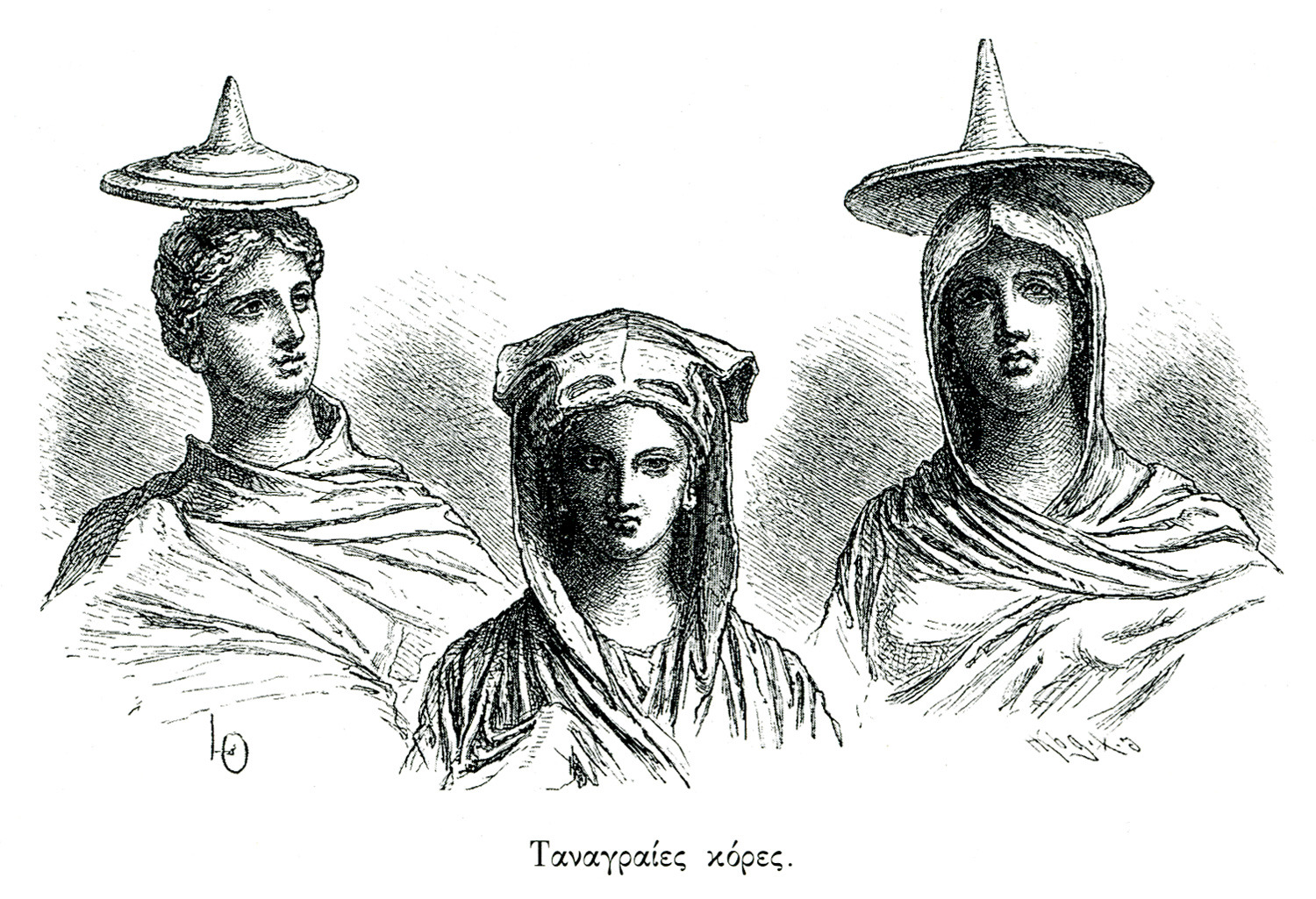
-
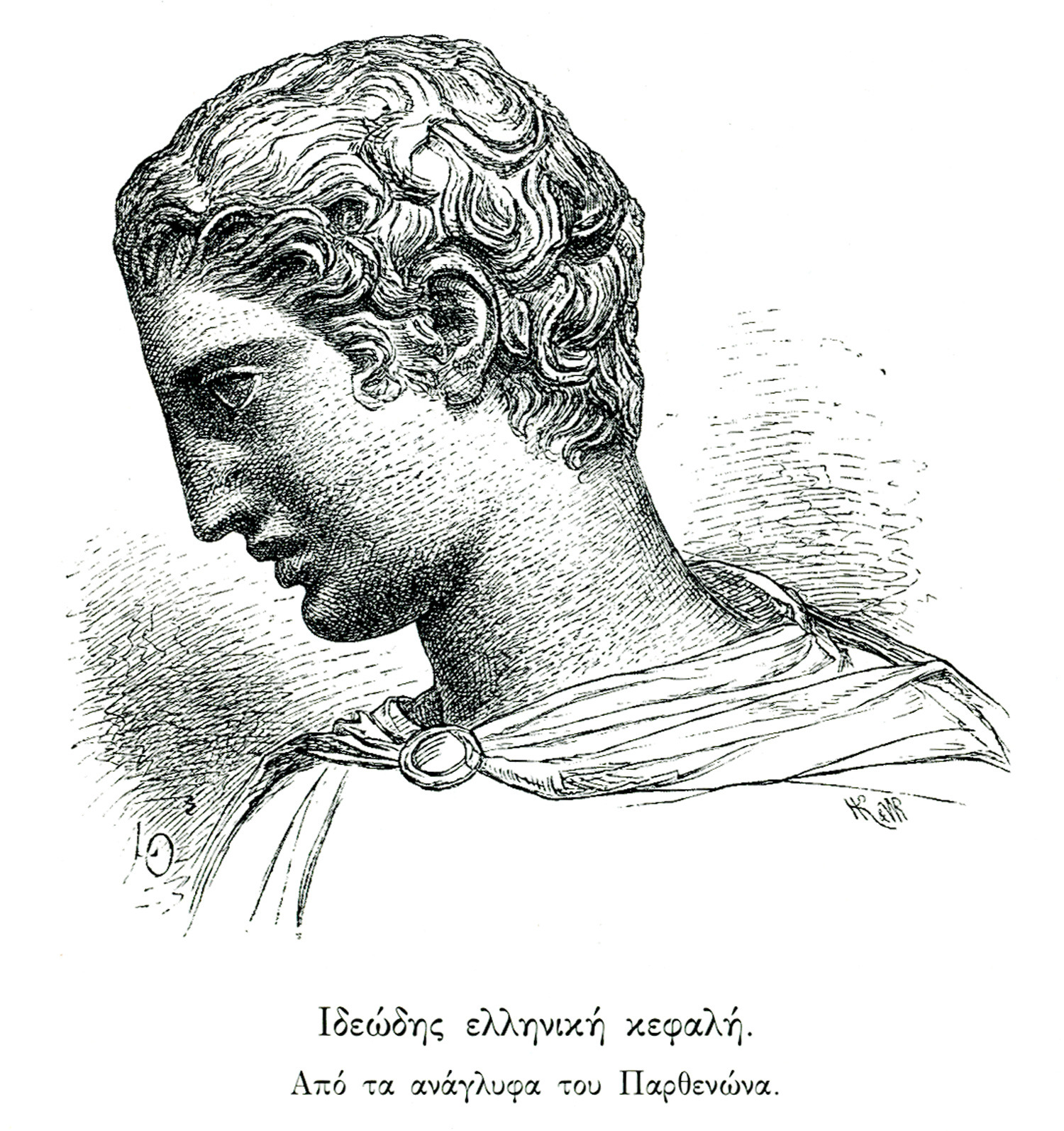
-
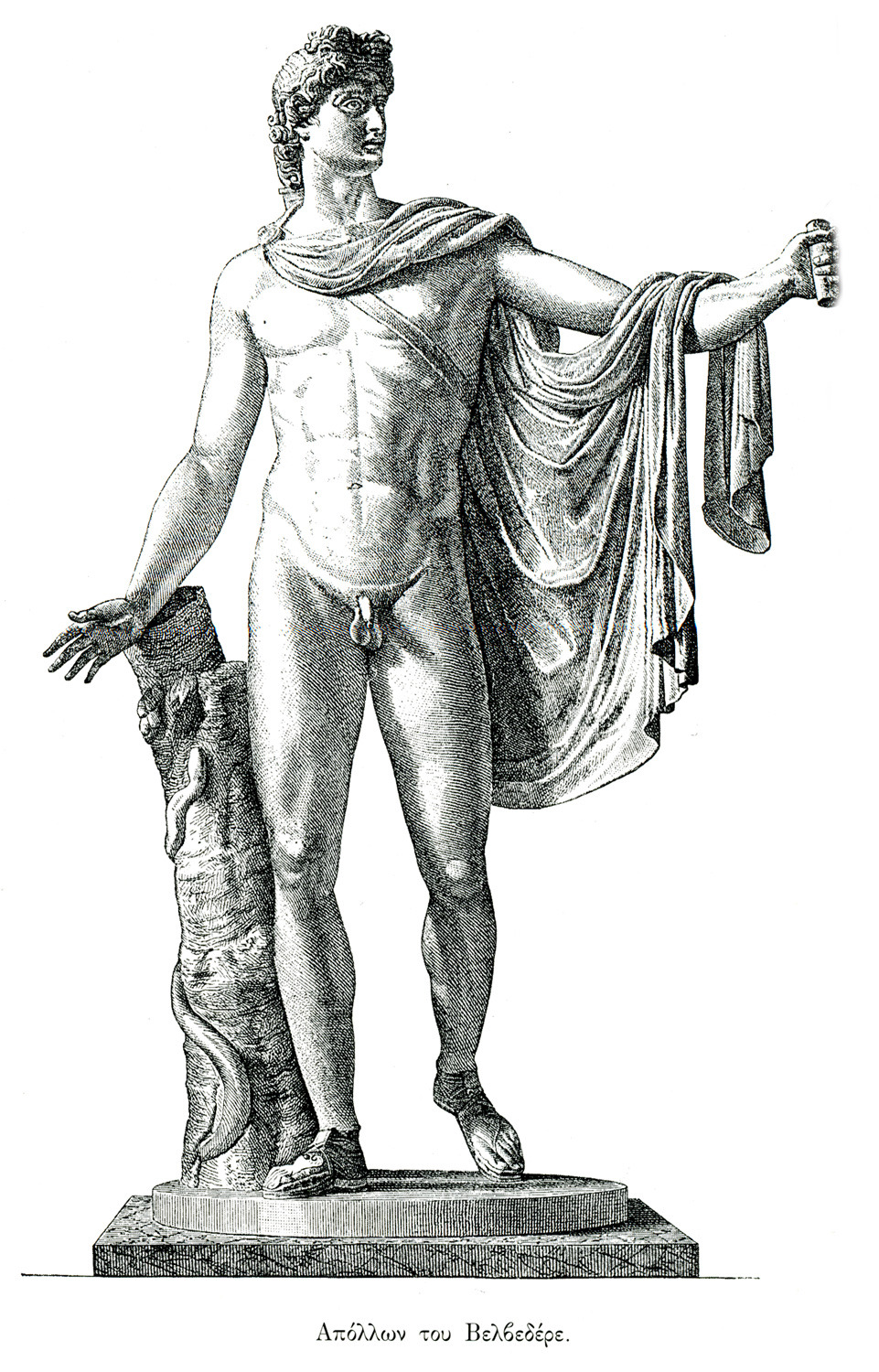
-
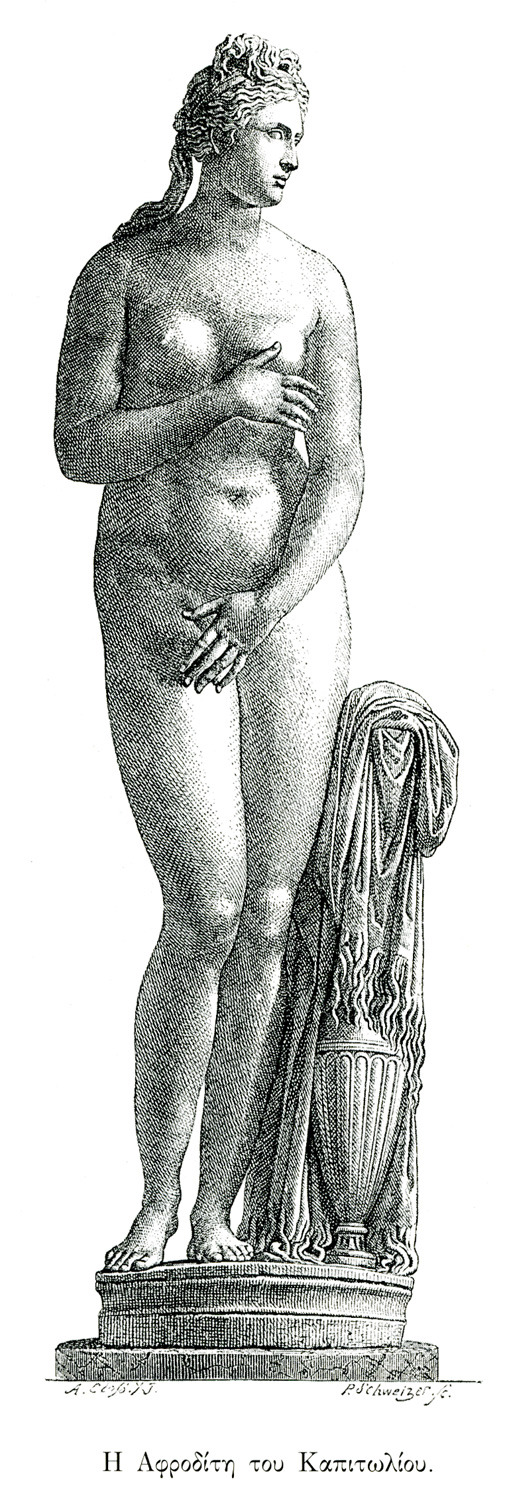
Statue of the Capitoline Venus type, from the Capitoline Museums.
-
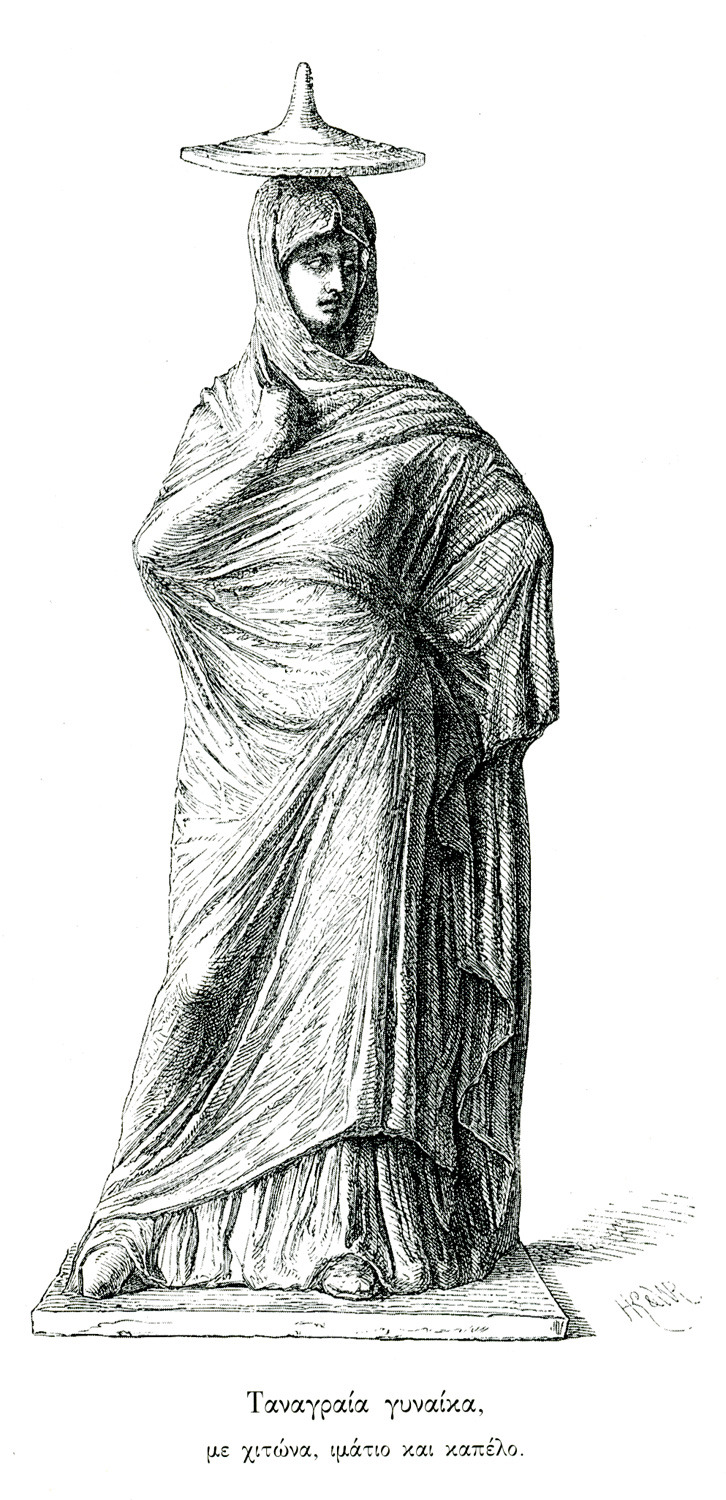
-
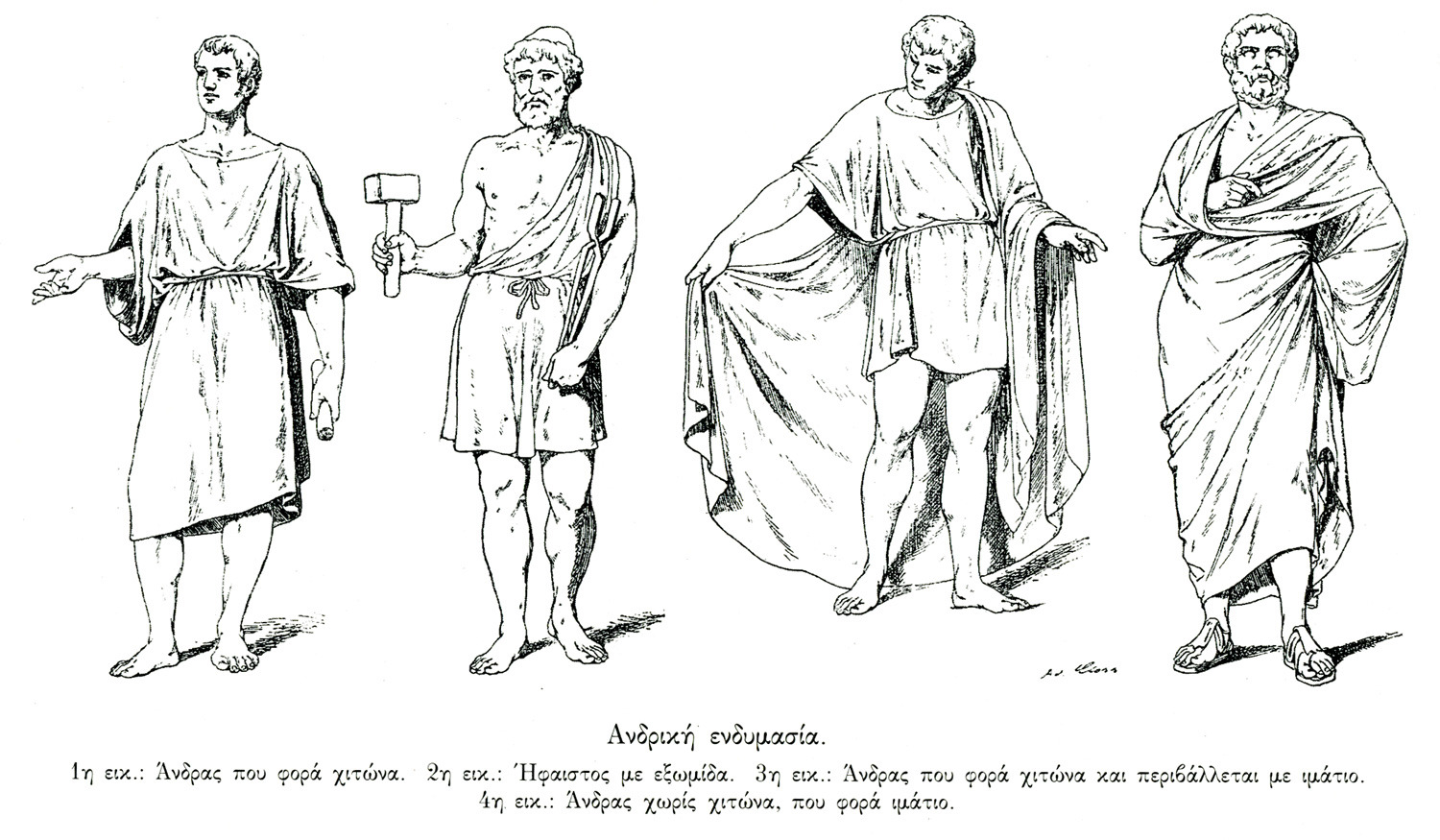
-
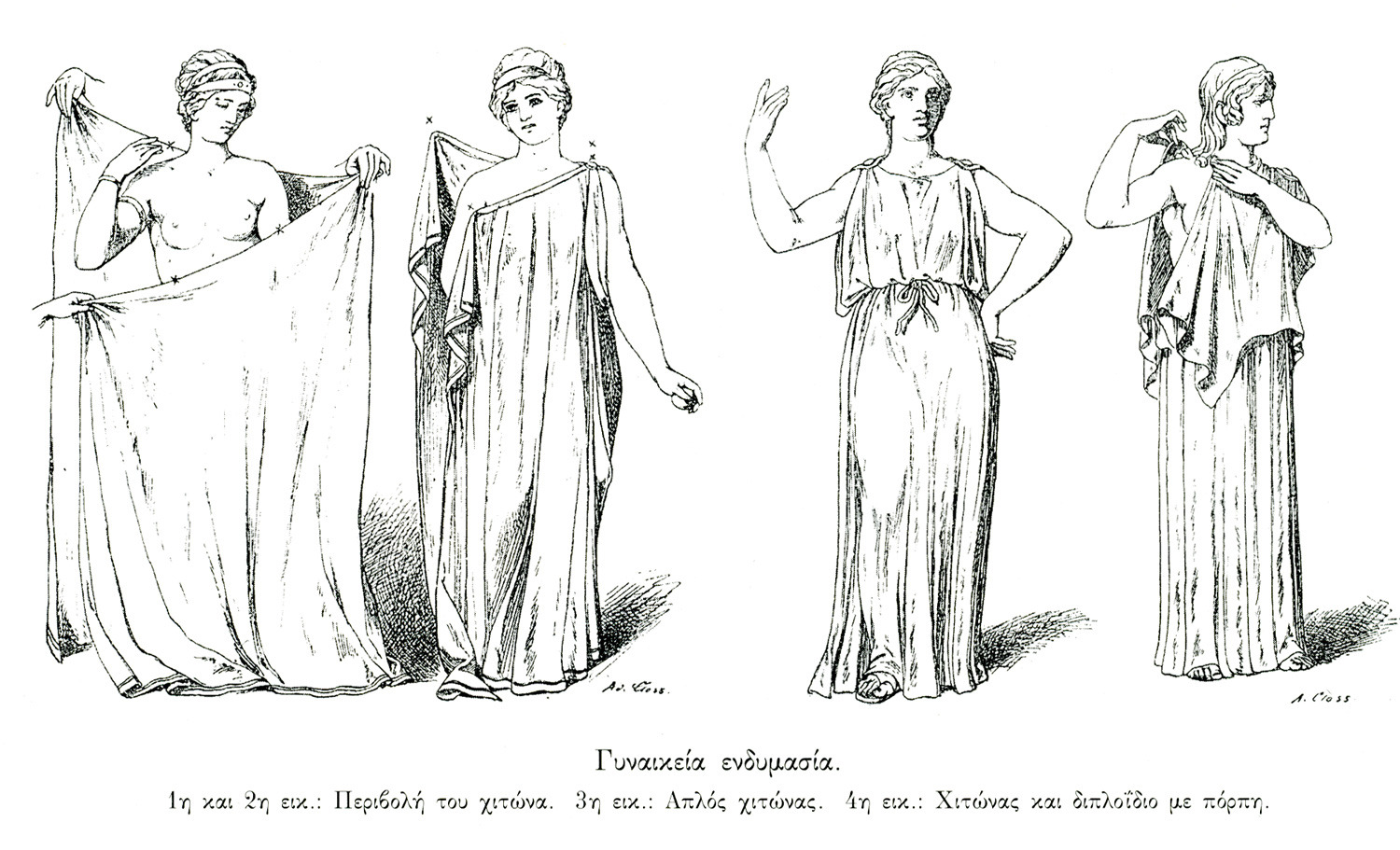
Examples of female costume in antiquity, based on extant representations.
-
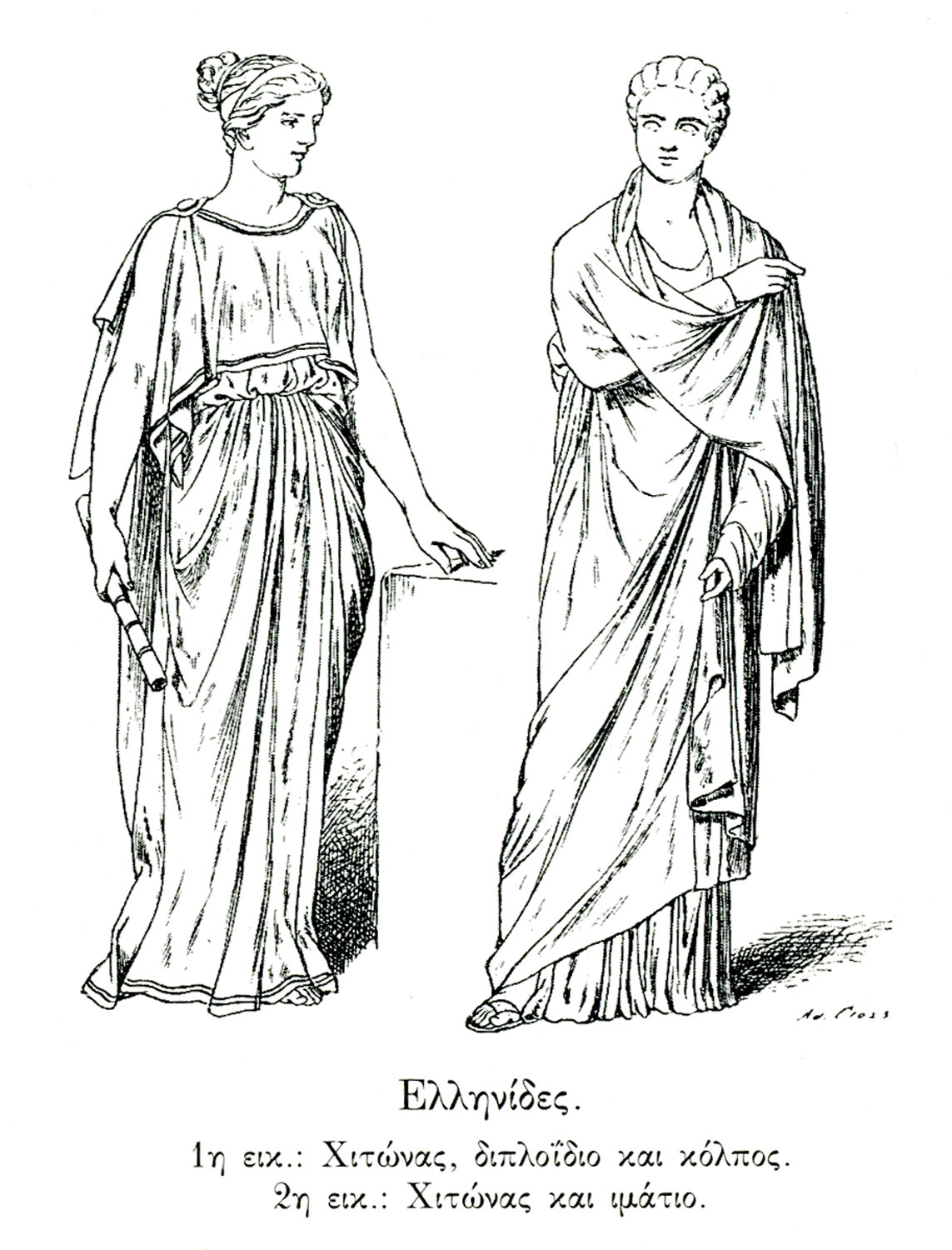
Examples of female costume in antiquity, based on extant representations.
-
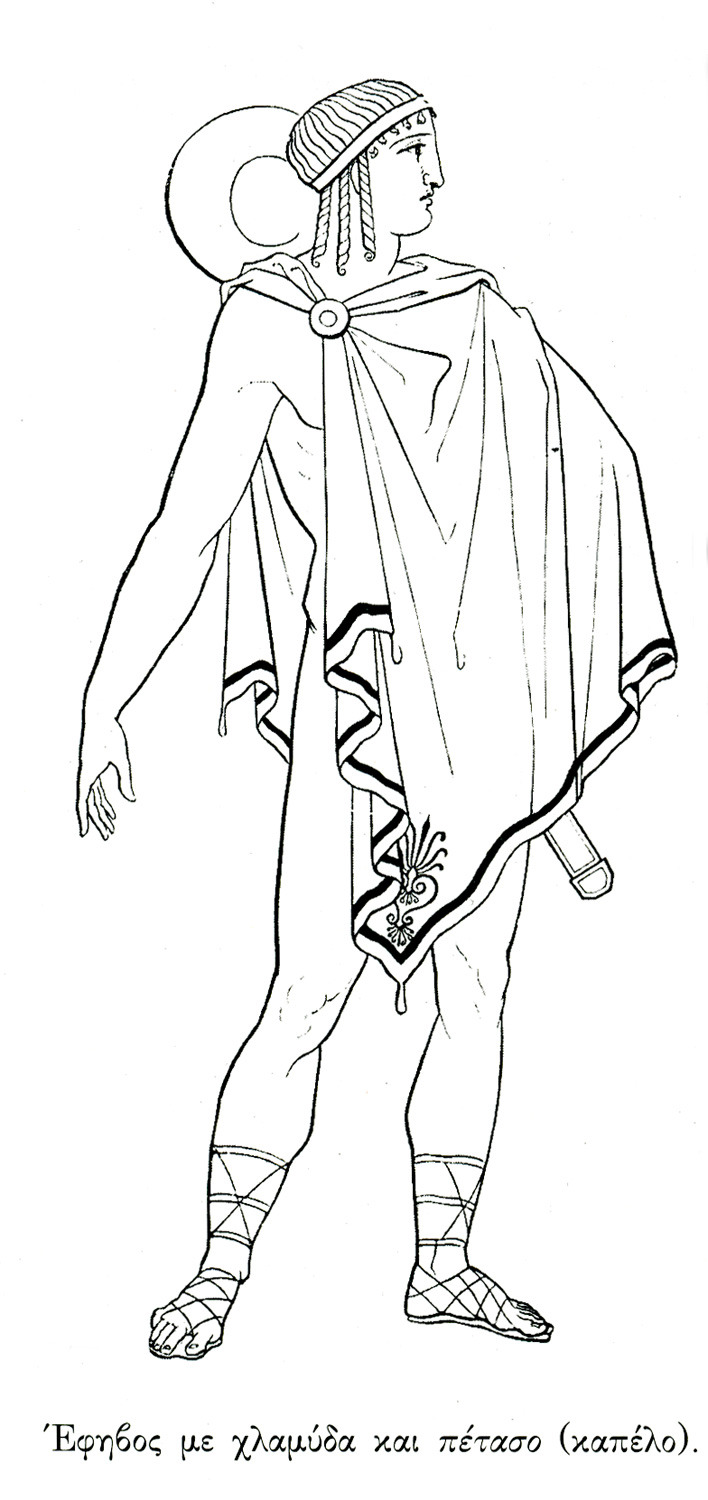
-
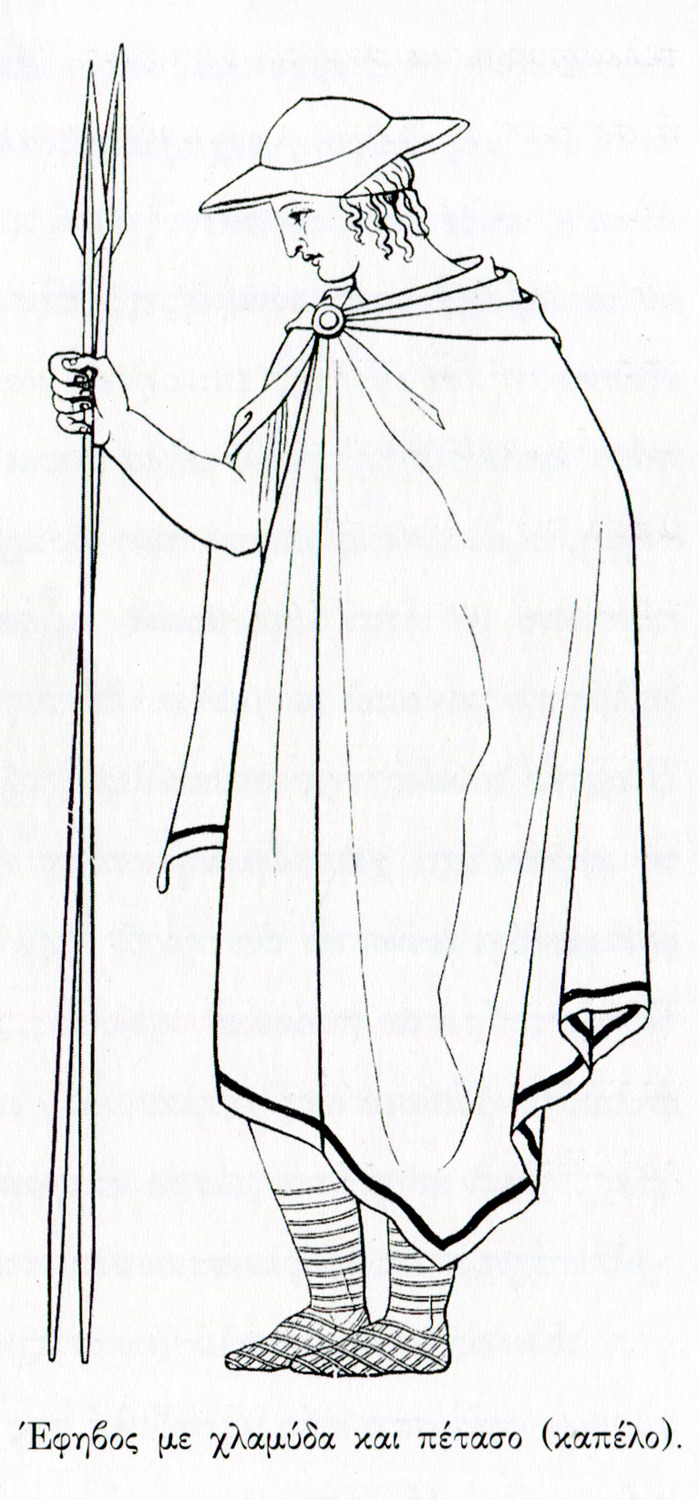
-
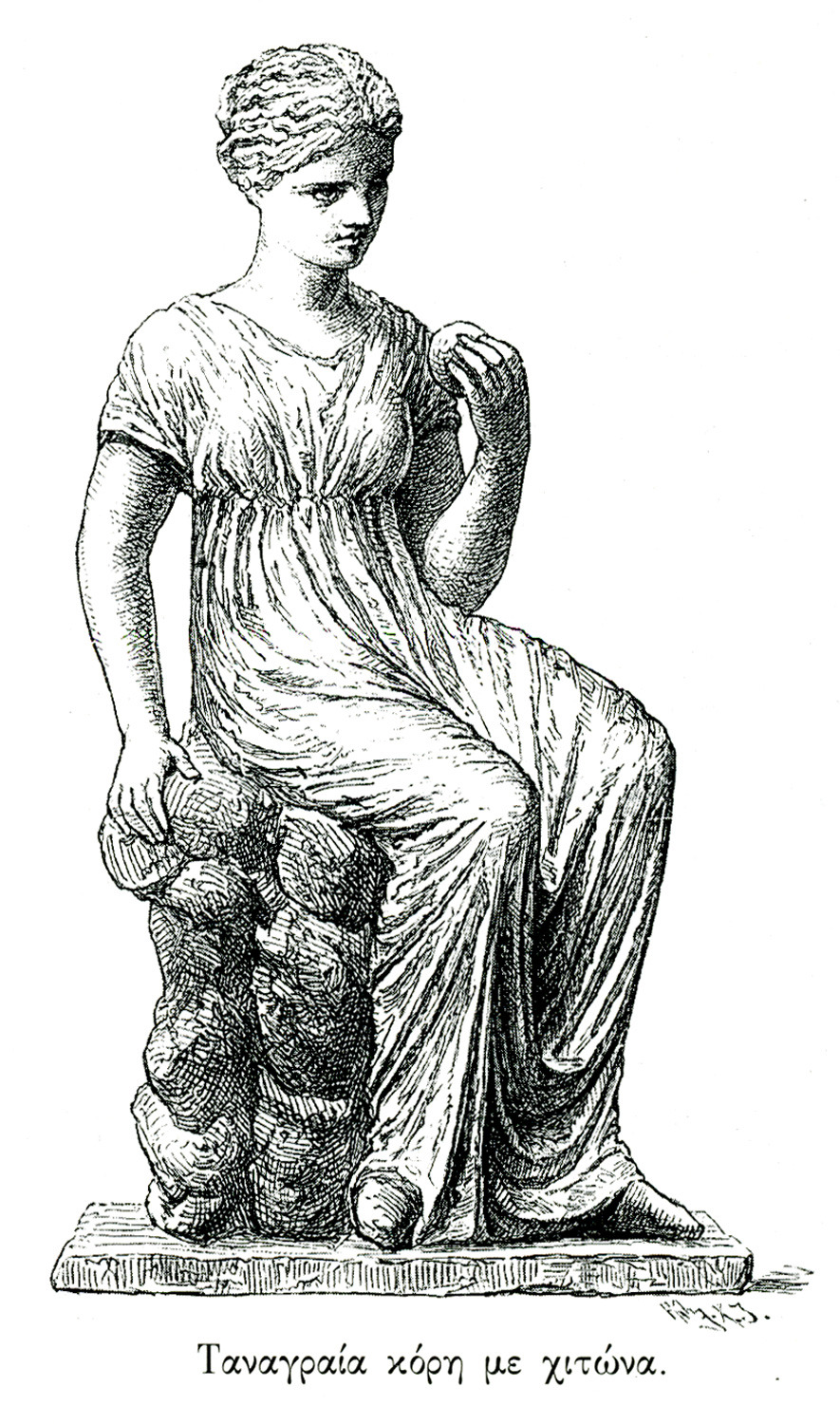
-
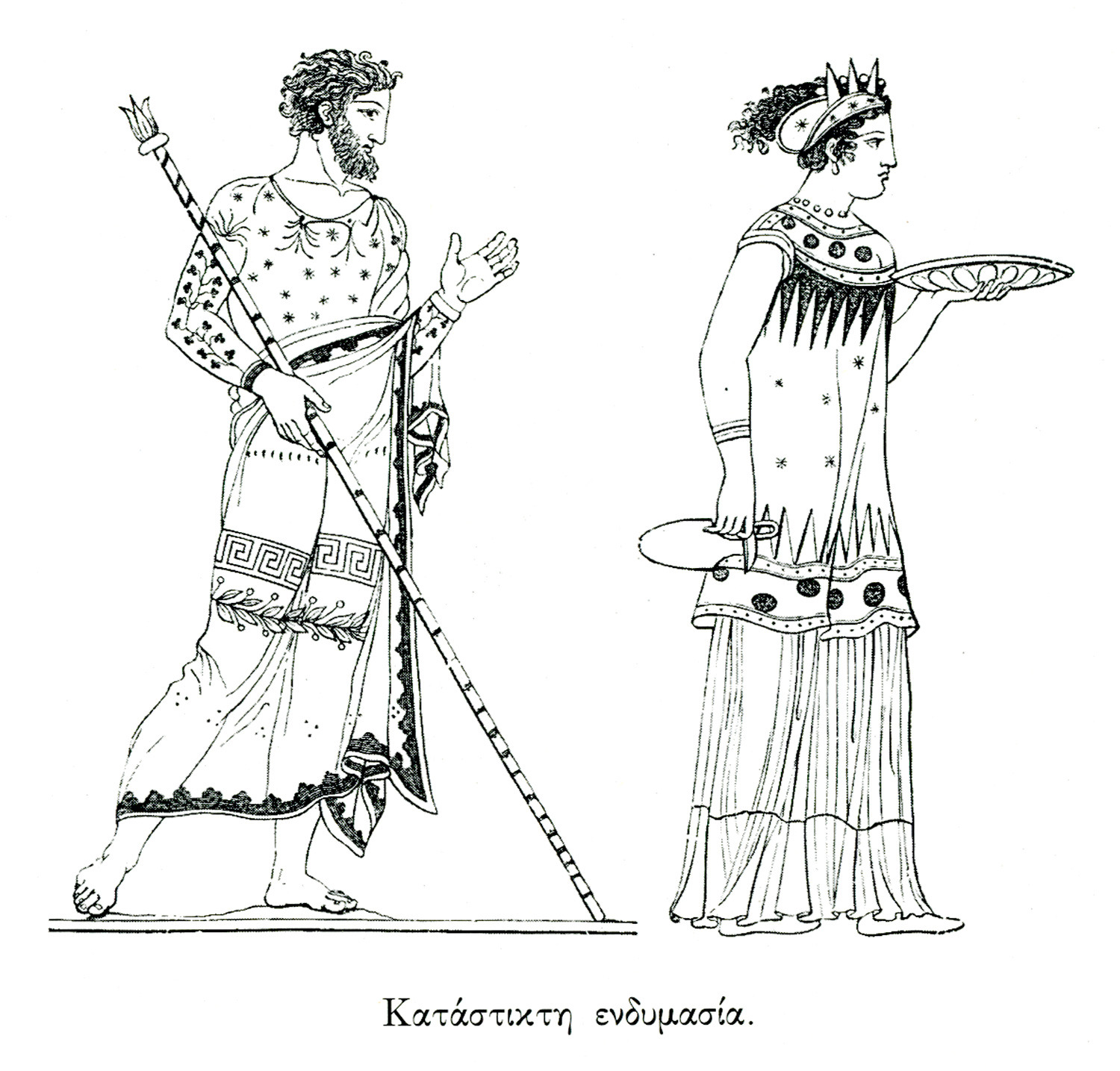
-
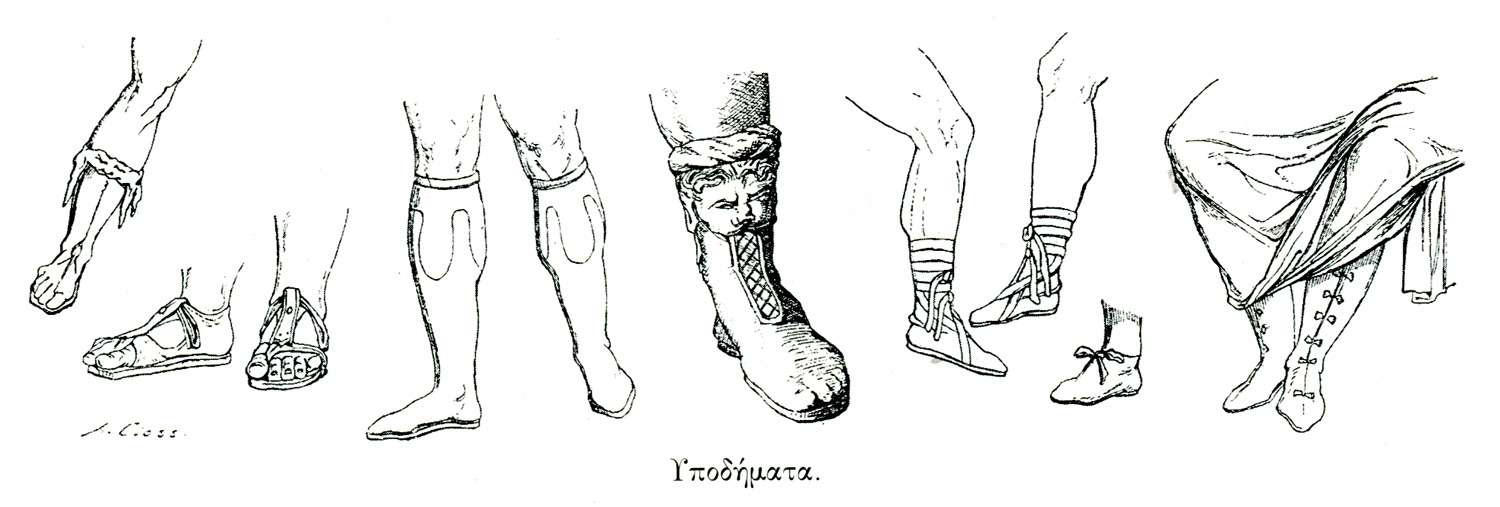
-
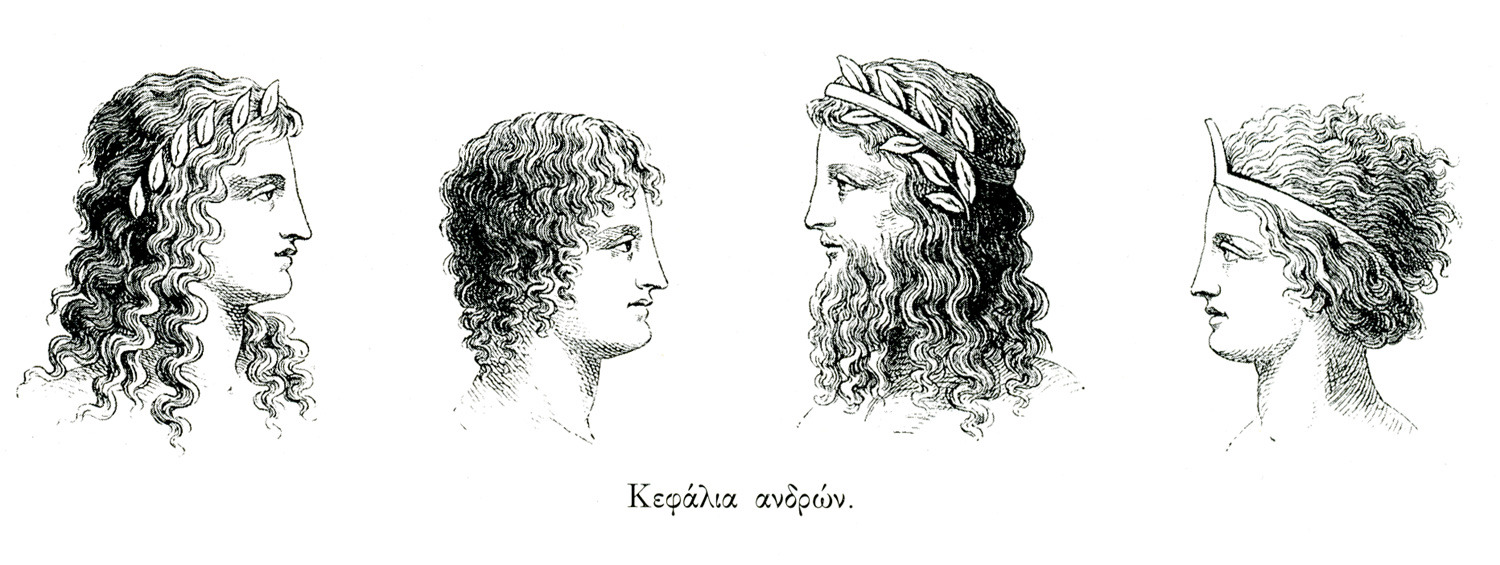
-
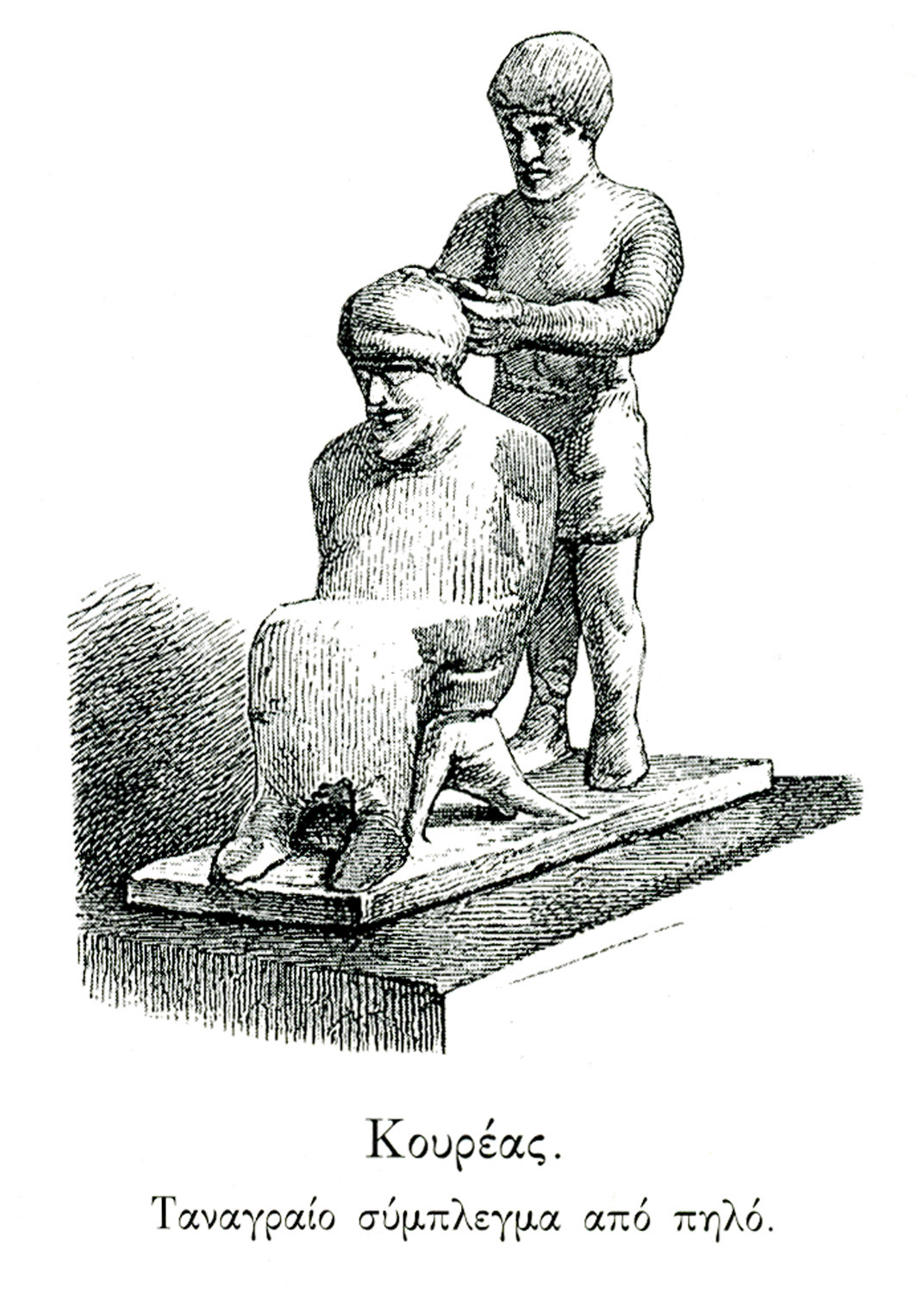
-
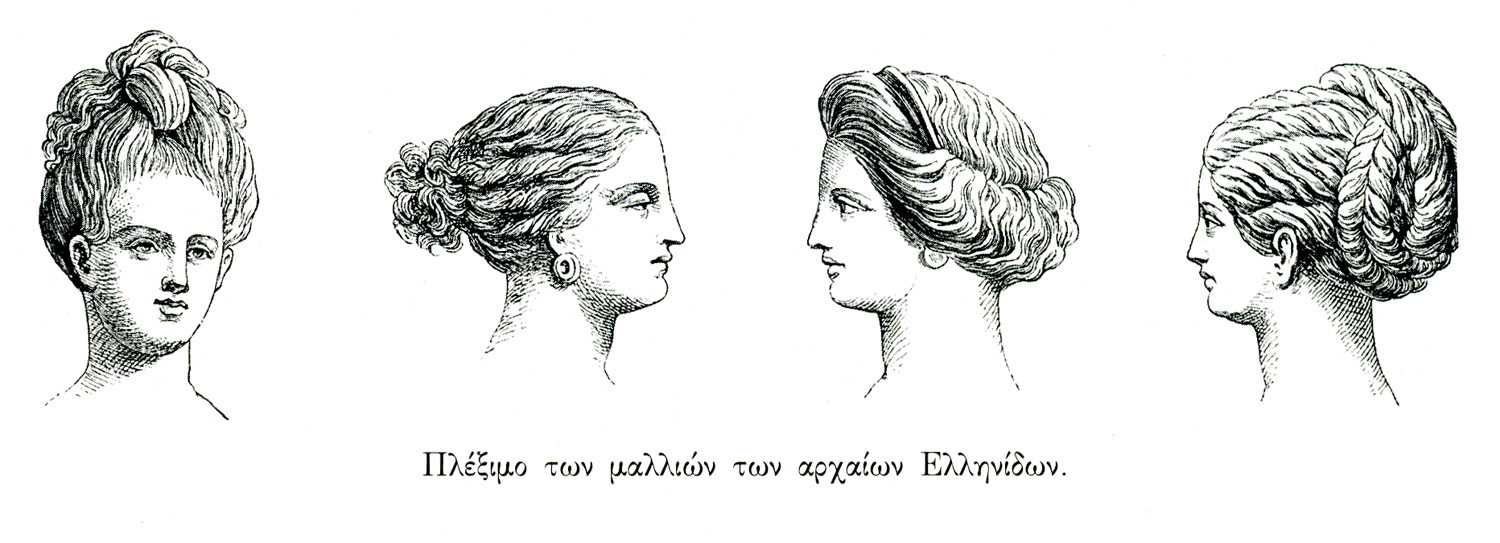
-
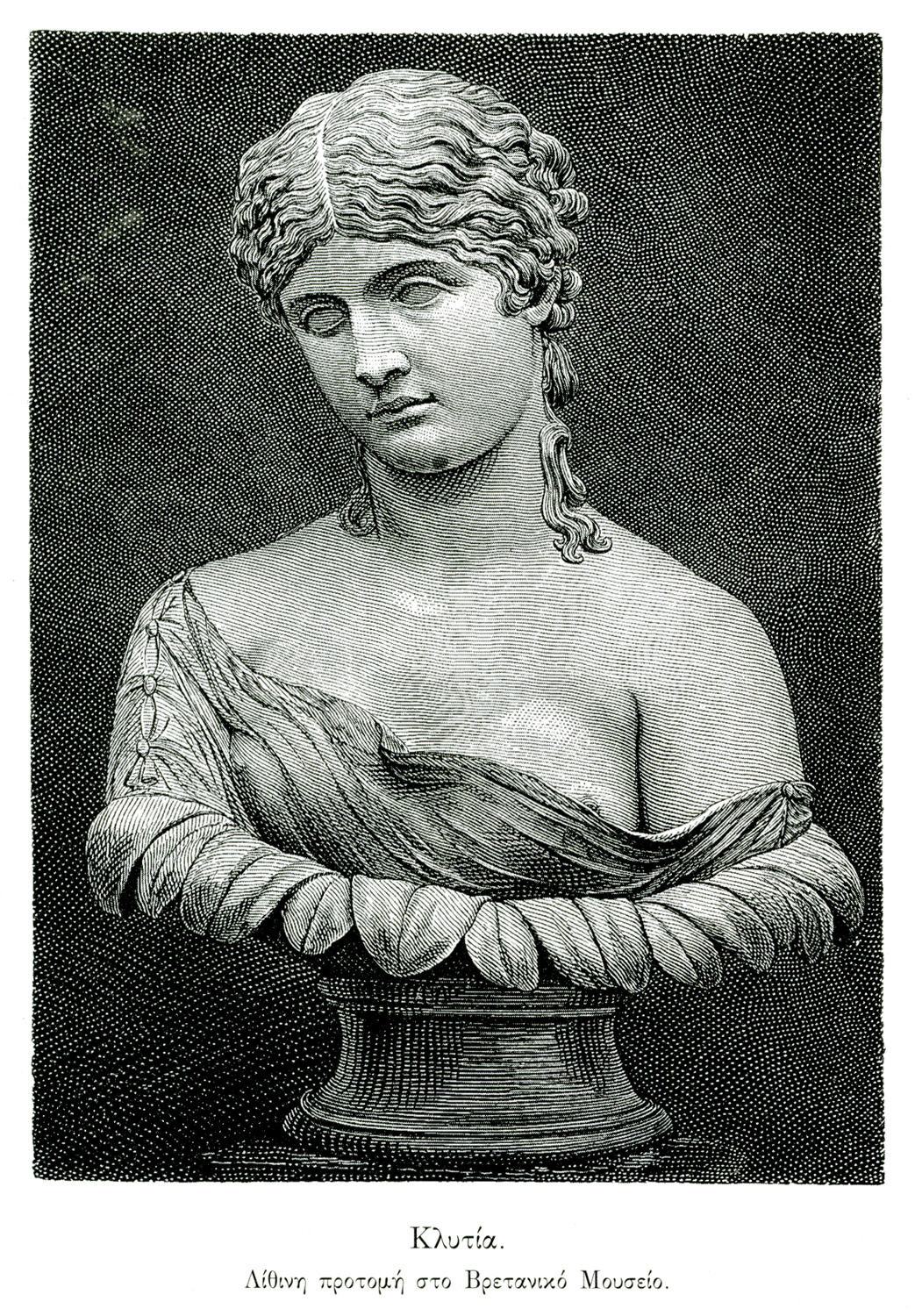
-
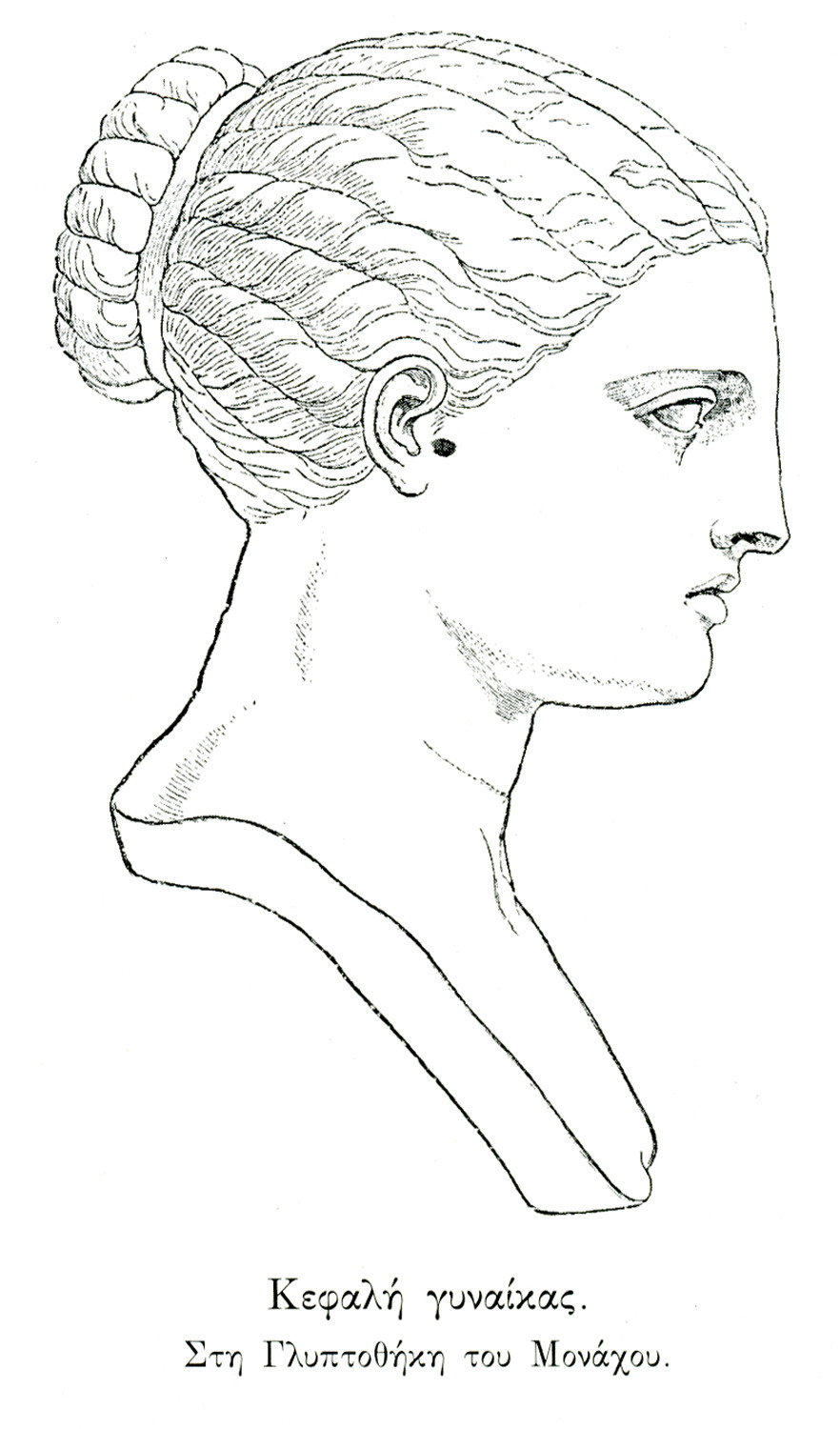
-
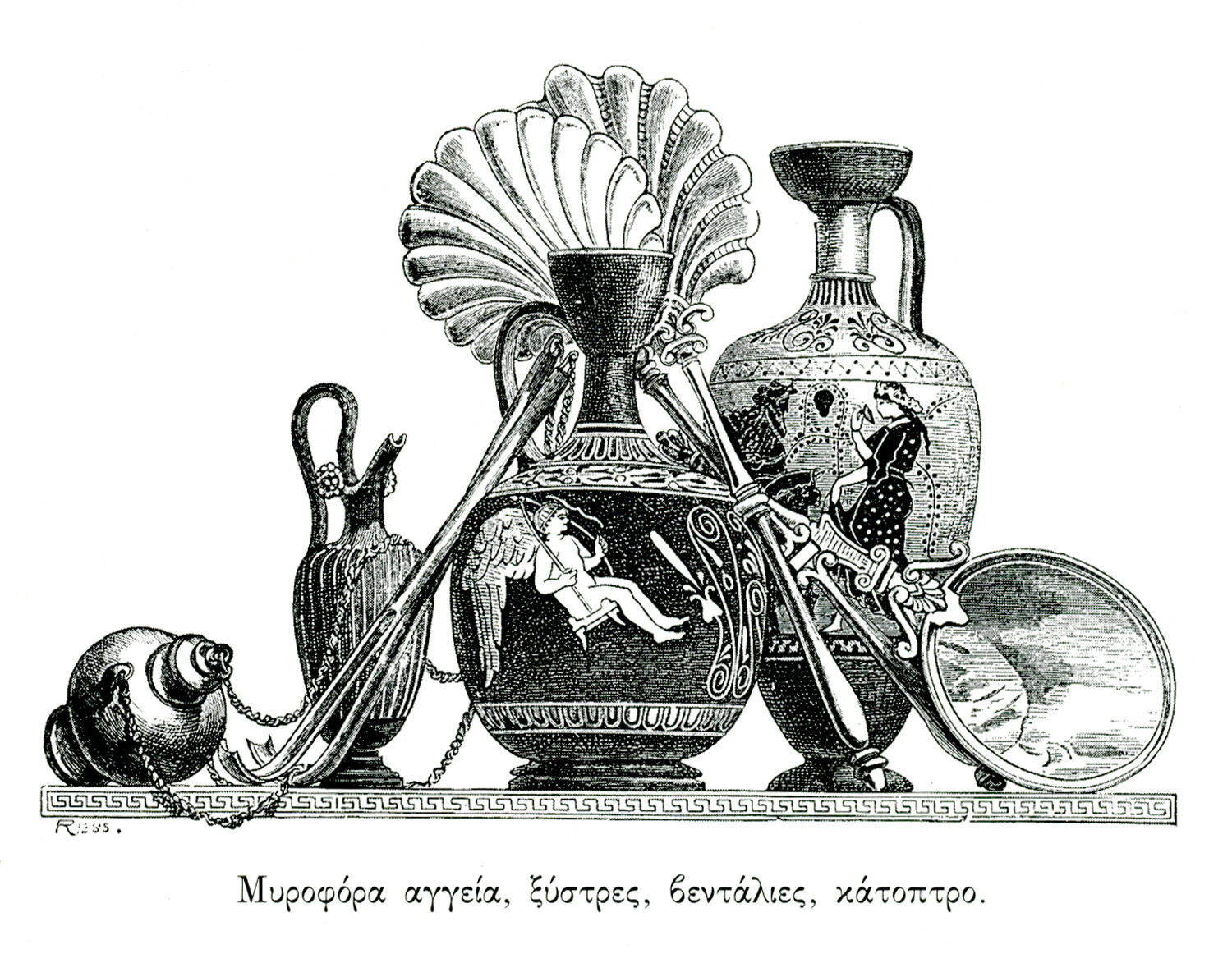
Self-care implements: Perfume vases, brush, fans and mirror.
-
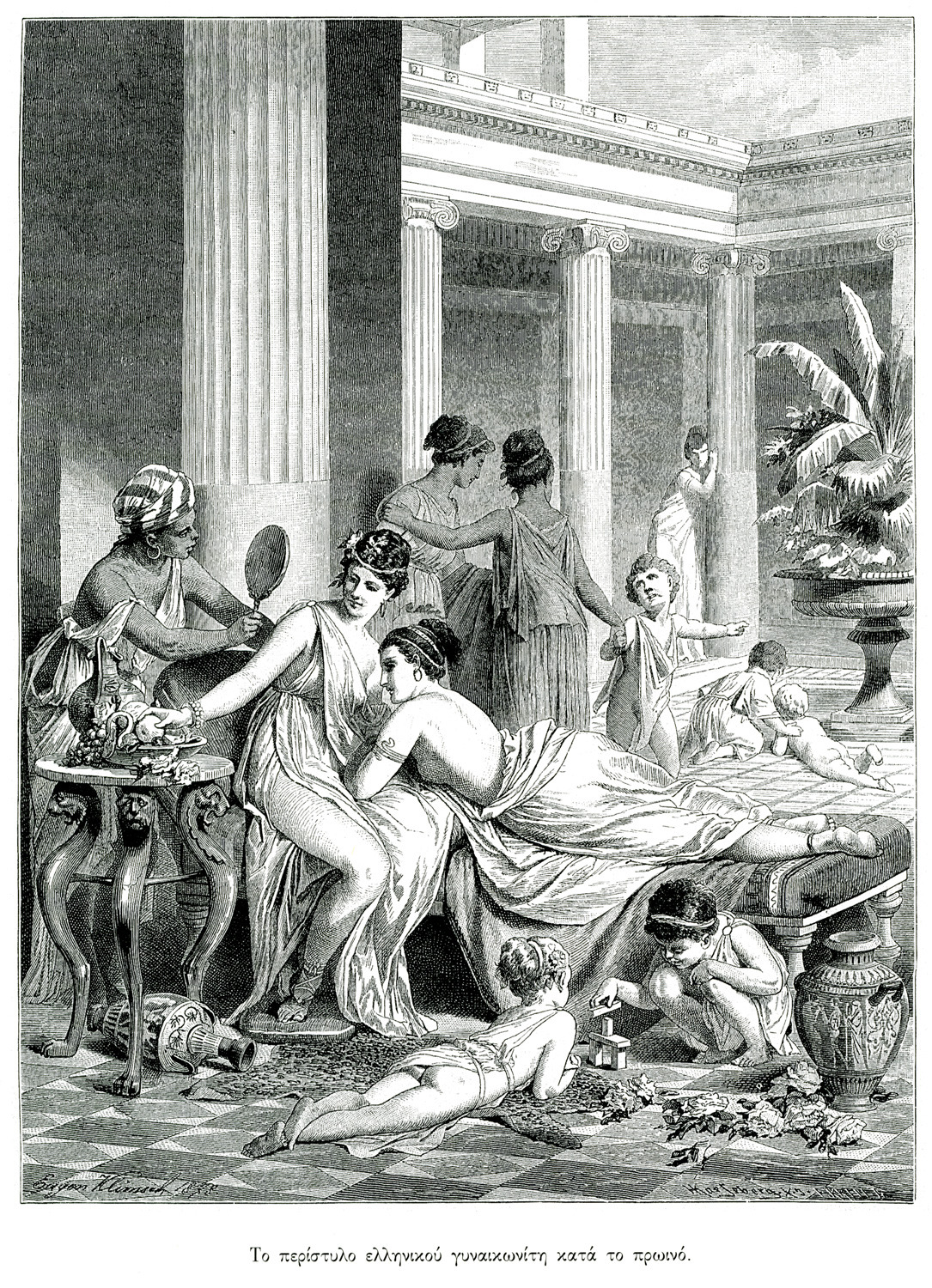
-
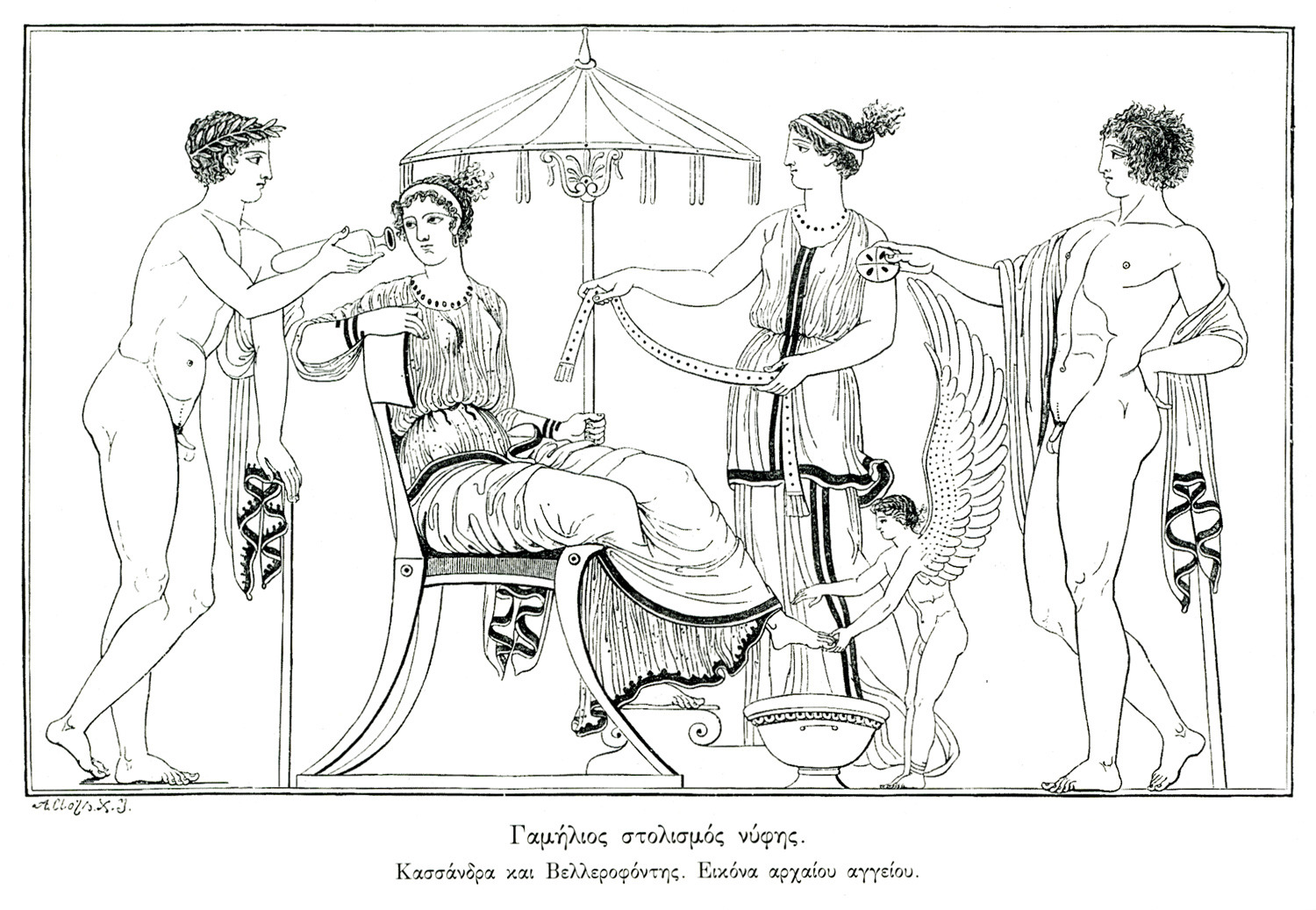
Wedding preparations of Cassandra and Bellerophontes, from ancient vase.
-

-
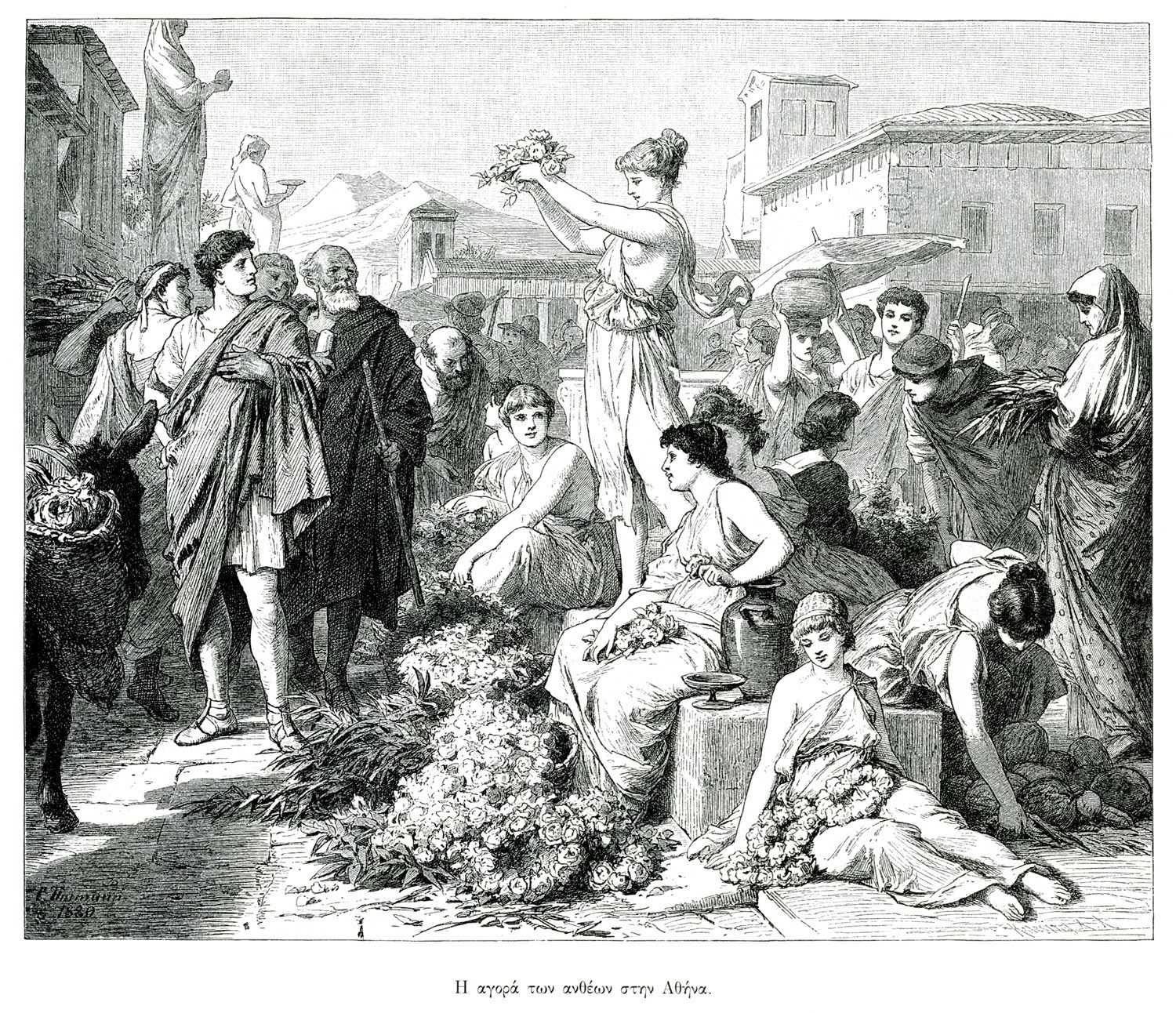
The flower market of ancient Athens (imaginary representation).
-
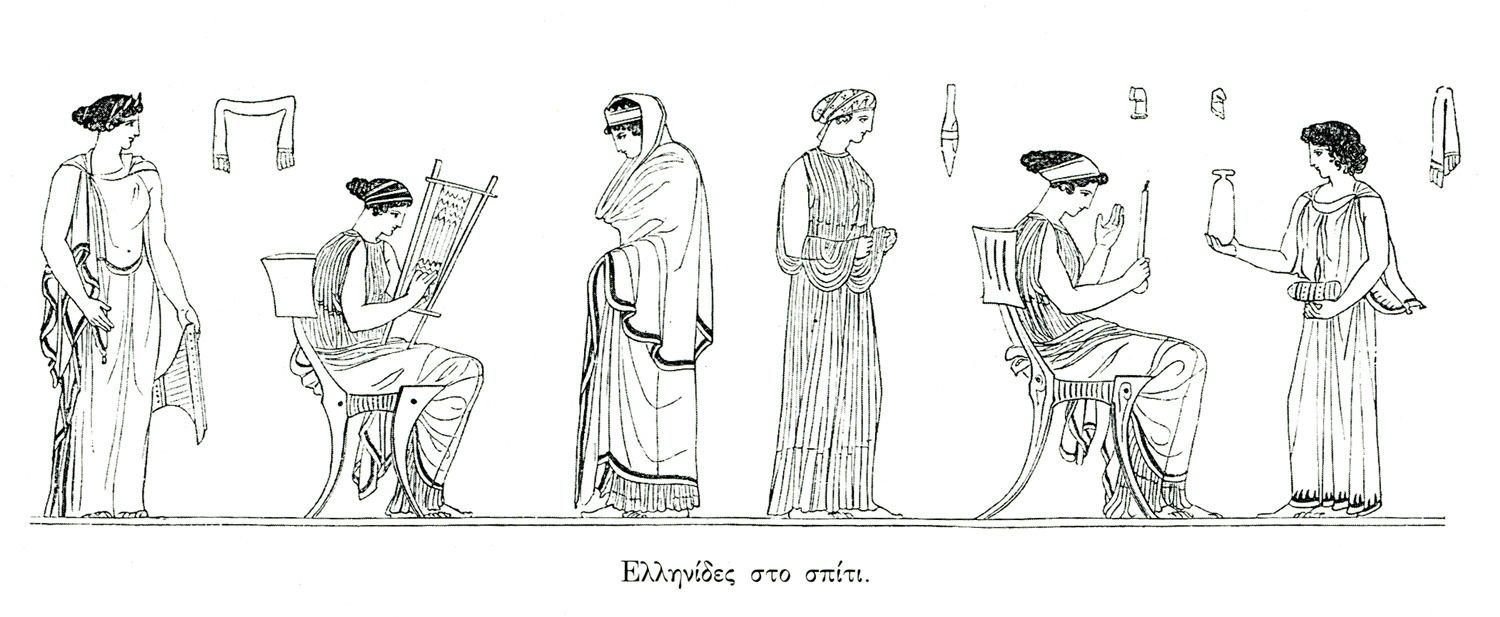
Greek women doing household tasks, from ancient Greek vases.
-
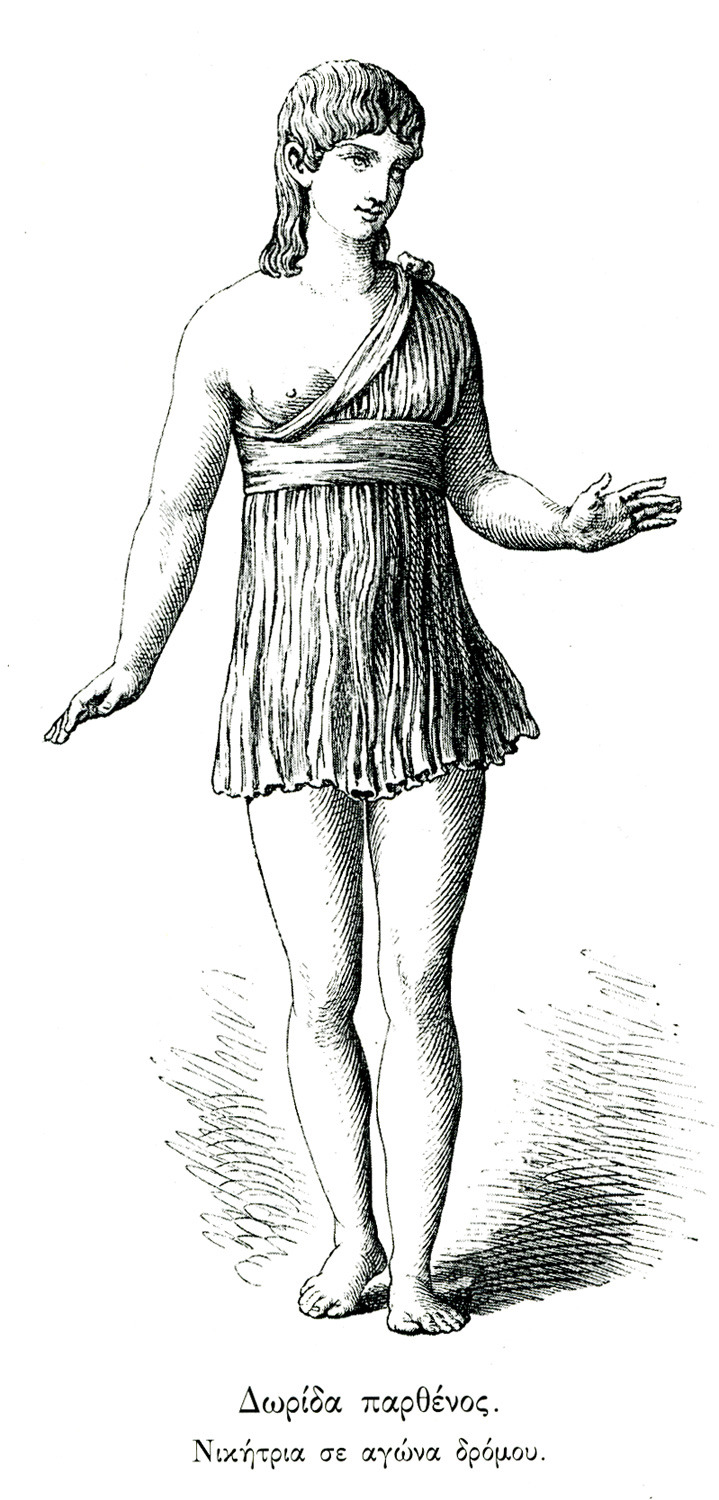
-
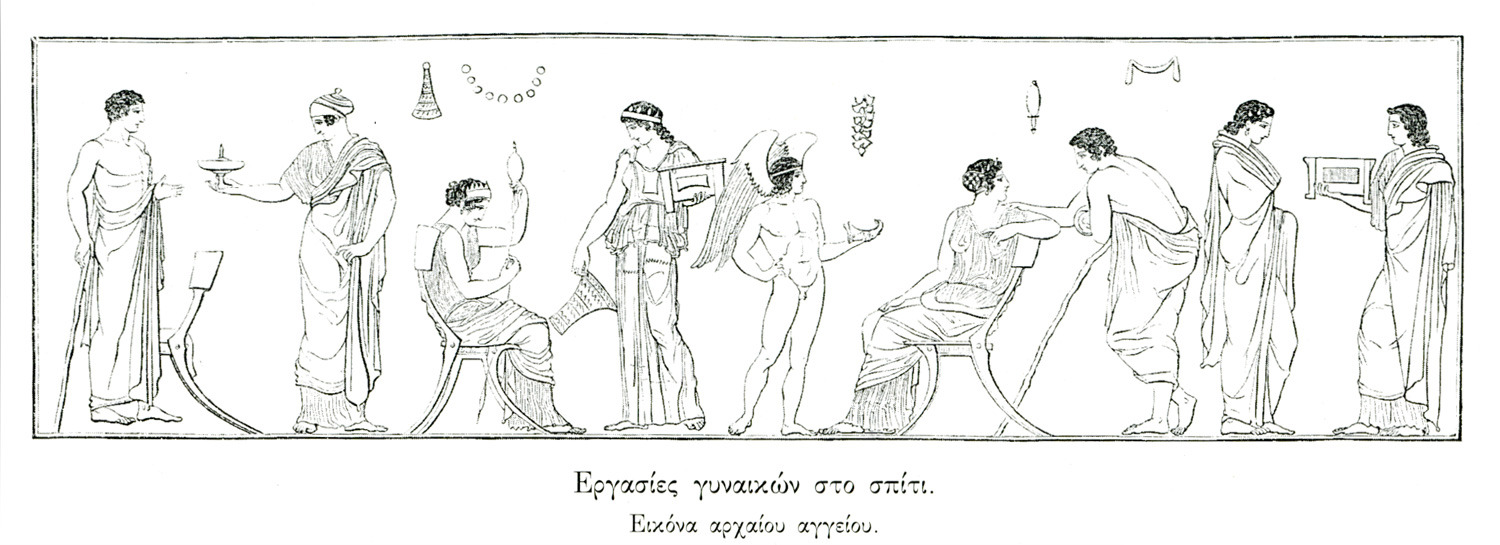
-
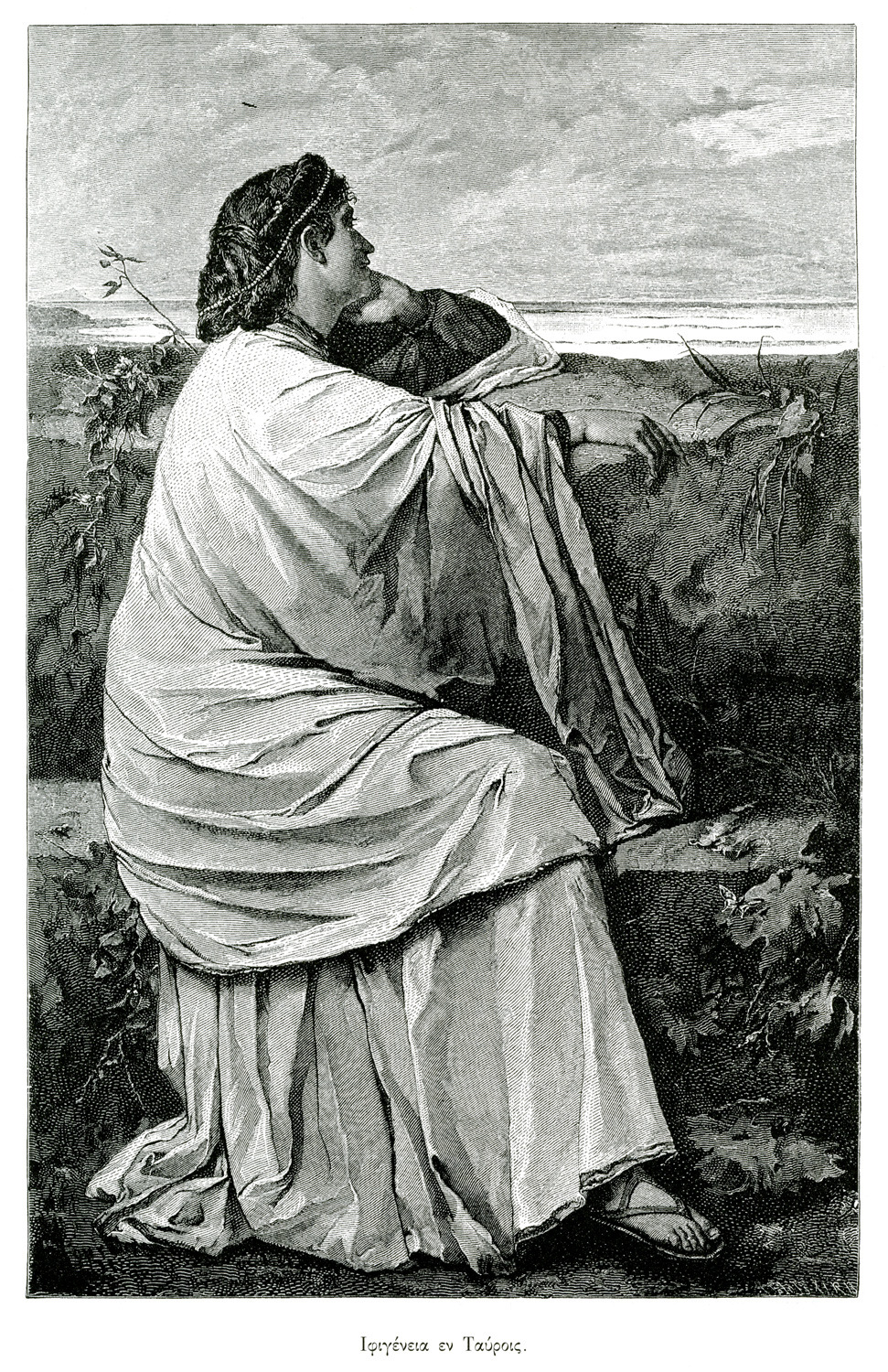
Iphigenia in Tauris, based on the painting by Anselm Feuerbach.
-
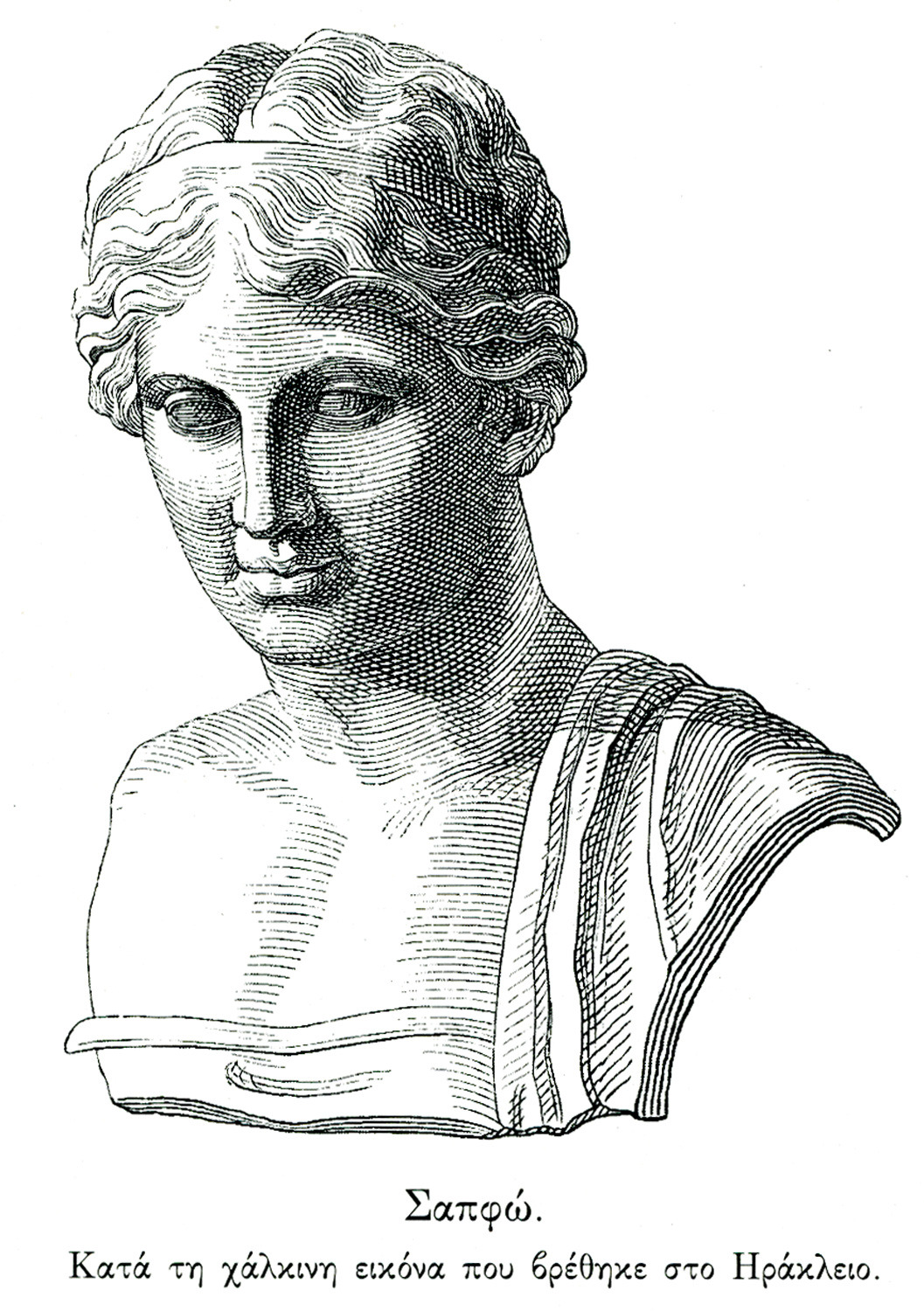
-
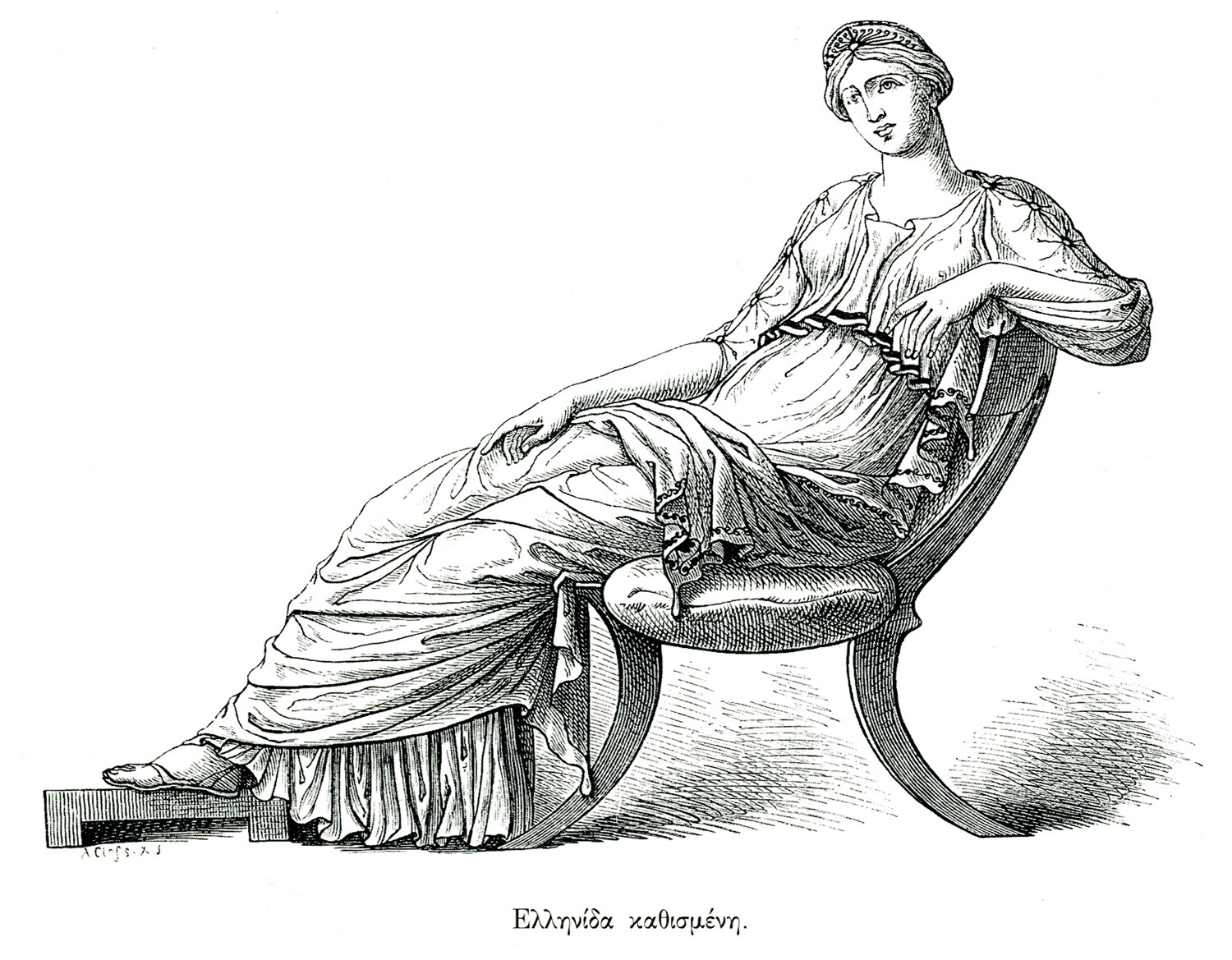
-
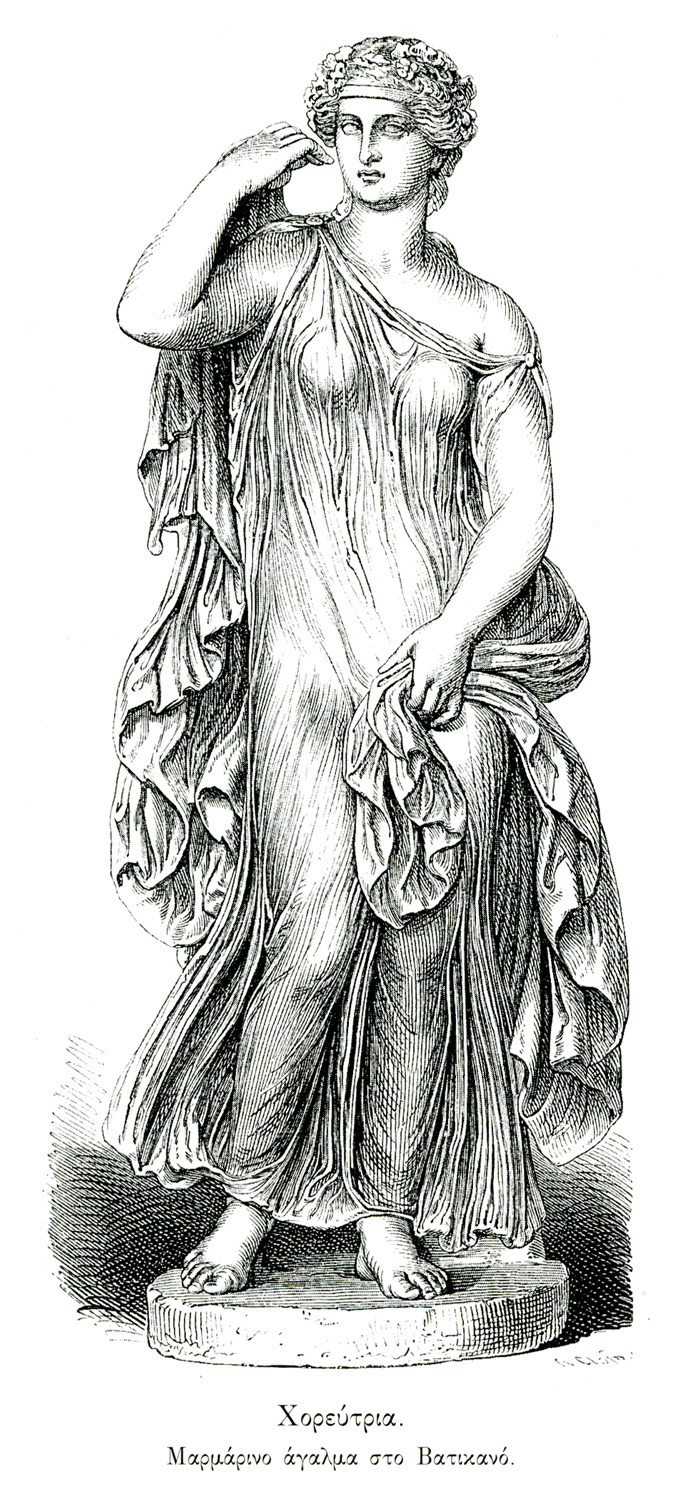
-
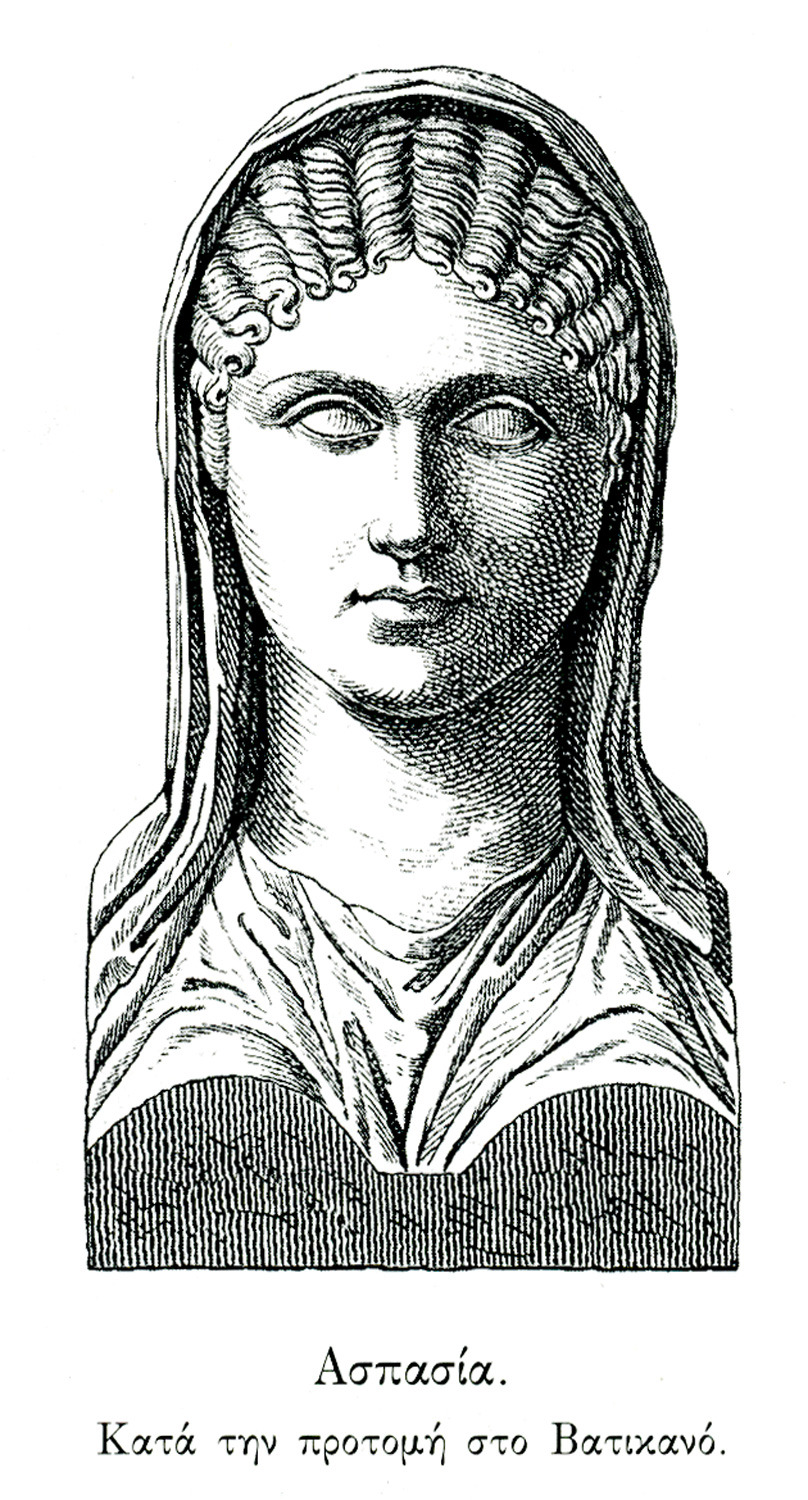
-
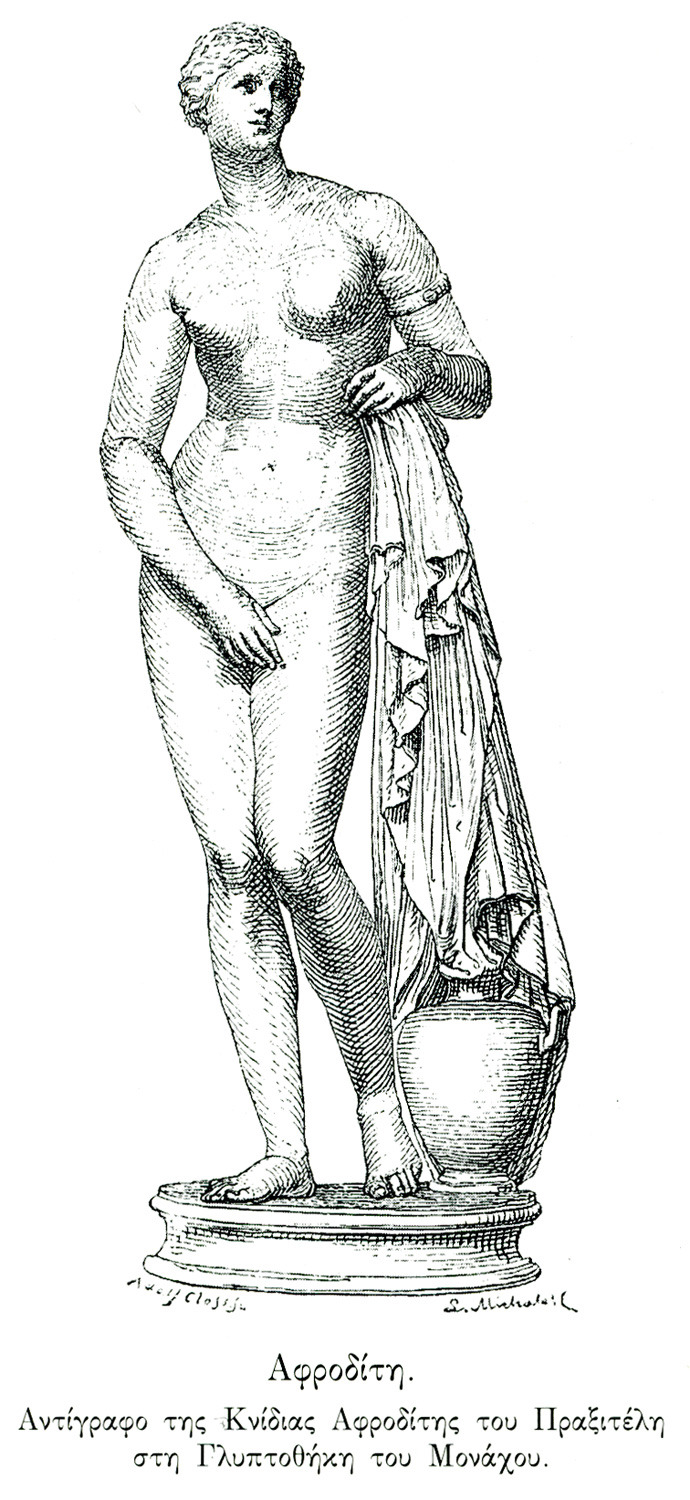
Aphrodite of Knidus (copy of the sculpture by Praxiteles), Munich Glyptothek.
-
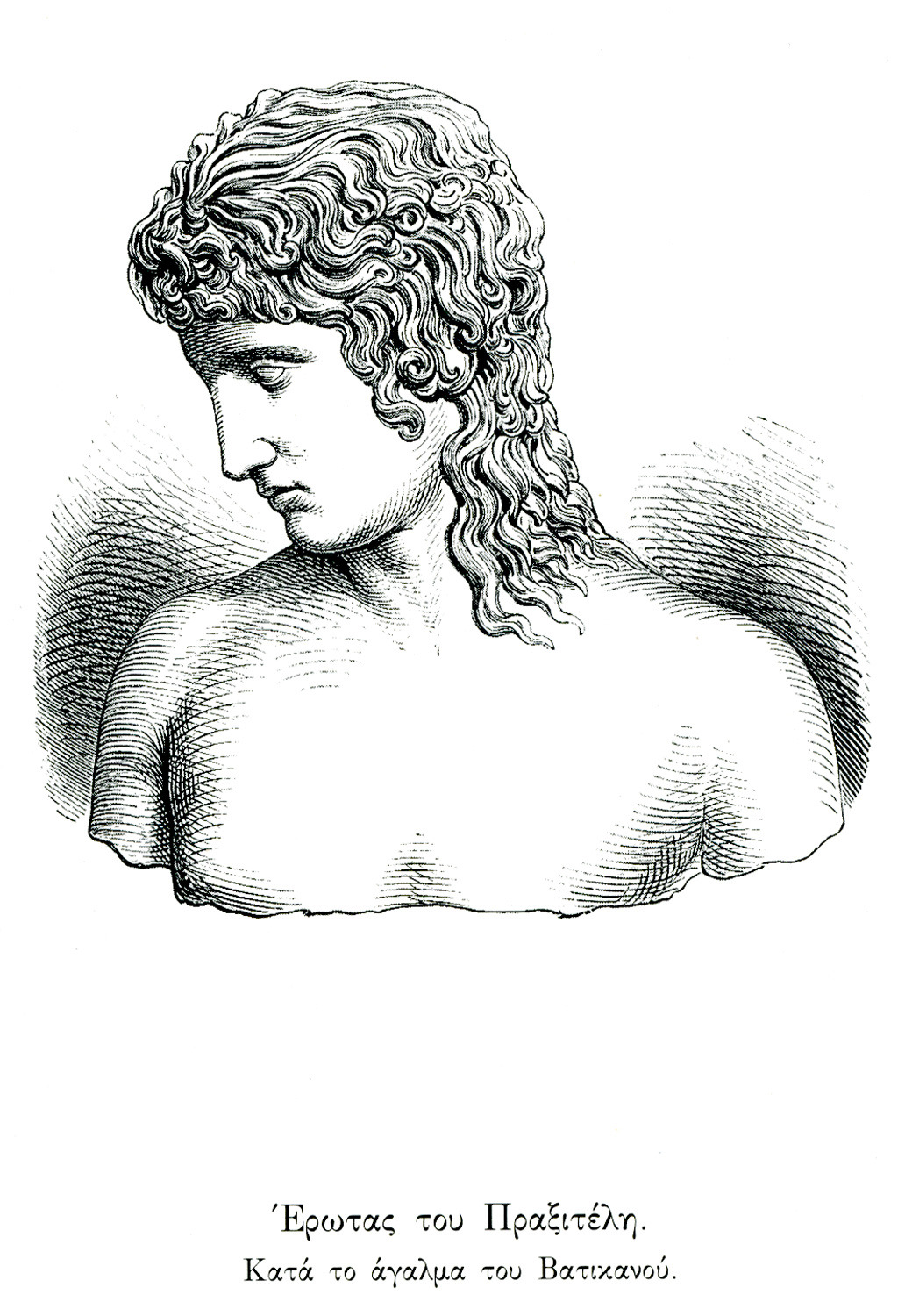
-
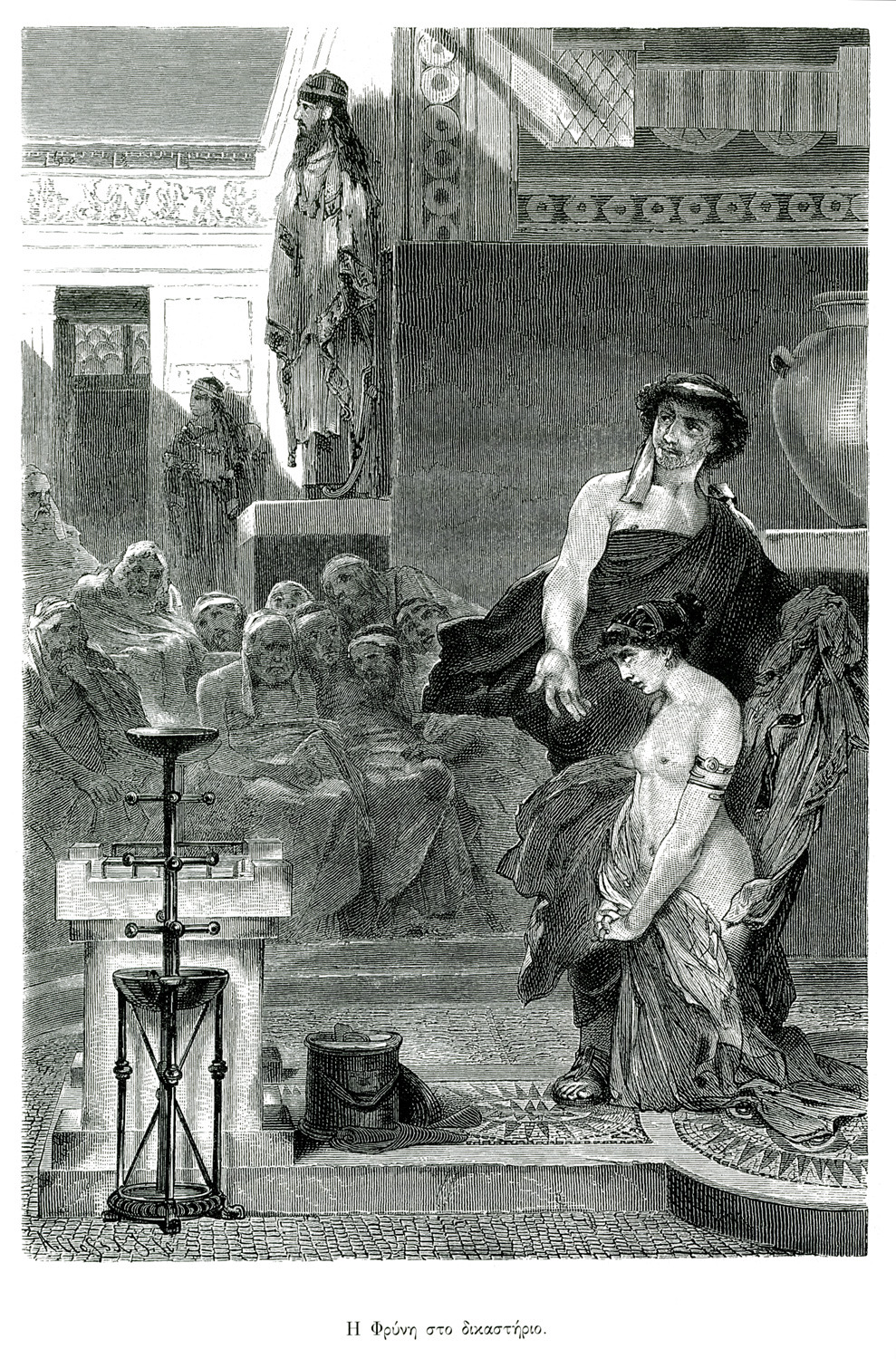
-
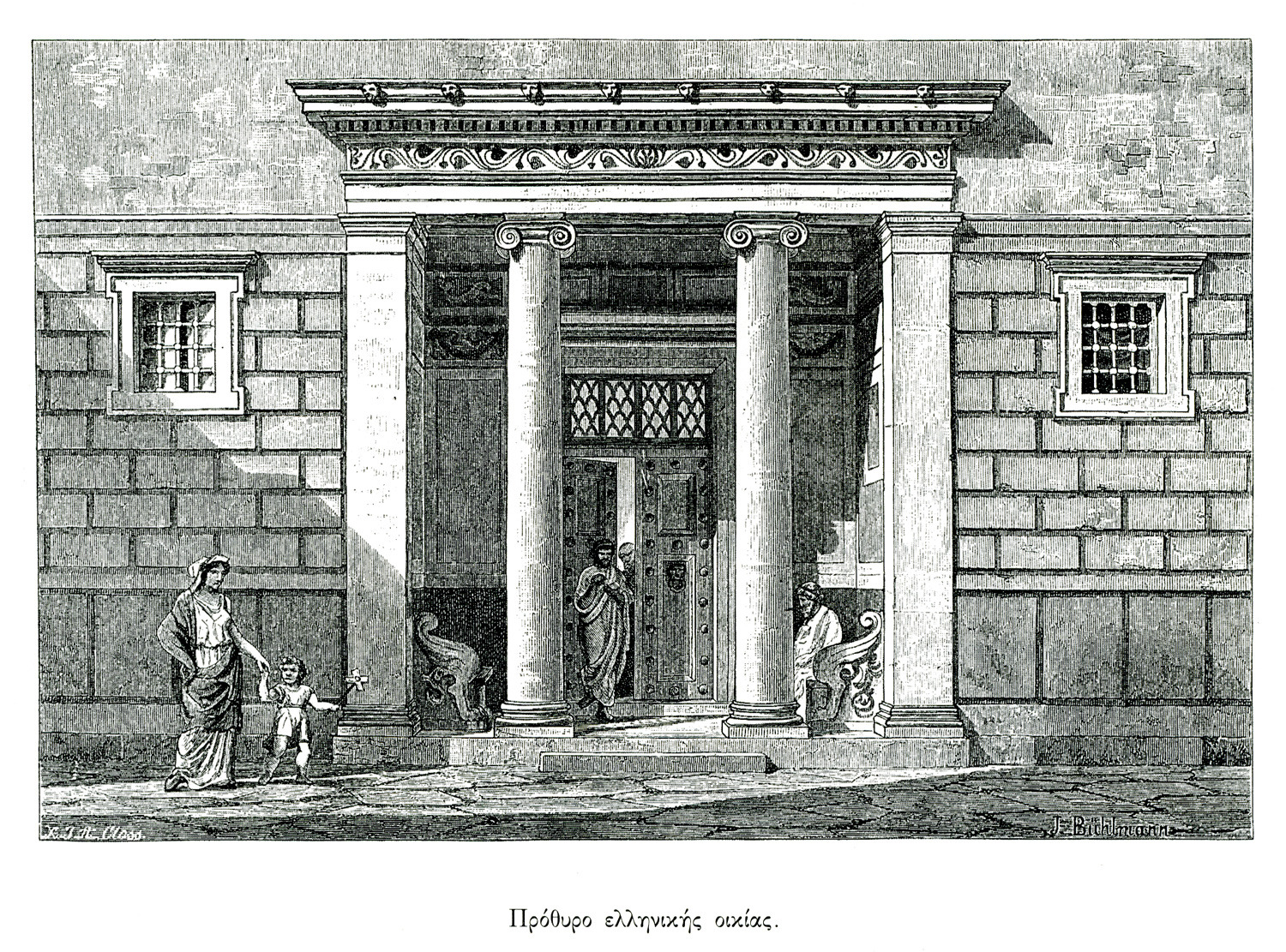
Entrance to an ancient Greek house (imaginary reconstruction).
-
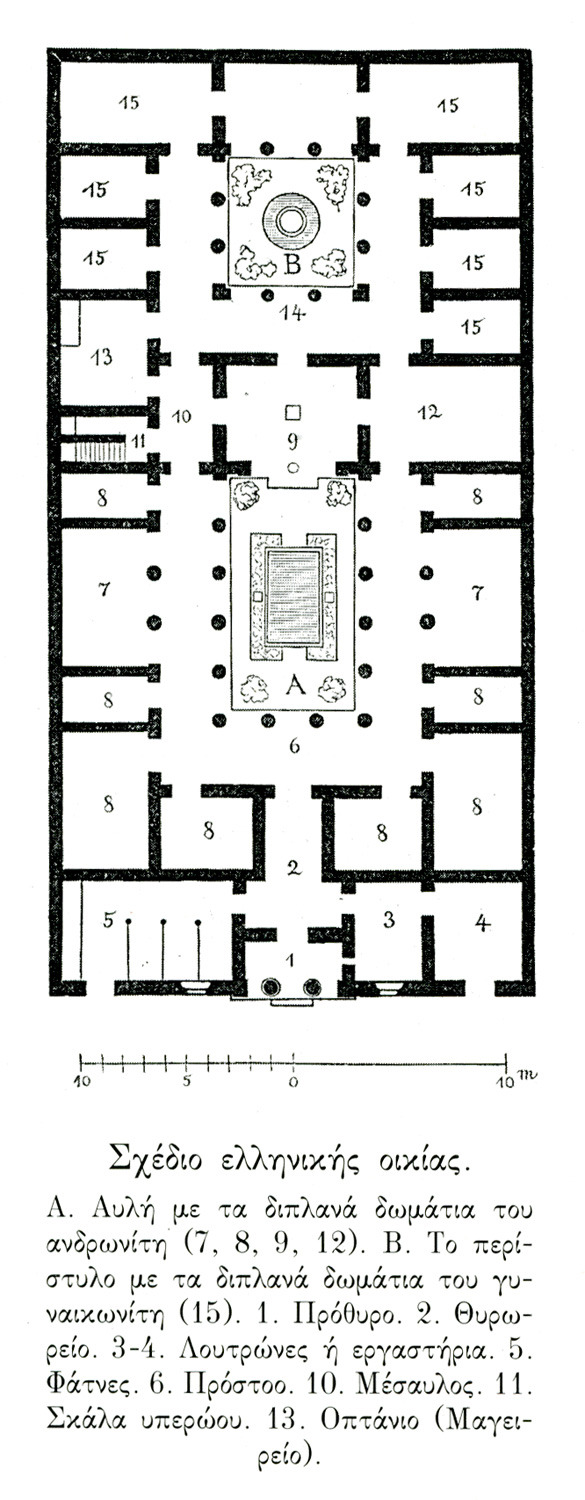
-
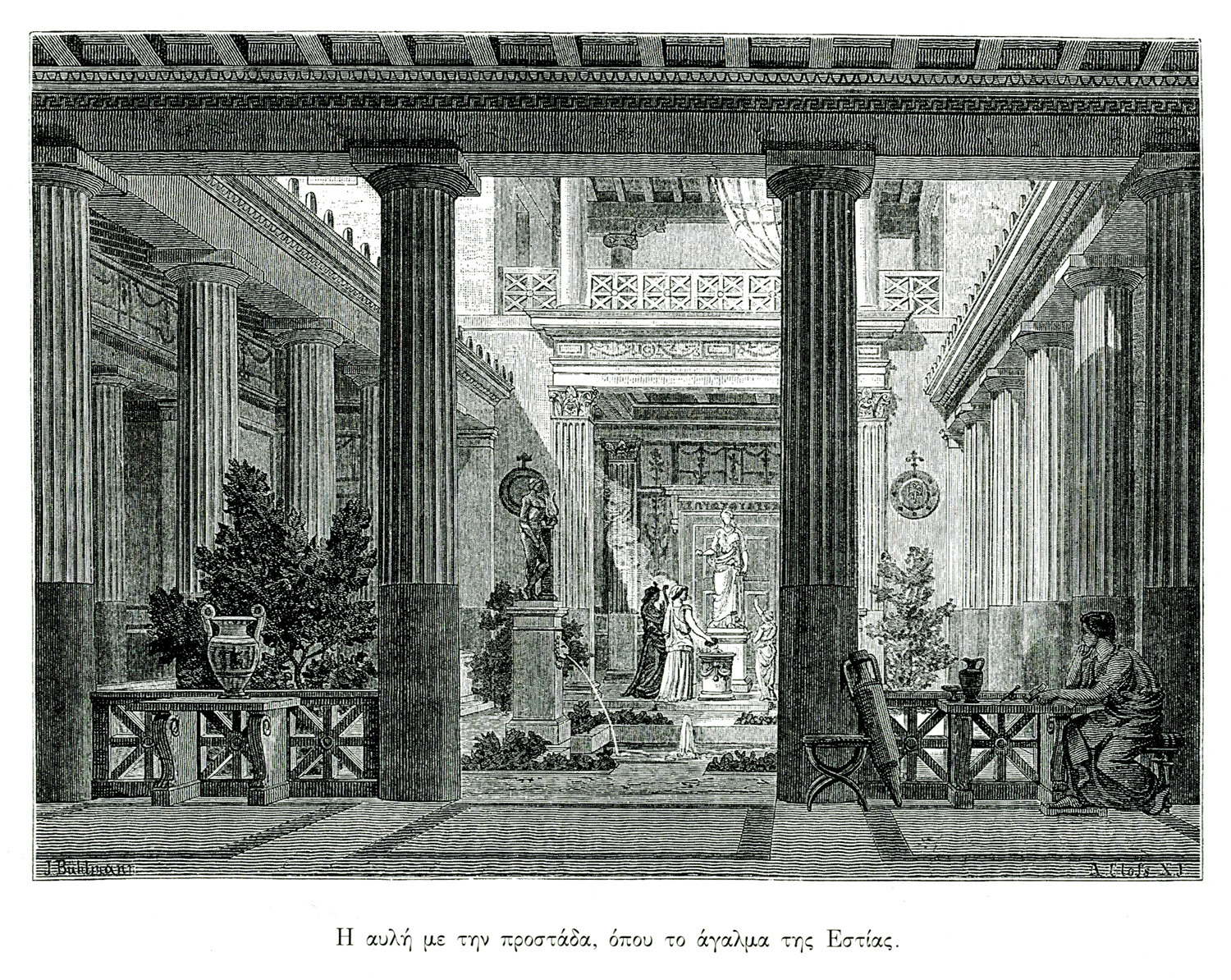
Atrium of an ancient Greek house, with the statue of Hestia.
-
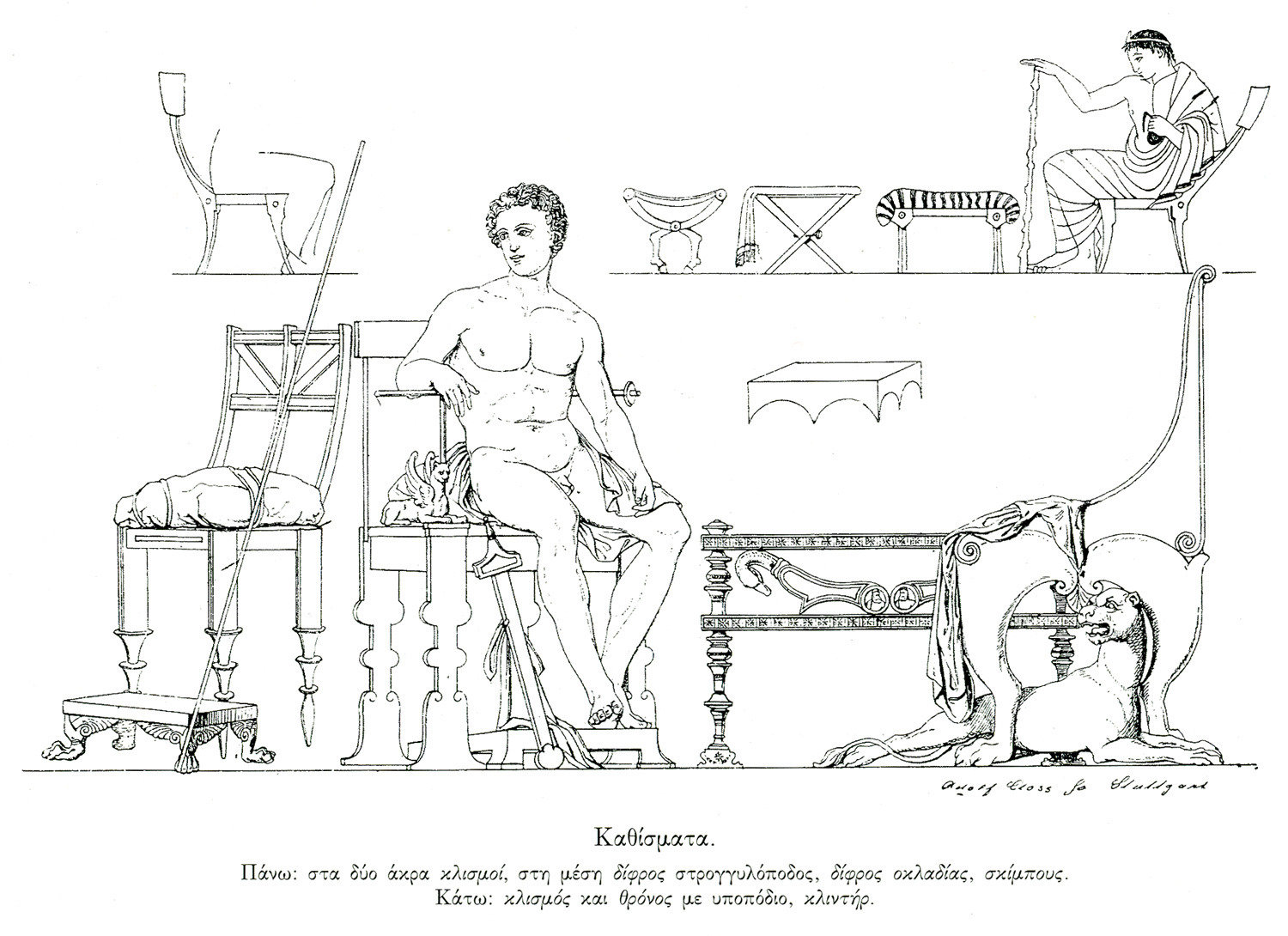
-
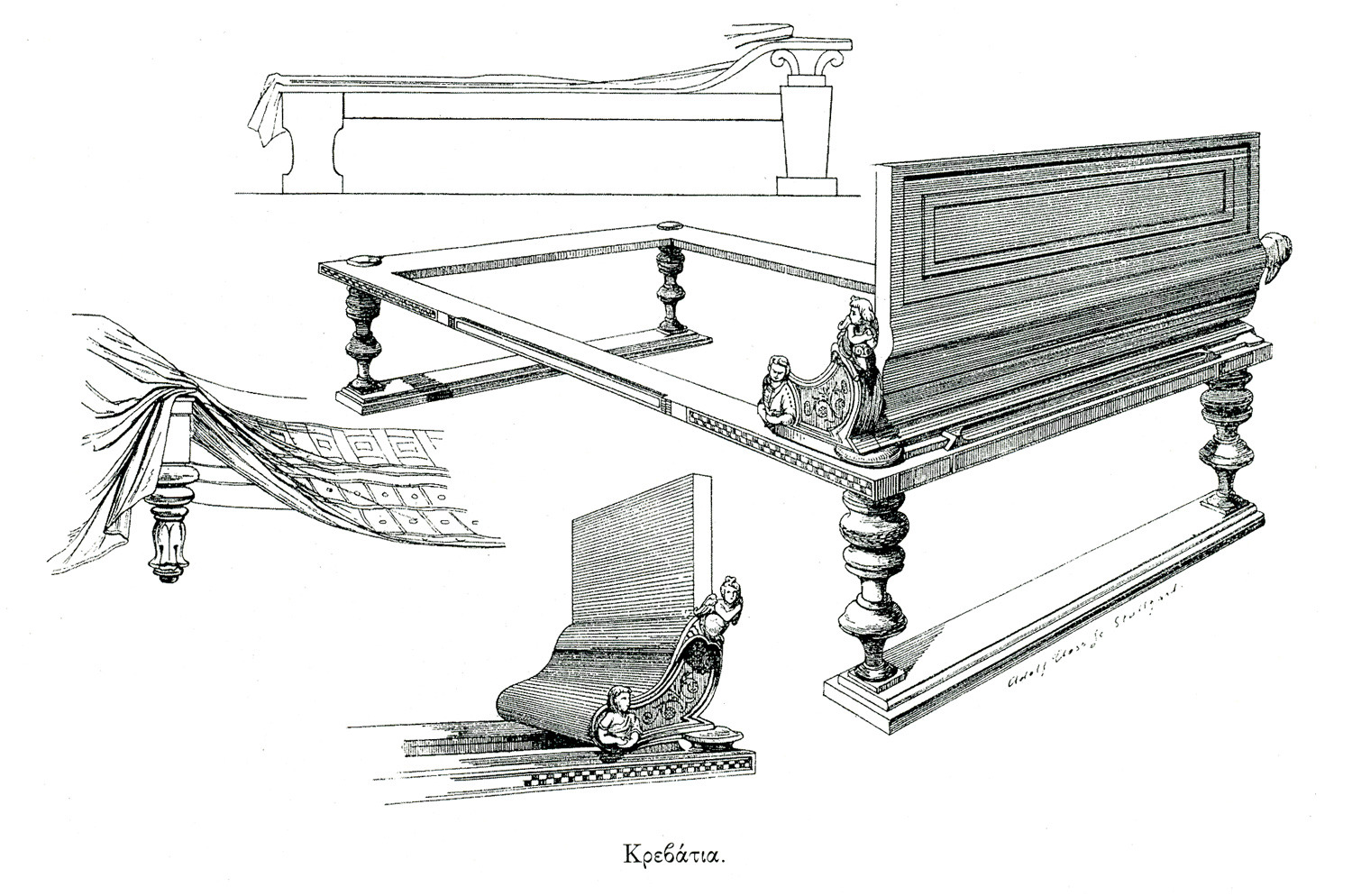
-
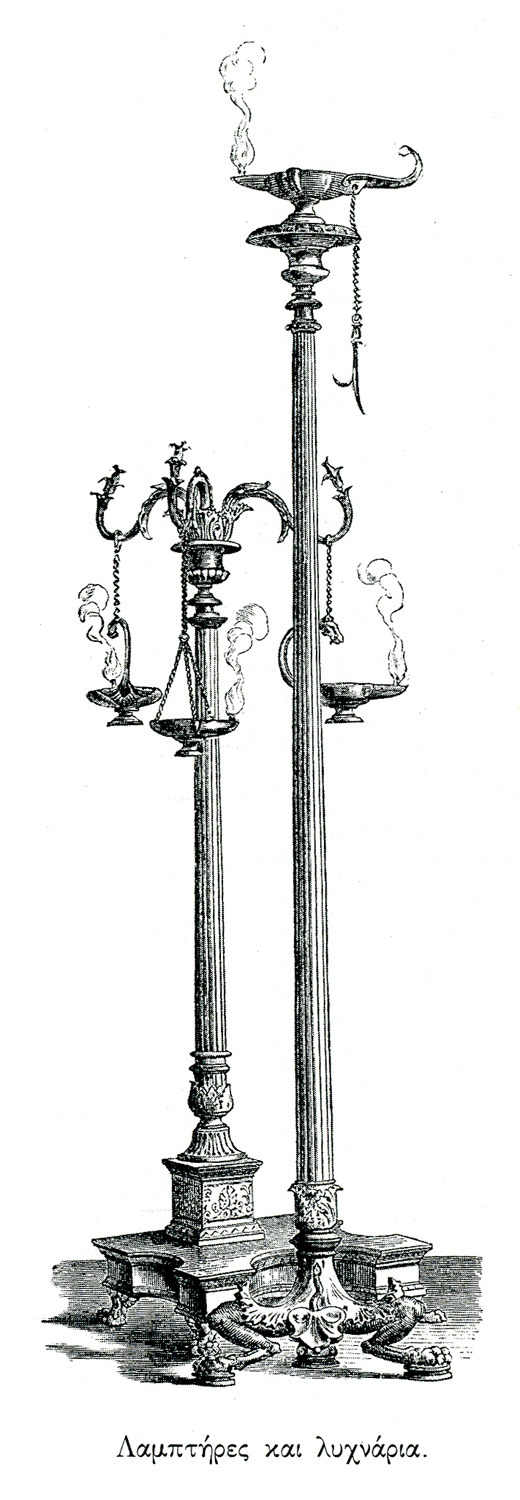
-
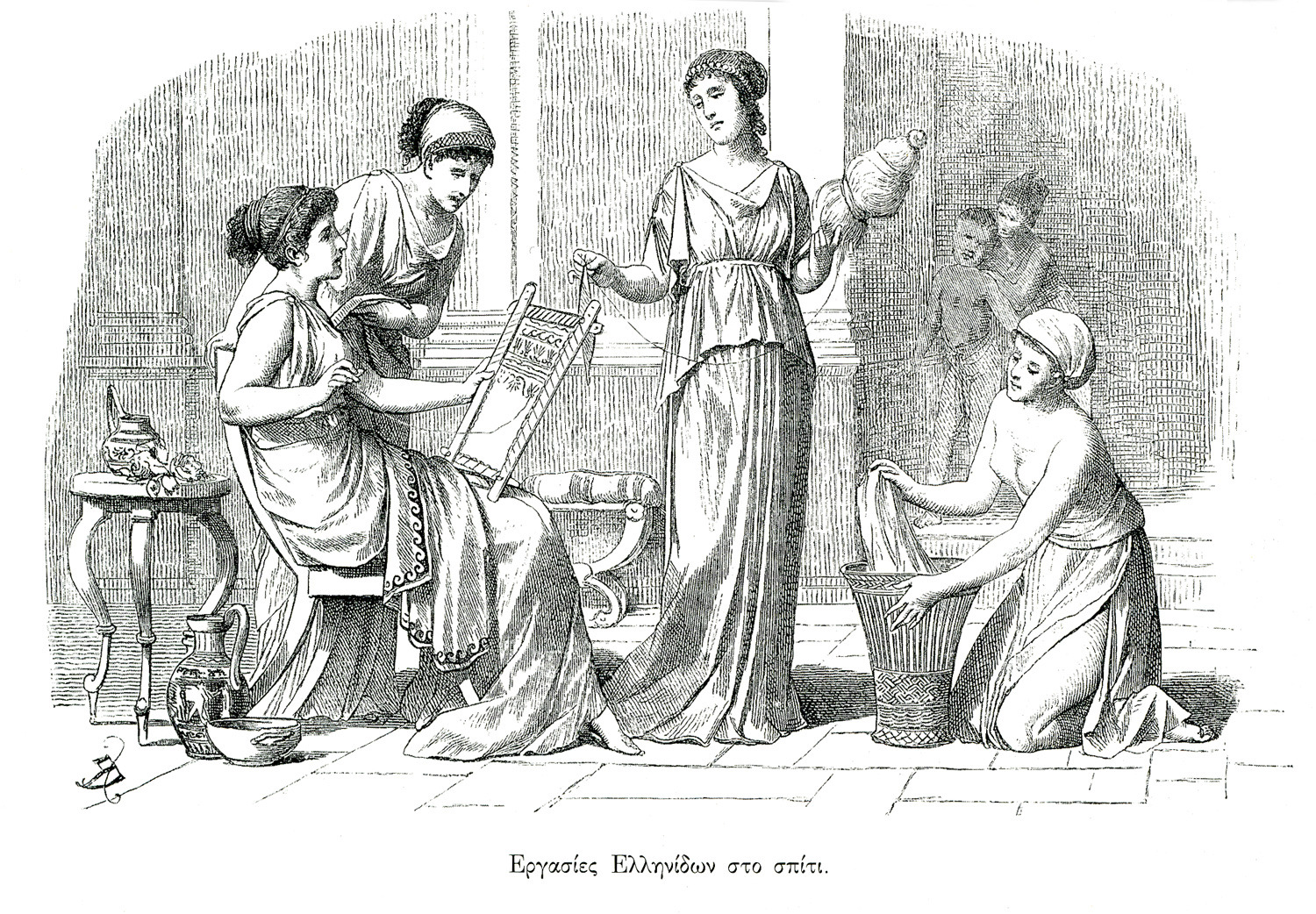
-
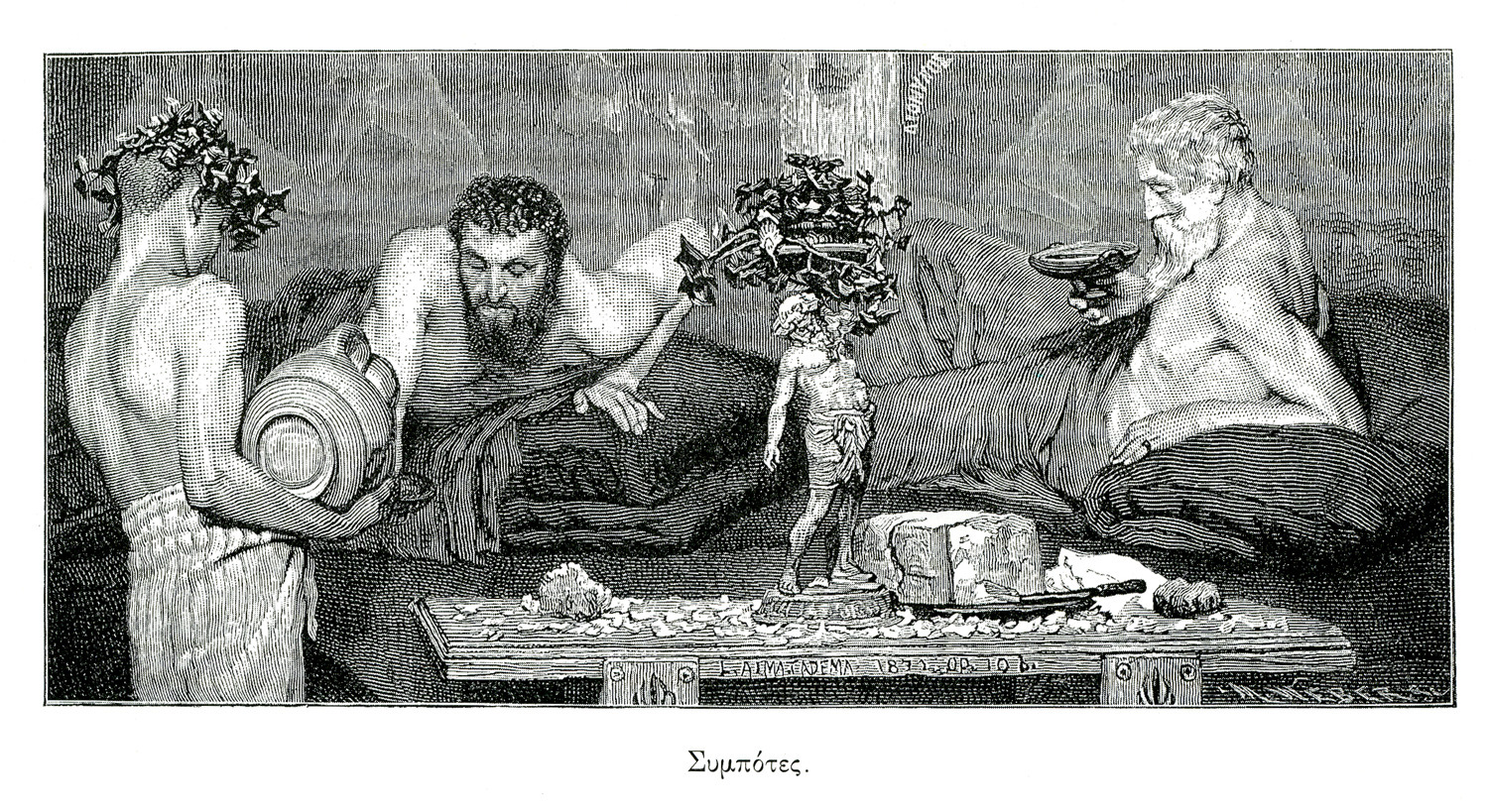
-
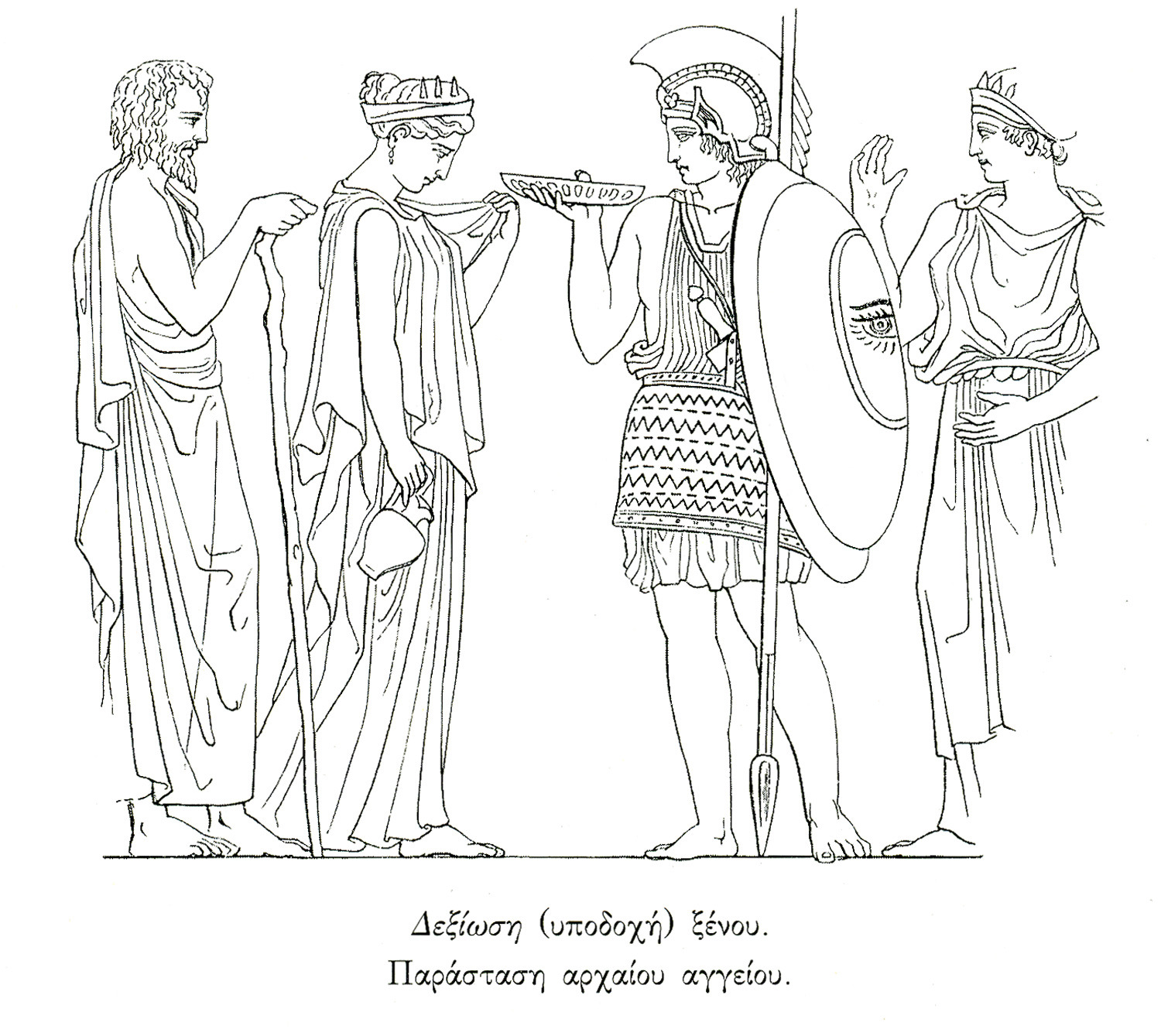
-
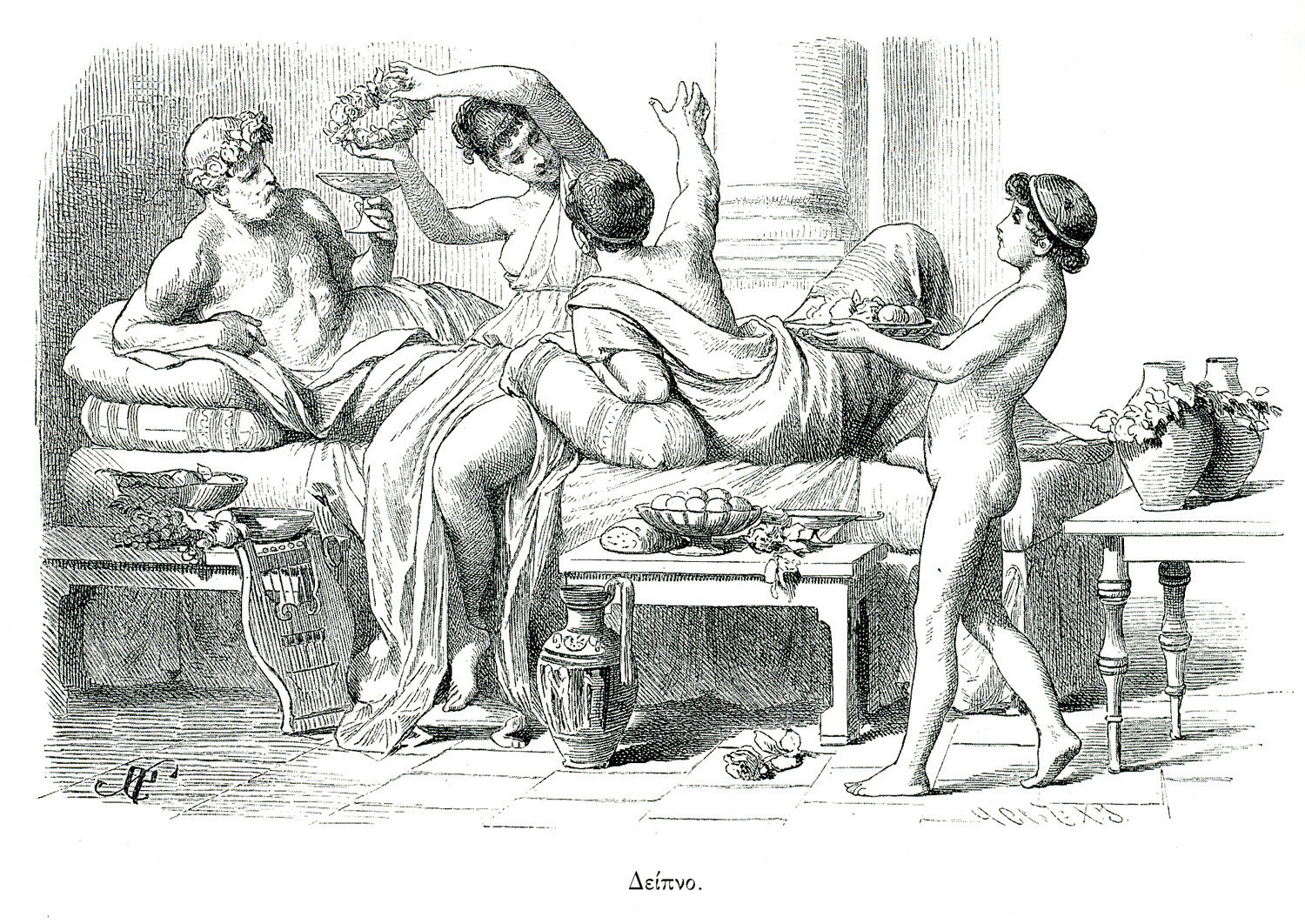
-
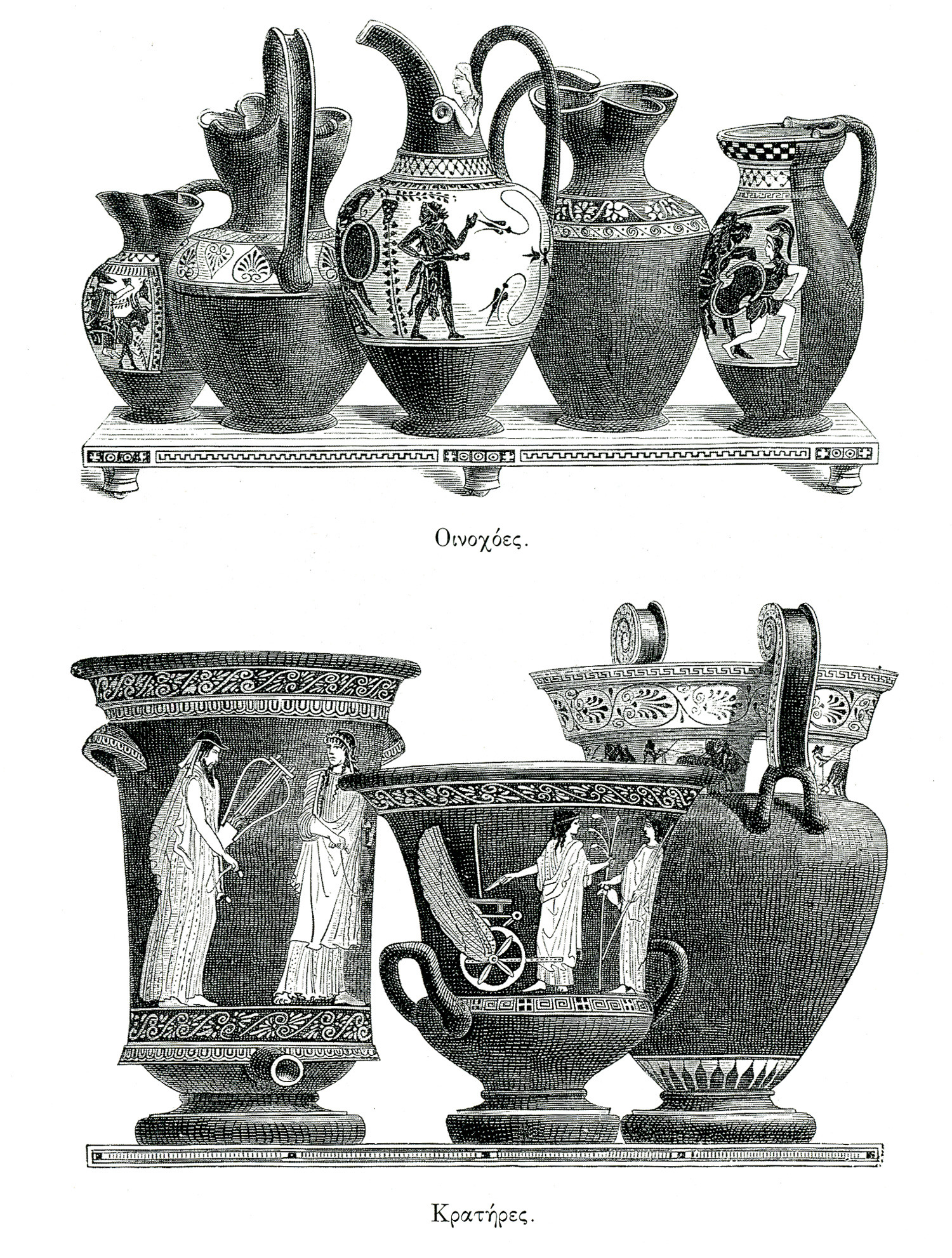
-
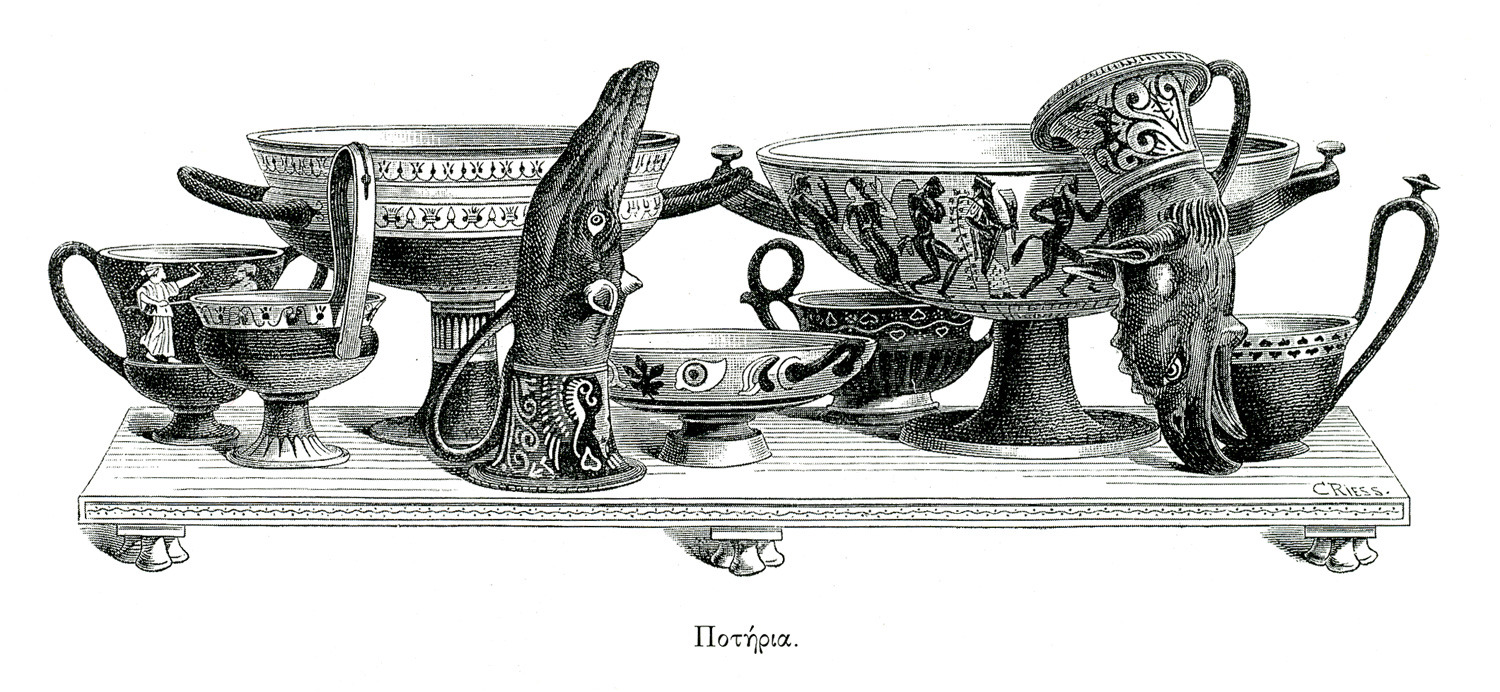
-
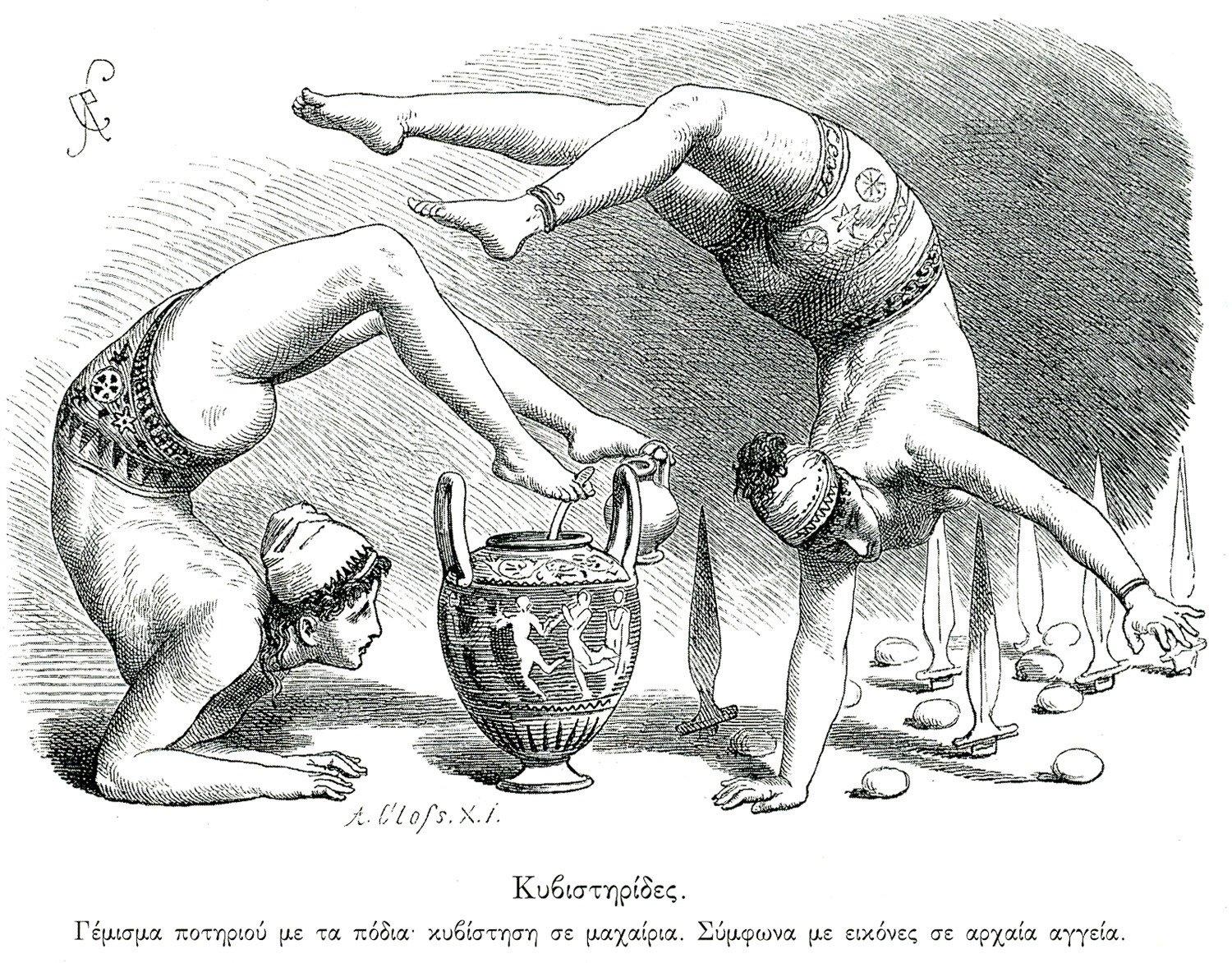
-
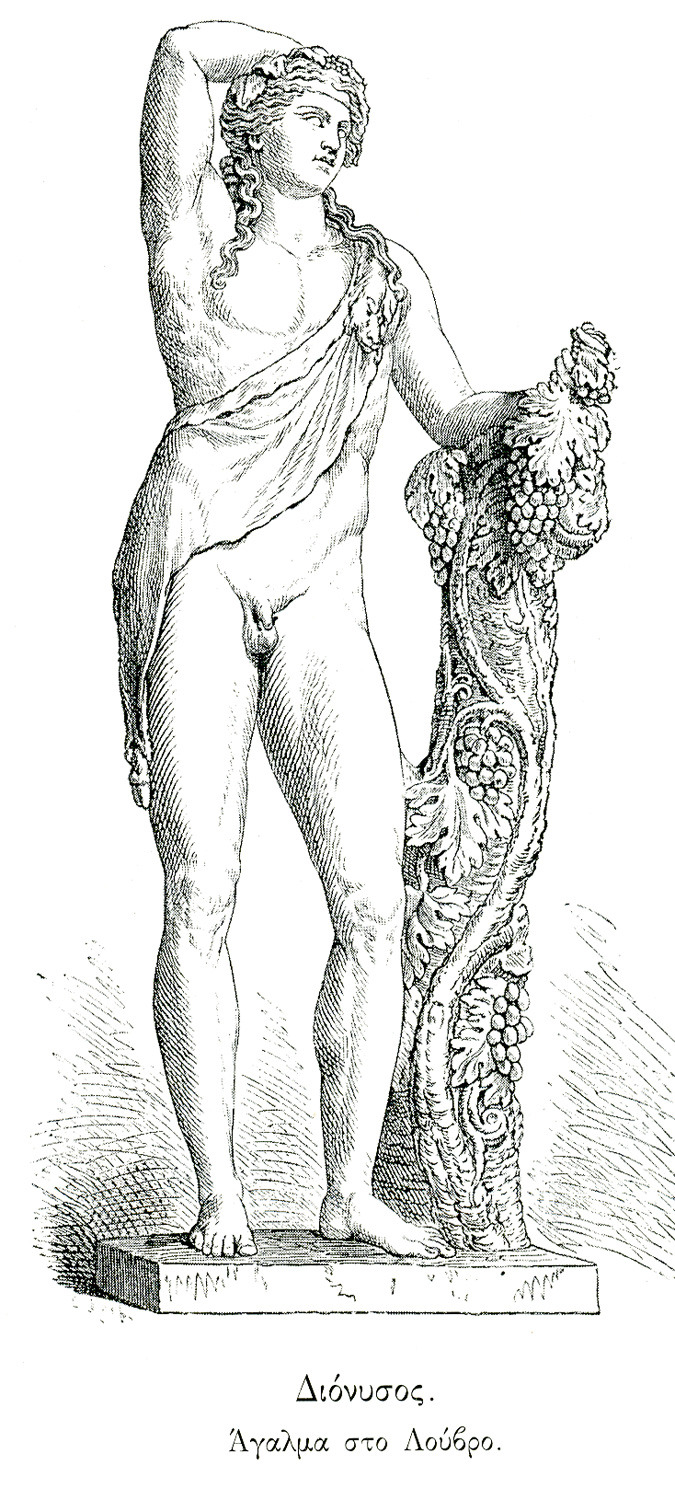
-
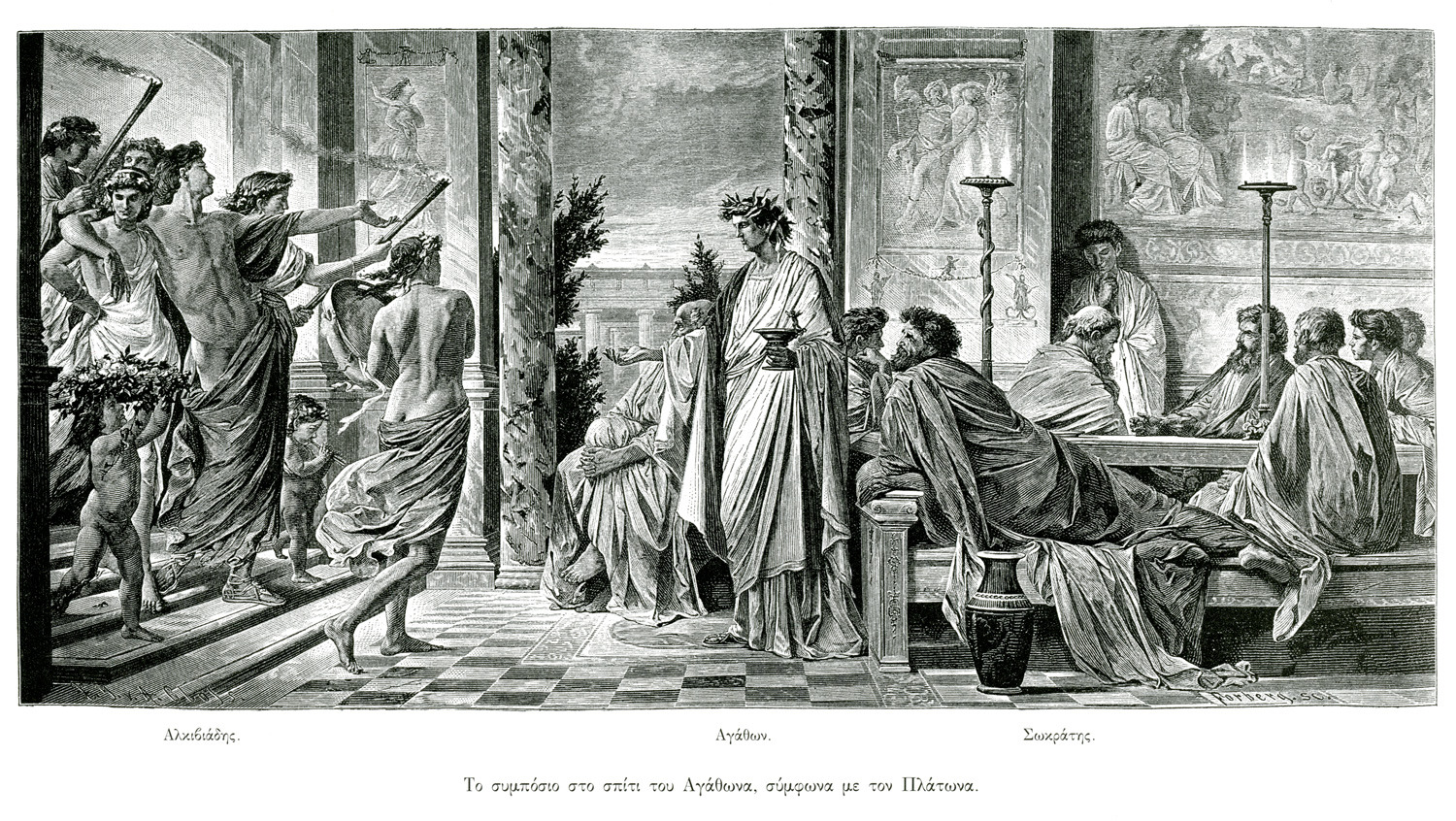
Scene from the Symposium of Plato, after the painting by Anselm Feuerbach.
-
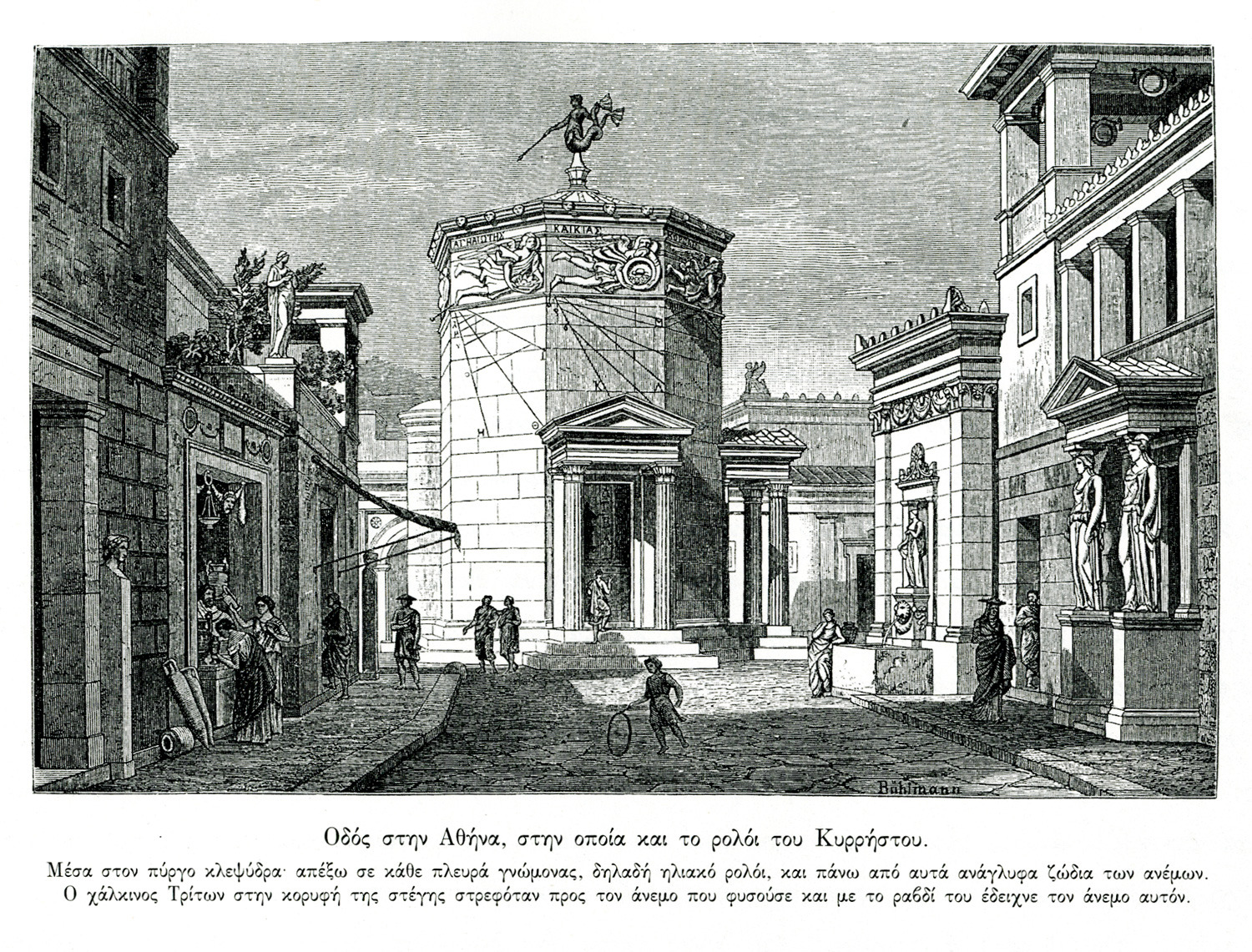
Imaginary reconstruction of the Horologion of Andronikos Kyrristos and adjacent area, Athens.
-
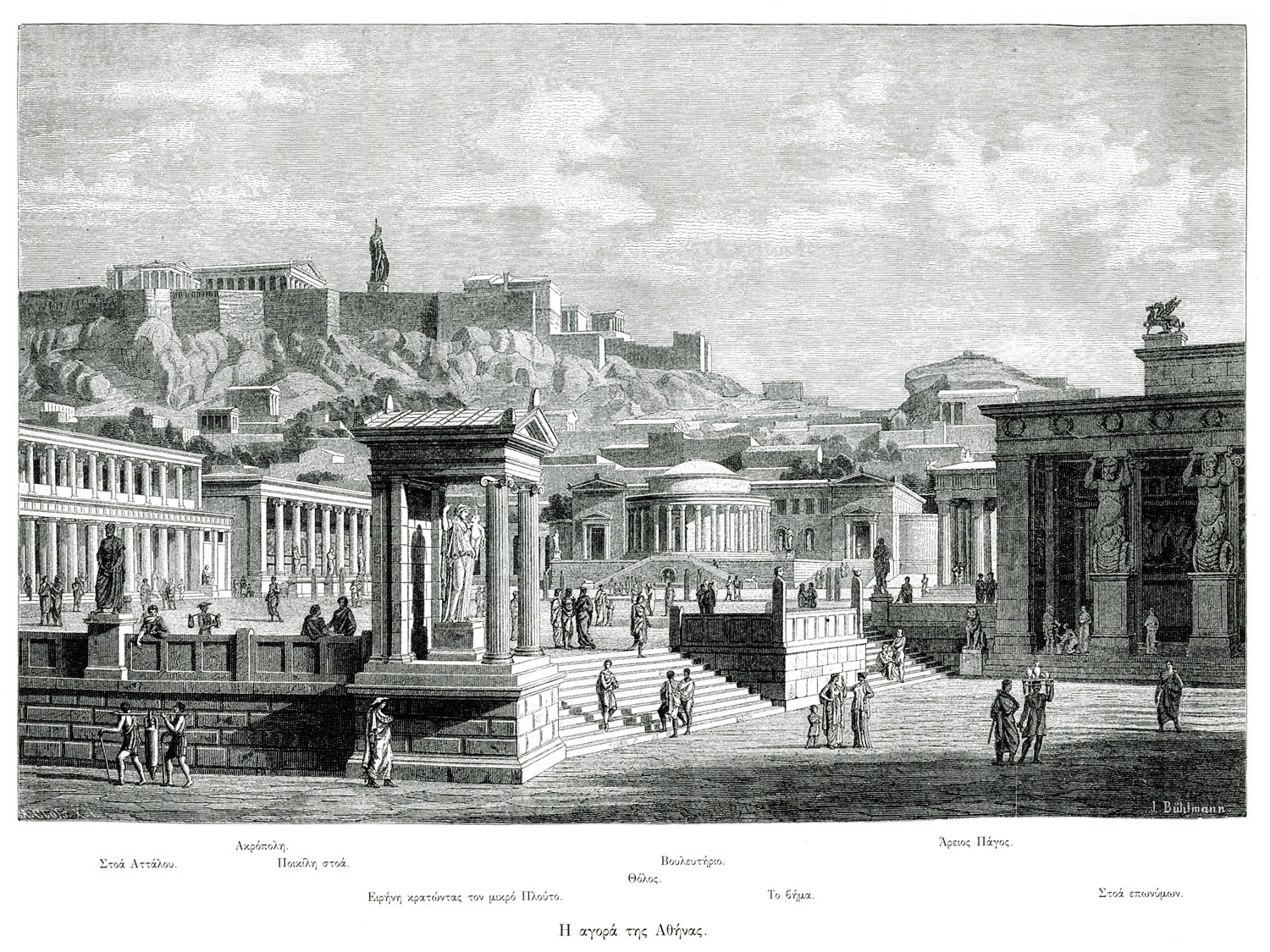
-
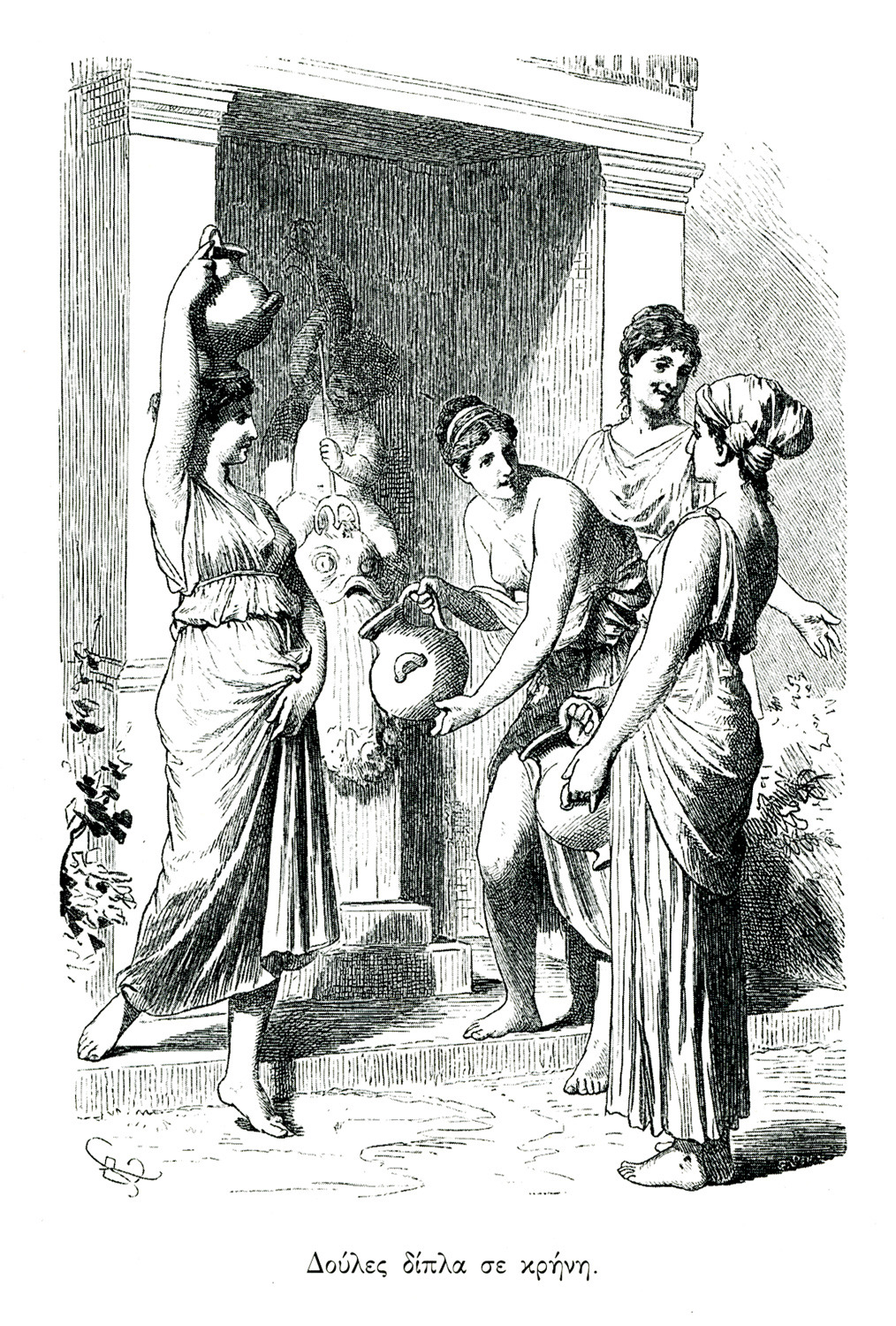
-
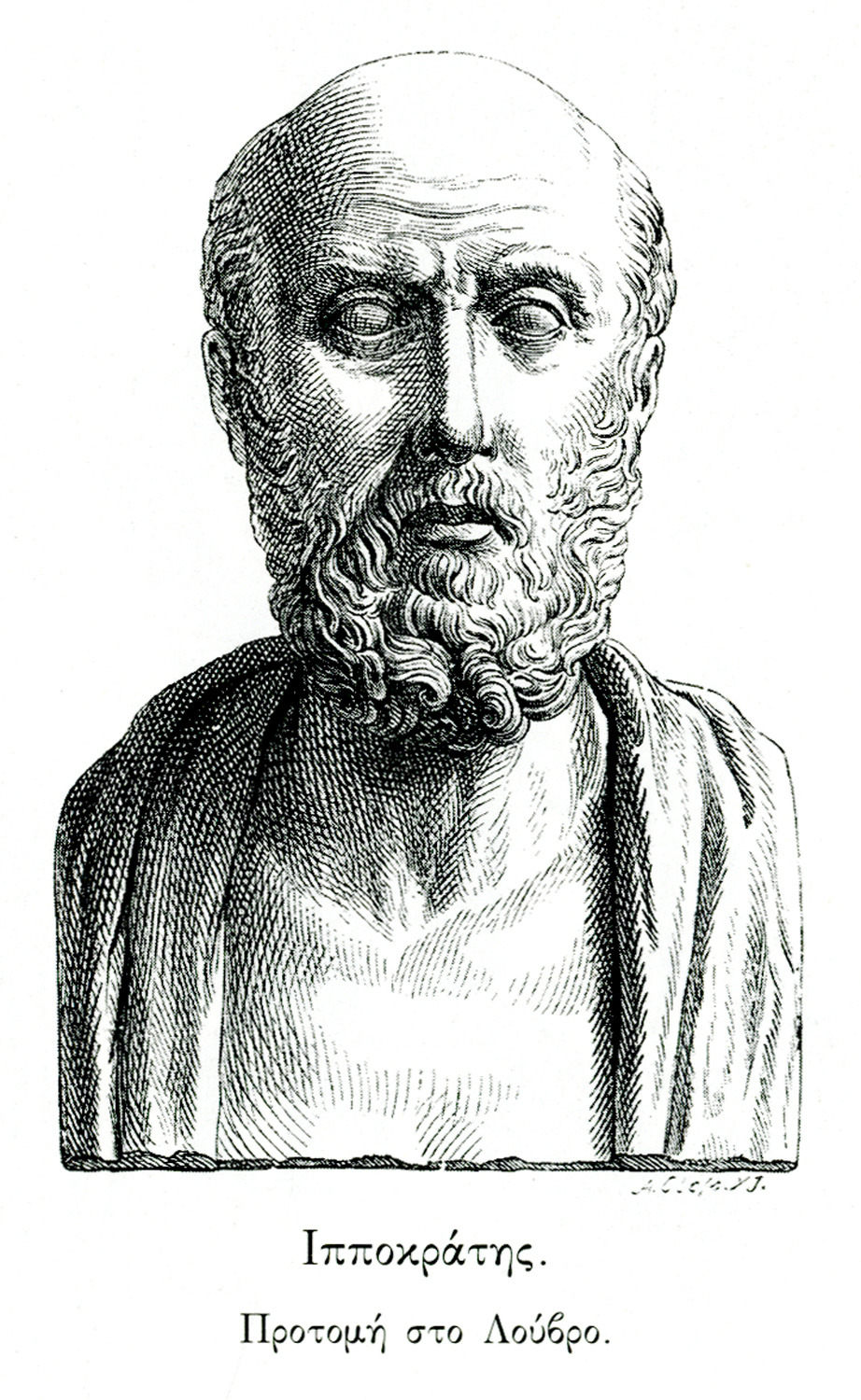
-
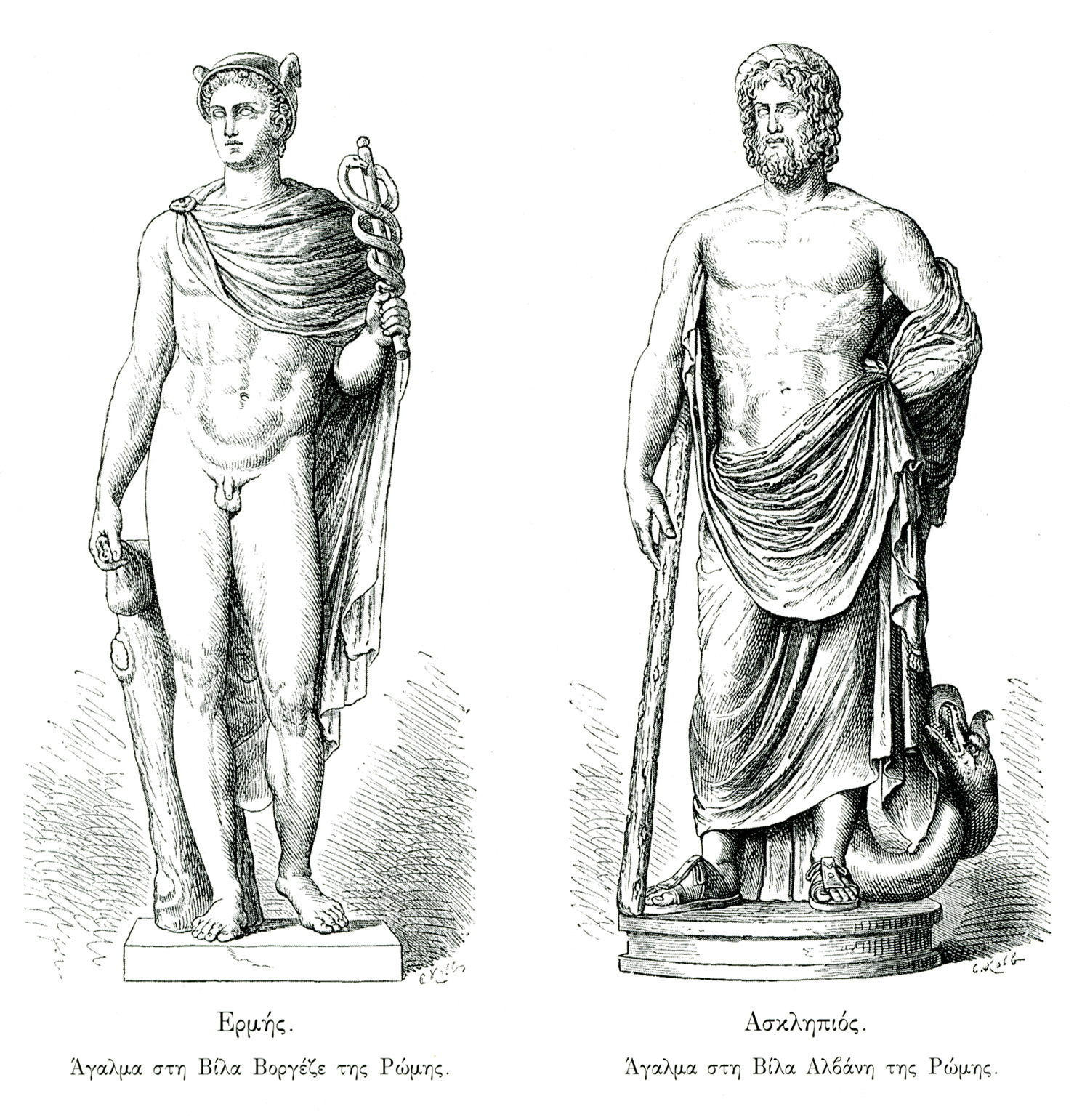
-
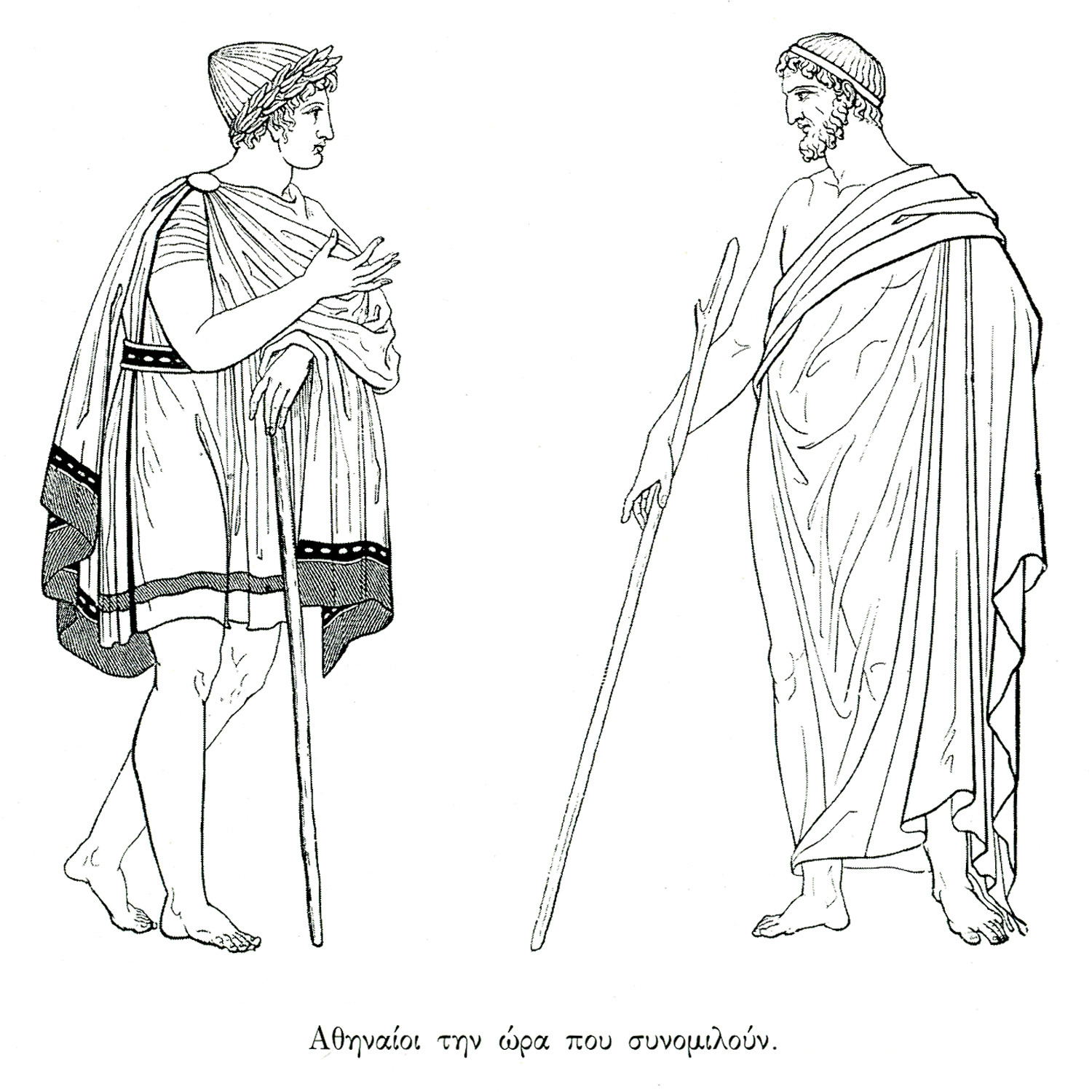
-
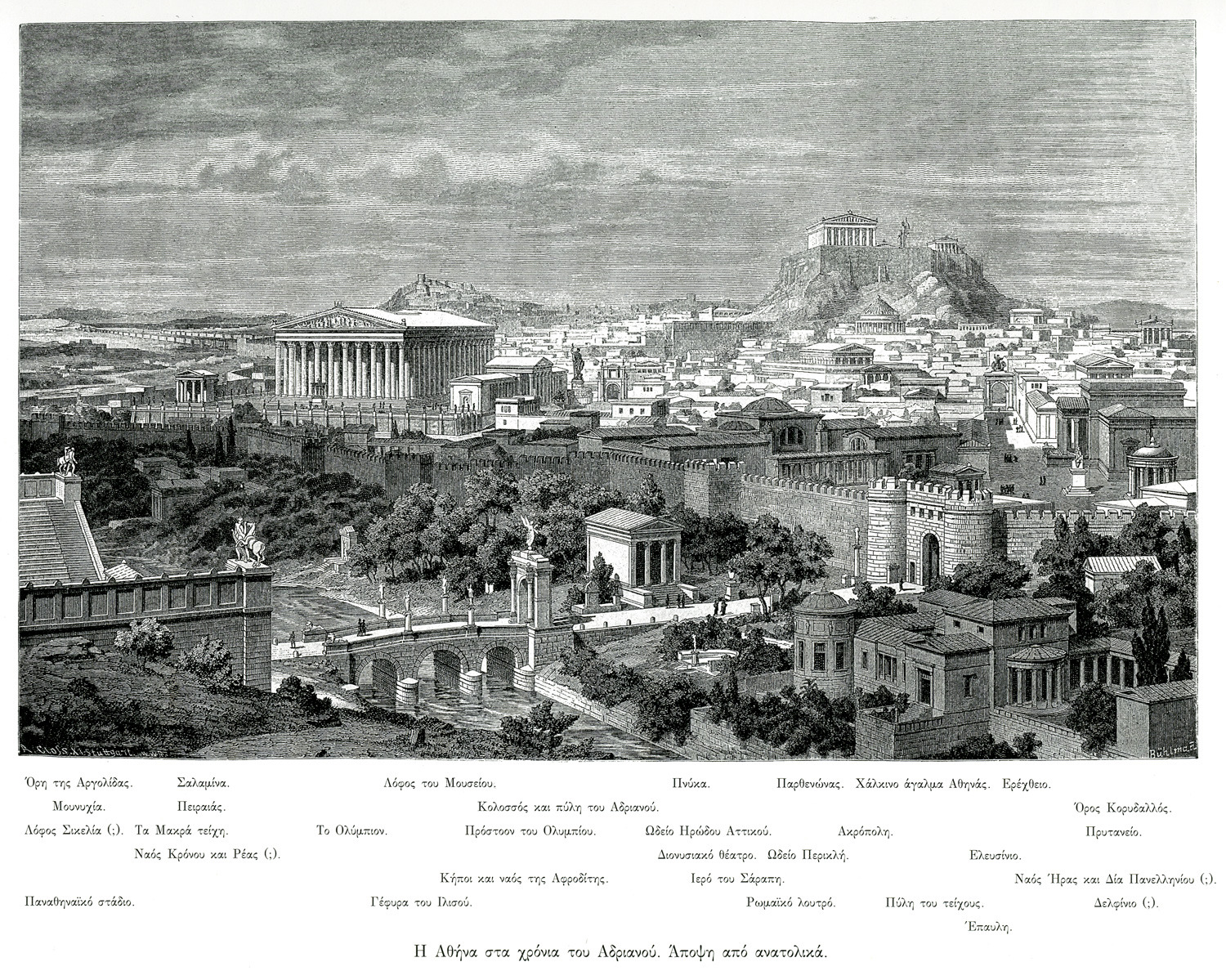
Imaginary reconstruction of Athens at the age of emperor Hadrian. View from the east.
-
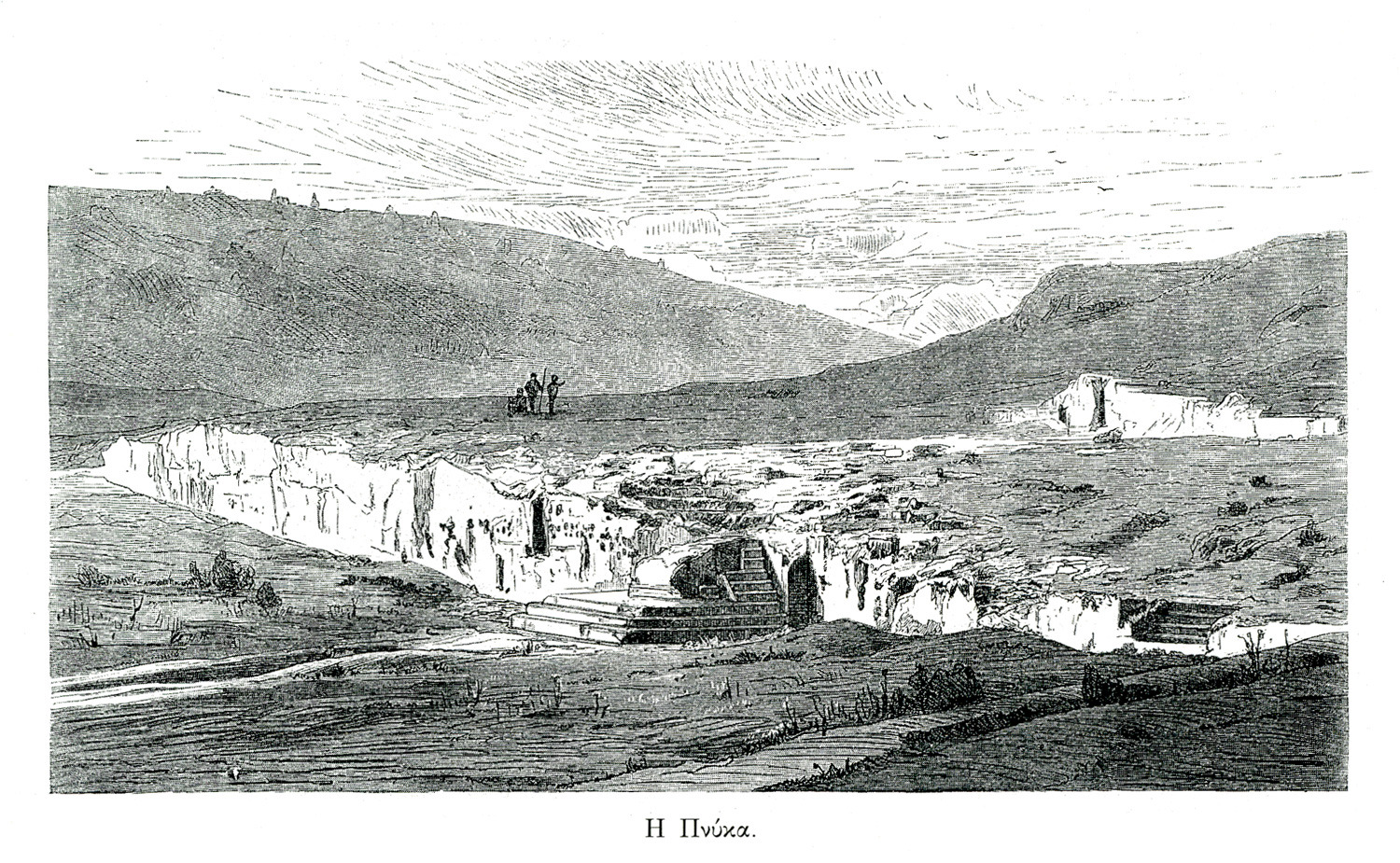
-
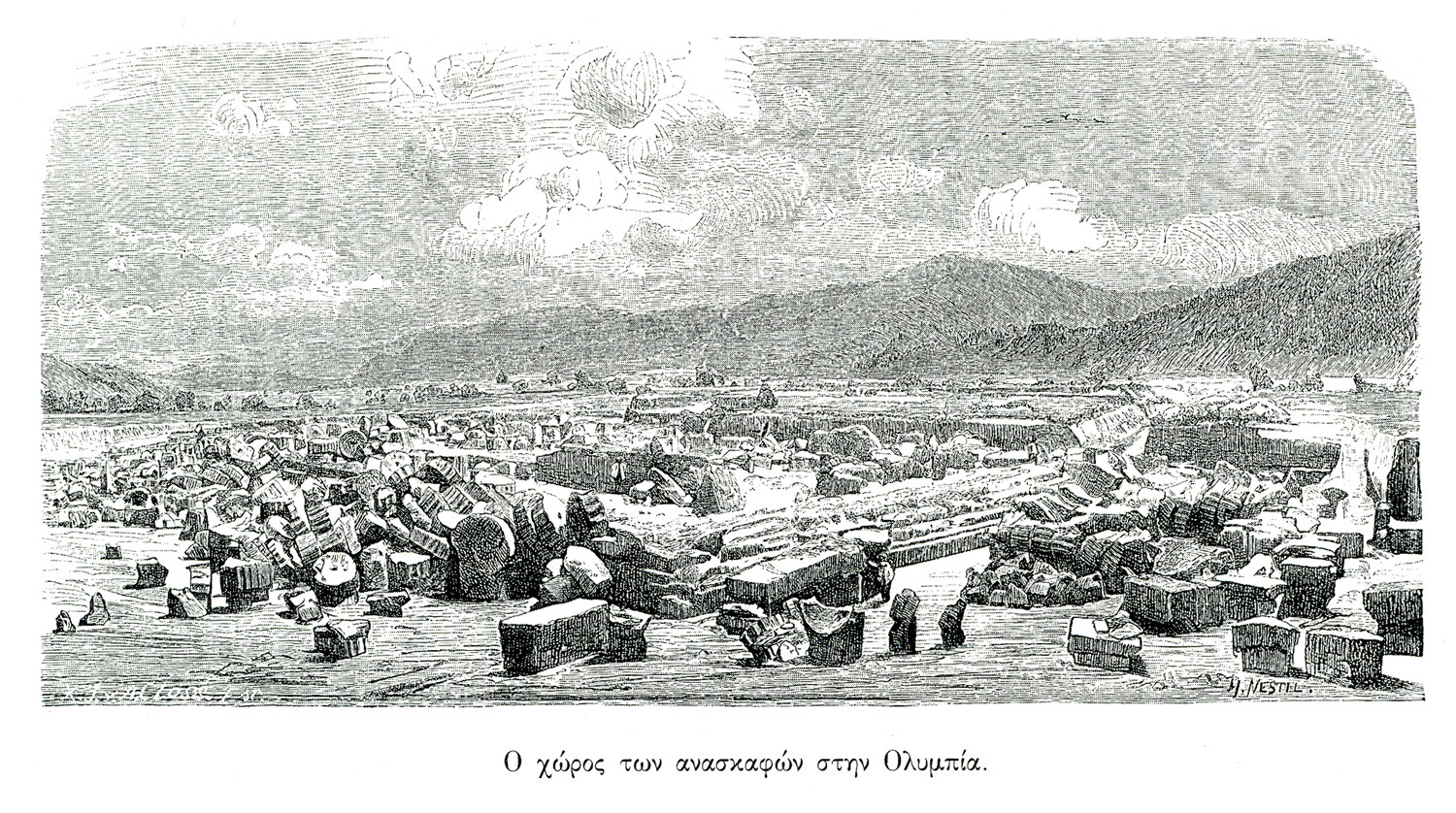
-
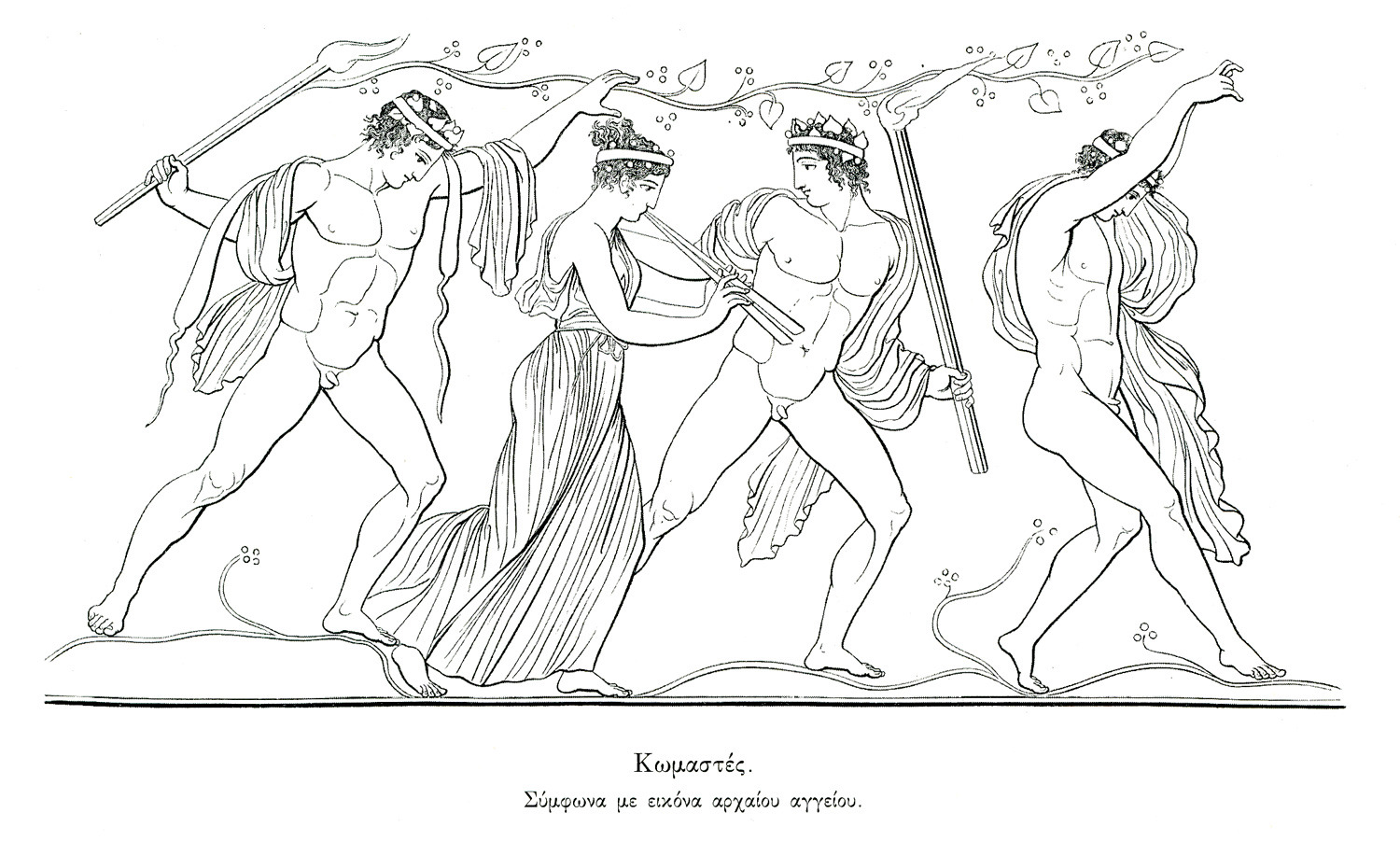
-
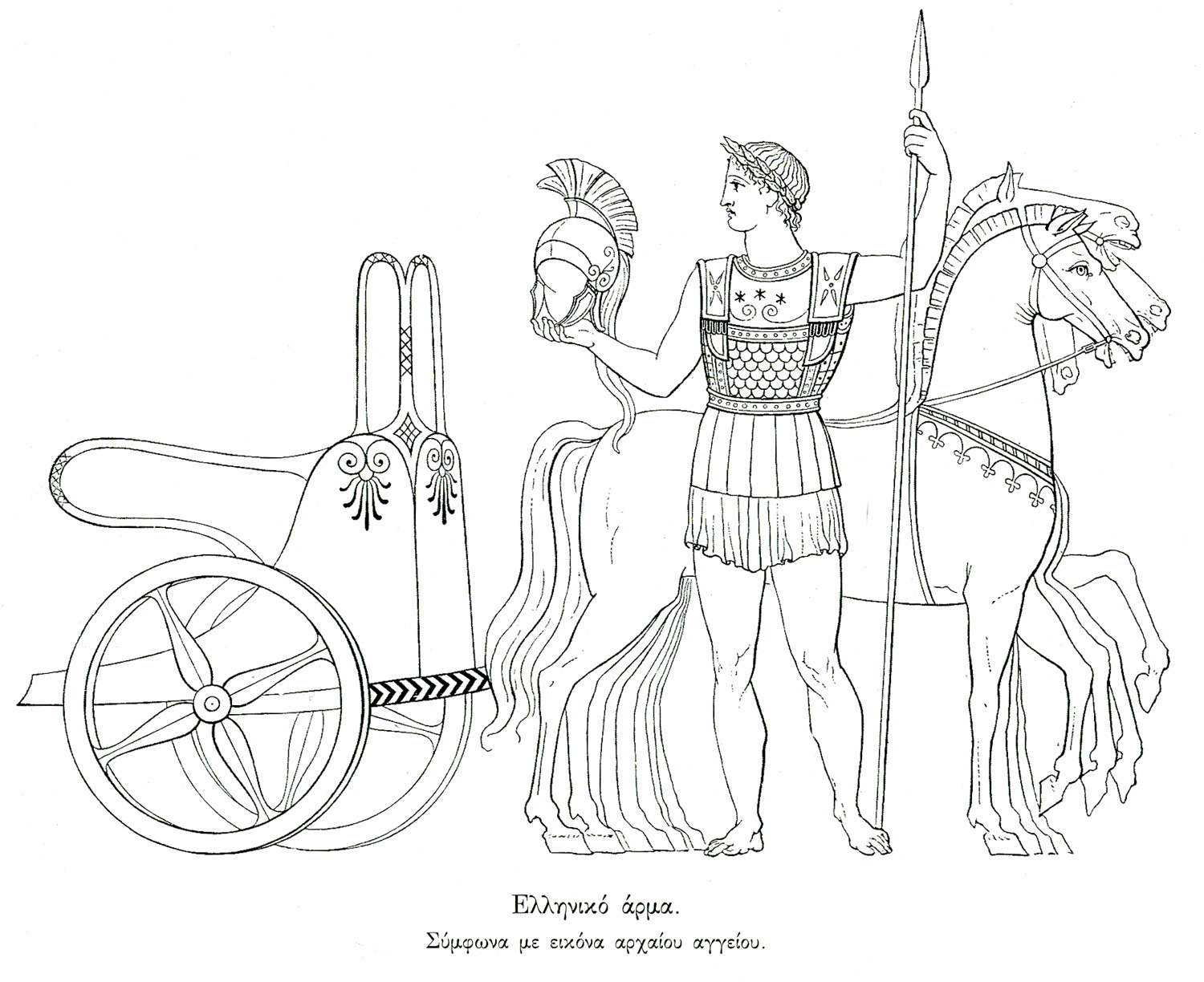
-
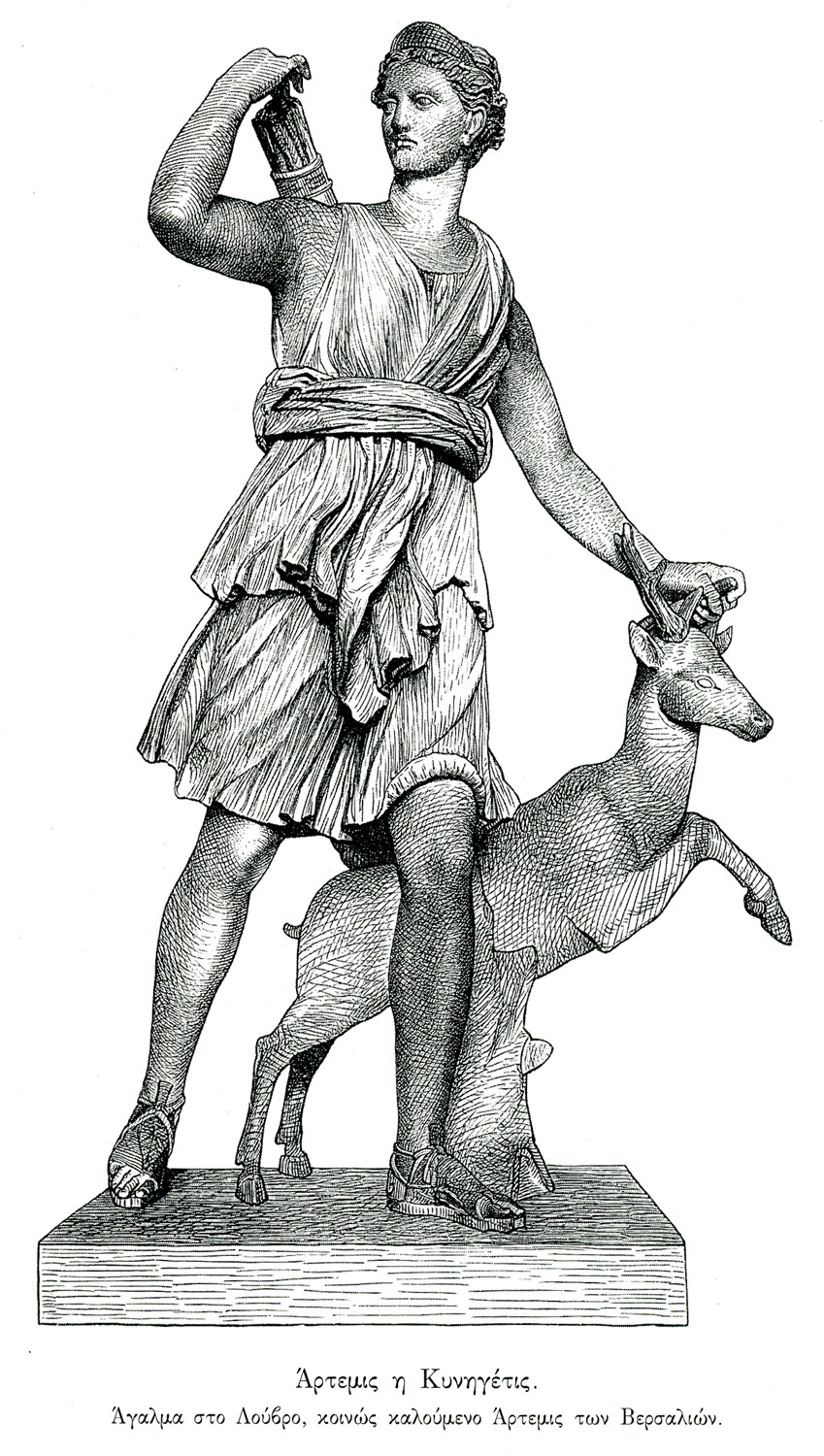
-
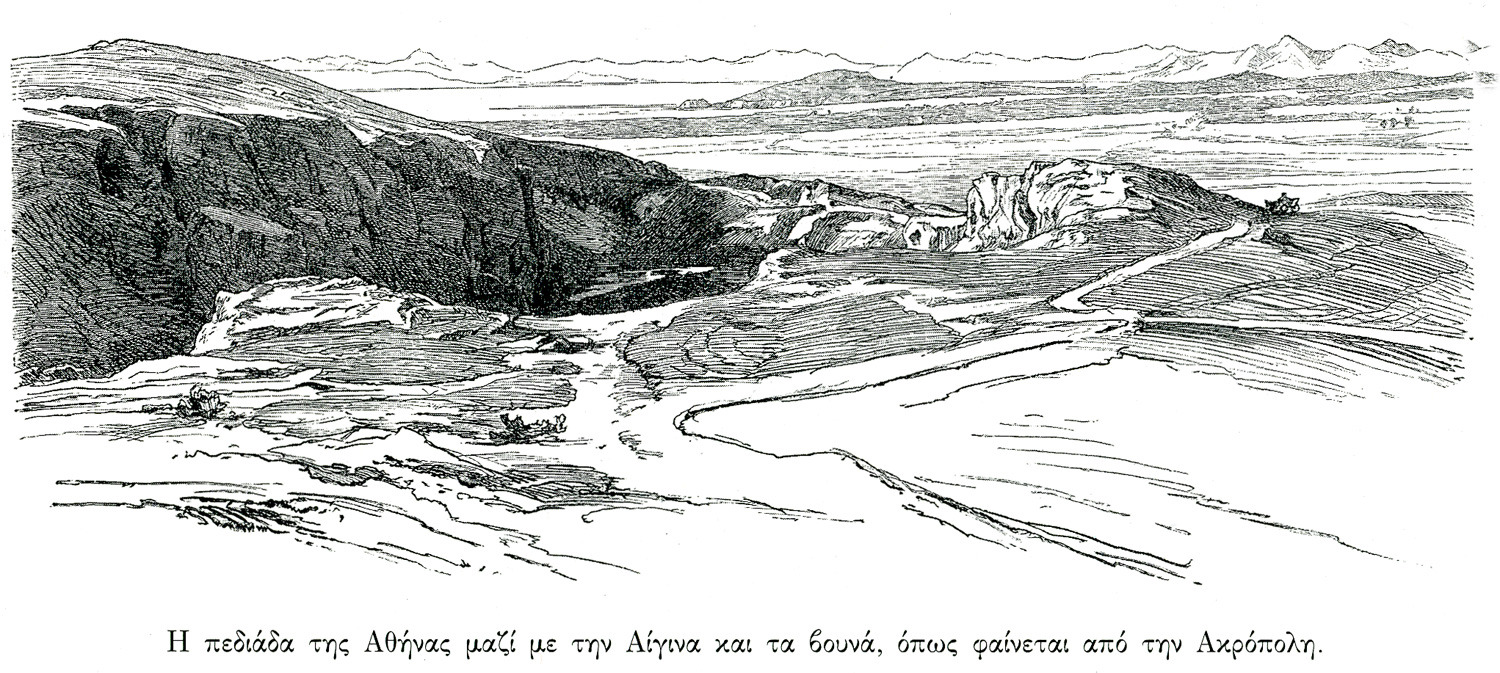
View of Athens with Aegina island in the distance, from the Acropolis.
-
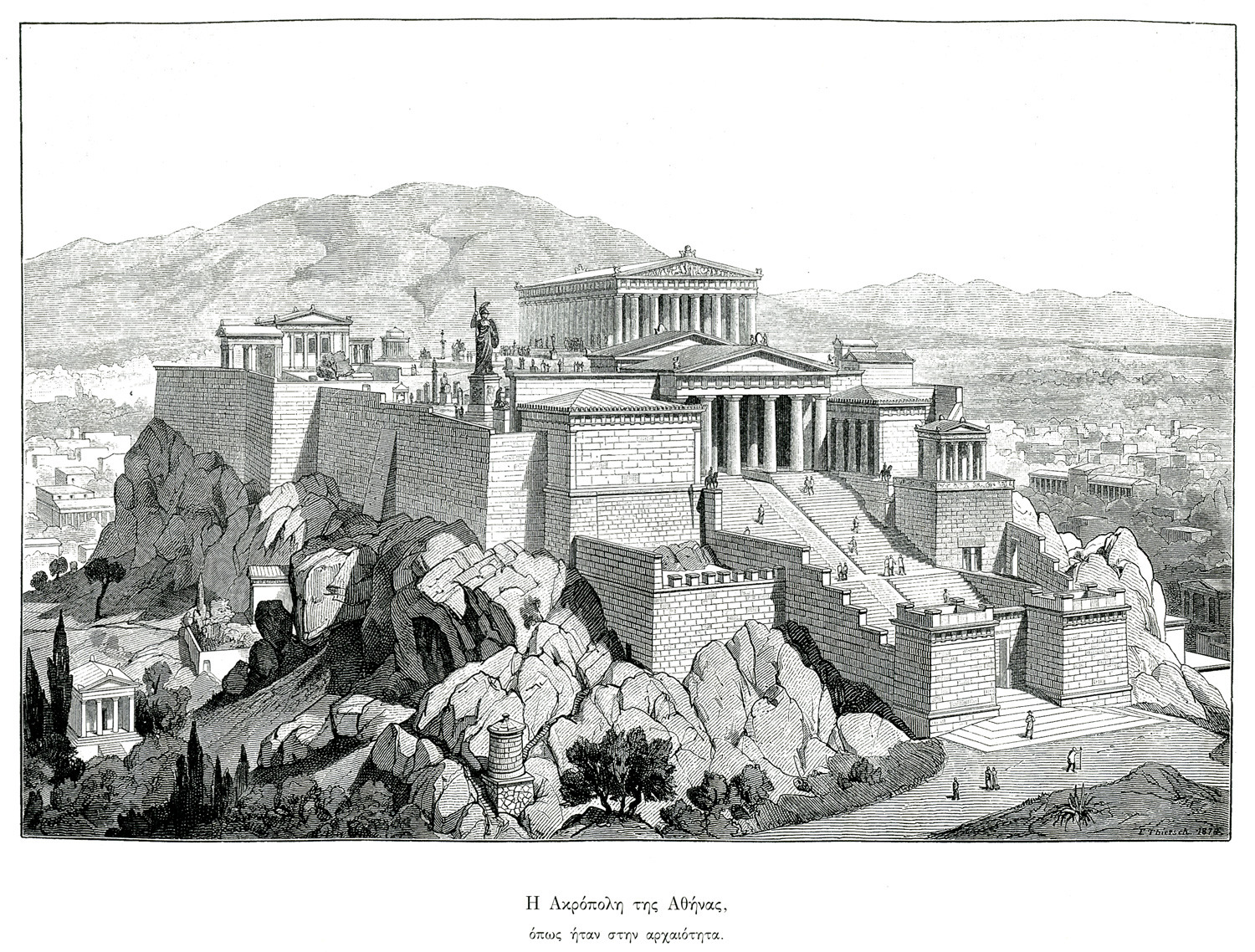
-
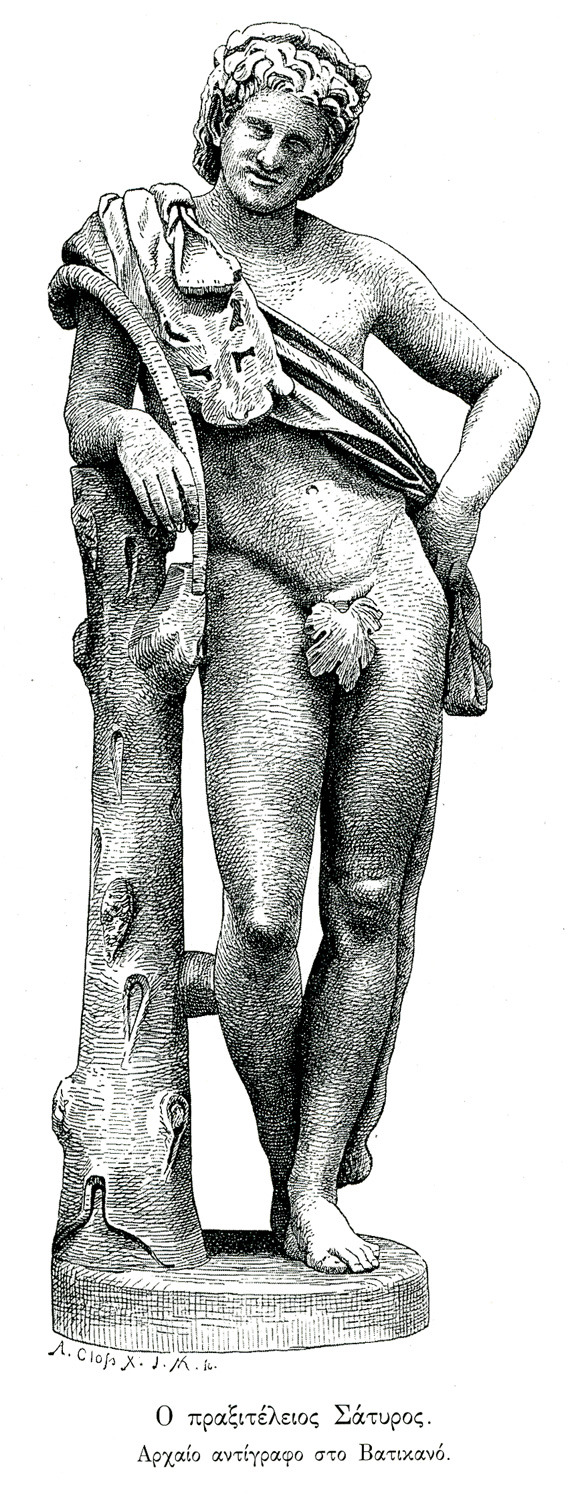
-
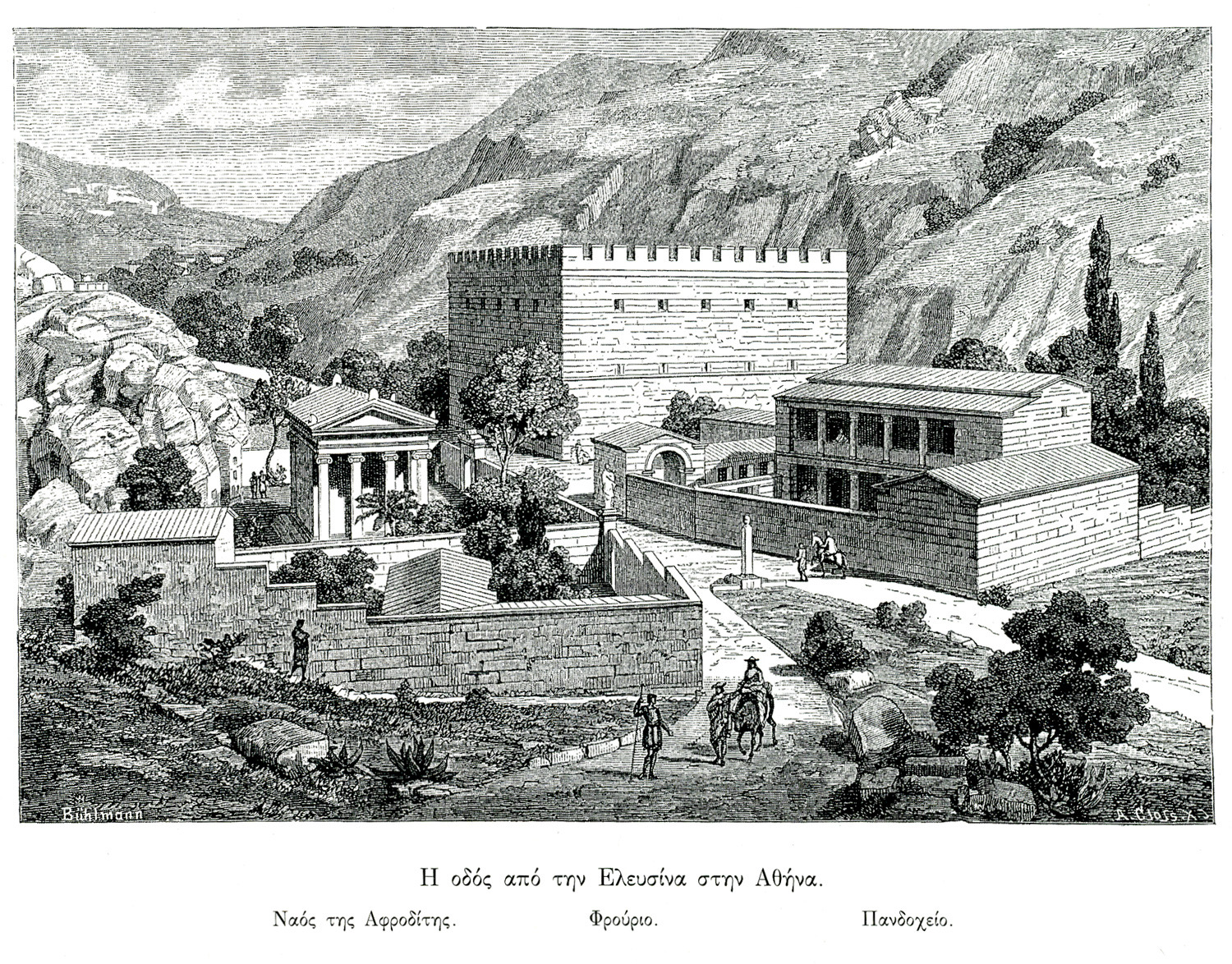
-

-
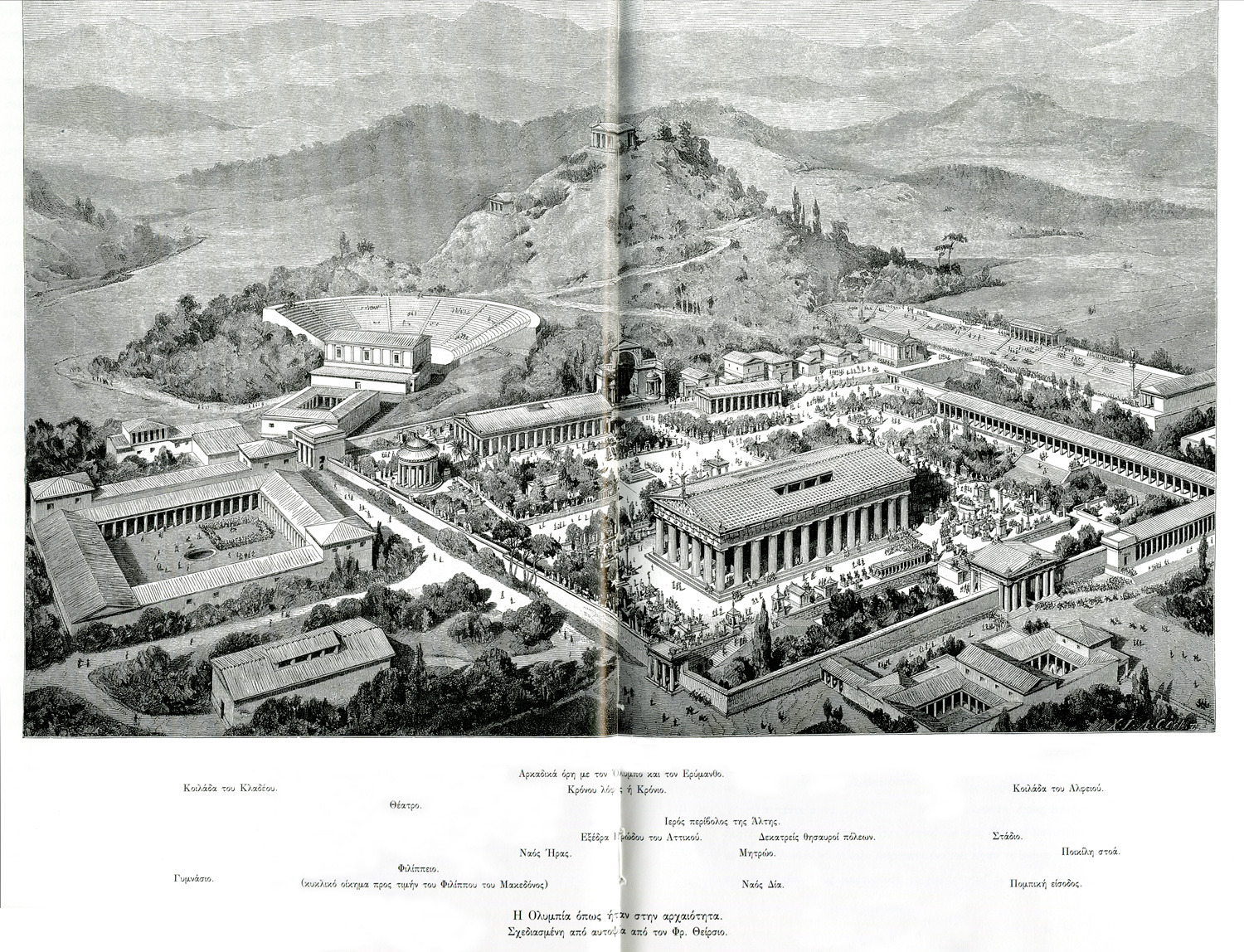
Reconstruction of ancient Olympia, from drawing by Friedrich Wilhelm von Thiersch.
-
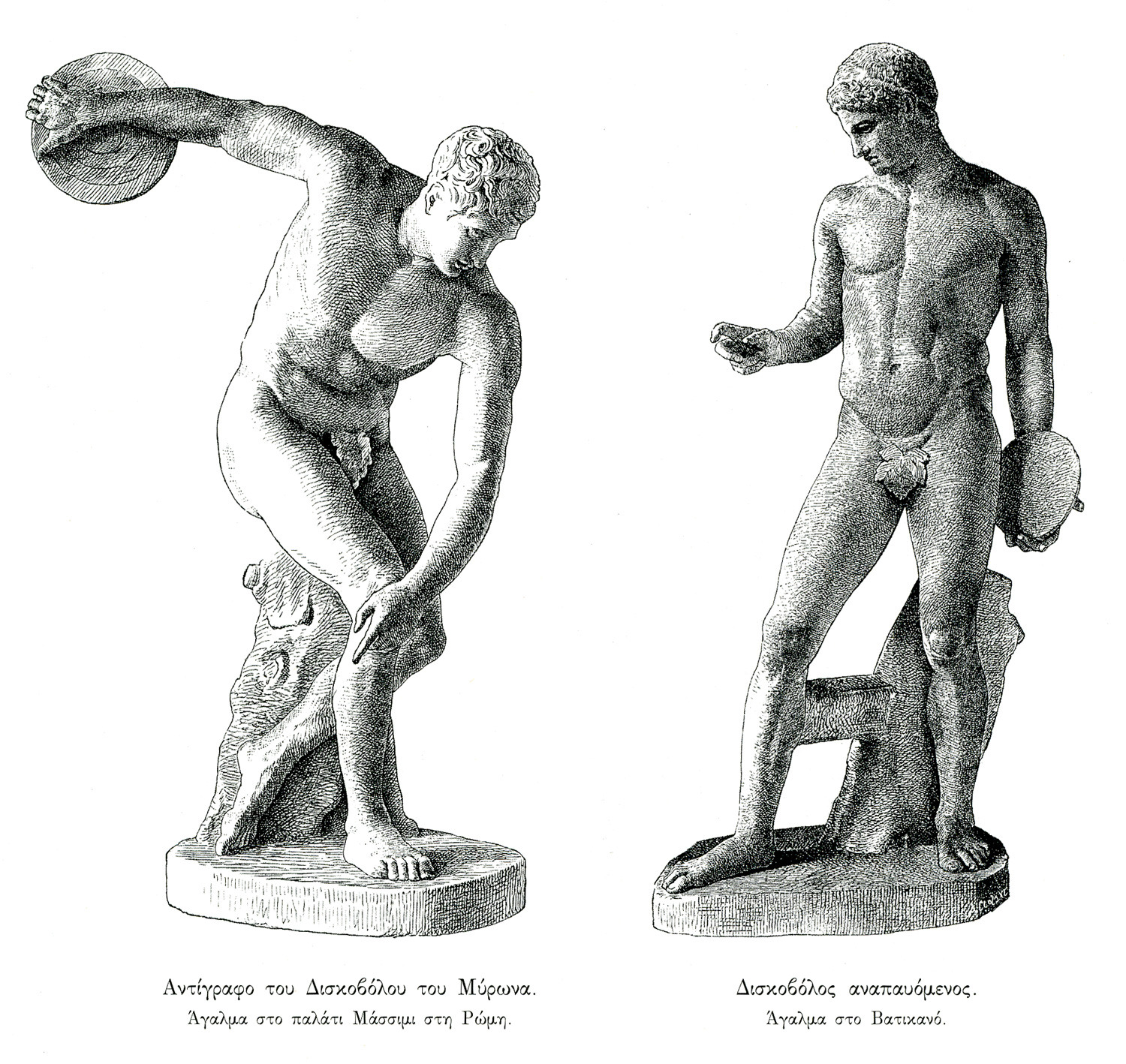
-
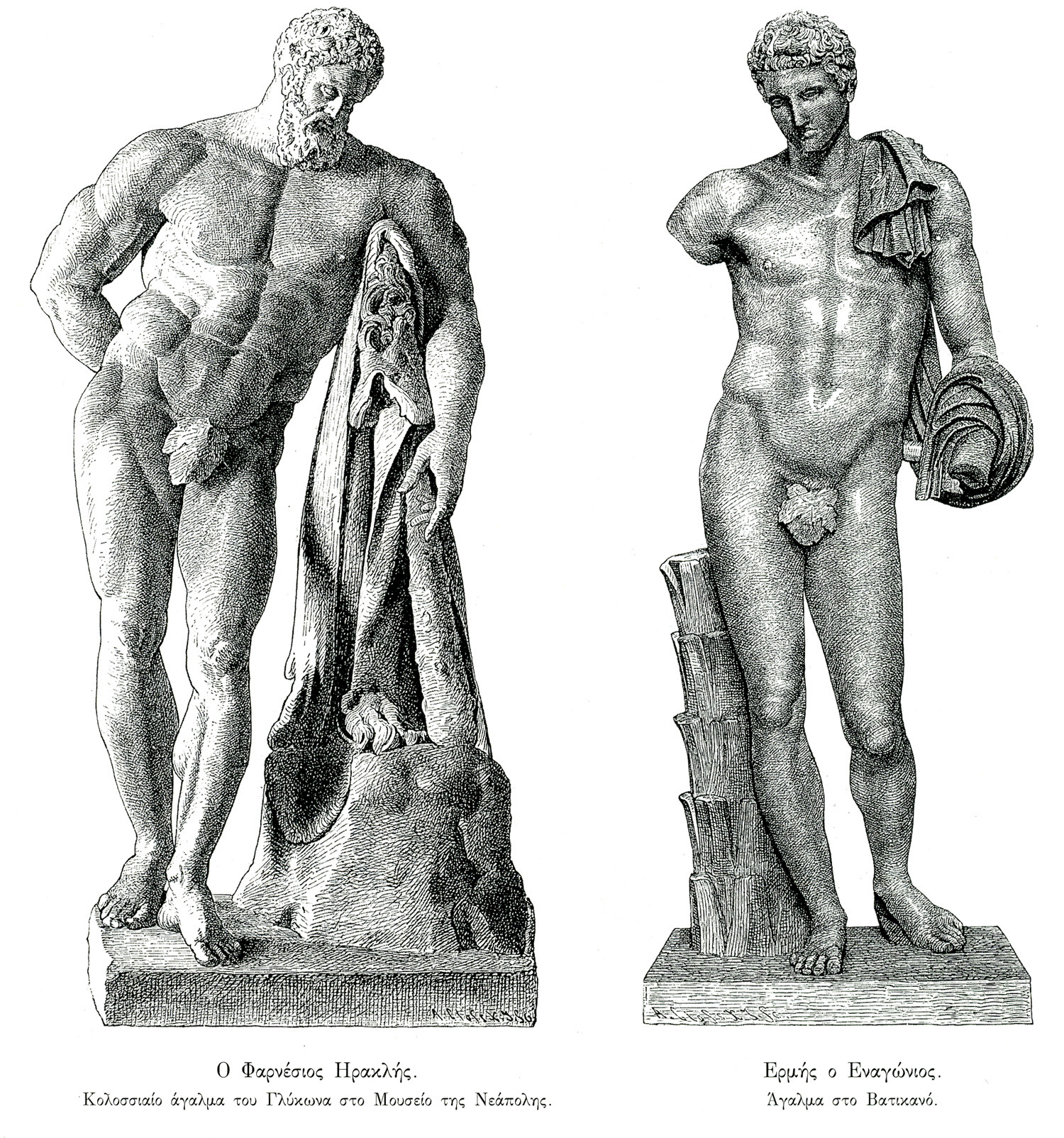
-
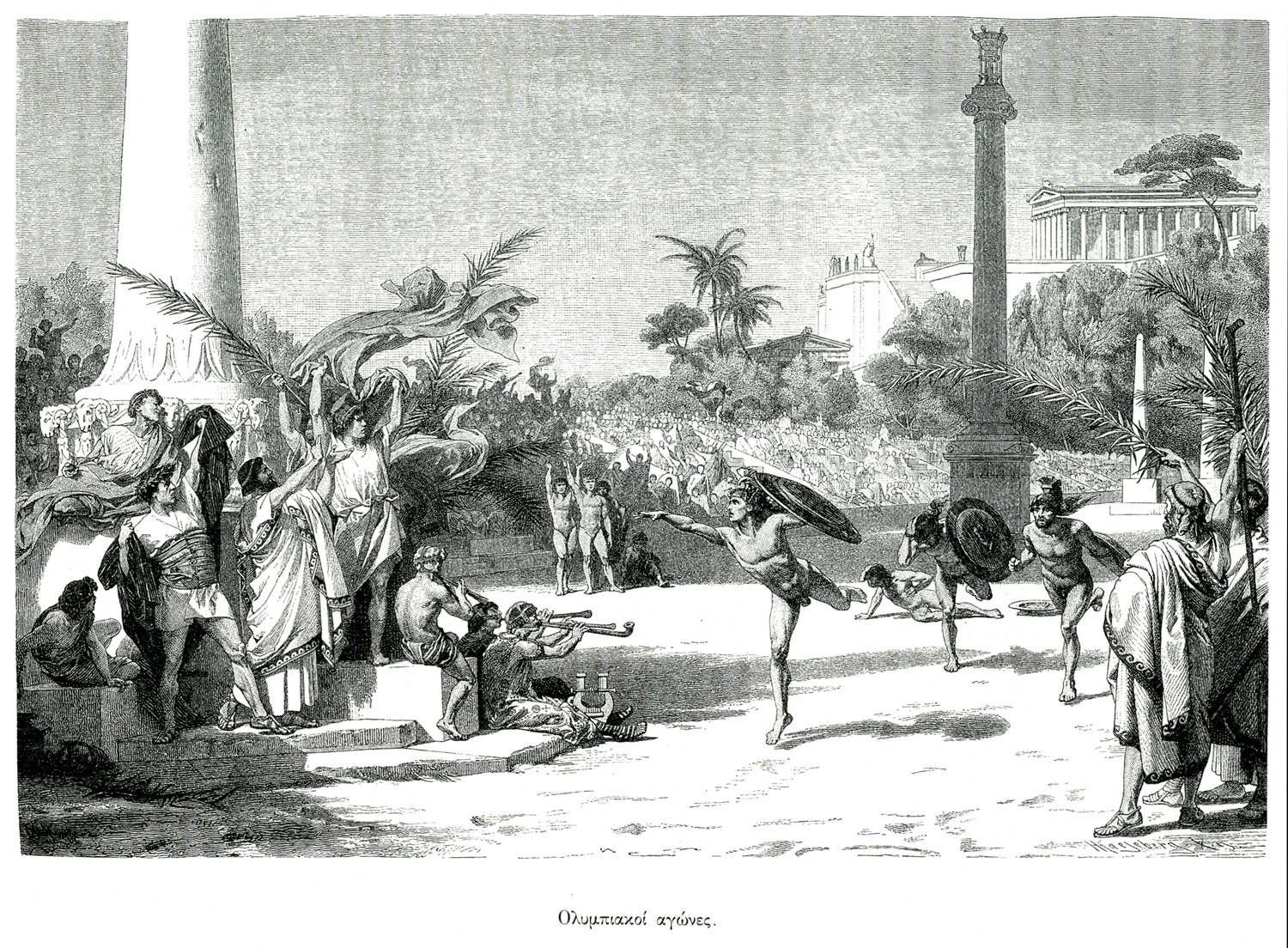
-
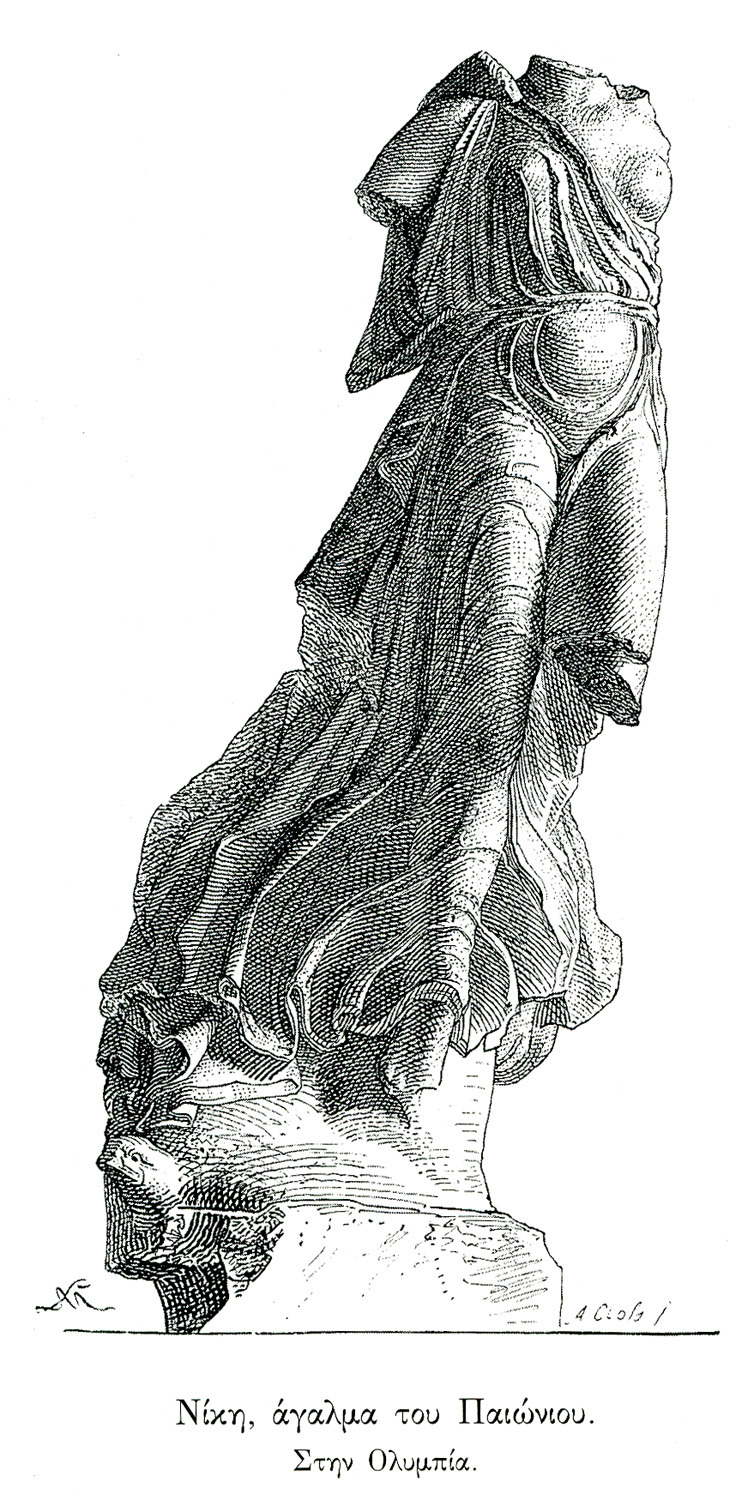
Statue of Nike by Paionius, Archaeological Musem of ancient Olympia.
-
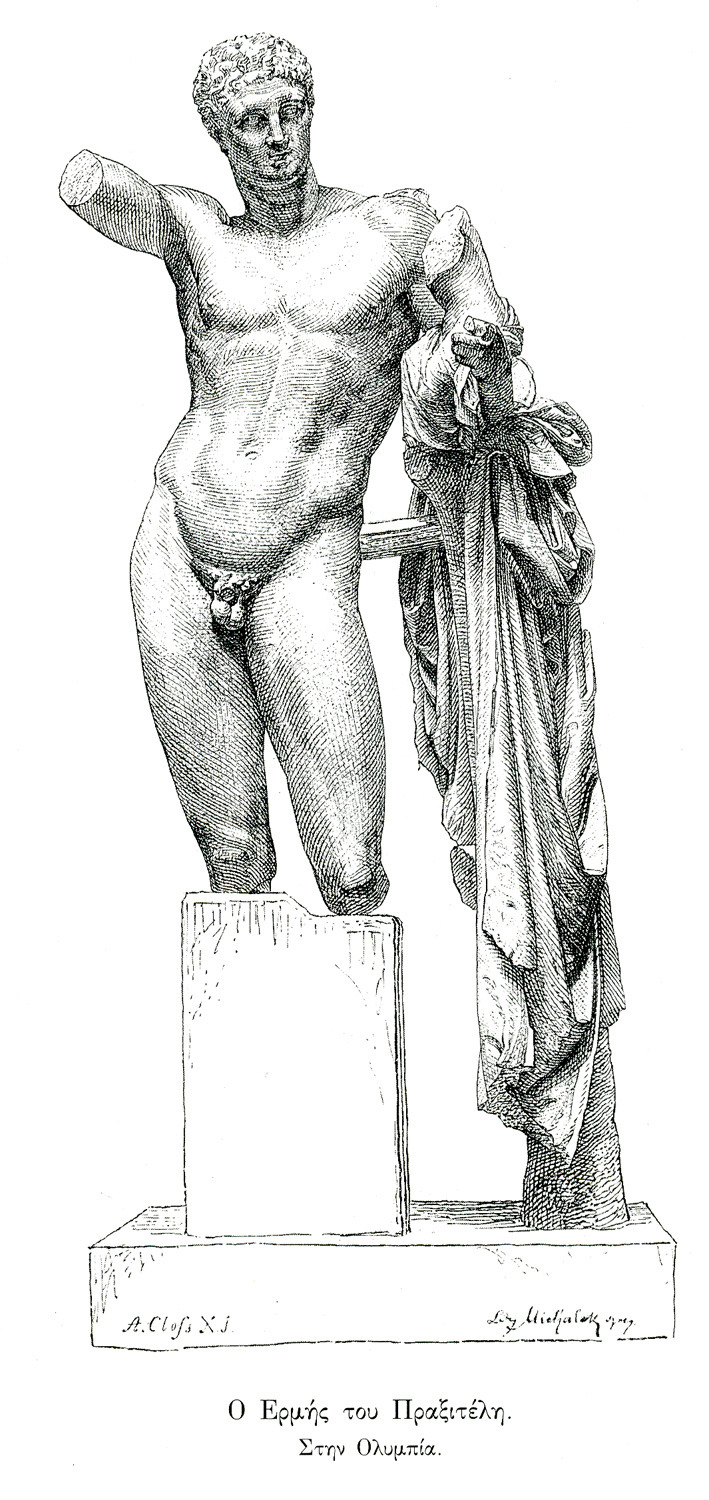
Statue of Hermes by Praxiteles, Archaeological Musem of ancient Olympia.
-
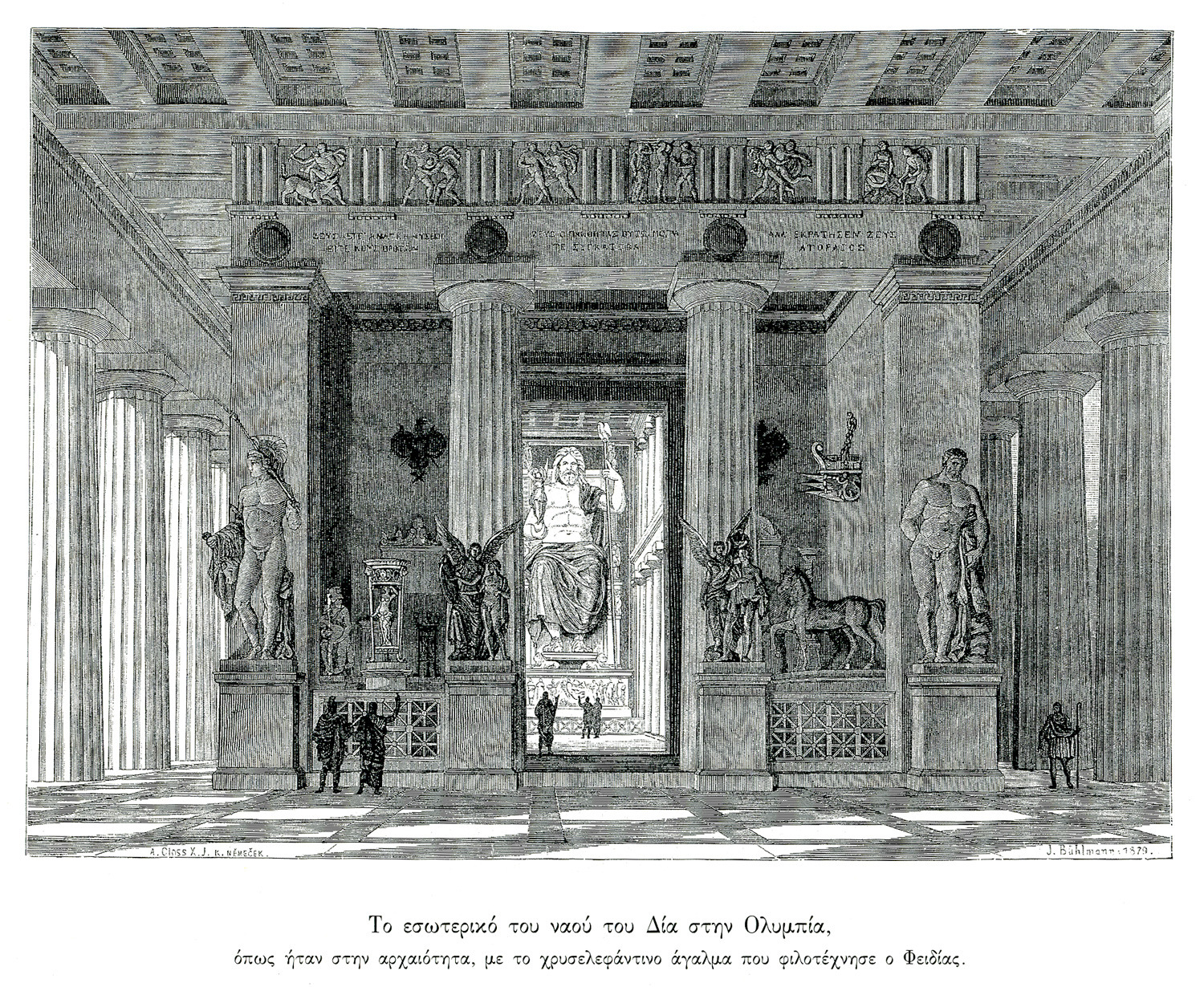
-
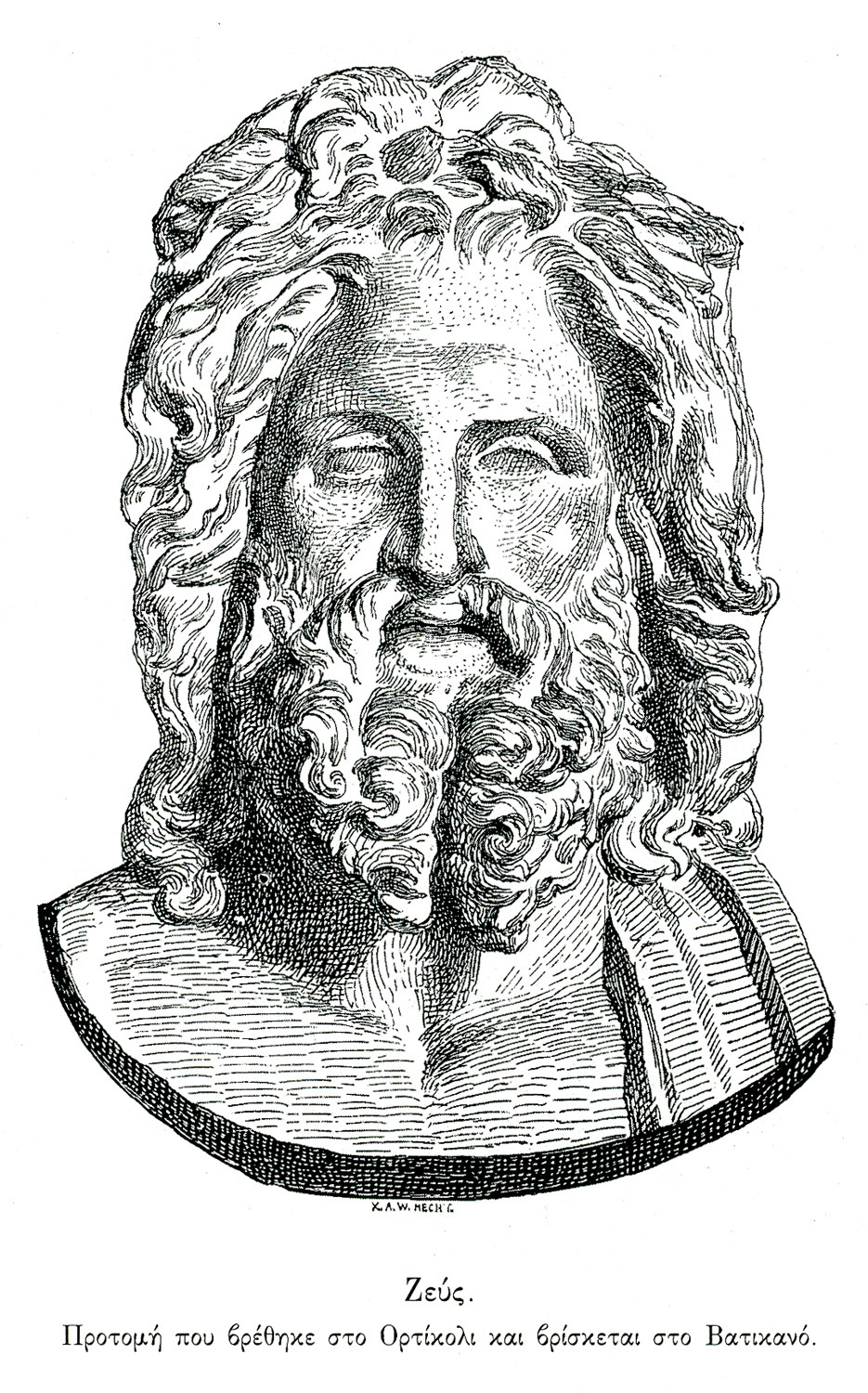
-
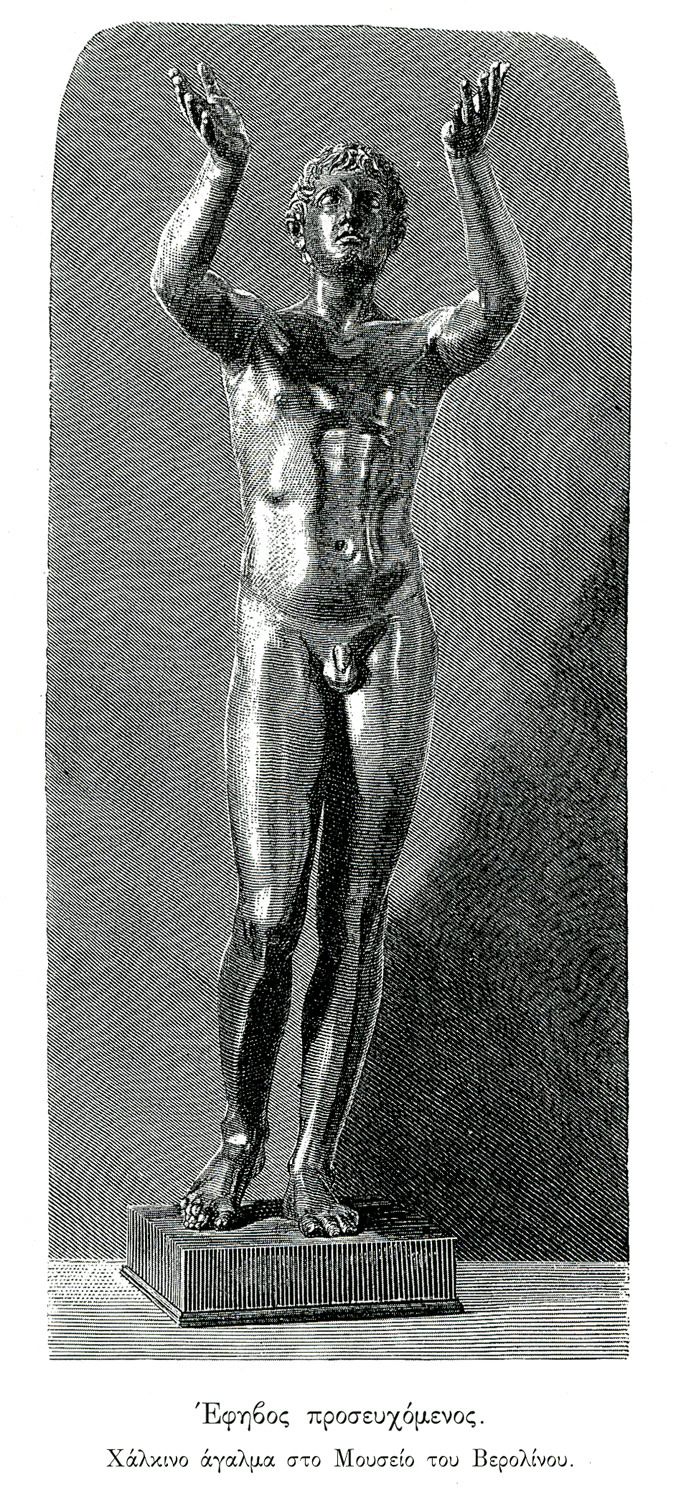
Hellenistic statue of the “praying boy”, Staatliche Museum, Berlin.
-
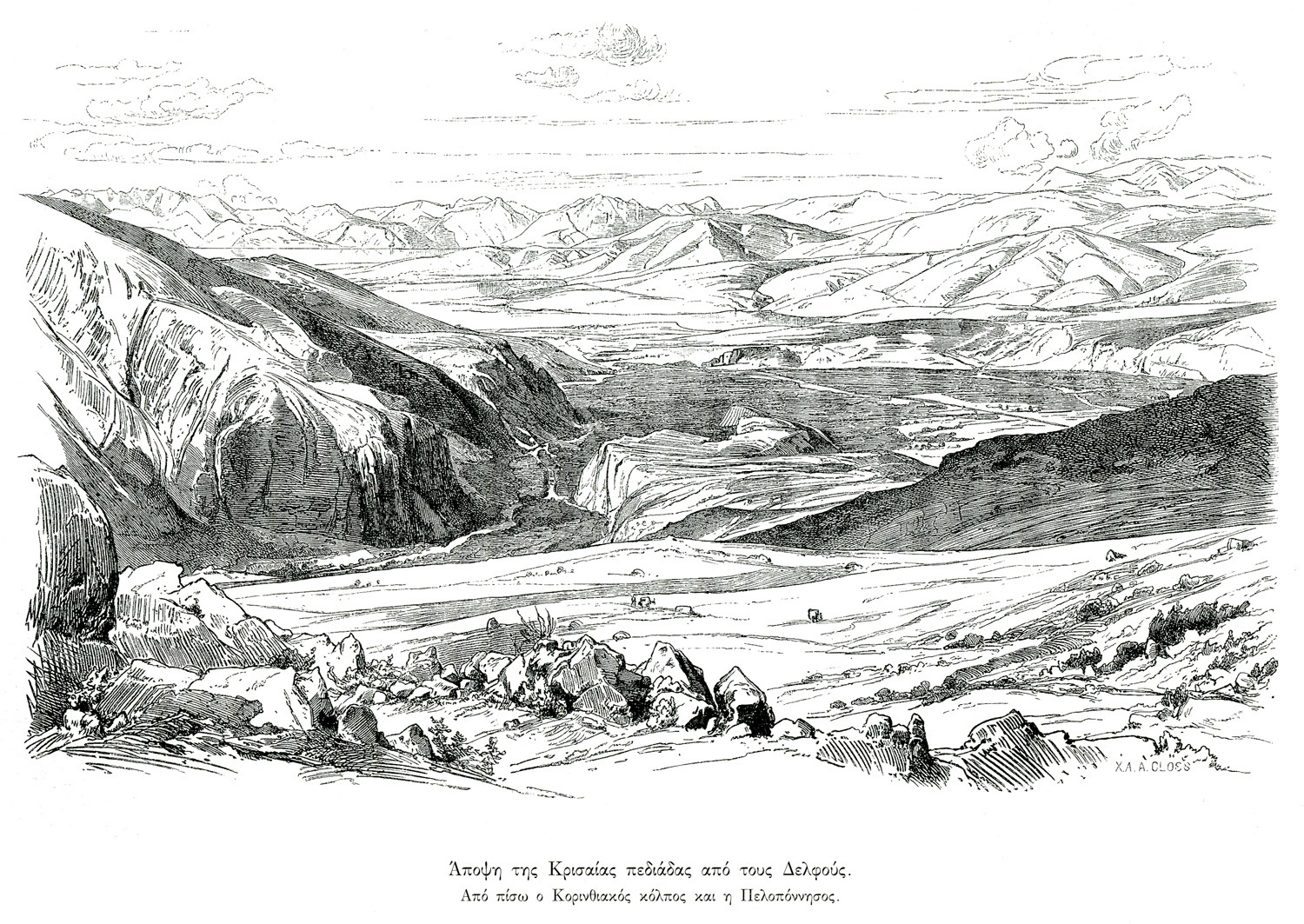
View of the Crissaean plain from Delphi. In the background, the Corinthian gulf and Peloponnese.
-
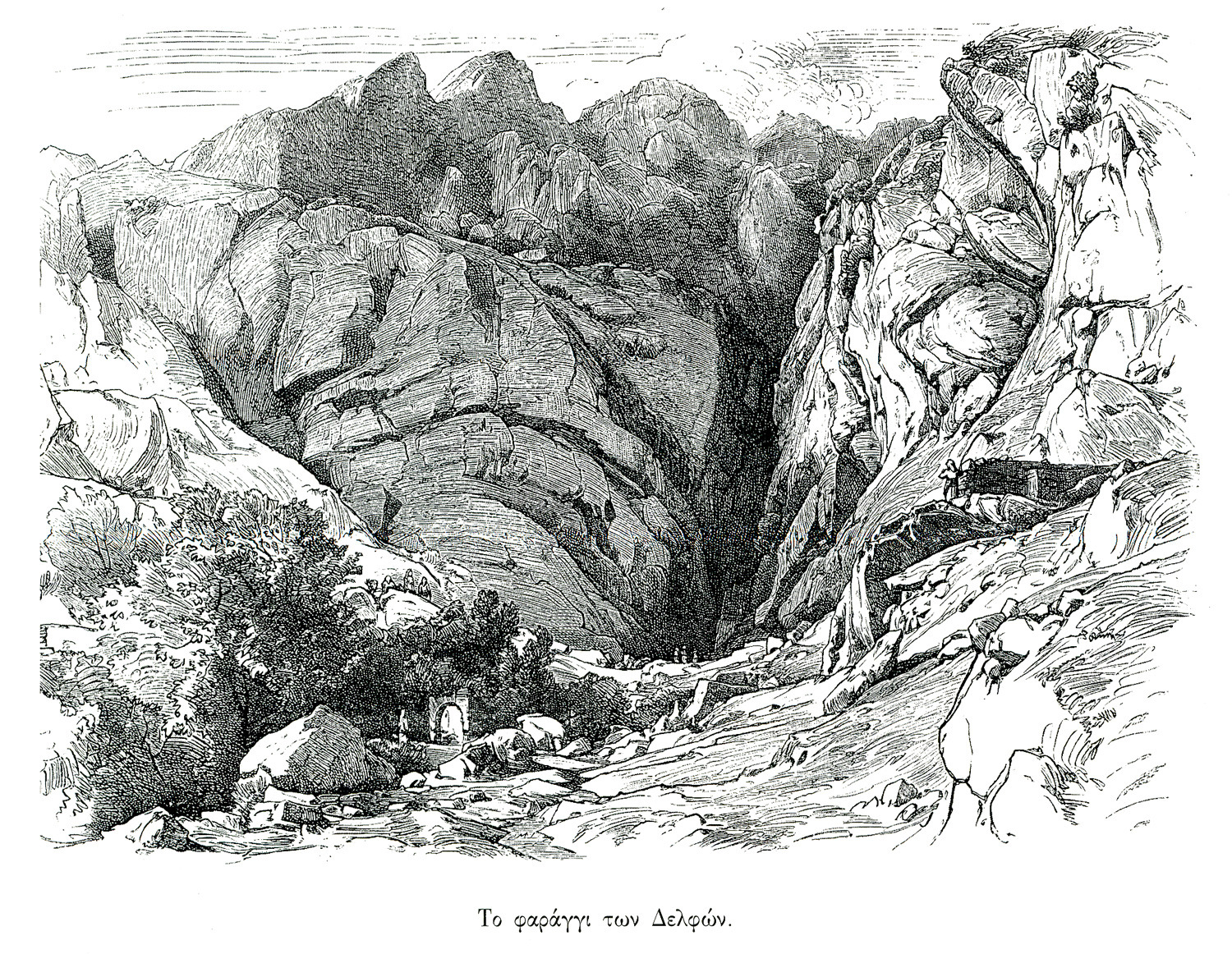
The gorge of the Phaedriades and the Castalian spring, Delphi.
-
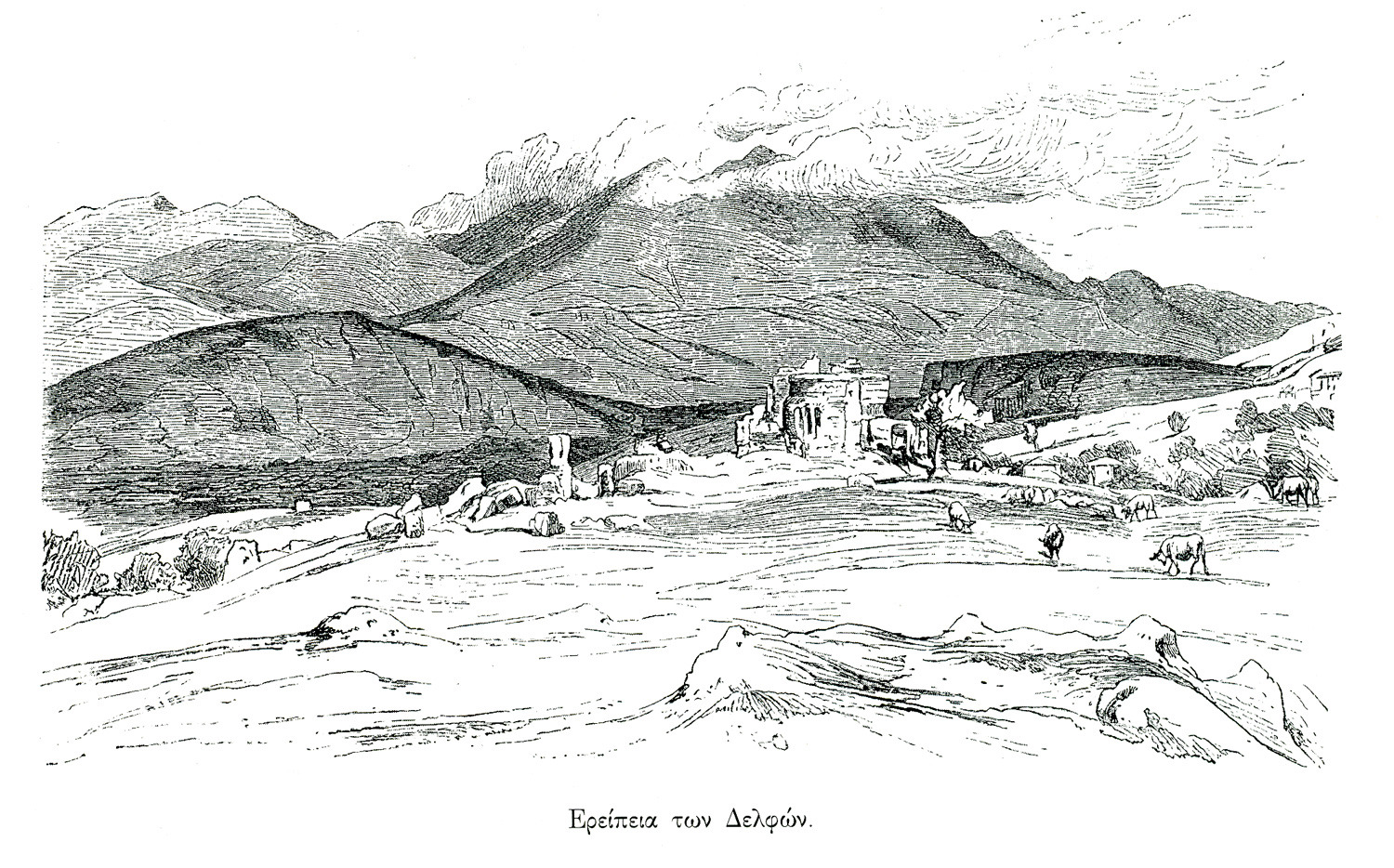
-
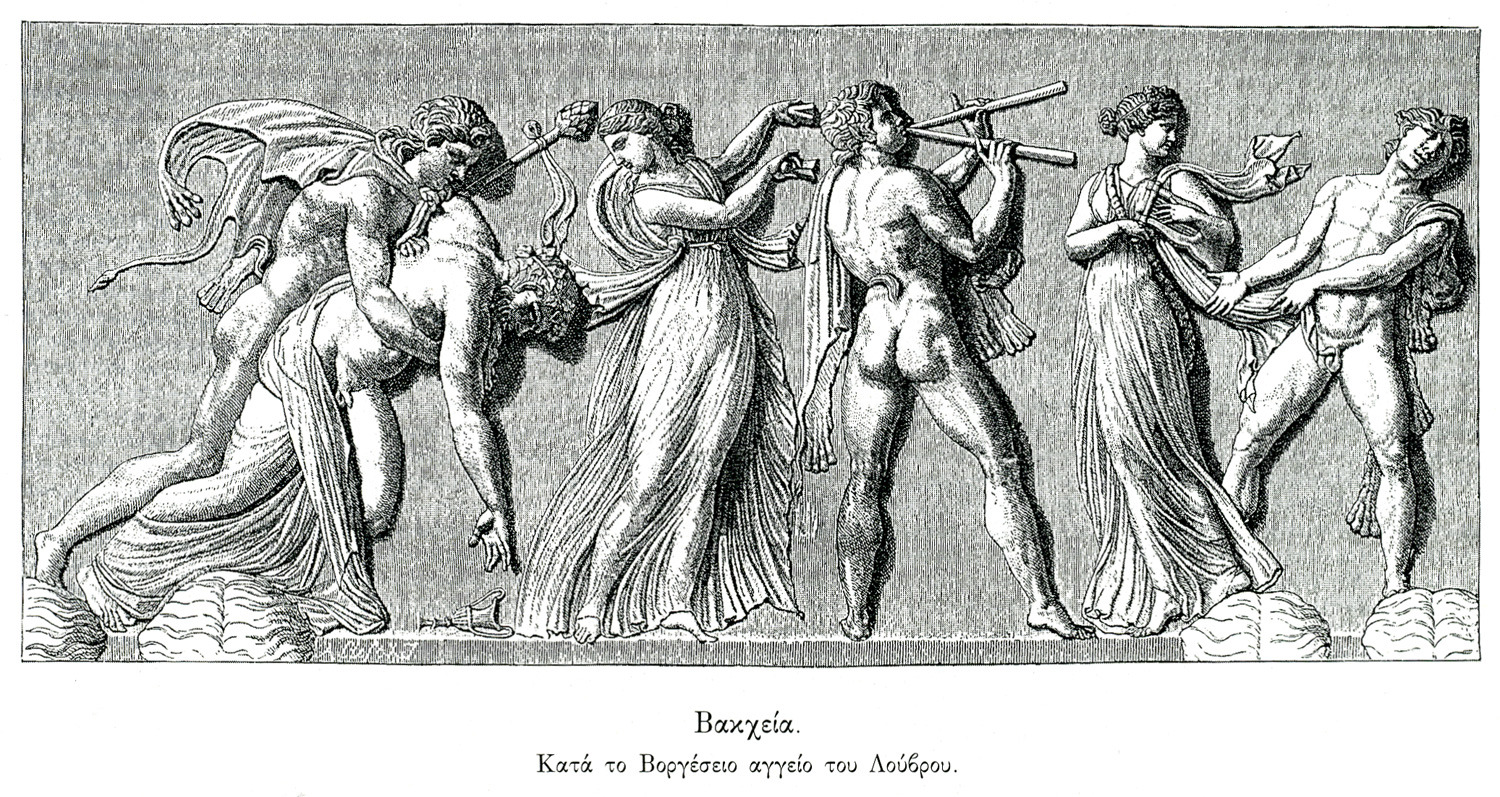
Drawing of thiasus (Bacchanalian procession), after the Borghese vase, Louvre Museum.
-
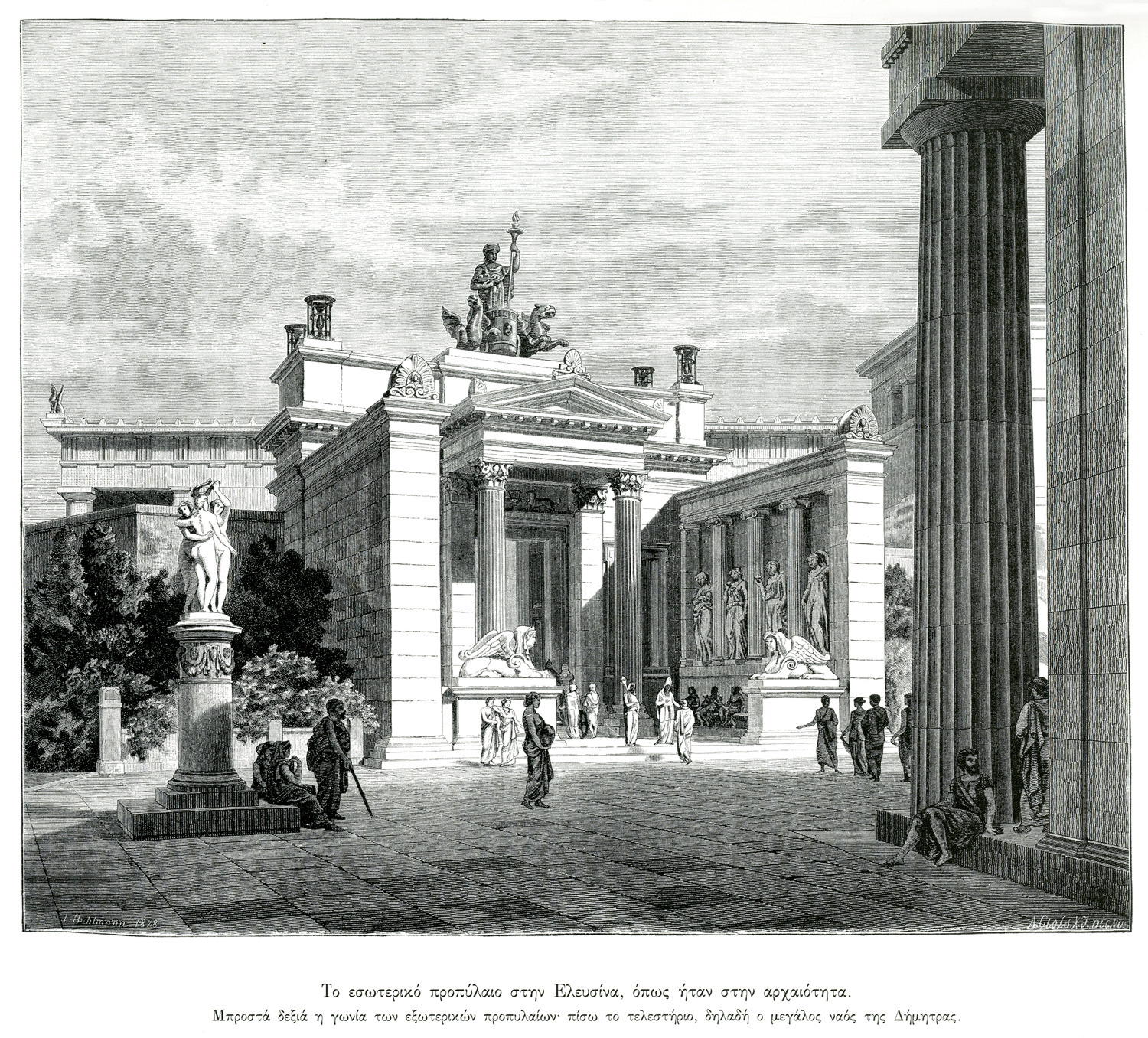
Imaginary reconstruction of Lesser Propylaea of the temple of Demeter at Eleusis.
-
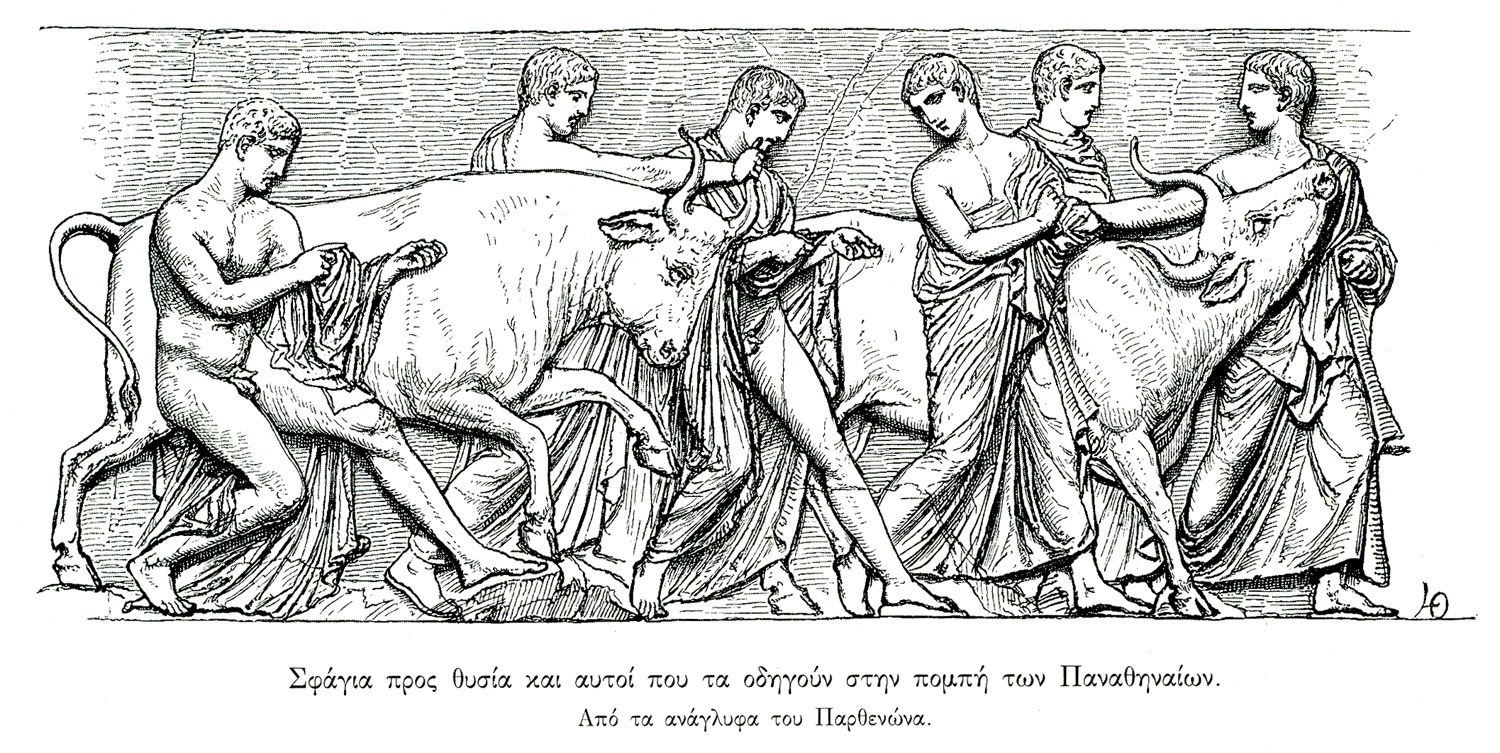
Oxen led to sacrifice, drawing after the reliefs on the northern frieze of the Parthenon.
-
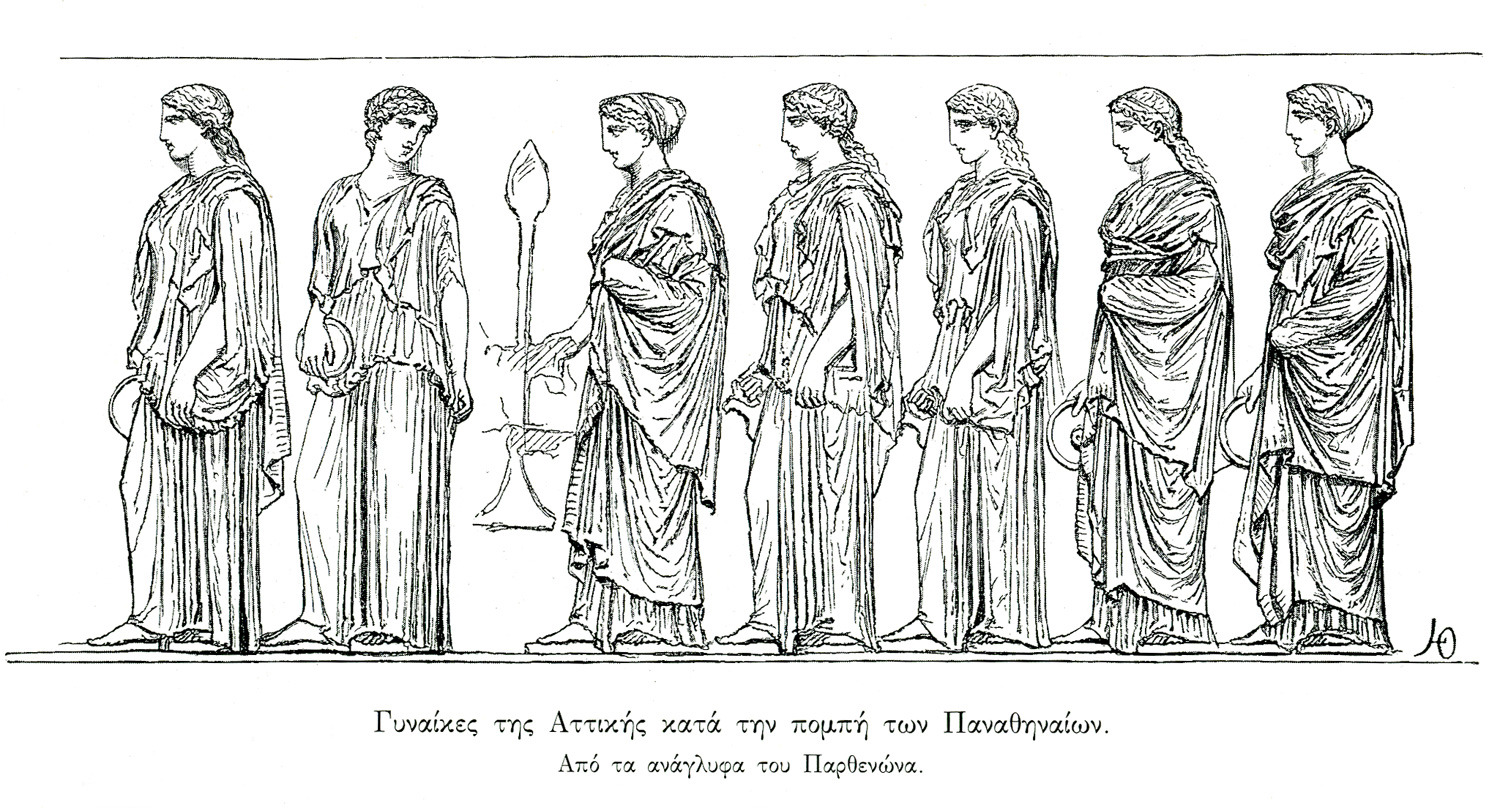
-
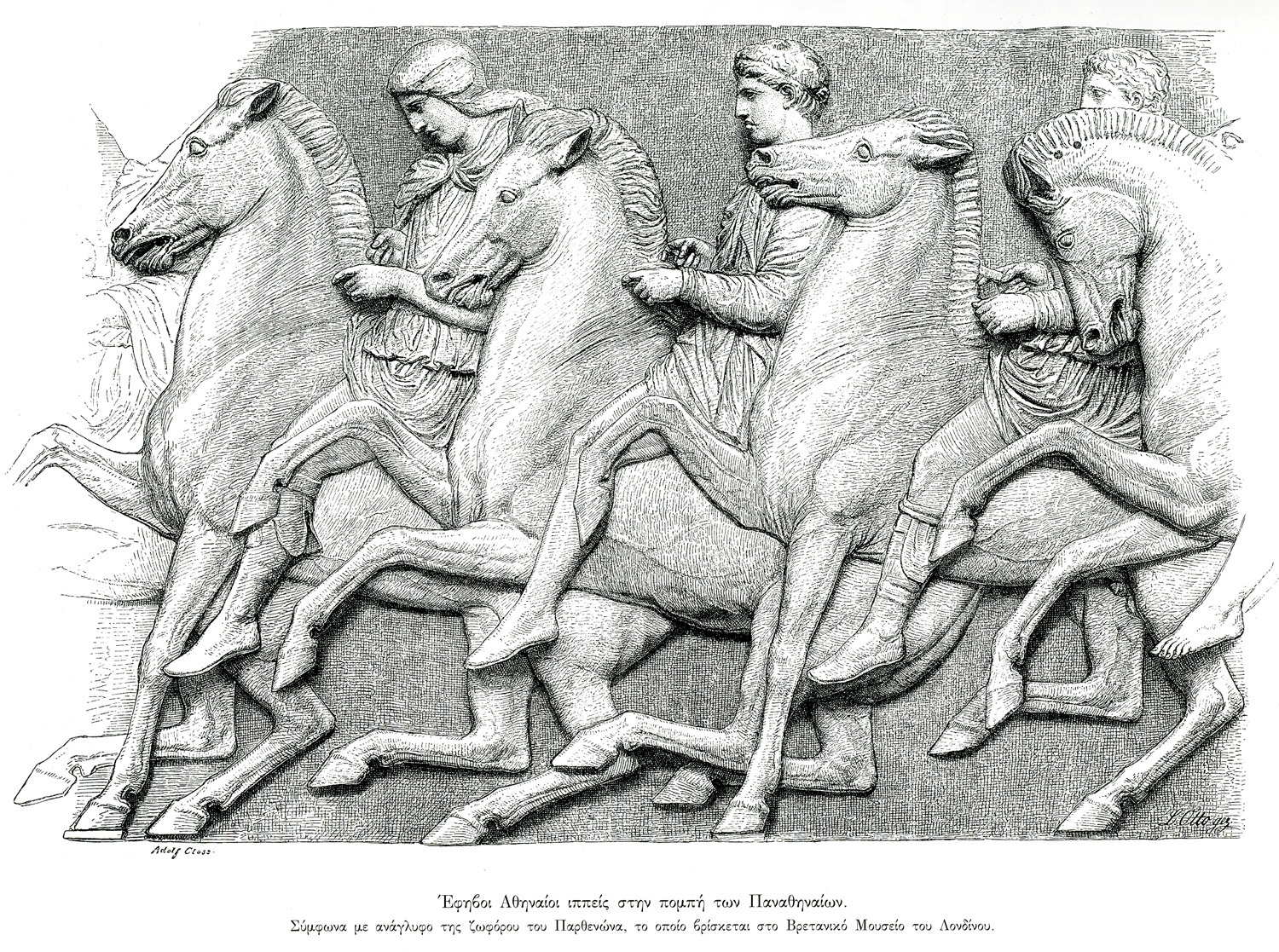
-
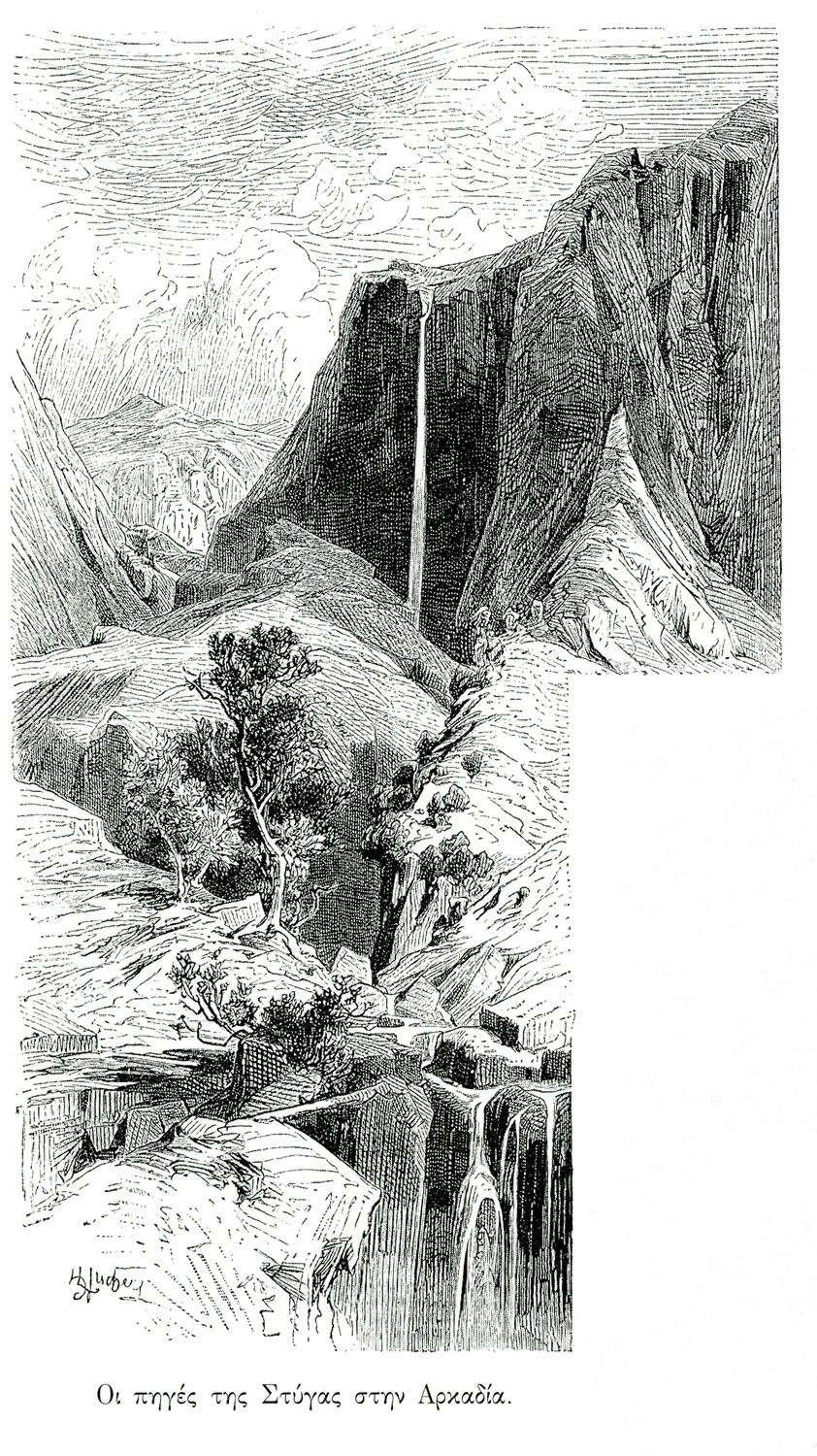
-
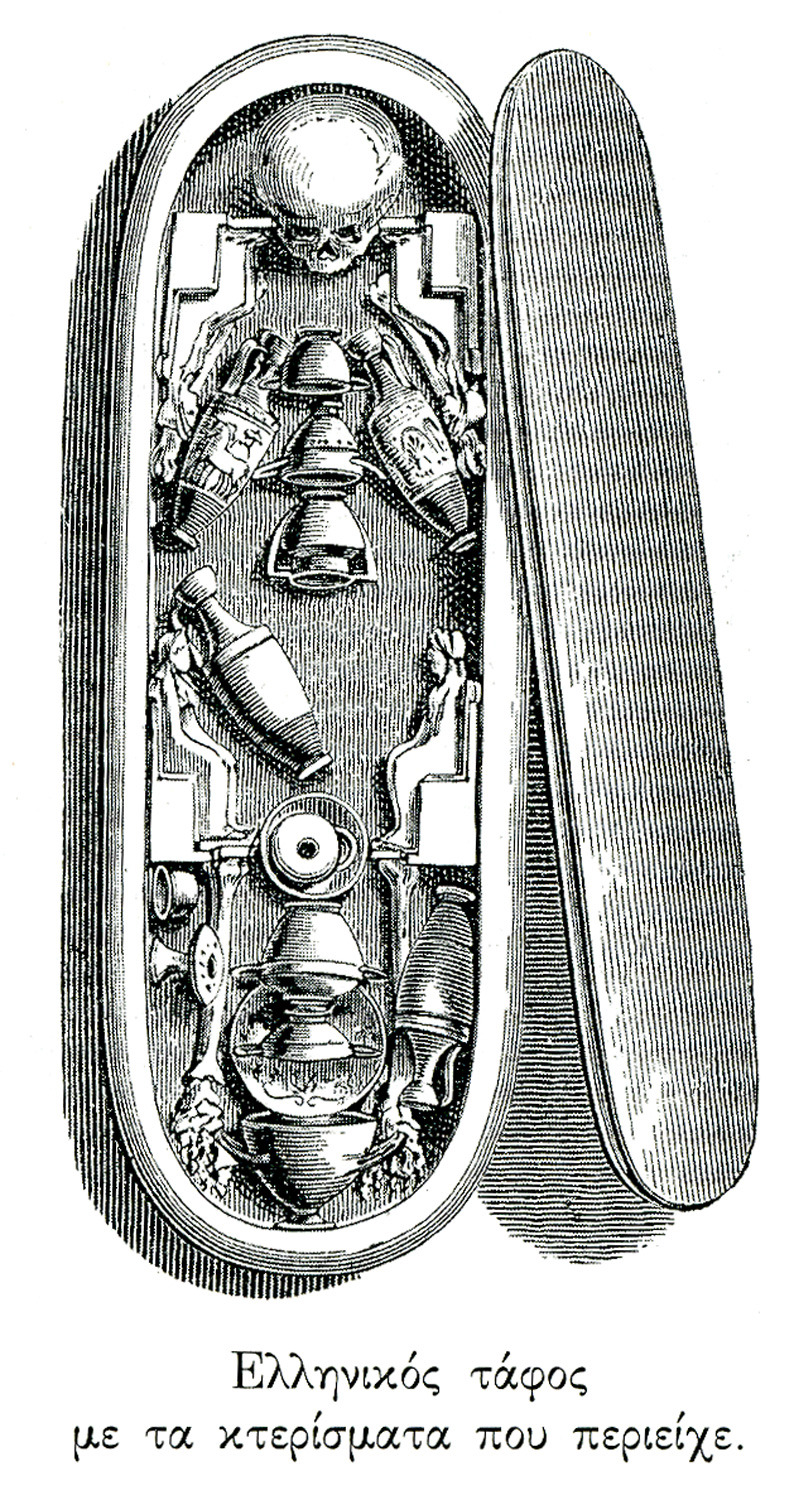
-
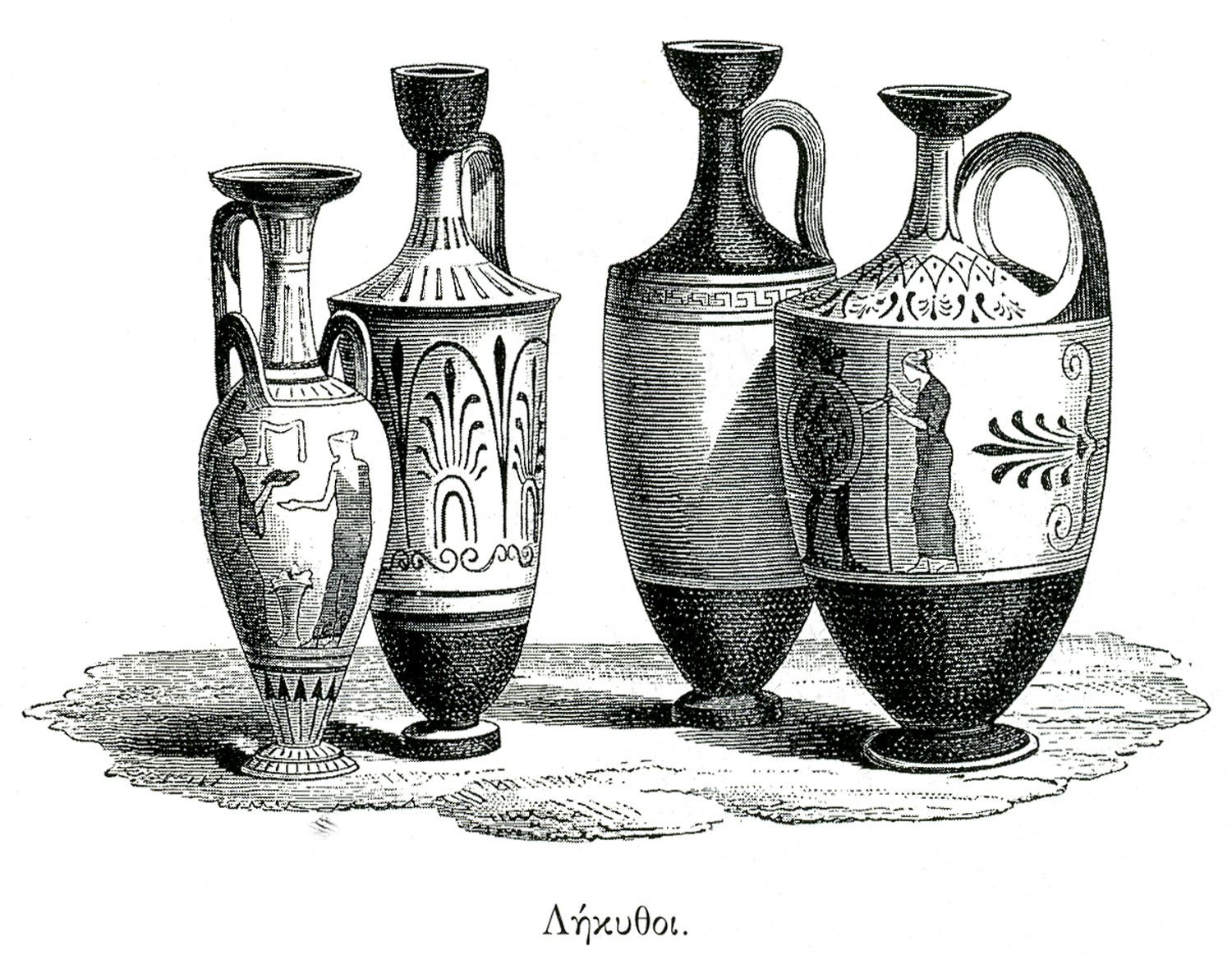
Lekythoi (vases for storing oli destined to funerary rituals).
-
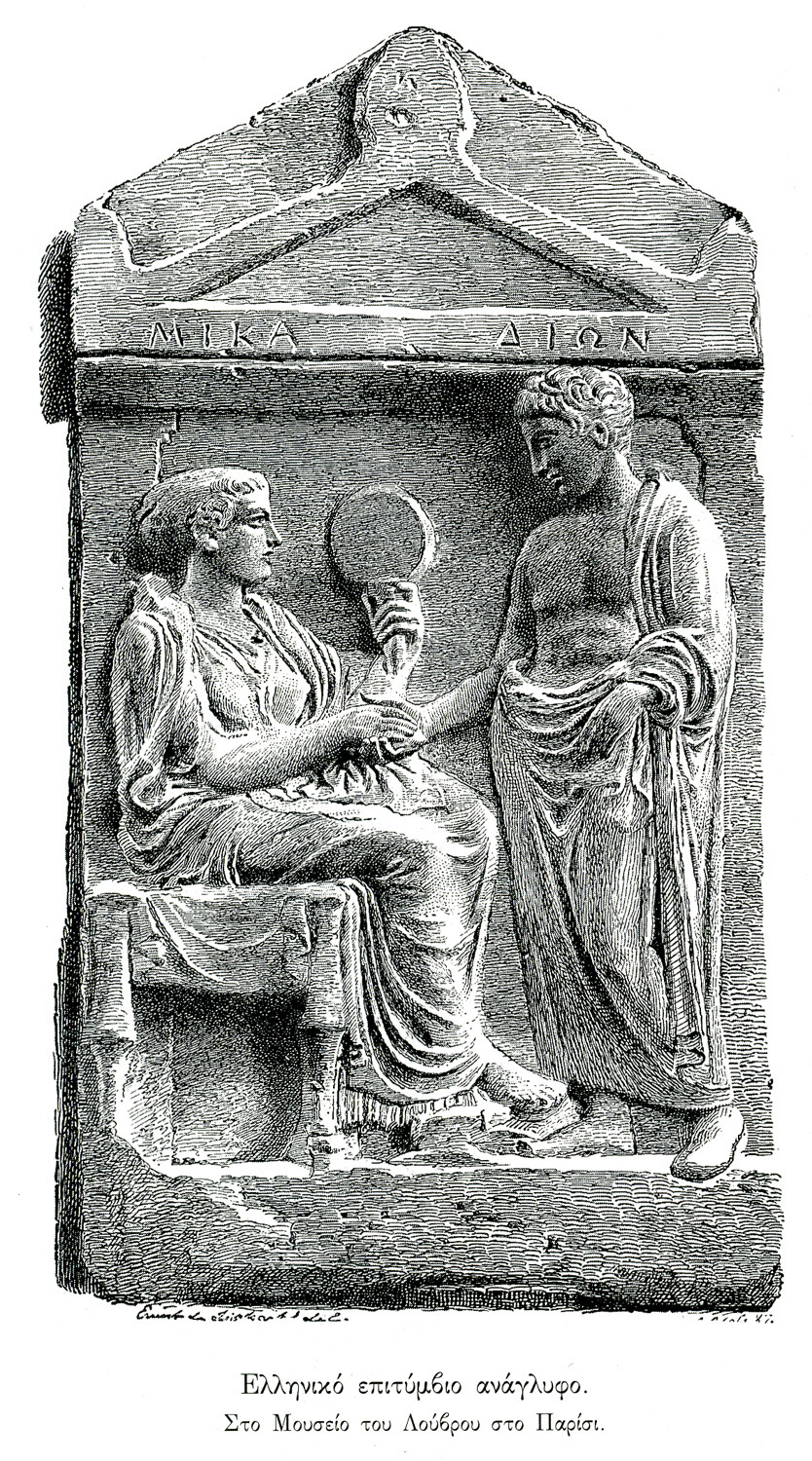
Drawing of the stele of Mika and Dion from Kerameikos cemetery, Archaeological Museum of Athens.
-
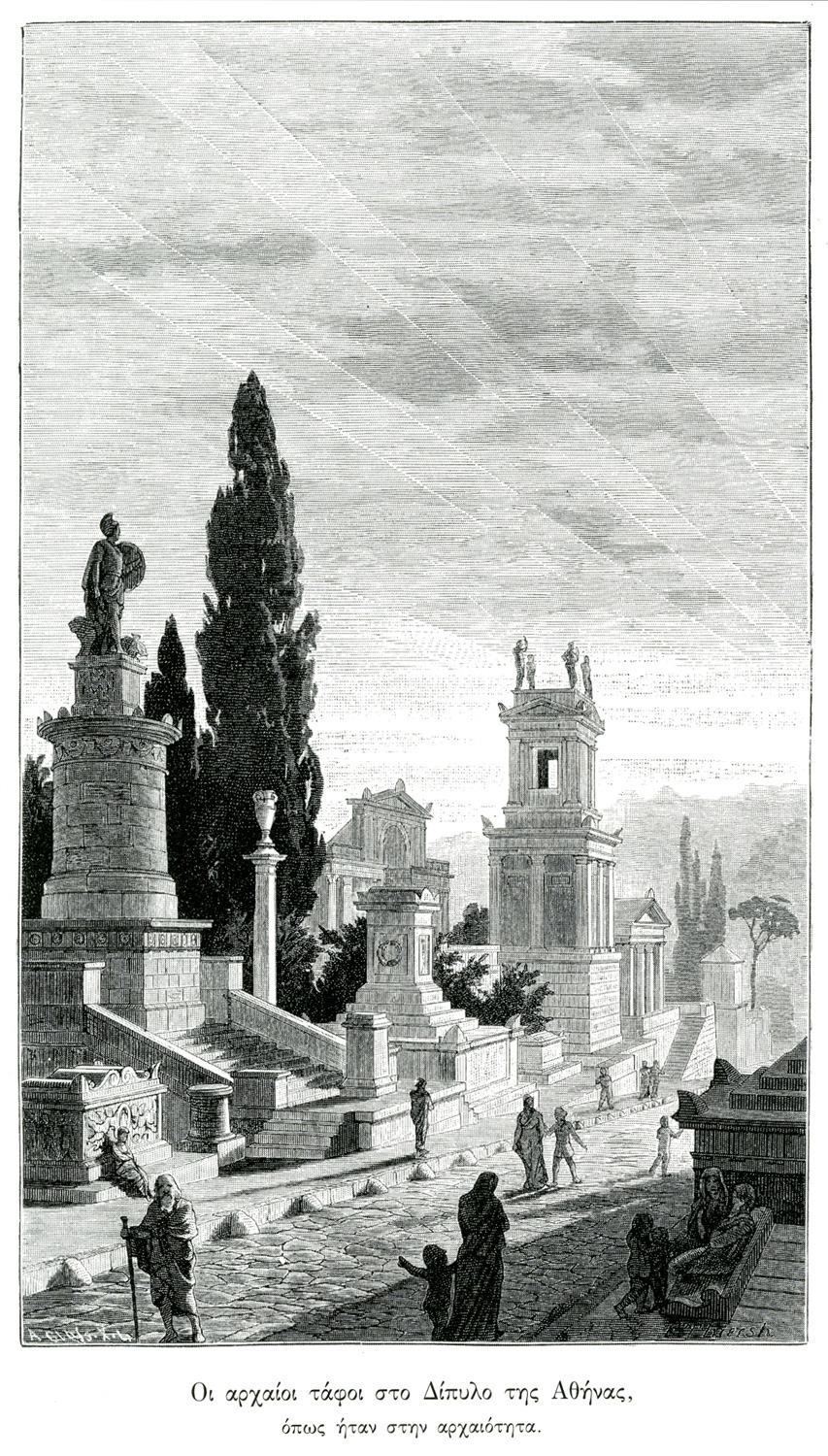
Imaginary reconstruction of Dipylon, the entrance to the cemetery of Kerameikos.
-
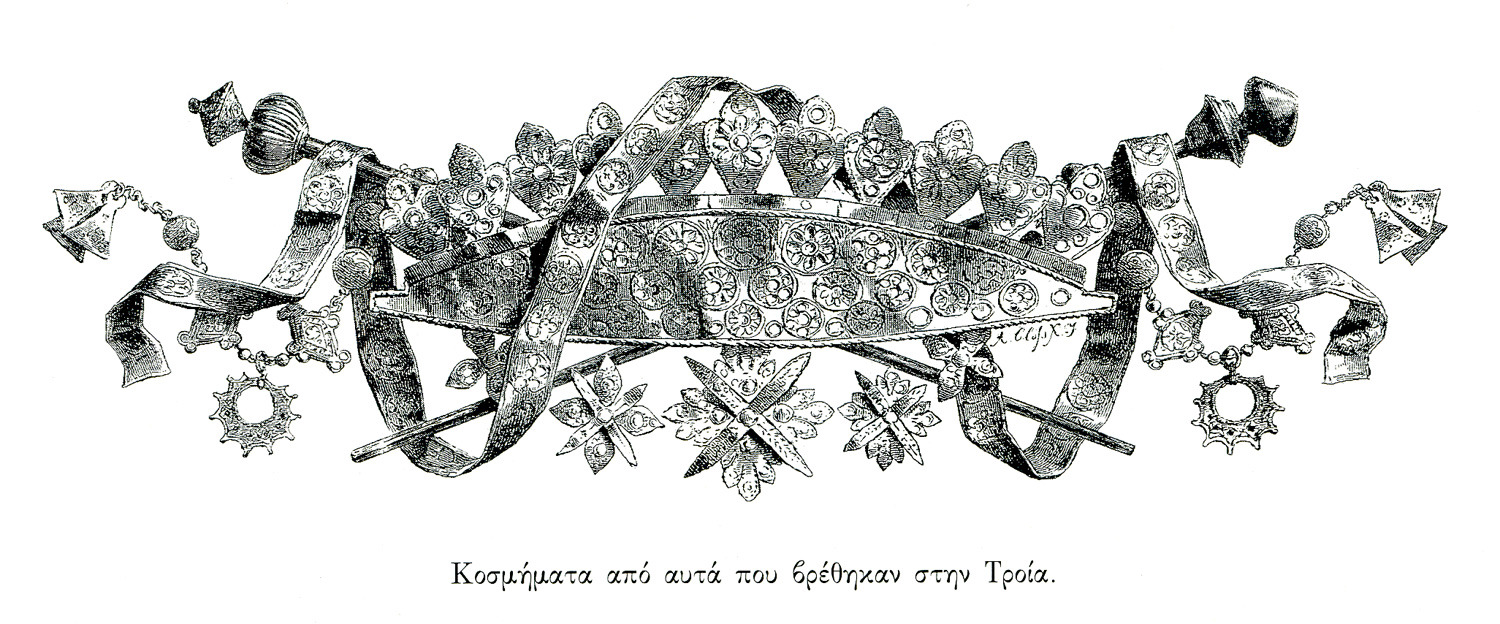
-
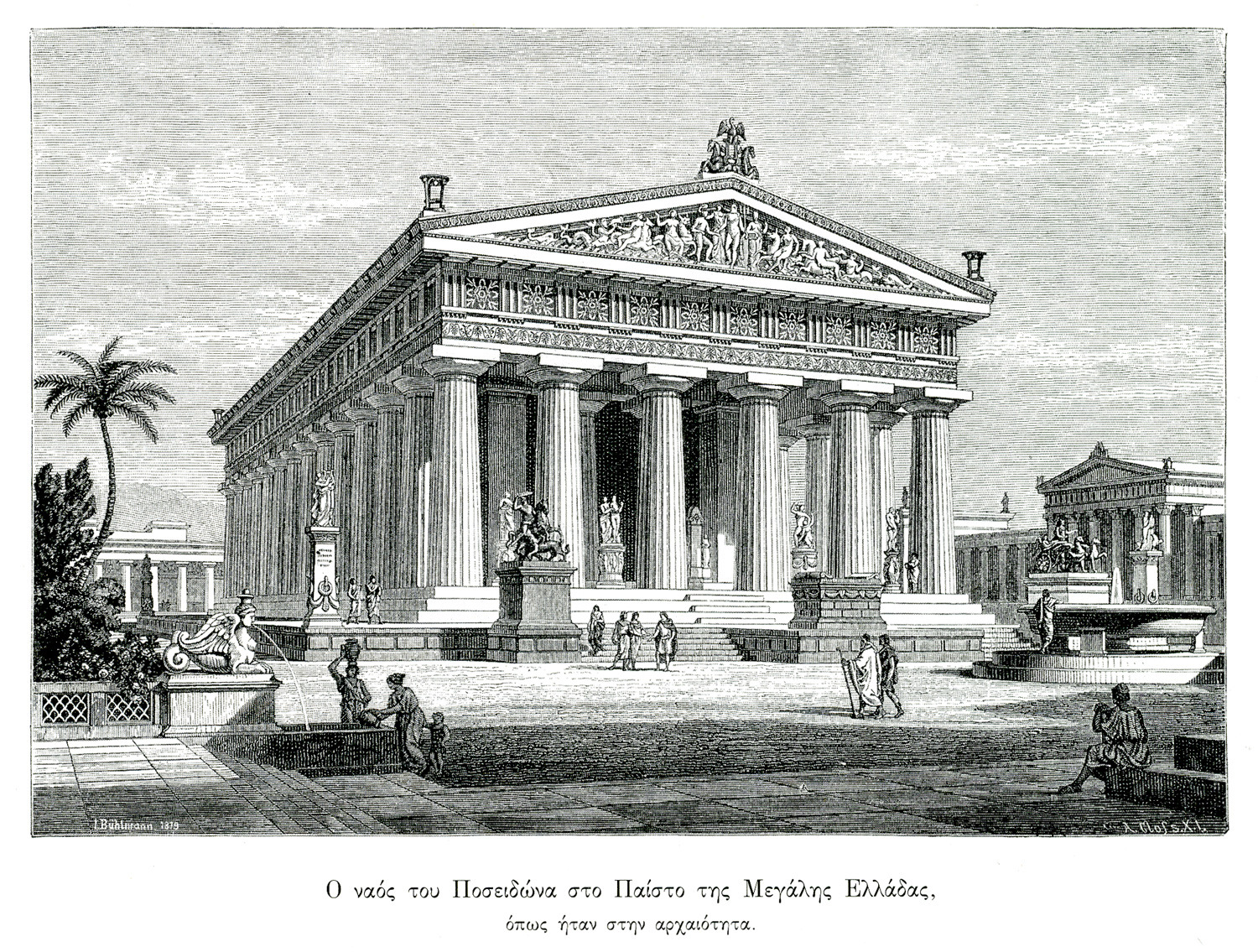
-
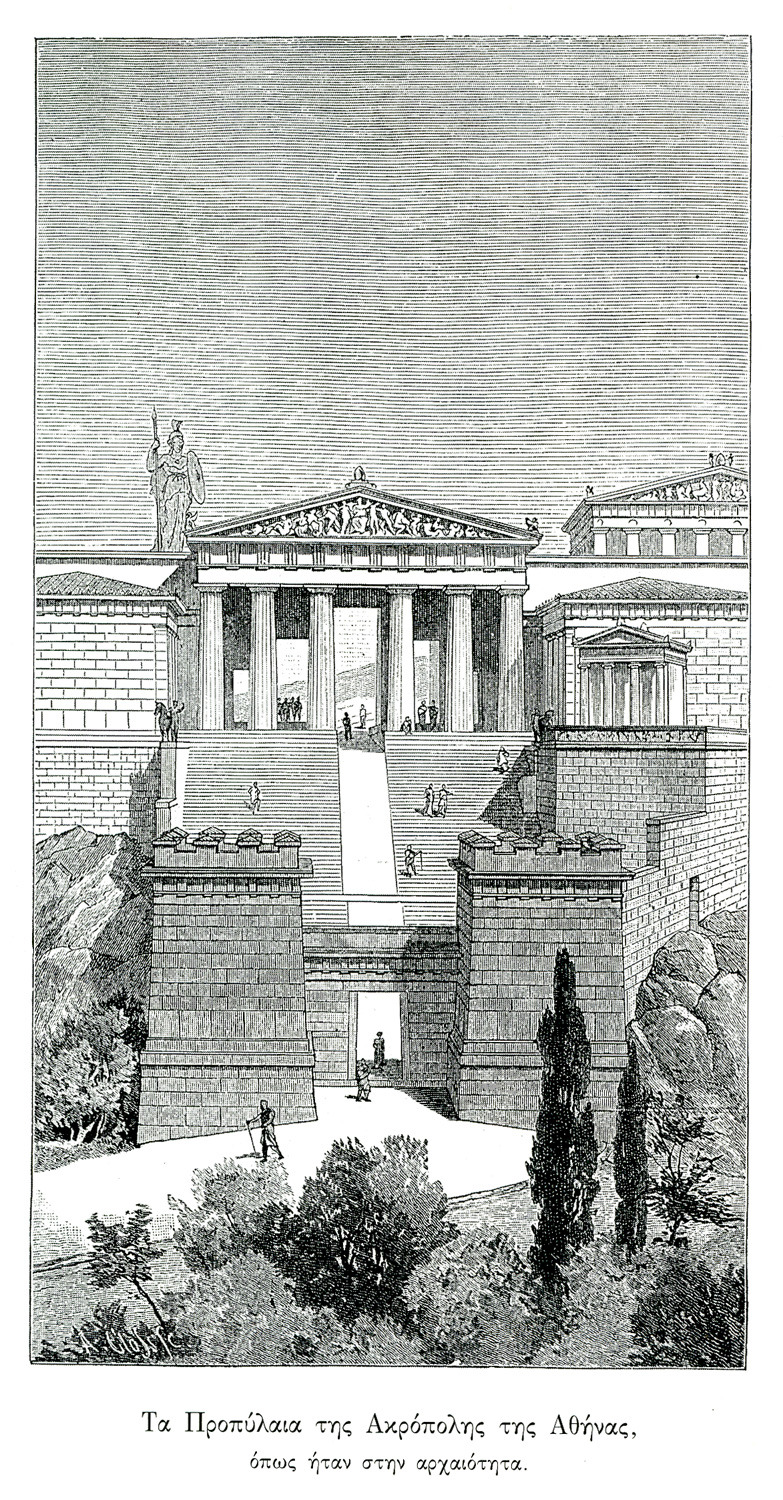
Imaginary reconstruction of the Propylaea of the Acropolis of Athens.
-
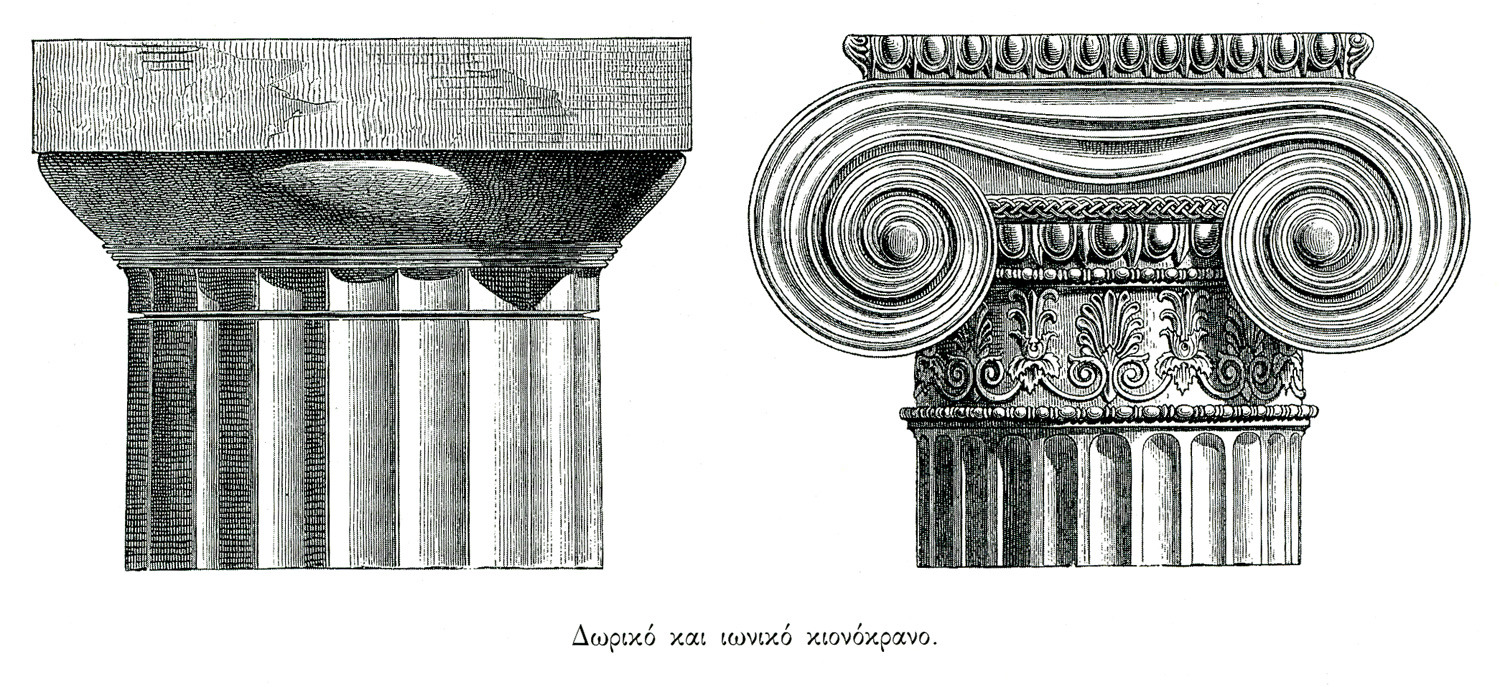
-
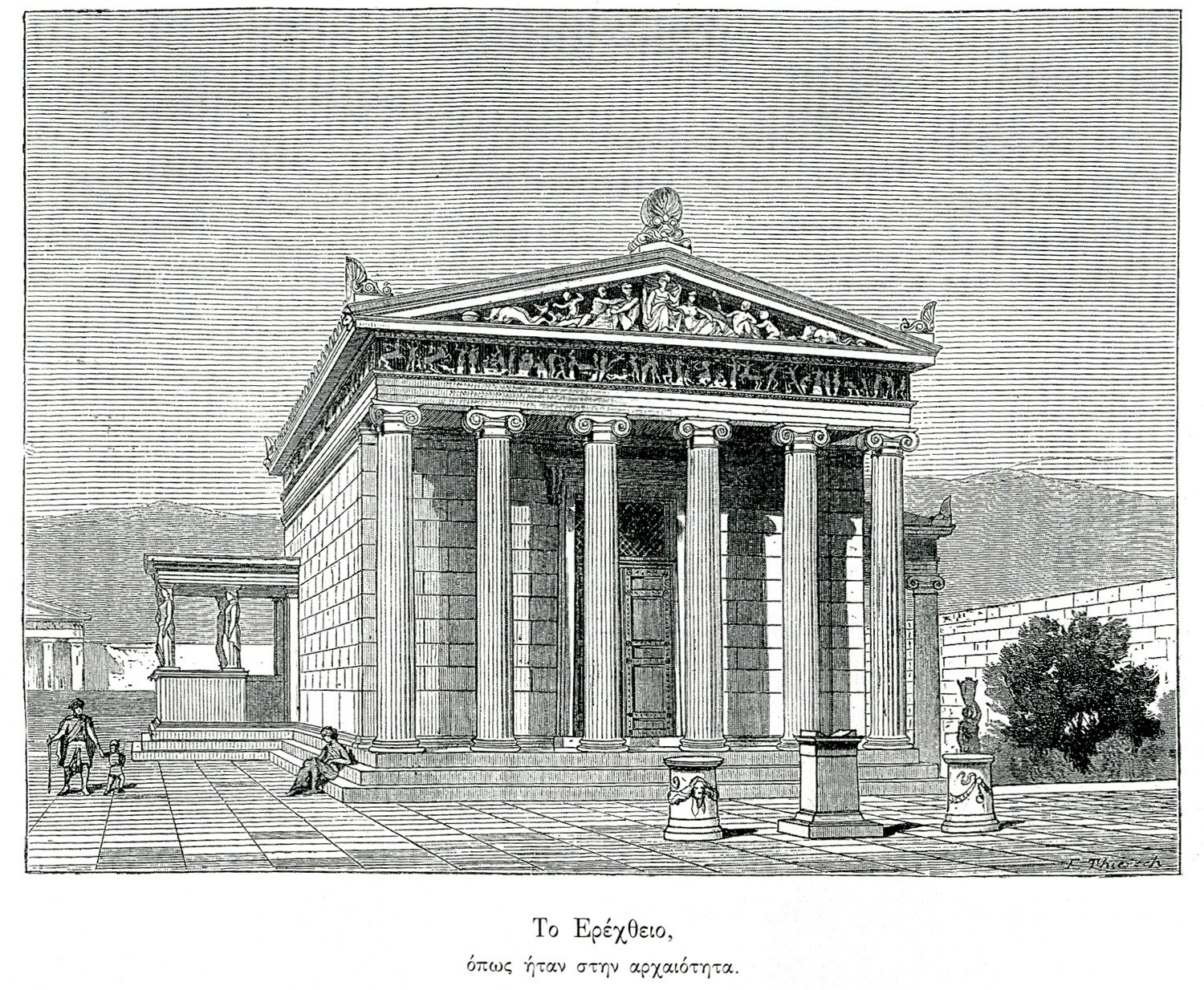
Imaginary reconstruction of the Erechtheion at the Acropolis of Athens.
-
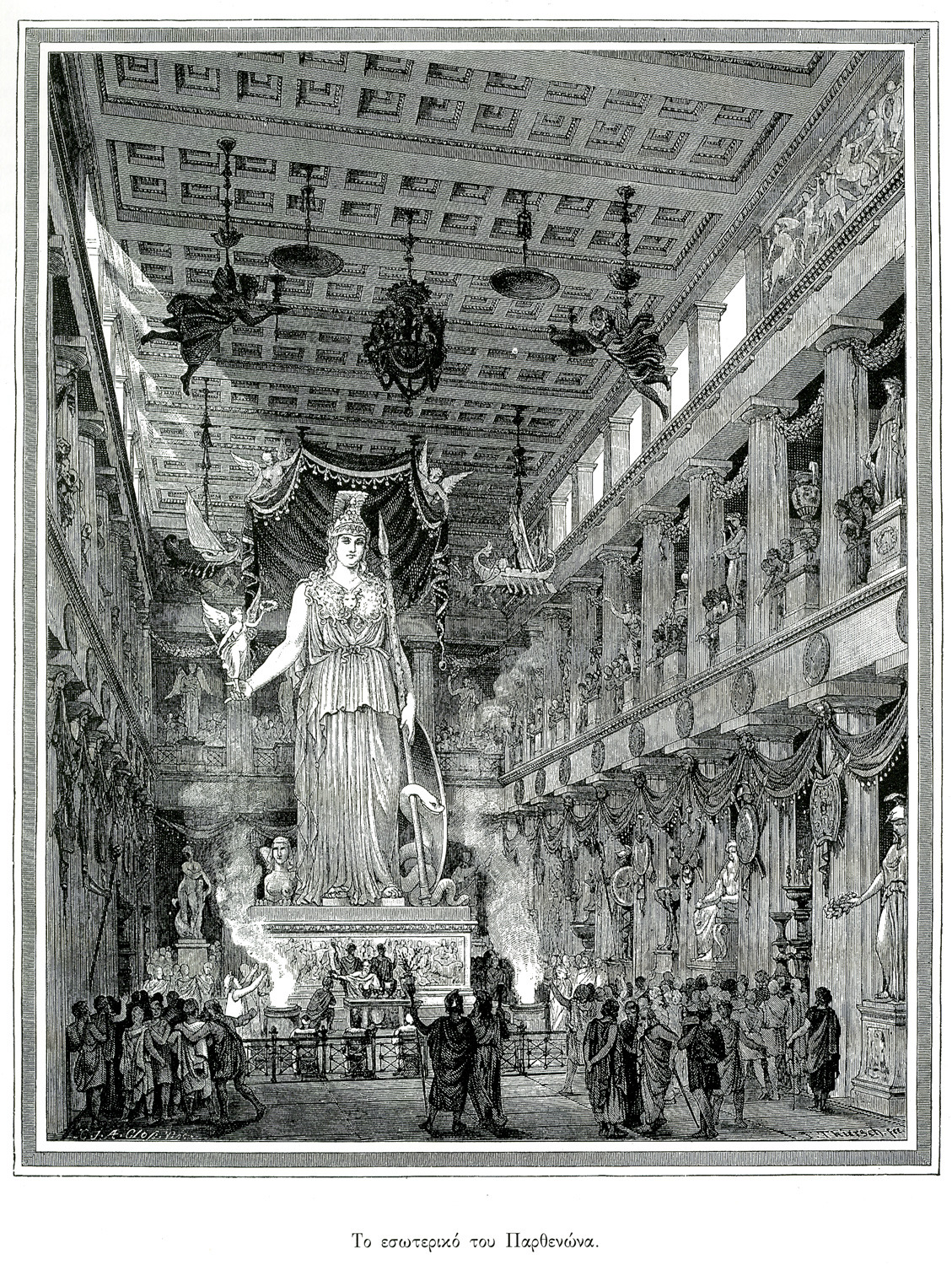
-
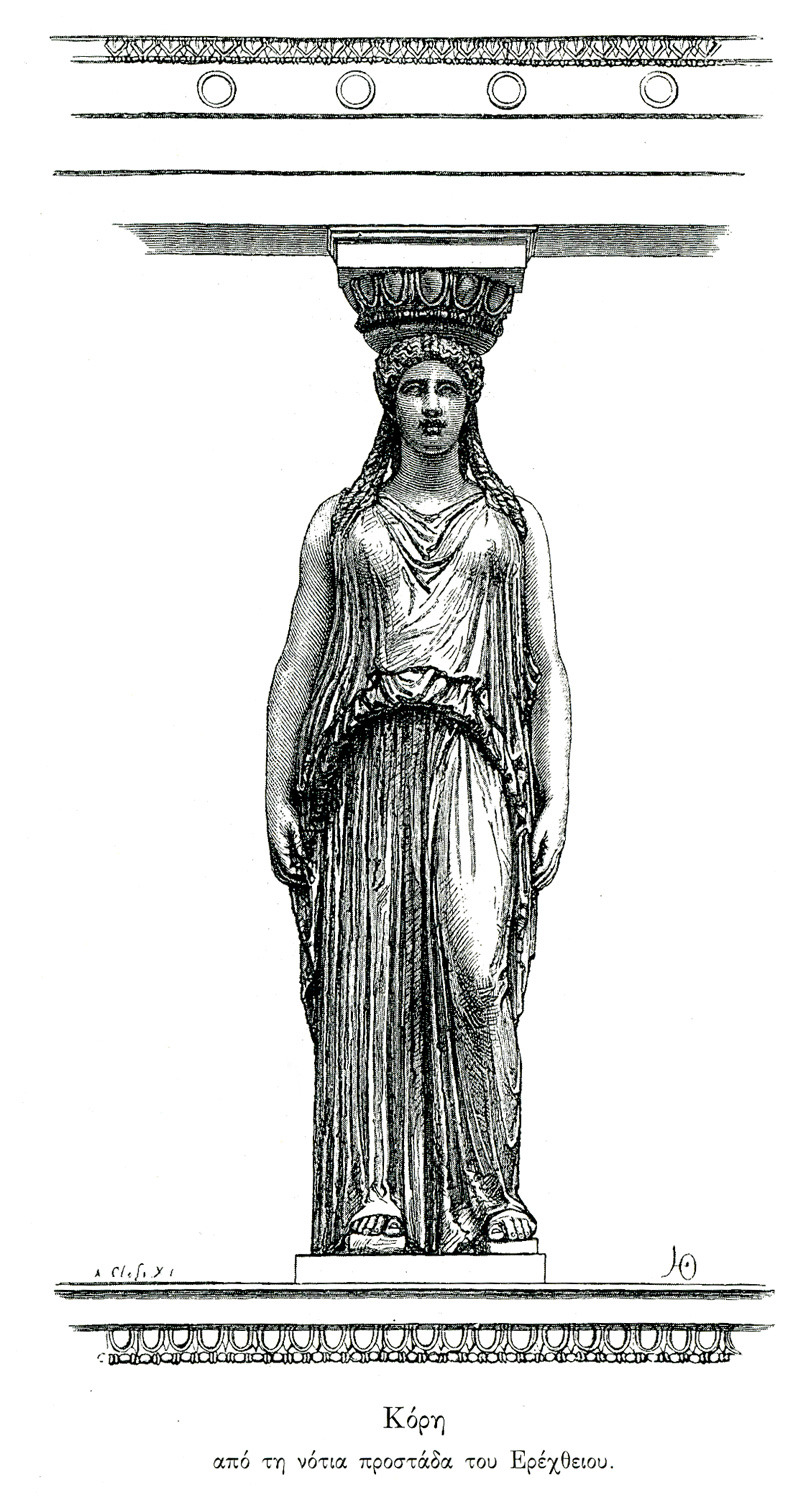
-
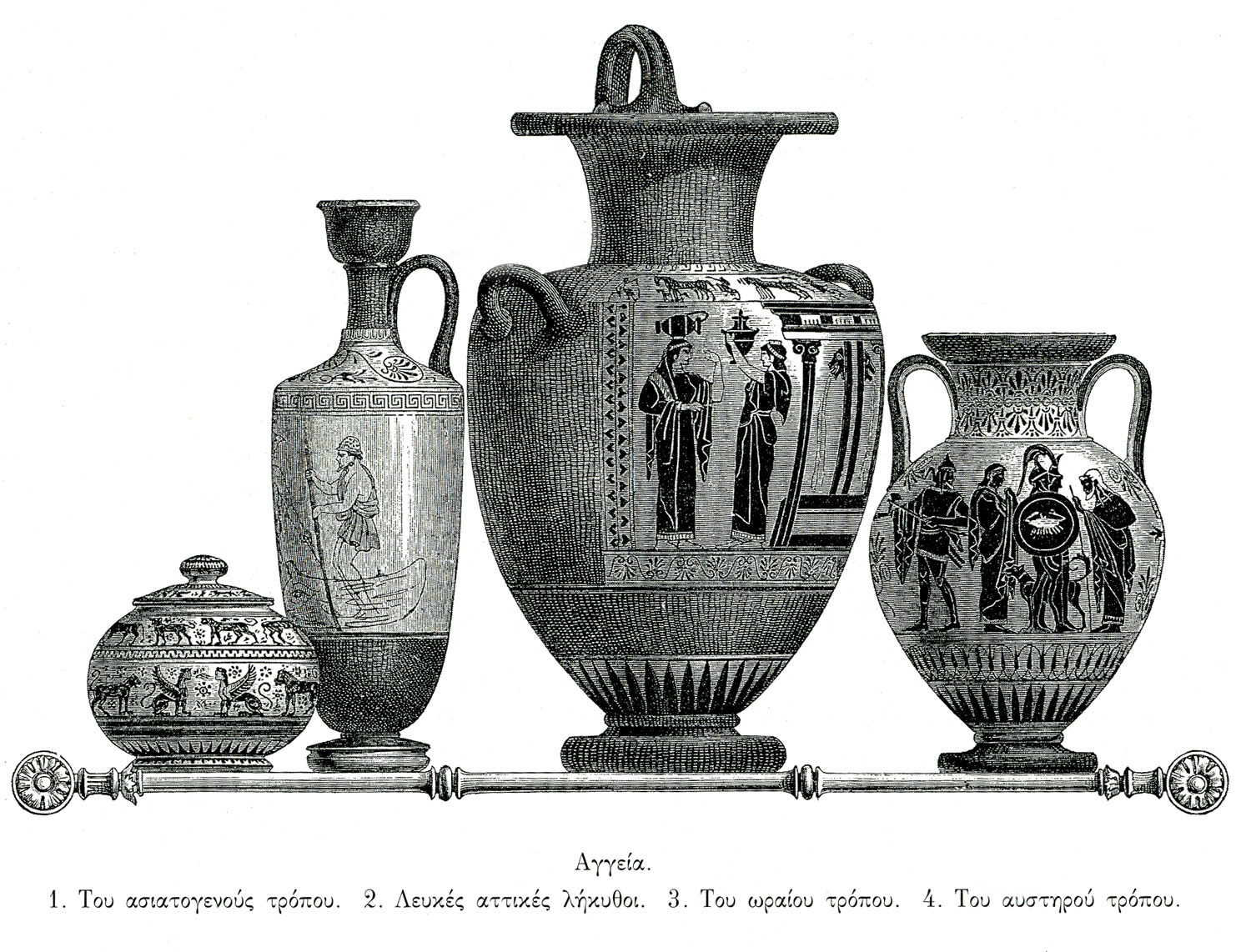
-
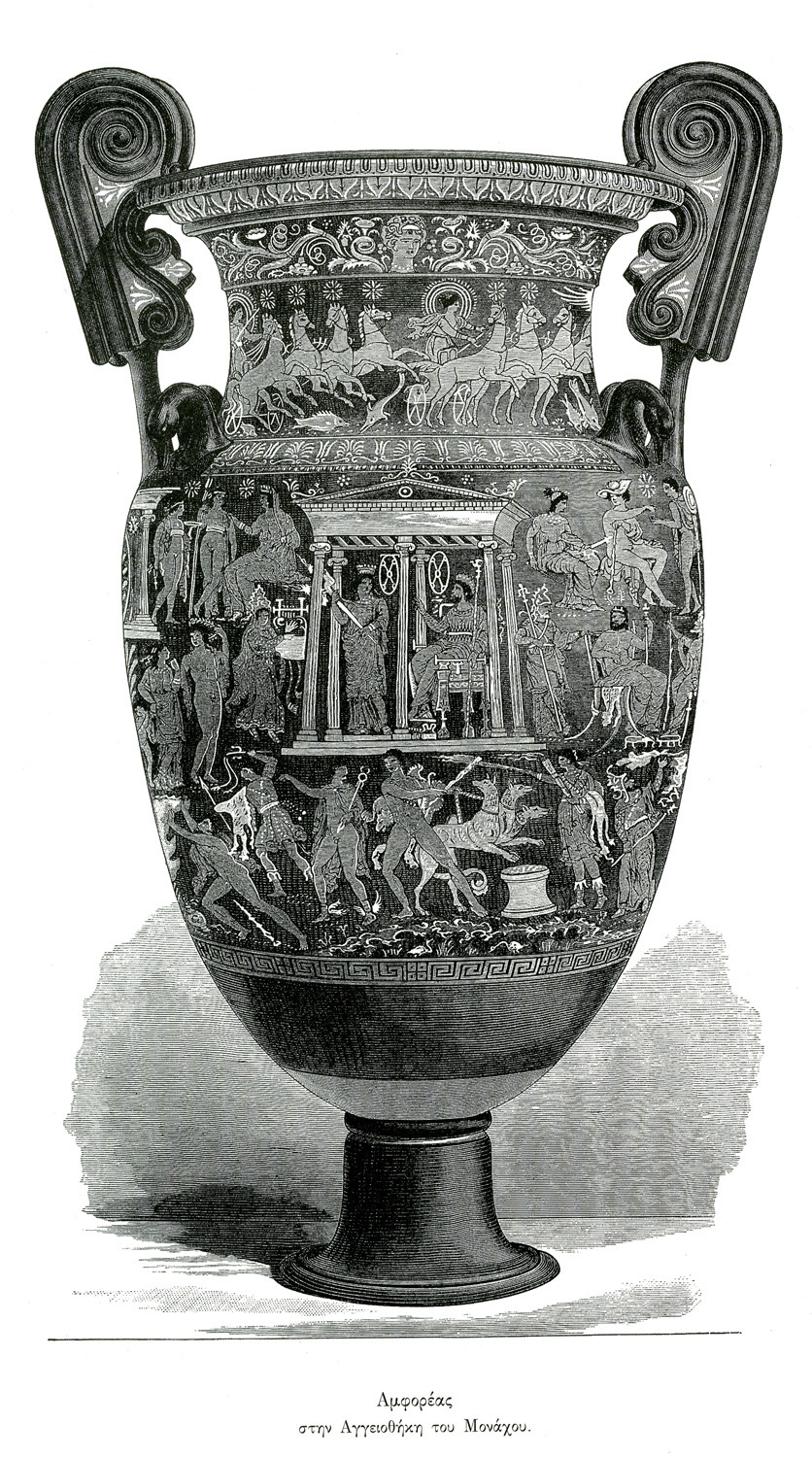
-
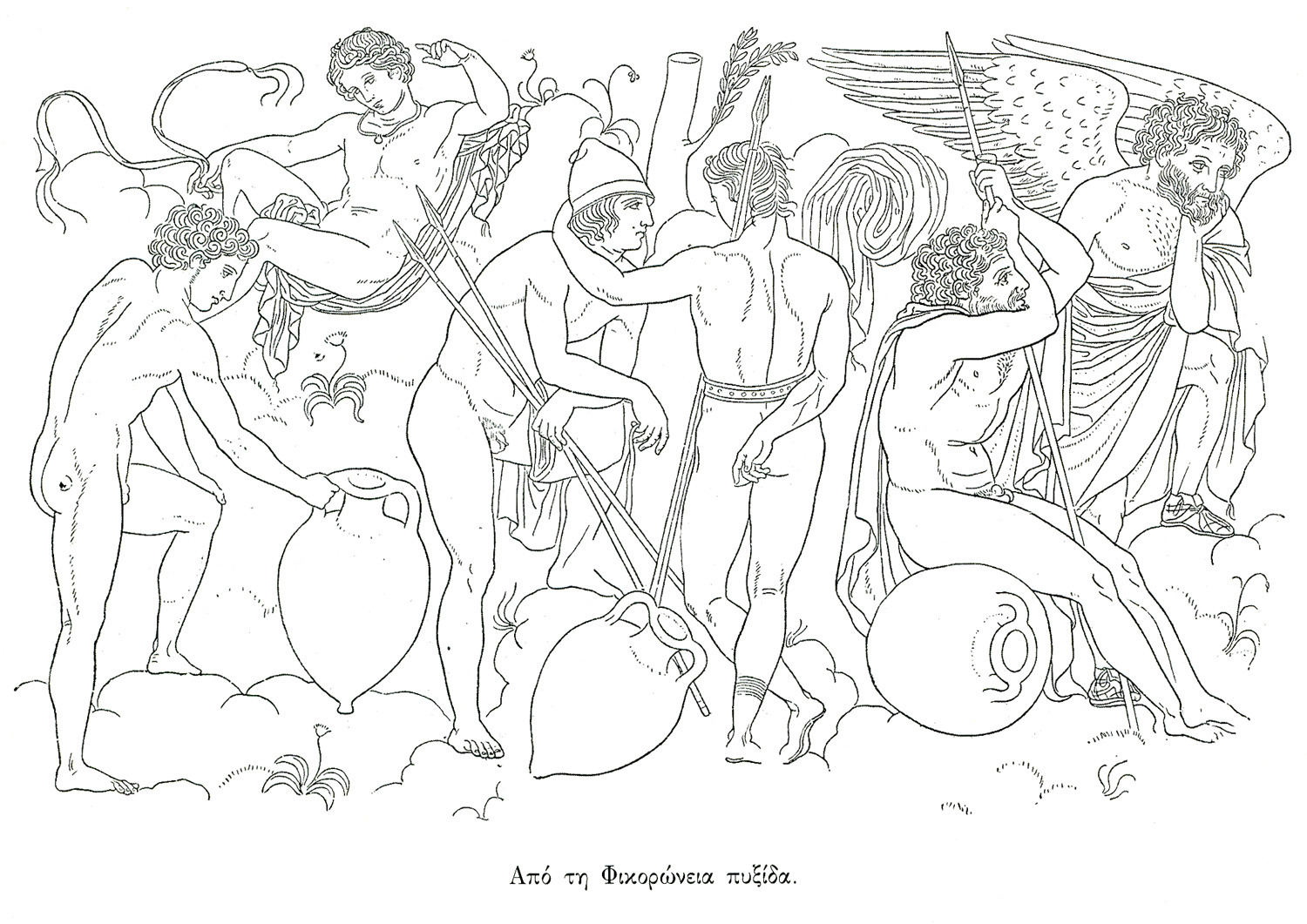
-
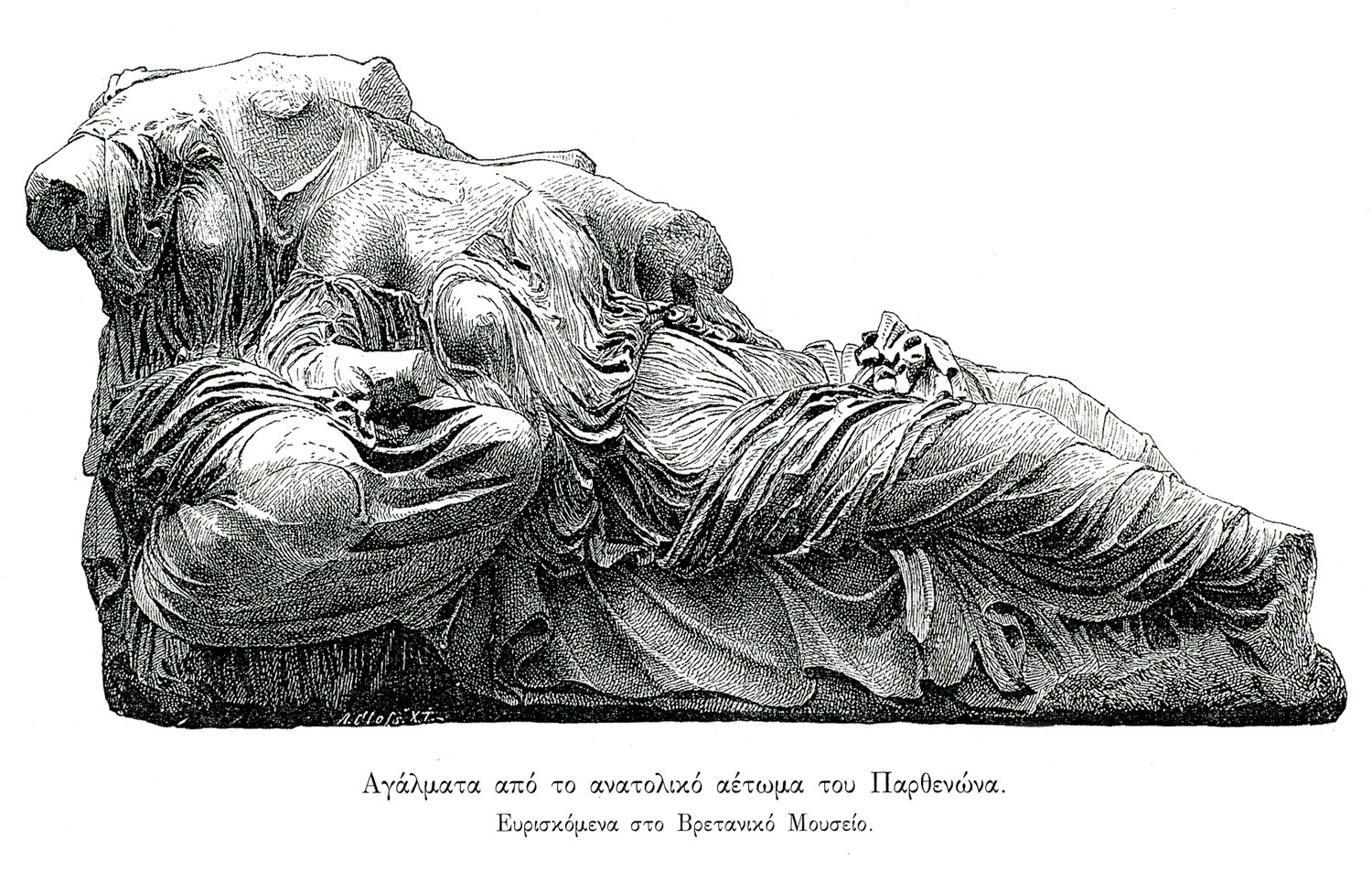
Dione and Aphrodite from the eastern pediment of the Parthenon, today at the British Museum, London.
-
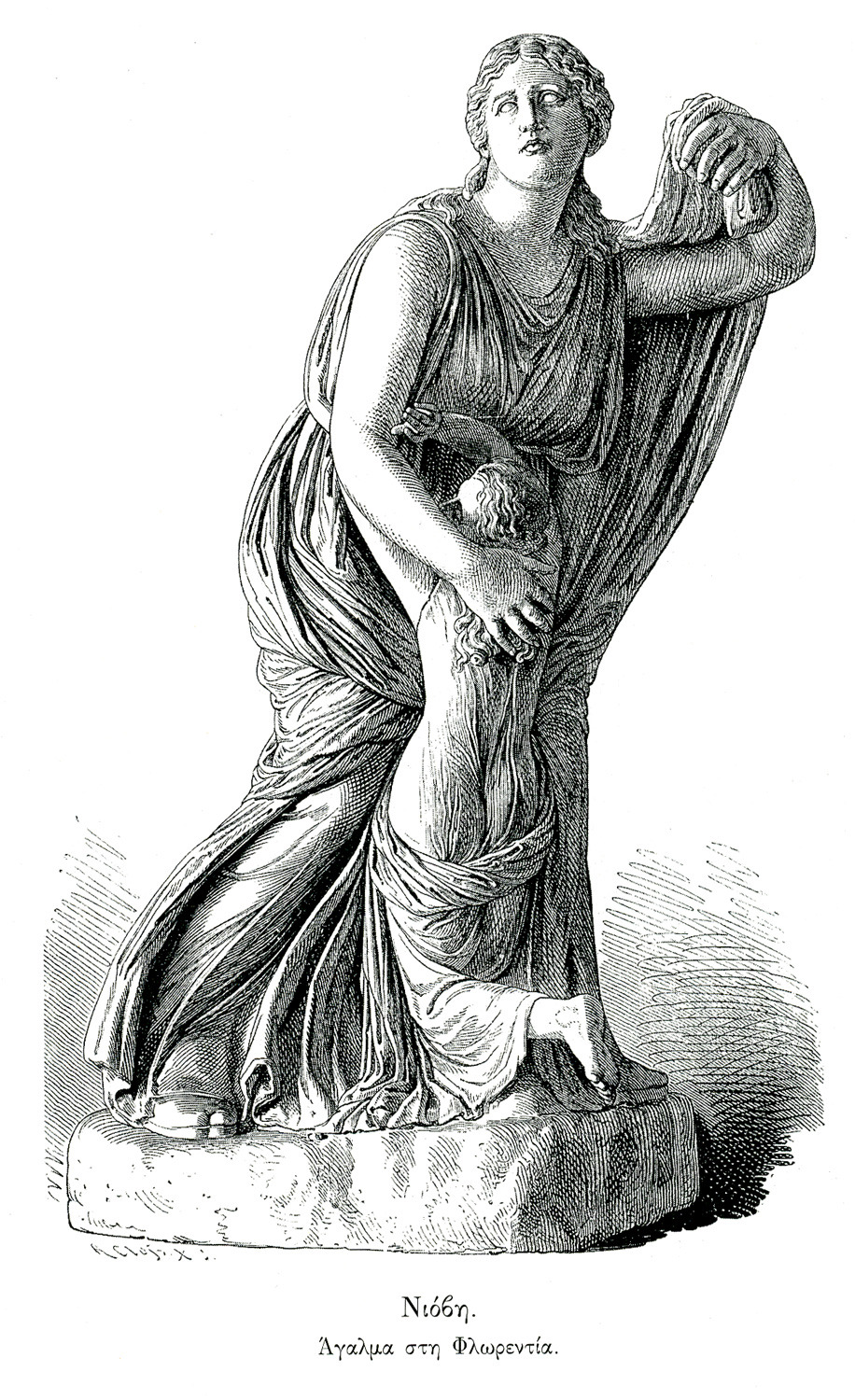
Nibe and her youngest daughter from the Niobids complex, Uffizi Gallery, Florence.
-
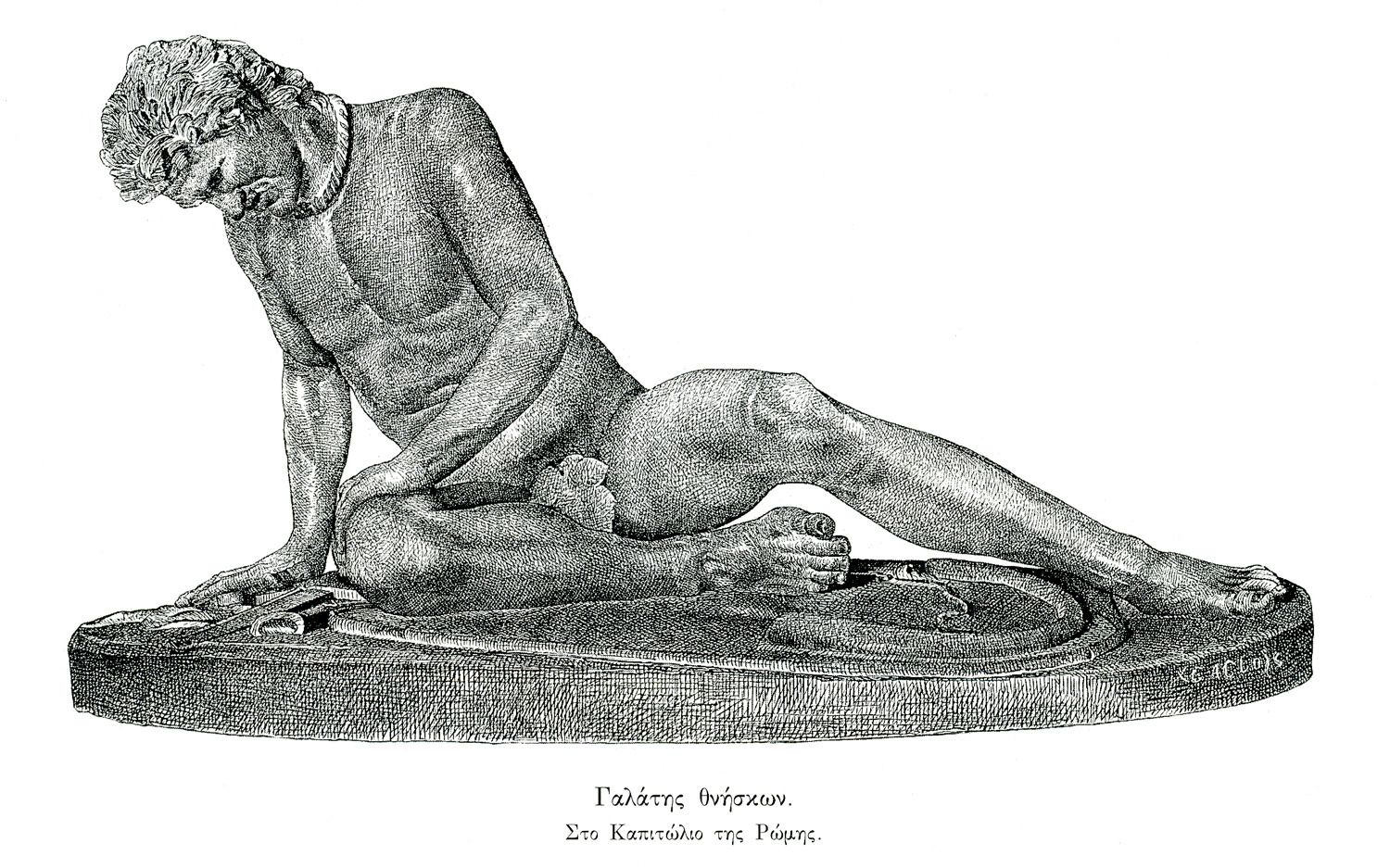
Statue of the “Dying Gaul”, Roman copy of lost Hellenistic original, Capitoline Museums, Rome.
-
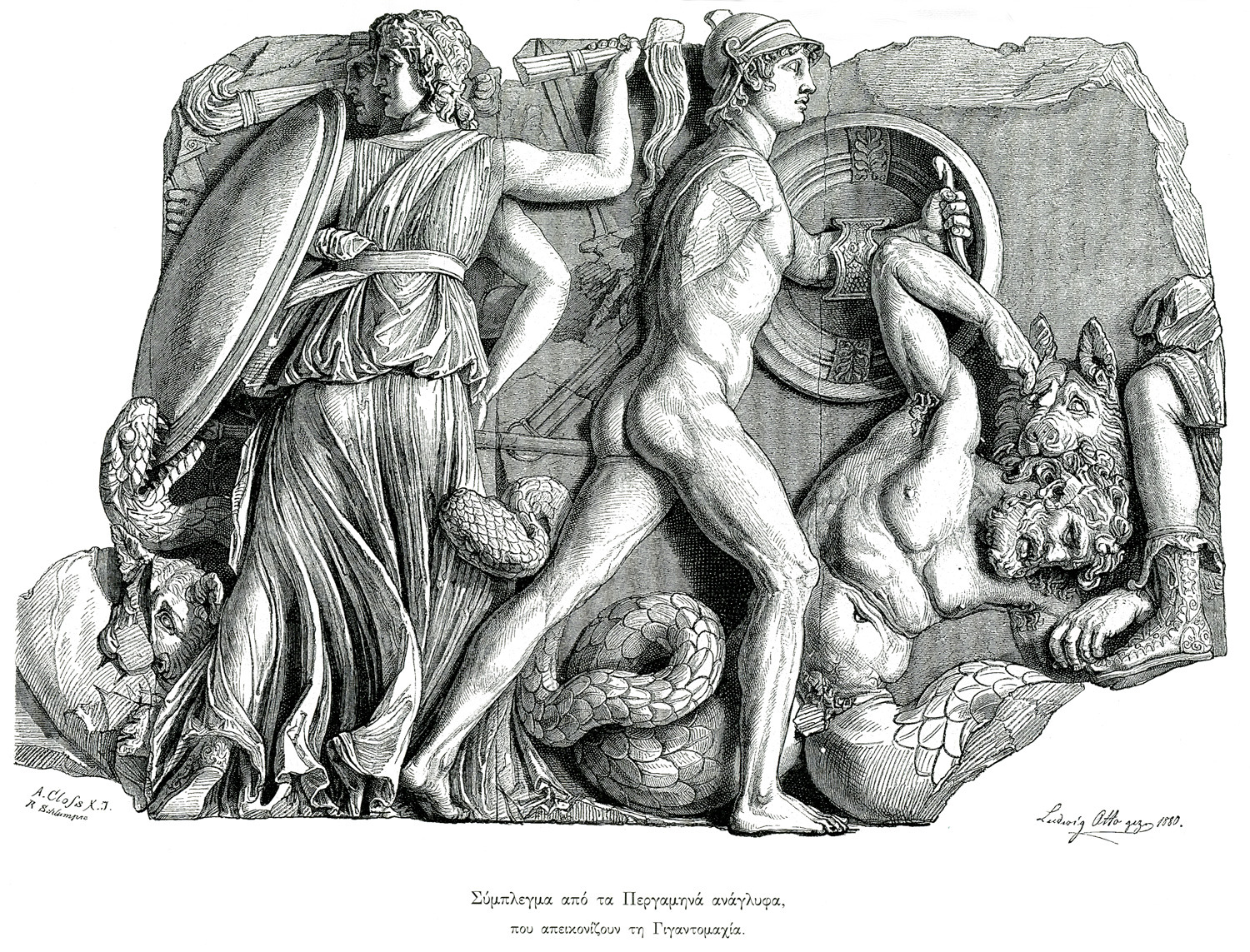
Detail of the Gigantomachy relief o the Pergamon Altar, today kept at Pergamonmuseum, Berlin.
-
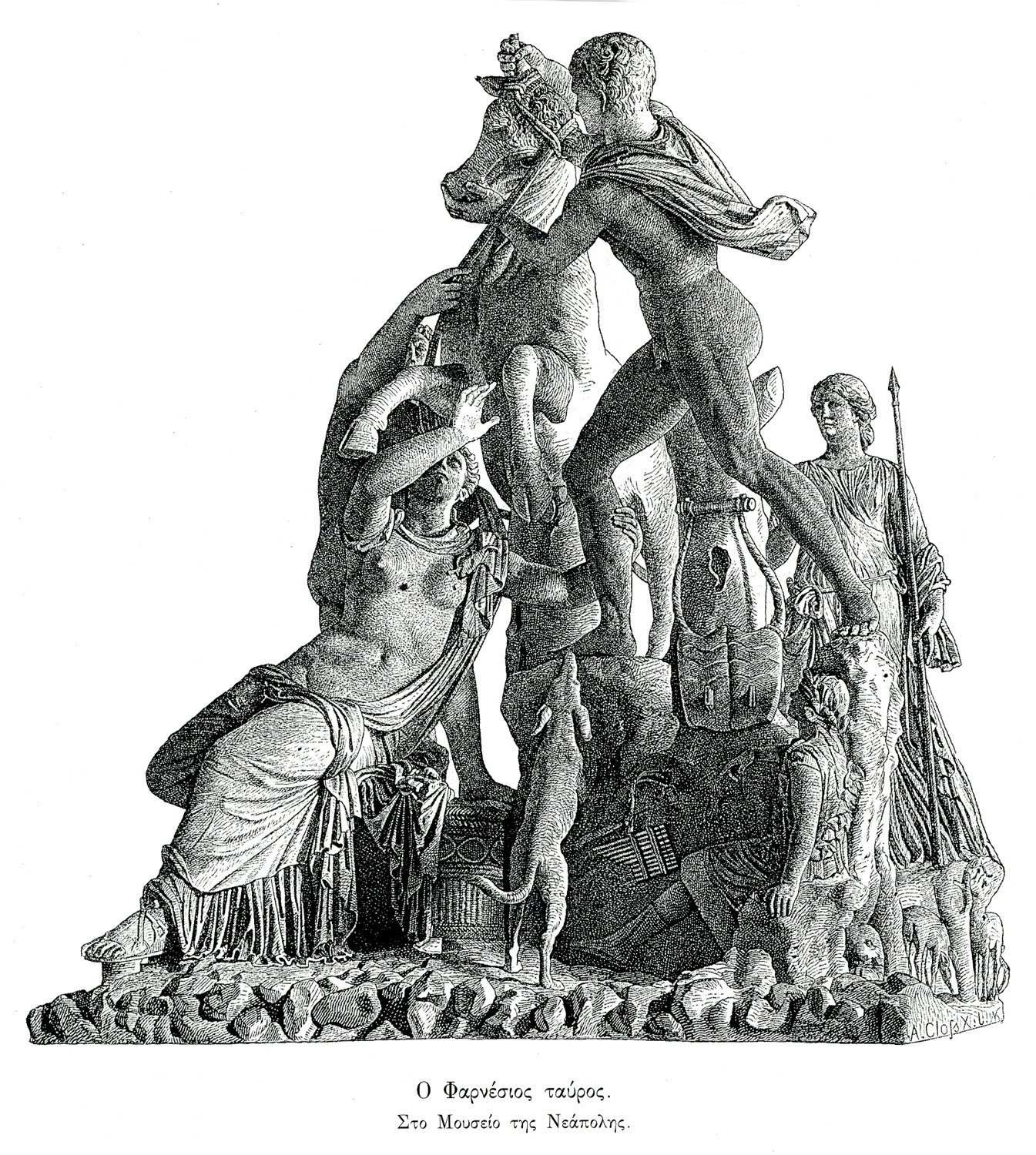
Farnese bull, Hellenistic sculpture complex, Museo Archeologico Nazionale, Naples.
-

Venus of Medici, Hellenistic sculpture of Aphrodite, Uffizi Gallery, Florence.
-
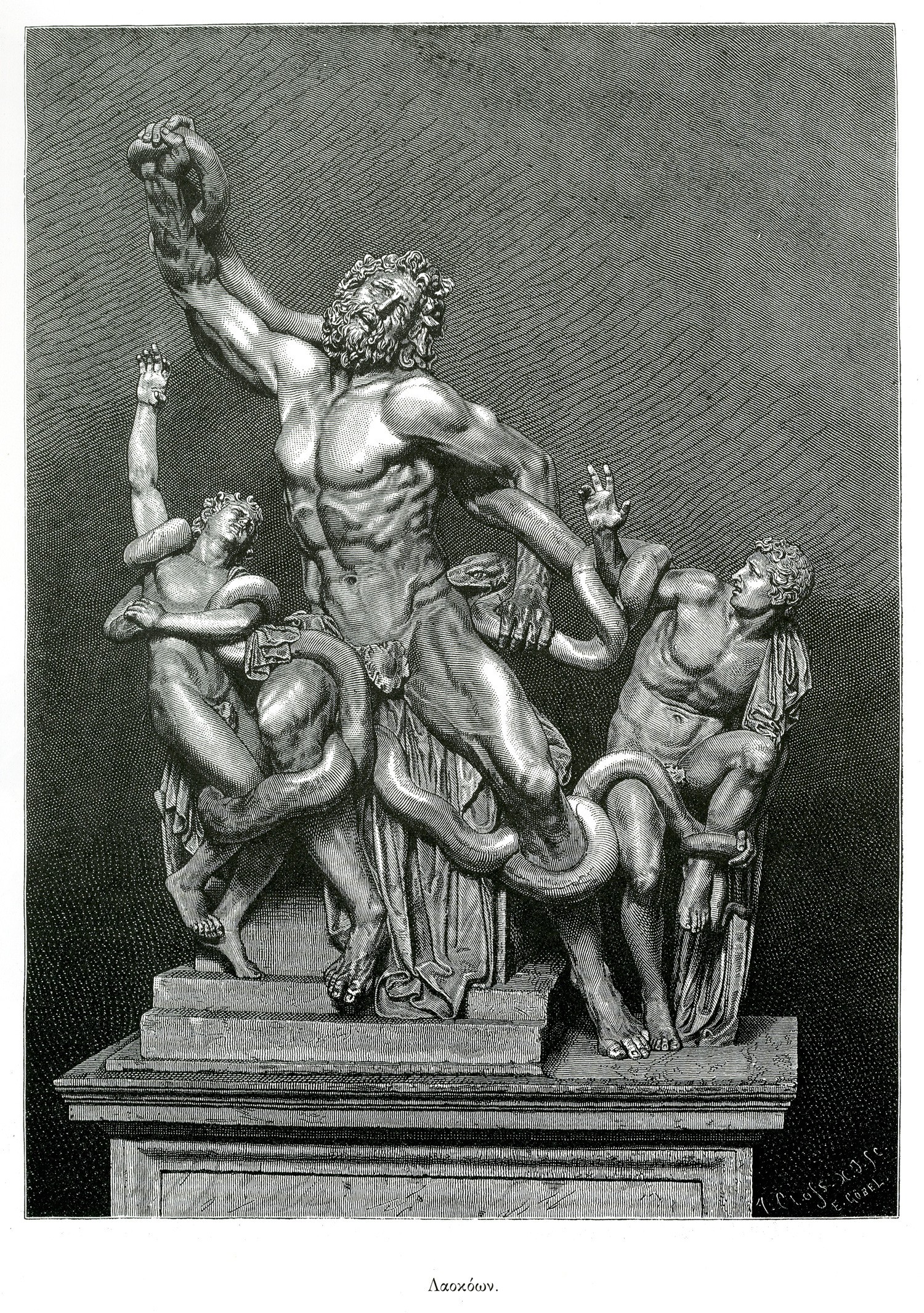
-
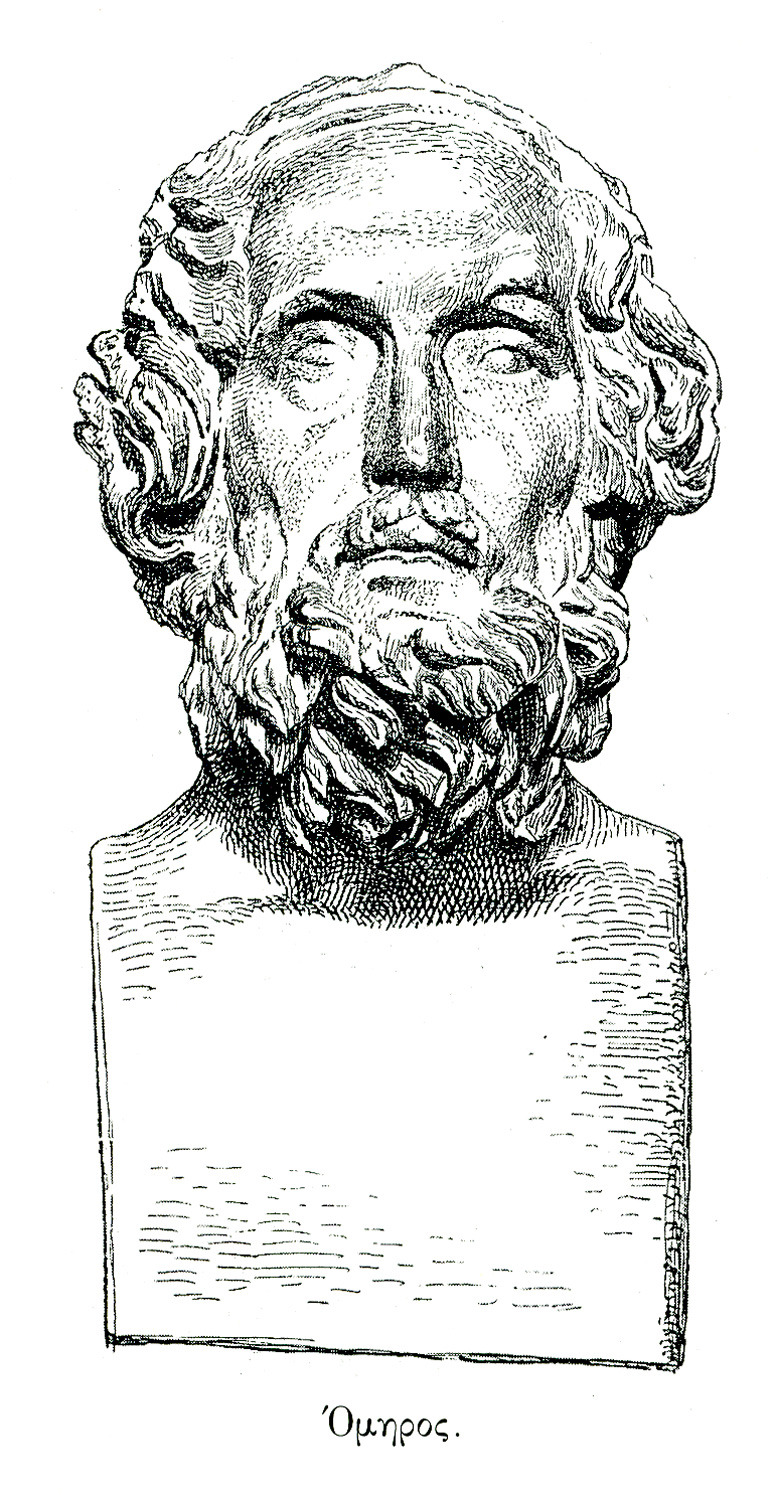
-
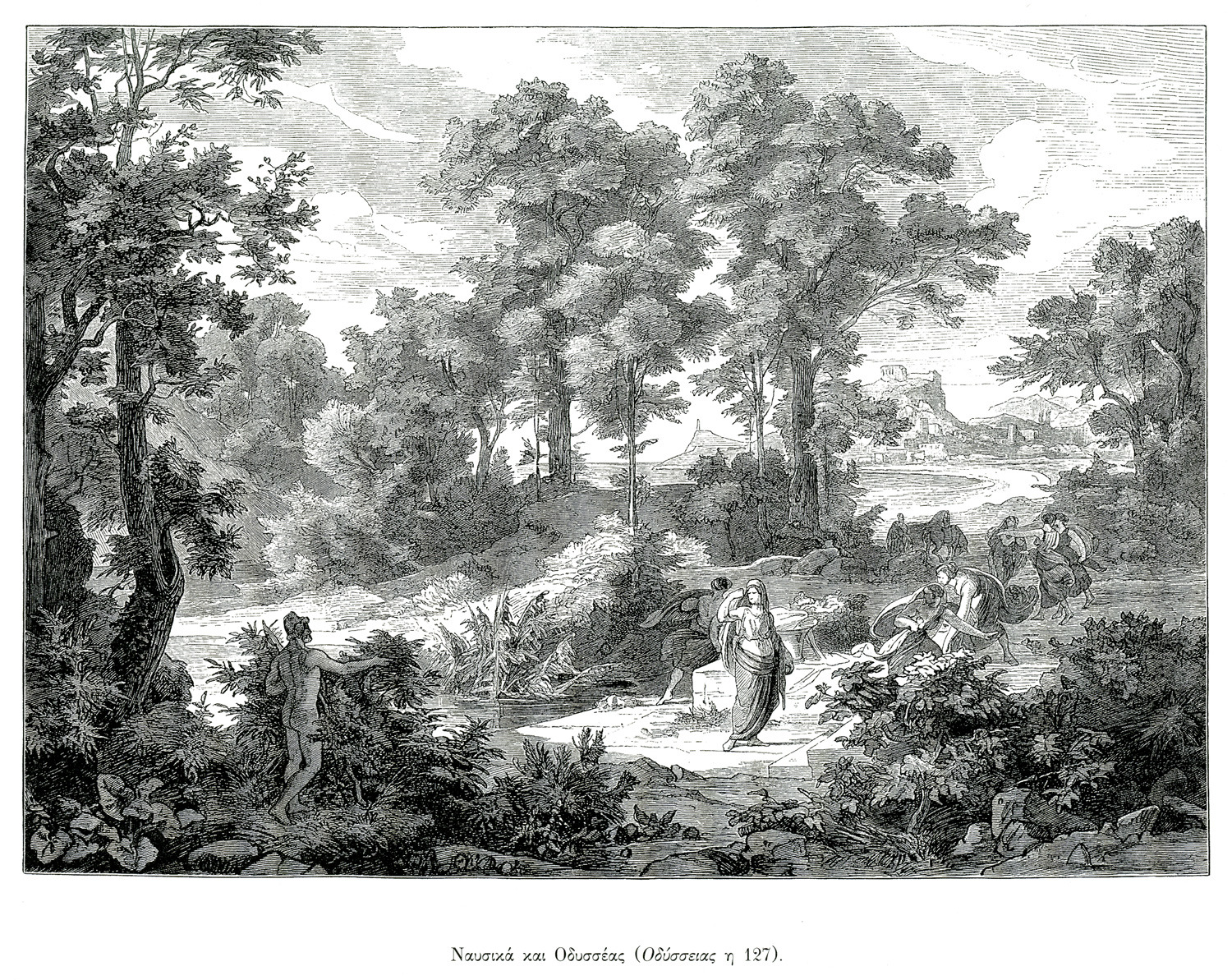
-
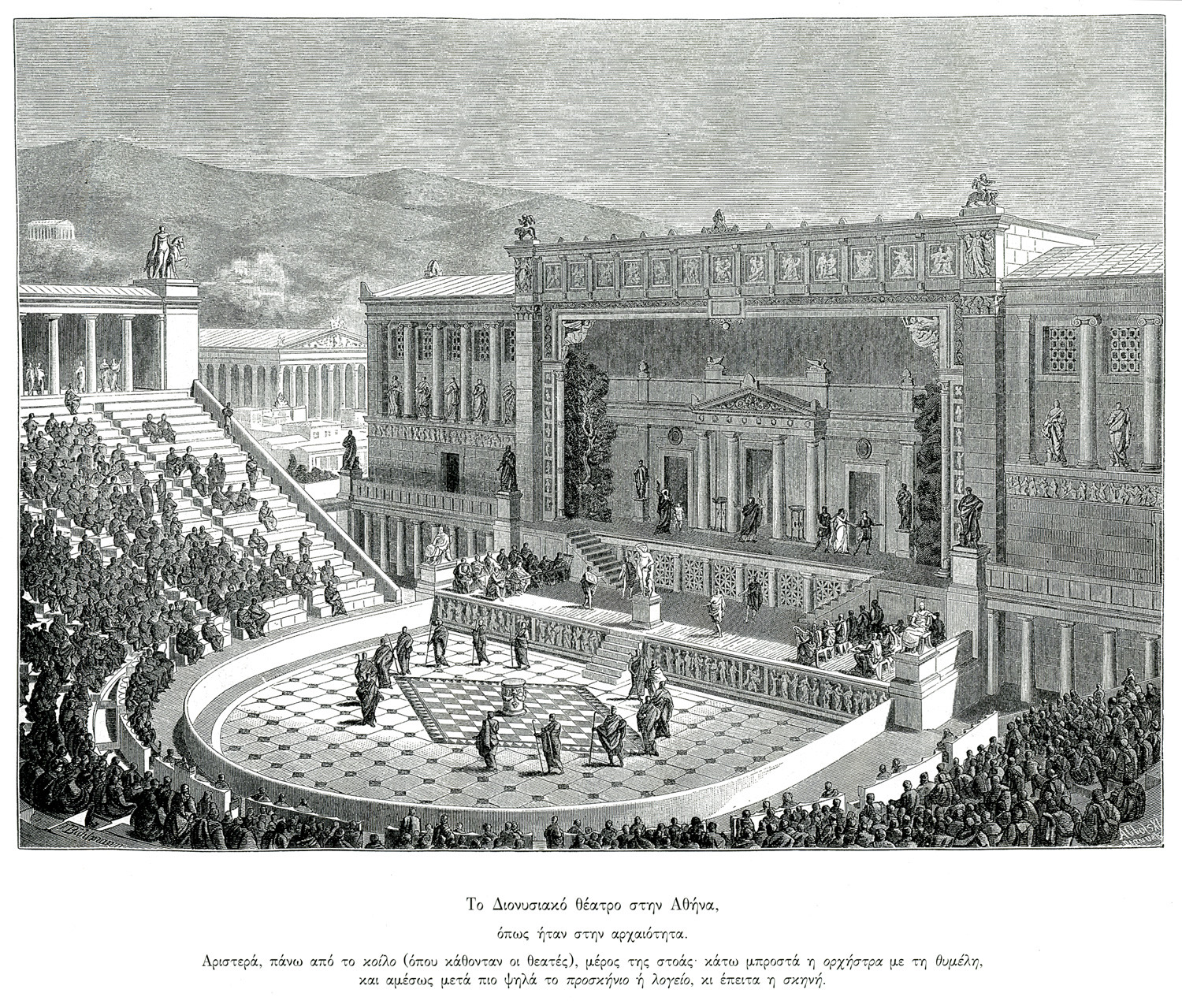
-
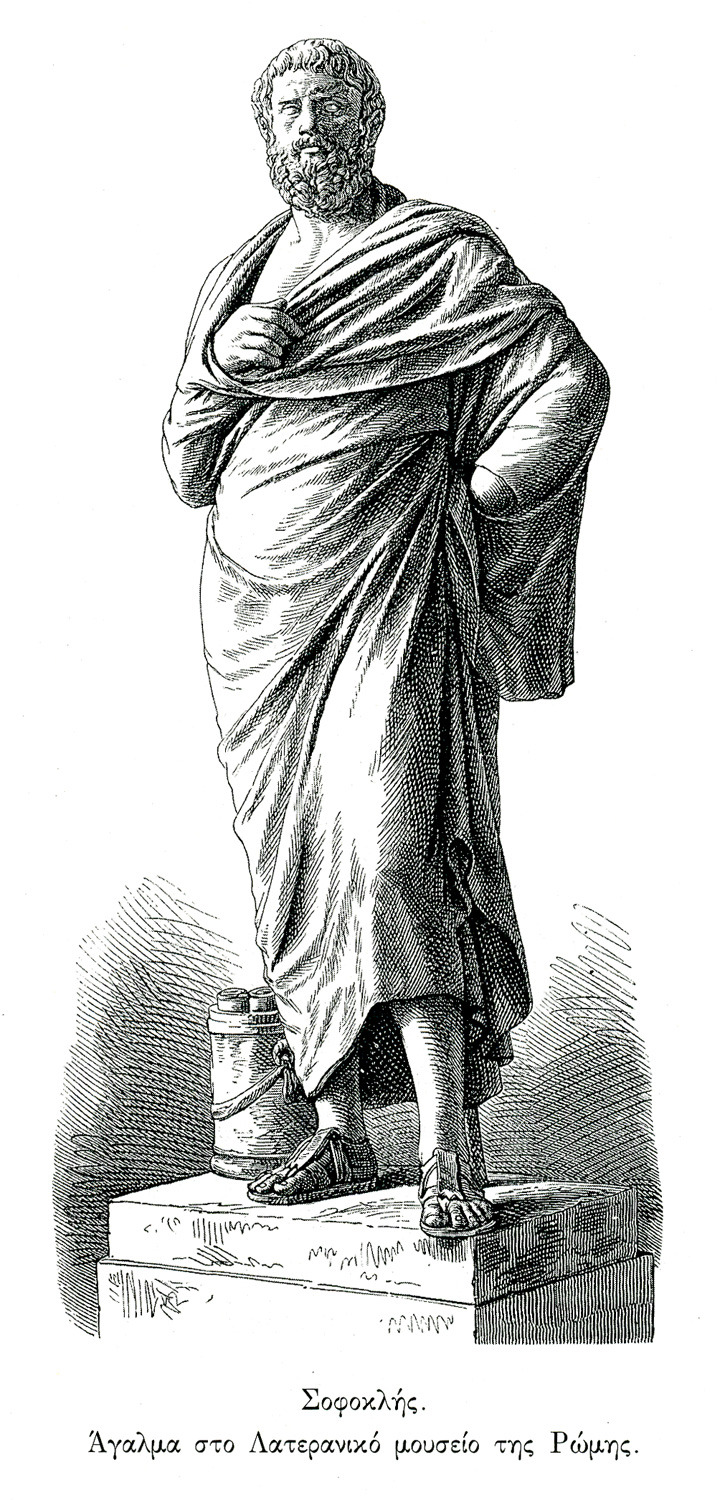
-
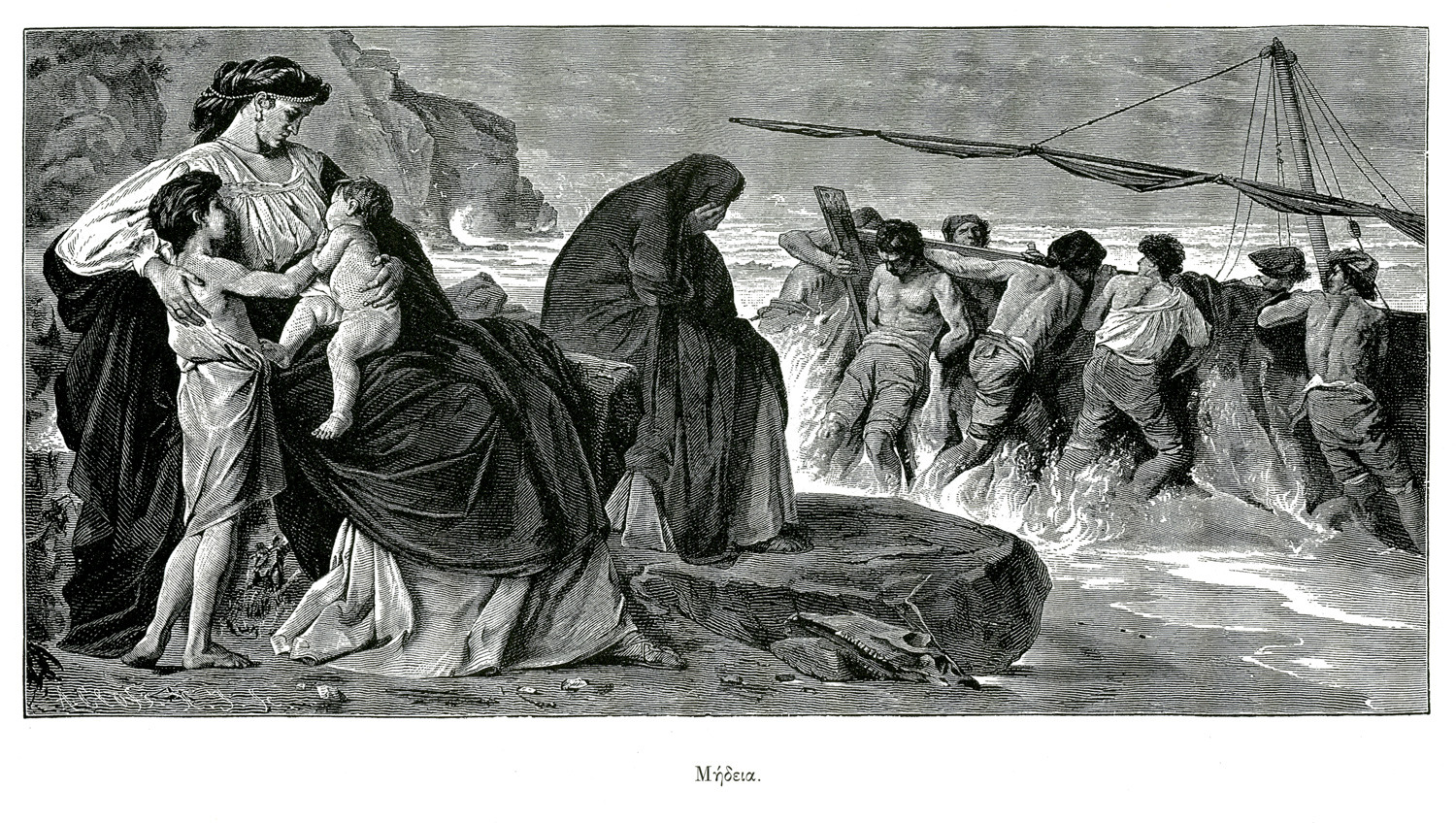
-
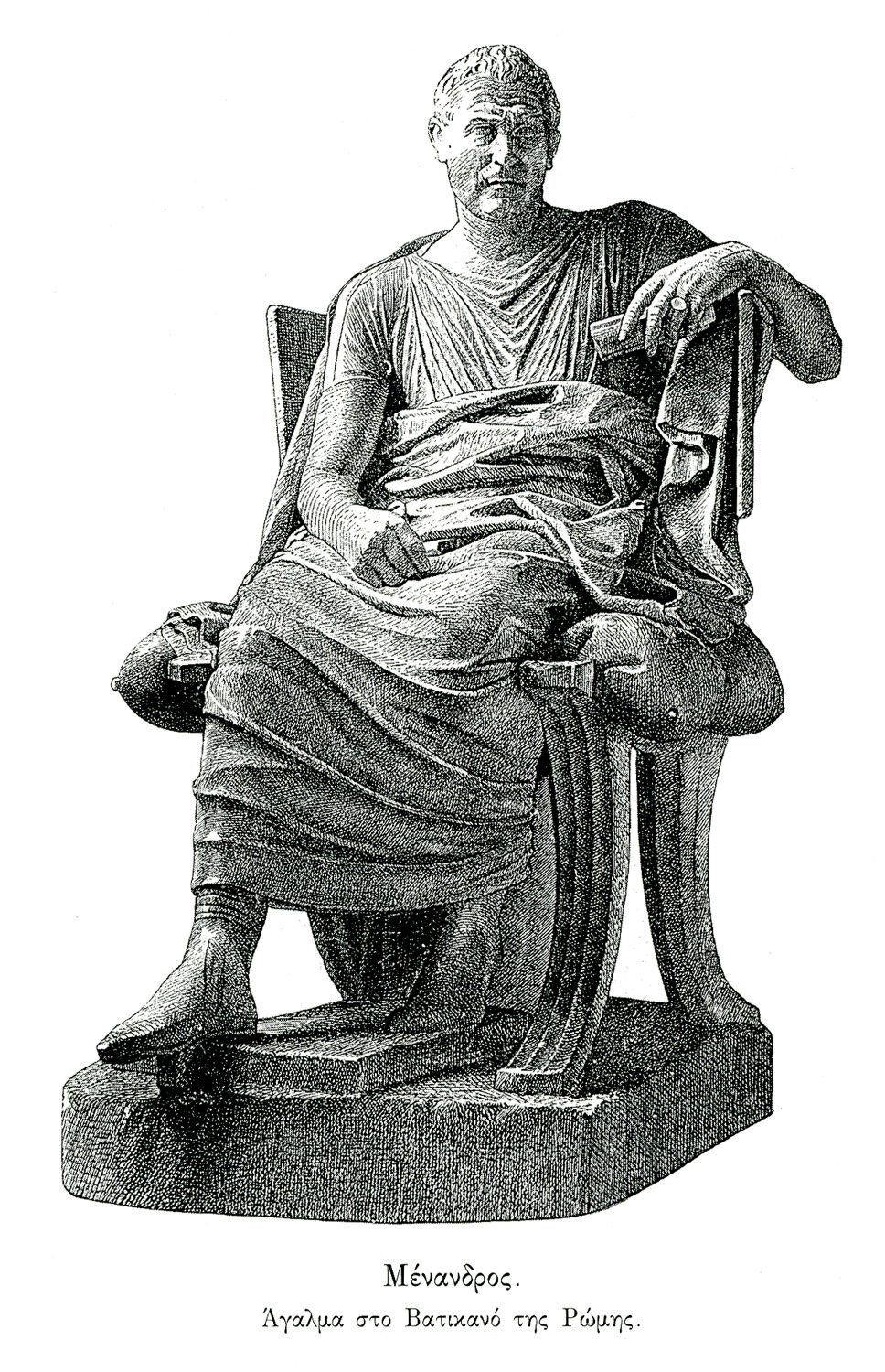
Statue of seated figure, traditionally called Menander, Vatican Museums, Rome.
-
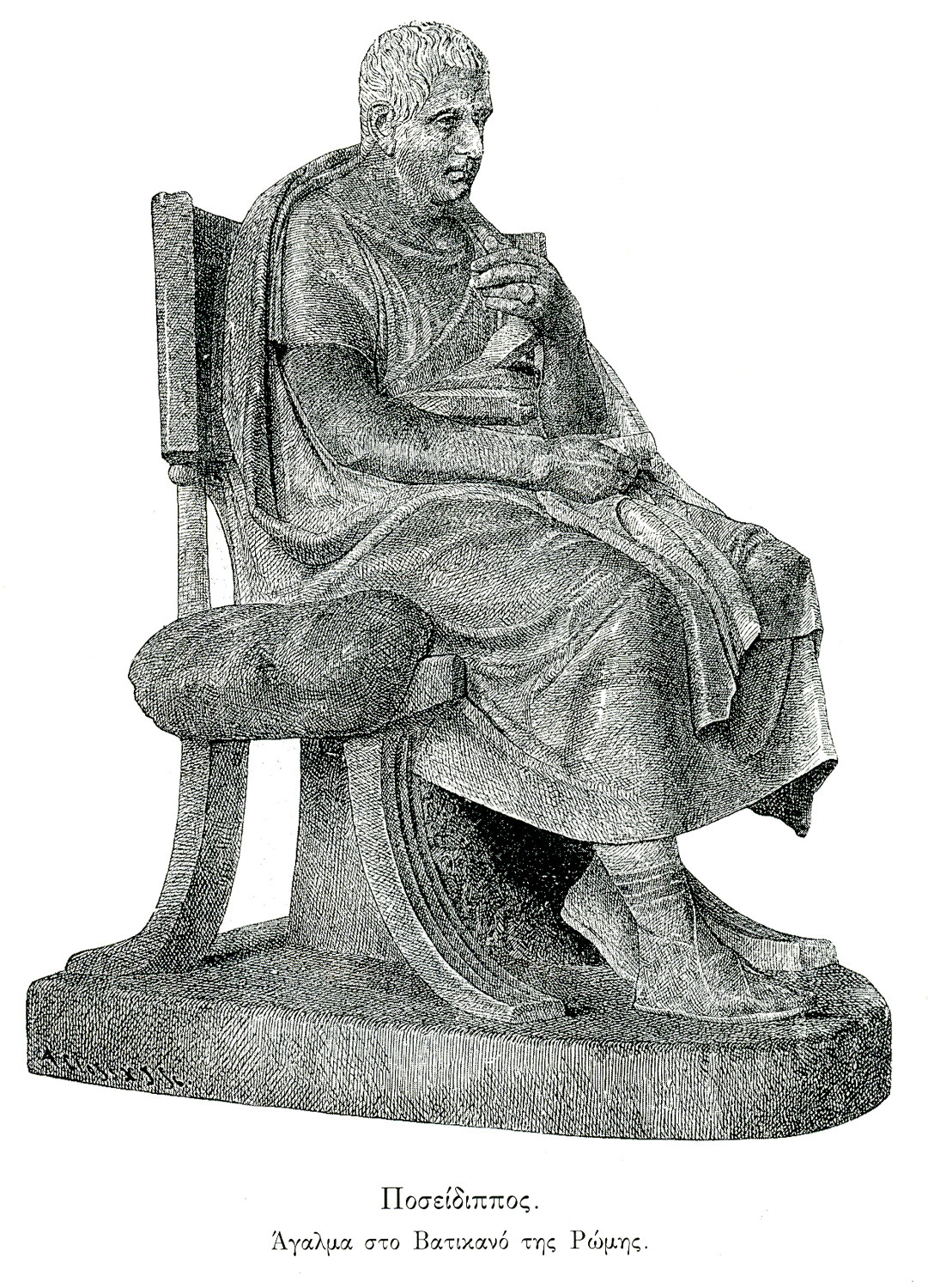
Statue of Posidippus, Roman copy of Hellenistic original, Vatican Museums, Rome.
-
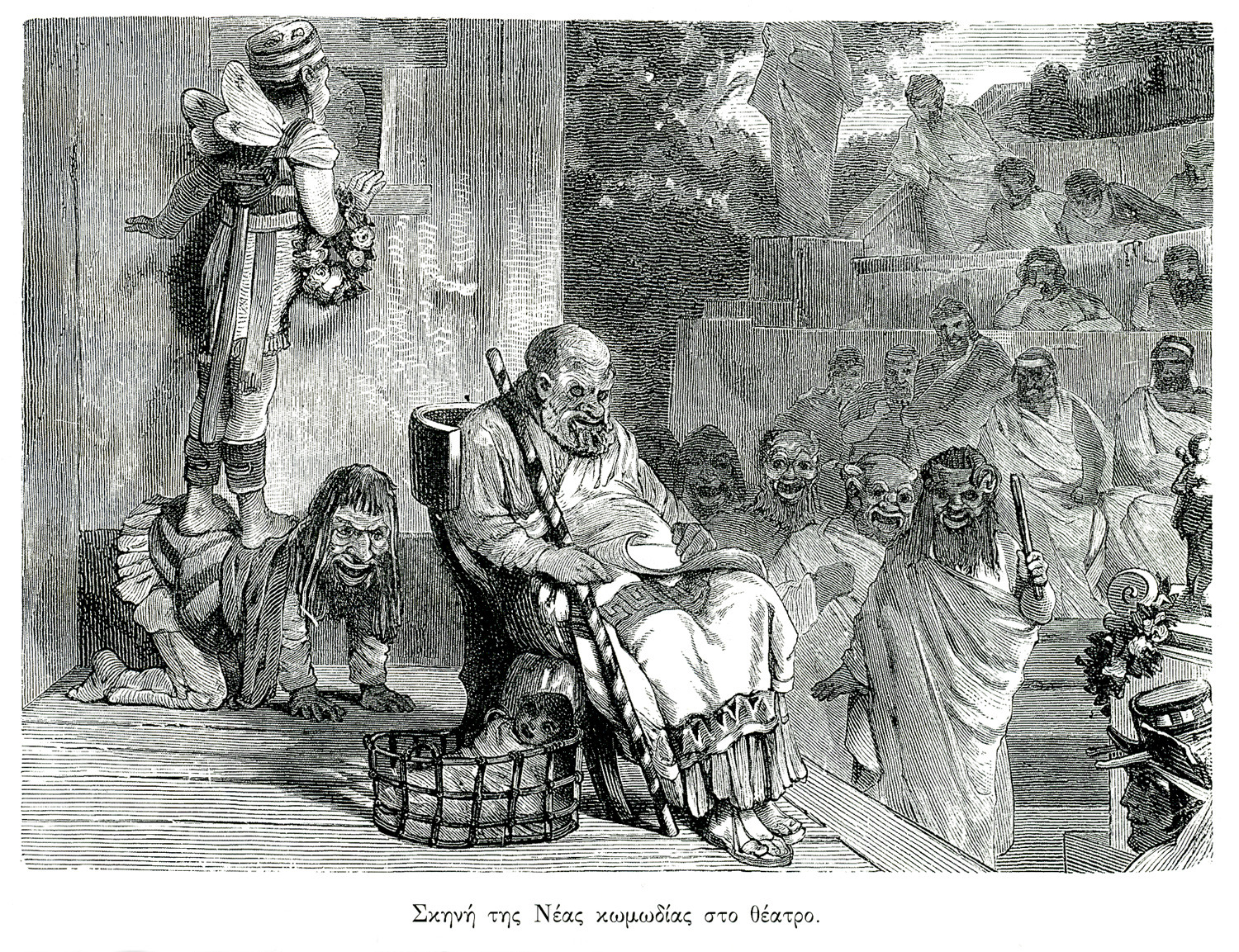
-
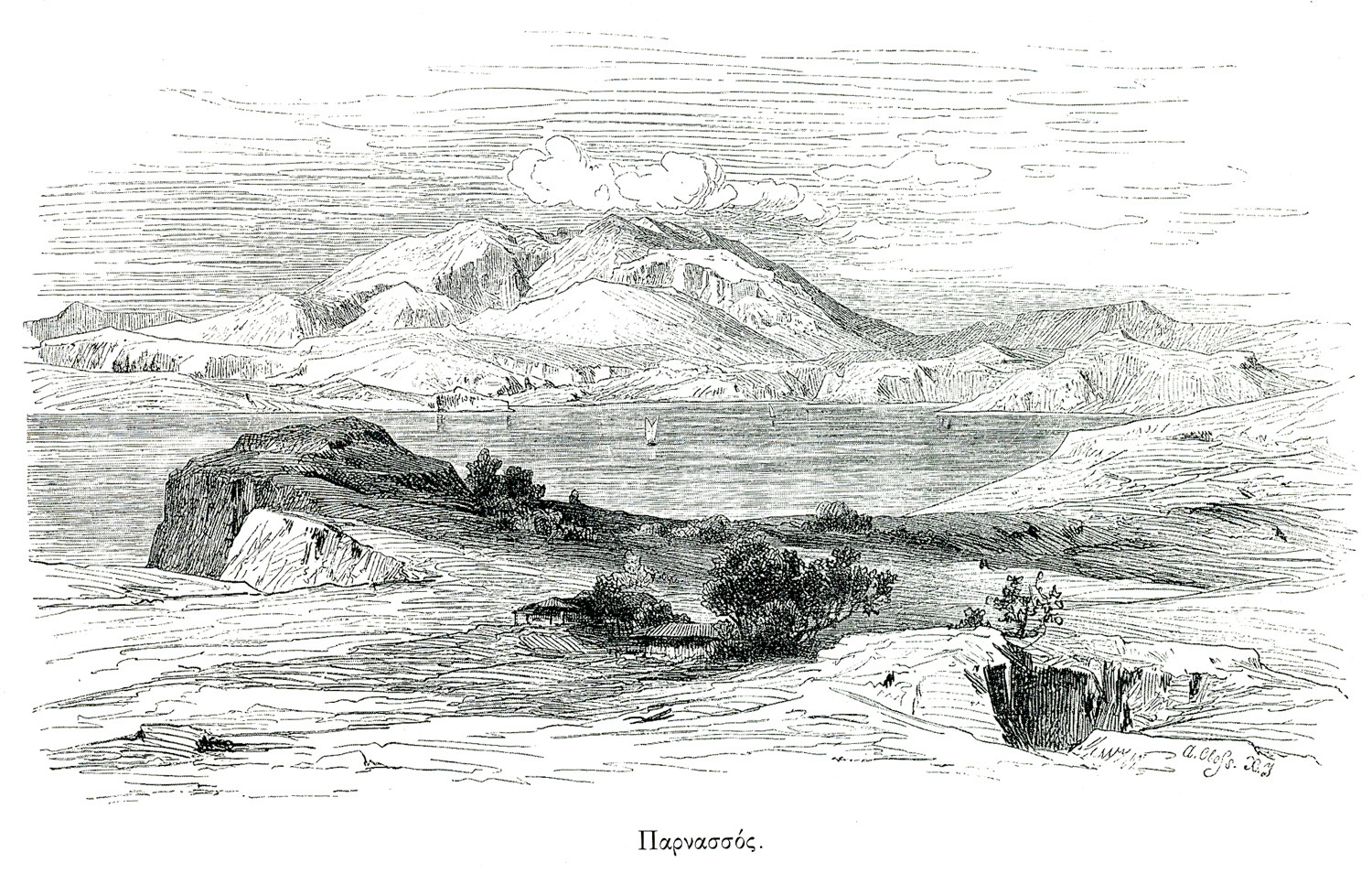
-
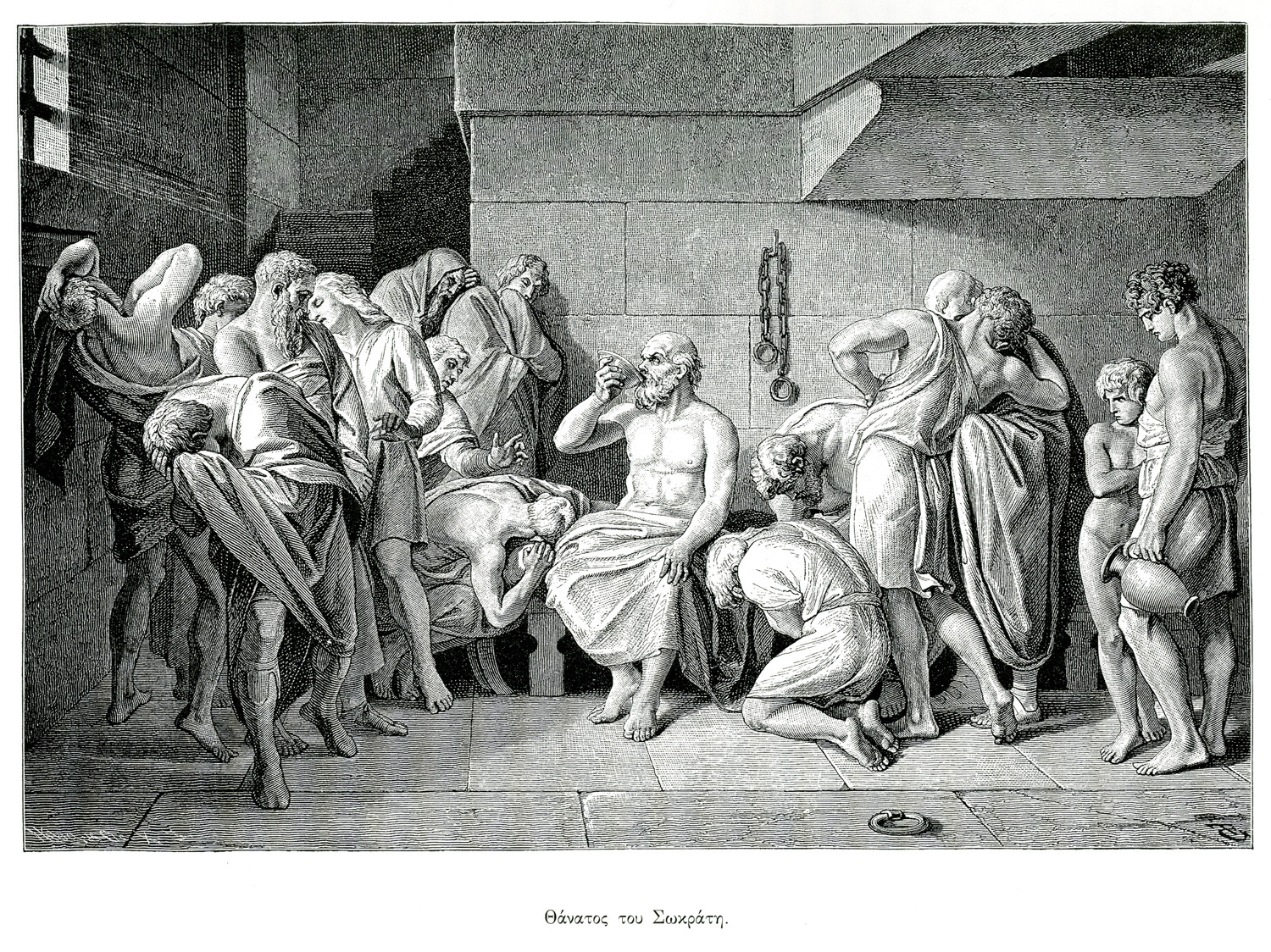
-
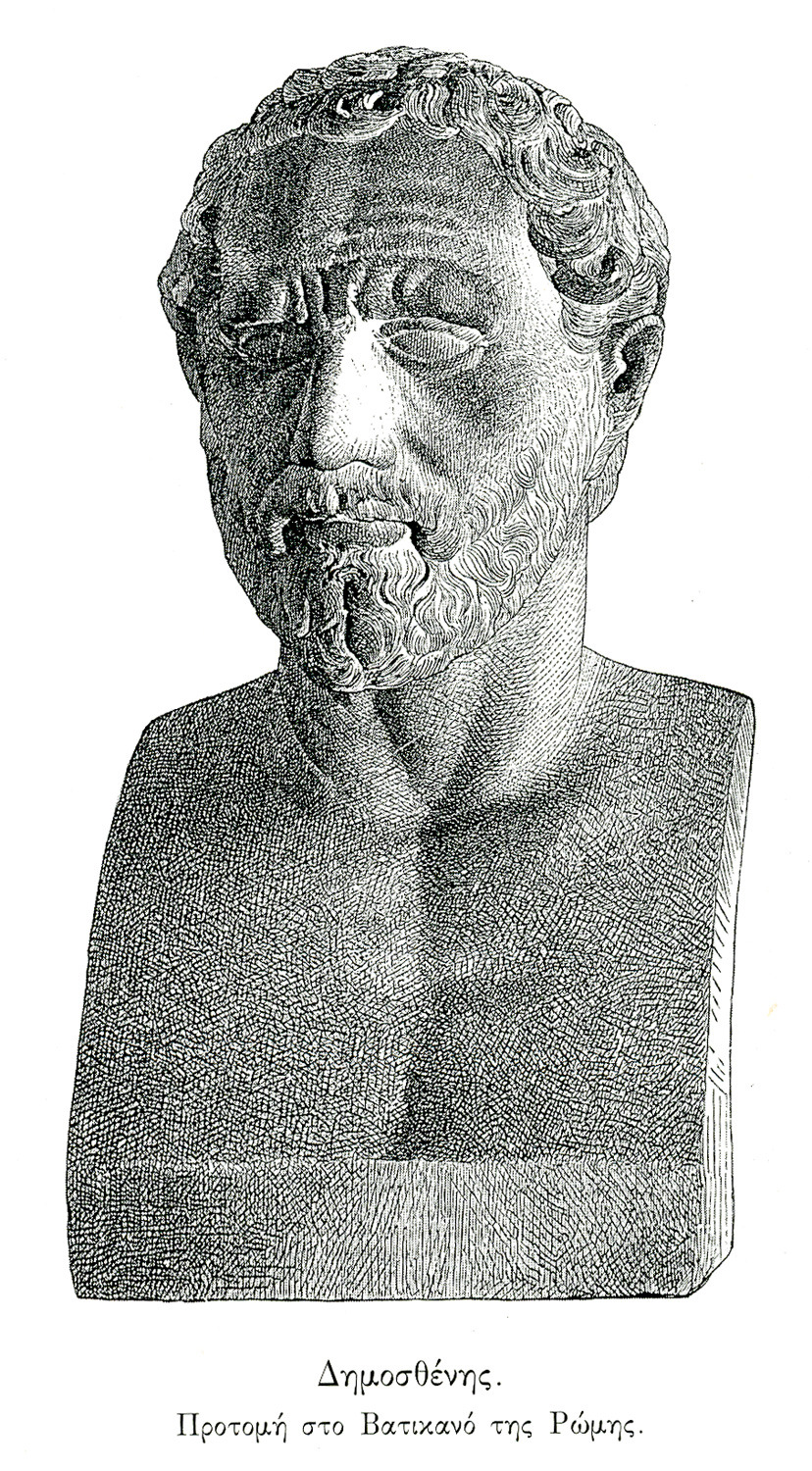
-
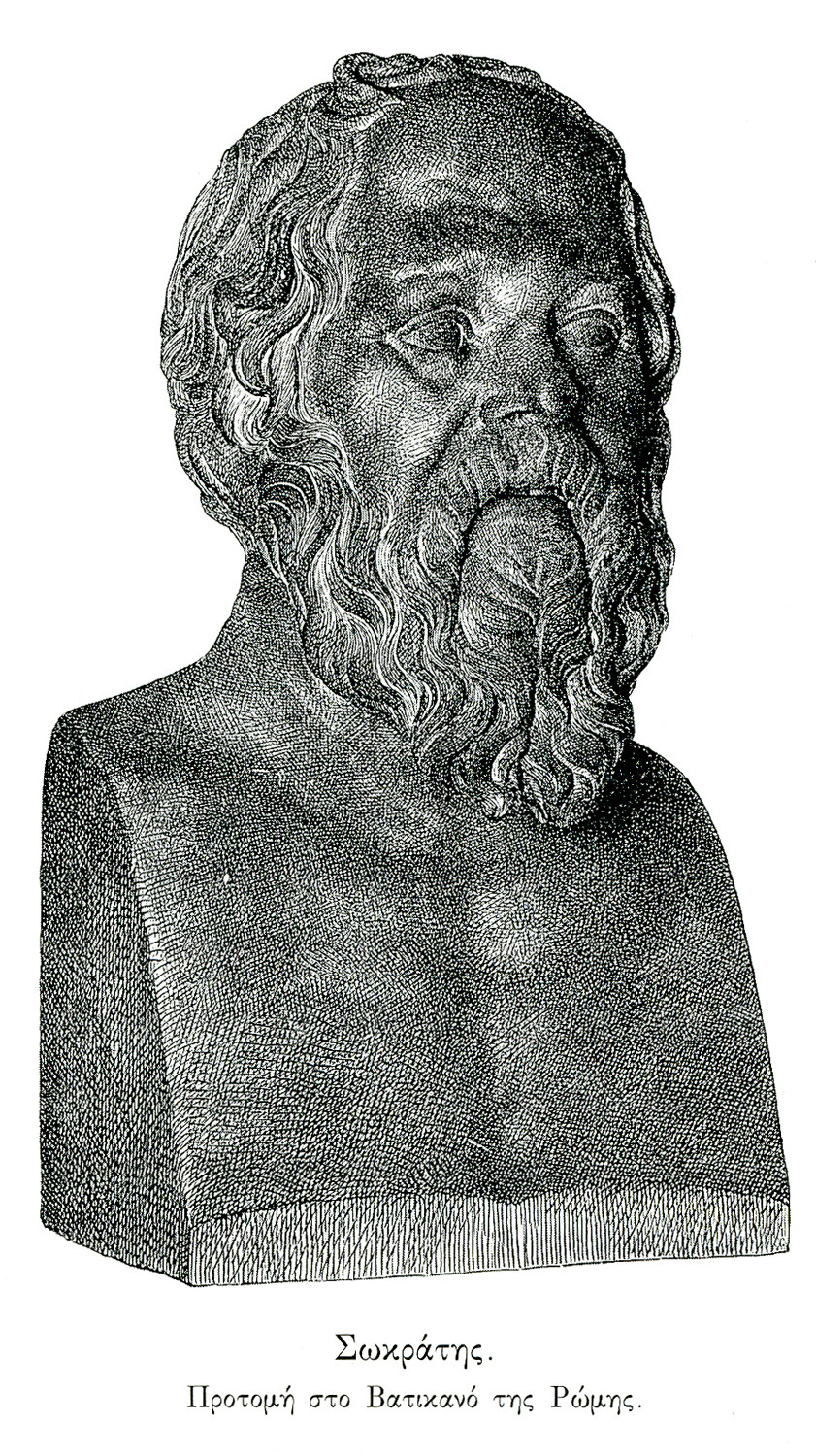
-
